Photo report: “Alpine fairy tale or a trip to Switzerland”
We will start our acquaintance with Switzerland from the principality of Liechtenstein. This dwarf state is located in the Alps in the upper Rhine and is associated with Switzerland.
The territory of the principality is only 160 square kilometers, where about 36.8 thousand people live. Liechtenstein’s population is predominantly Liechtenstein. This nationality belongs to the group of Germanic peoples. They constitute about 67 per cent of the total population.
Despite its small size and population, the principality is a highly developed state with a high level and quality of life. The foundation of prosperity is a well-developed financial services industry.
The capital of Liechtenstein – the city of Vaduz consists of 5 streets, mainly with restaurants, hotels and small boutiques, where we go for a walk.
The main street of the city is decorated with various bronze statues.
In the southern part of the pedestrian zone, on Peter Kaiser Square, there is the Government House – the official residence of the principality government.
And next to the cathedral, earlier – the Church of St. Florin (it received the status of a cathedral only in 1997). It contains the burials of Prince Franz Joseph II, Princess Gina and several other members of the ruling family.
The main attraction of the capital is undoubtedly the castle of Vaduz towering over the city.
The oldest part of the castle, buildings in the eastern part and a cemetery date back to the beginning of the 12th century.
The first mention of the fortress is contained in the dedication, which Count Rudolf von Werdenberg-Sargans transfers the fortress with the castle to the possession of Ulrich von Mattsch, and the princes of Liechtenstein became its owners only in 1712. Today, Vaduz Castle is their place of residence, so it is closed for tourists.
City of Zurich (Zurich). Zurich is the center of the eponymous German-speaking canton of Switzerland and the largest city in Switzerland. He has repeatedly occupied a leading position in the lists of the most comfortable cities not only in Europe, but also in the world. It is located in the northeastern part of the country in a picturesque area on the shores of Lake Zurich.
Zurich’s Old Town is a medieval charm of old streets, old buildings and churches, as well as the splendor of monumental architecture from the 19th and 20th centuries. The Zurich Altstadt is located on the east bank of the Limmat River and has a varied architecture, from medieval Gothic to modern architectural trends.
Fraumünster is one of the oldest churches in Zurich, located on the Limmat waterfront in the old town. The church was founded in 853 by Emperor Ludwig. The modern building is a beautiful three-level columnar basilica from the 13th-15th century with a Gothic nave, Romanesque altar and an early Gothic transept.
Along the embankment of the Limmat River, there are several elegant old guild houses with sumptuous interiors reflecting the wealth of the guilds that ruled Zurich until 1789. The town hall is also located here, which hangs over the river and is supported by the arches of the bridge. It was built between 1694 and 1698 in the late Renaissance style.
Church of st. Petra is the oldest parish church in Zurich, founded in the 9th century. The original structure of the ancient building is still visible under the altar. The current building is Gothic, with an early 13th century Romanesque choir and a baroque nave with three aisles and galleries. The most interesting feature of the church of St. Petra is a giant clock on the tower, which is the largest in Europe (dial diameter 8.7 m).
Grossmünster is Zurich’s largest religious building, an imposing Romanesque basilica built between the 11th and 13th centuries. In the 16th century, the church became one of the centers of the Reformation. The most interesting feature of its architecture is the twin towers. The upper levels of the towers were completed at the end of the 15th century.
Zurich has excellent restaurants and we certainly did not fail to take advantage of this.
An evening stroll rounds off our stay in Zurich.
In the morning we go to the border with Germany. Here on the Rhine River is situated the Rheinfall falls.
This waterfall, 150 meters wide and 23 meters high, is considered the largest in Europe – in terms of the amount of water thrown down.
It’s history dates back to the Ice Age, when, as a result of geological processes, the direction of the Rhine River flow changed and the current landscape was formed.
The appearance that can be seen today, the waterfall acquired about fifteen thousand years ago.
On the left bank of the Rhine River, on a steep cliff above the Rhine Falls, Laufen Castle is located. The first mention of the castle as the residence of the barons of Laufen dates back to 858.
Here, not far from the waterfall, on the German side, we were advised a good restaurant where you can try freshly caught trout.
The city of Lucerne is considered one of the most beautiful in Switzerland, and the explanation is simple: it lies at the very foot of the Alps, on the shores of the purest lake completely surrounded by mountains.
The official date of the foundation of the city is considered to be 1178 – that’s when the parish of the monastery of St. Leodegar im Gough came under the jurisdiction of a fairly large trading village of Lucerne, and the first mentions of a trading settlement are found in the 8th century.
The main attraction of the city is the Kapellbrücke, or Chapel Bridge. It is the oldest wooden bridge in Europe, it was built in 1365.
The octagonal 43-meter Wasserturm tower adjoins the central part of the bridge. At various times, it was a lighthouse, treasury and prison.
The building with a tower and flags on the facade is the city hall. It was built in 1606 in the Renaissance style, and the roof was added in the style of Swiss peasant houses.
And opposite the town hall the Jesuit Church is located, built in the middle of the 17th century. This is the first temple in Switzerland dedicated to St. Francis Xavier.
On the very shore of Lake Lucerne is located one of the symbols of Lucerne – the Hofkirche, the Church of St. Leodegar. It was built on the site of a monastery that burned down in the 17th century. After that fire, only two twin towers survived, which still adorn the Renaissance pediment of the cathedral.
Lucerne is one of the most charming medieval cities in Europe. Here, among the inhabitants of the city, some elusive serenity reigns, and the swans, who have chosen Lake Lucerne, completely without fear of people, calmly swim to the shore for treats.
And we go for a walk along the ancient streets of the Old Town.
And, of course, we must taste the traditional Swiss cuisine, especially since we were faced with the Fondue House restaurant and excellent street musicians.
Then we go to the picturesque resort town – Interlaken. It is located between two lakes and is surrounded by many mountain peaks, the highest of which is the famous Jungfrau Mountain.
So, by train, we go to the Kleine Scheidegg station, located at the foot of the Jungfrau mountain.
The length of the cogwheel railway from the Kleine Scheidegg pass to the Jungfraujoch pass is 9 kilometers with 1400 meters of vertical drop. The first 2 kilometers of the route we are accompanied by alpine landscapes, and then a seven-kilometer tunnel begins, laid through the Eiger and Mönch mountains.
Further, along the Jungfraubahn railway, we ascend to the highest mountain station in Europe – Jungfrau, located at an altitude of 3454 meters above sea level.
A magnificent view of the Aletsch and Eiger glaciers opens from here.
Aletsch is the largest glacier in the Alps. It stretches for 23 kilometers. Looking at this grandiose miracle of nature, it is difficult to believe that, by the end of the 21st century, it can completely disappear.
And we go to the Ice Palace, built in a thirty-meter thickness of ice. It is a network of unusual tunnels cut inside the glacier. The total area of the Ice Palace is more than 1000 m², and all the exhibits displayed inside are made of ice.
A new day has come, and we have to go. Today we will get to know the city of Bern – the actual capital of Switzerland. The city is located in the central part of Switzerland on the hills in the picturesque valley of the Aare river.
Bern was founded in 1191 by the Duke of Burgundy Berthold V. Due to its favorable position, the new city began to develop and grow rapidly. After Berthold’s death, Bern became part of the Holy Roman Empire and received the status of an imperial city.
Alterburn or Bern’s Old Town has retained a unique historical atmosphere. The medieval city center is full of charming narrow streets, old sandstone houses, beautiful fountains, historic towers and ancient churches.
The Zytglogge Clock Tower is one of the symbols of Bern. It was built over eight hundred years ago and is 23 meters high. It was originally a defensive tower at the western end of the central city street of Bern, founded in 1191. The huge astronomical clock as a whole has survived from the time of the Great Fire of 1405-1406.
The Town Hall is a historic public building built between 1406 and 1416. It is the seat of the city council and the cantonal parliament.
The Federal Palace of Bern is located on the Bundesplatz. This historic building houses the Parliament of the Confederation. It was built in the 19th century in the late Renaissance style.
And the Bundesplatz square, with its fountains, is a favorite vacation spot for the inhabitants of Bern.
The main city cathedral rises above the old part of Bern and is a late Gothic building.
The spire of the temple is the longest in Switzerland – 100.6 meters, so the cathedral is considered the tallest temple in Switzerland.
We climb a narrow spiral staircase to the bell tower of the cathedral, from where a magnificent panorama of the Old Town opens.
Further our path lies to Lake Geneva, on the banks of which, not far from the city of Montreux, the Chignon Castle is loacted.
On the way, we stop at a picturesque place on the bank of a mountain river to have a snack, as there is simply no time to go to restaurants.
Chillon Castle is the most famous landmark not only of the Swiss Riviera, but also of Switzerland in general. It stands on a rocky islet near the shores of Lake Geneva.
The castle was built on a low cliff near the shores of Lake Geneva.
The first mention of the castle dates back to 1160, when it was the family estate of the counts of Savoy. In those distant years, he acquired his attractive appearance.
In the 14th century, this picturesque castle became a prison.
Located on a strategically important road connecting Italy and Switzerland, the castle gained immense fame thanks to Byron’s work “The Prisoner of Chillon”. The historical basis for the poem was the fact that in 1530, by order of Charles III of Savoy, François Bonivard was imprisoned here, released by the inhabitants of Bern in 1536.
There are many rooms in Chillon castle, each of which reflects the life and customs of one of the former owners. Here you can see pompous living rooms with huge fireplaces, and many inexpressive utility rooms.
Walking through these premises, it becomes clear why Byron decided to write a poem about this particular place: perhaps, there is no more mysterious and mysterious atmosphere anywhere.
Having said goodbye to the Chillon Castle, we briefly stop by Montreux to see the monument erected to the leader of the beloved Queen group.
Geneva is the second most populous city in Switzerland and the capital of the French-speaking canton of the same name.
The city lies on the southern shore of Lake Geneva, surrounded by the Jura Mountains and the Alps.
The shores of the lake are lined with beautiful parks, gardens, villas and castles, and there are numerous yachts in its harbor.
On the territory of the English Garden, which stretches on the shores of Lake Geneva, one of the main attractions of the city is located – the Flower Clock of Geneva. This watch appeared in Geneva in 1955 in the place of more ancient ones. The diameter of the dial is 5 meters, and the second hand is considered the longest among its kind in all of Europe.
The Great Fountain of the Same Cue is a symbol of Geneva. The stream of water from the fountain rises to a height of 140 m. Once it was a water jet valve that regulates the pressure at hydroelectric power plants on the Rhone River, but in 1891 it was turned into a fountain.
And of course the lake was chosen by white-winged swans.
Cathedral Saint-Pierre is the most famous landmark in Geneva. This grandiose Romanesque church was built in the 12th century and is located at the highest point of the old town.
On the square, in front of the entrance to the cathedral, there is a sculpture of the prophet Jeremiah, the work of the sculptor Auguste de Niederheusern, better known as Rodo.
The interior of the Saint-Pierre Cathedral is distinguished by its special beauty, cold and restrained.
The cathedral tower offers a stunning view of the city.
Further our way lies in the south of Switzerland, to the charming resort town of Zermatt, lost between the most beautiful mountains. And on the way there are a few more stops in picturesque places of Alpine Switzerland.
Zermatt, with a population of only 5,770, is located on the northern slope of the Monte Rosa mountain range near the famous Matterhorn mountain, at an altitude of 1,608 meters above sea level.
Having settled in a cozy hotel, we go for a walk along the streets of this cozy town.
The town of Zermatt is connected to the Gornegratbahn by the Gornergratbahn railway, and we set off on an amazing journey from Zermatt to the Gornergratbahn, from where a magnificent view of the famous mountain peaks of the Swiss Alps opens.
From the observation deck, located on Gornergrat at an altitude of more than 3000 meters, along one of the many trails, we go on a hike to the foot of the Matterhorn.
A halt overlooking the top of the Matterhorn mountain prompted us to get a bottle of Moldovan cognac that was “accidentally lost” in a backpack. And it turned out to be very useful!
The last leg of the route, from the foot of the Matterhorn to the town of Zermatt, we walked in a great mood, enjoying the magnificent scenery of the Visp valley.
While in Switzerland, we could not help but visit the Saint Gotthard Pass. It was through this pass that Field Marshal Alexander Vasilyevich Suvorov made his famous crossing of the Alps. Here his first victory was won during the Swiss campaign. In this battle, the Russian army lost 2,000 soldiers and officers killed and wounded. Then the wounded Russian soldiers agreed to take care of the Catholic monastery, which belonged to the Bernardine order.
On June 19, 1999, in honor of the 200th anniversary of the passage of Suvorov’s army across the Alps, at the highest point of the Saint Gotthard Pass, a monument was erected to our great compatriot – Field Marshal Alexander Vasilyevich Suvorov and his guide Antonio Gamma from the town of Taverno, who was so filled with sympathy for Russian commander who agreed to accompany him. The author of the monument is sculptor Dmitry Tugarinov, and the idea of creating the monument belongs to the patron of Russian culture from the principality of Liechtenstein, Baron Eduard Falz-Fein.
Interestingly, the sculpture of the field marshal and his guide is set directly on the rock without any pedestal. Alexander Vasilyevich Suvorov is here as if alive in the place of his legendary feat, he is baptized and thanks Providence for his success.
And we finish our trip in the Ötztal Alps, in a cozy Tyrolean village located by the picturesque Piburger See lake.




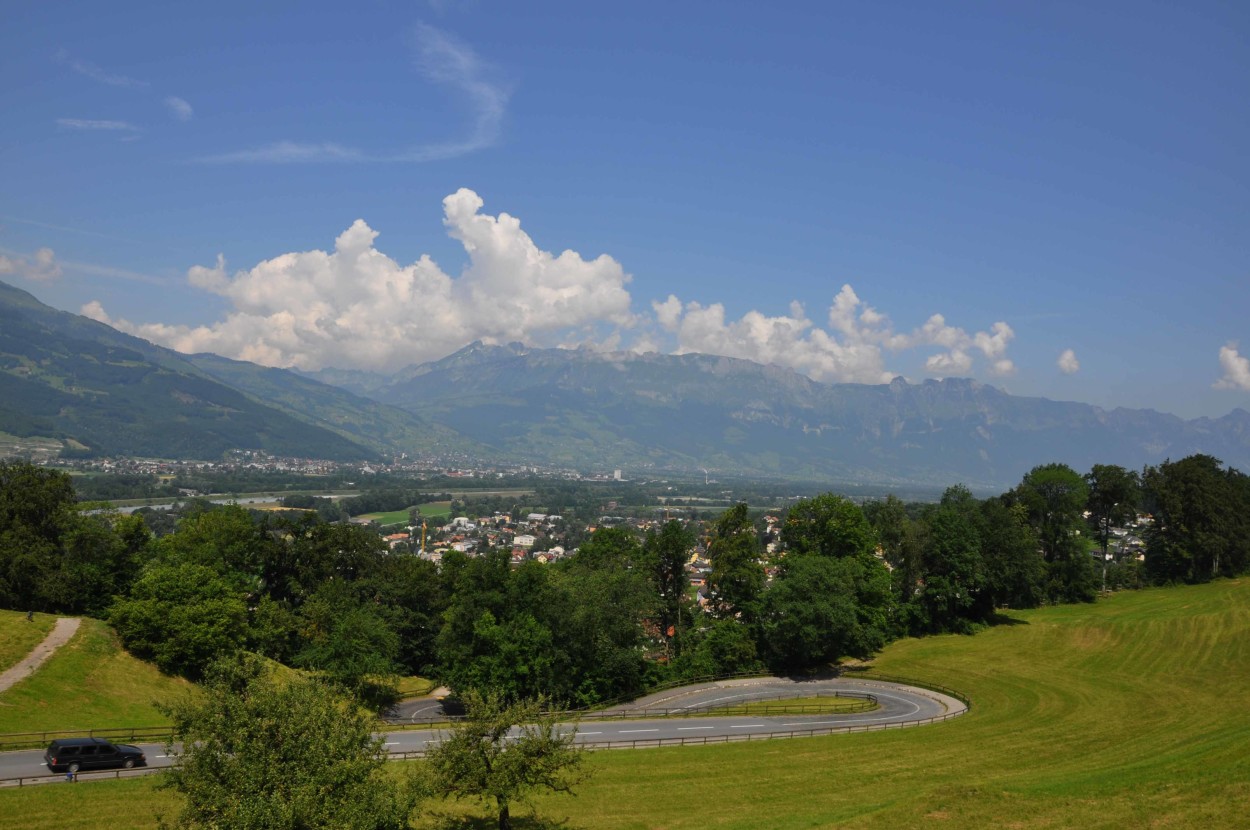
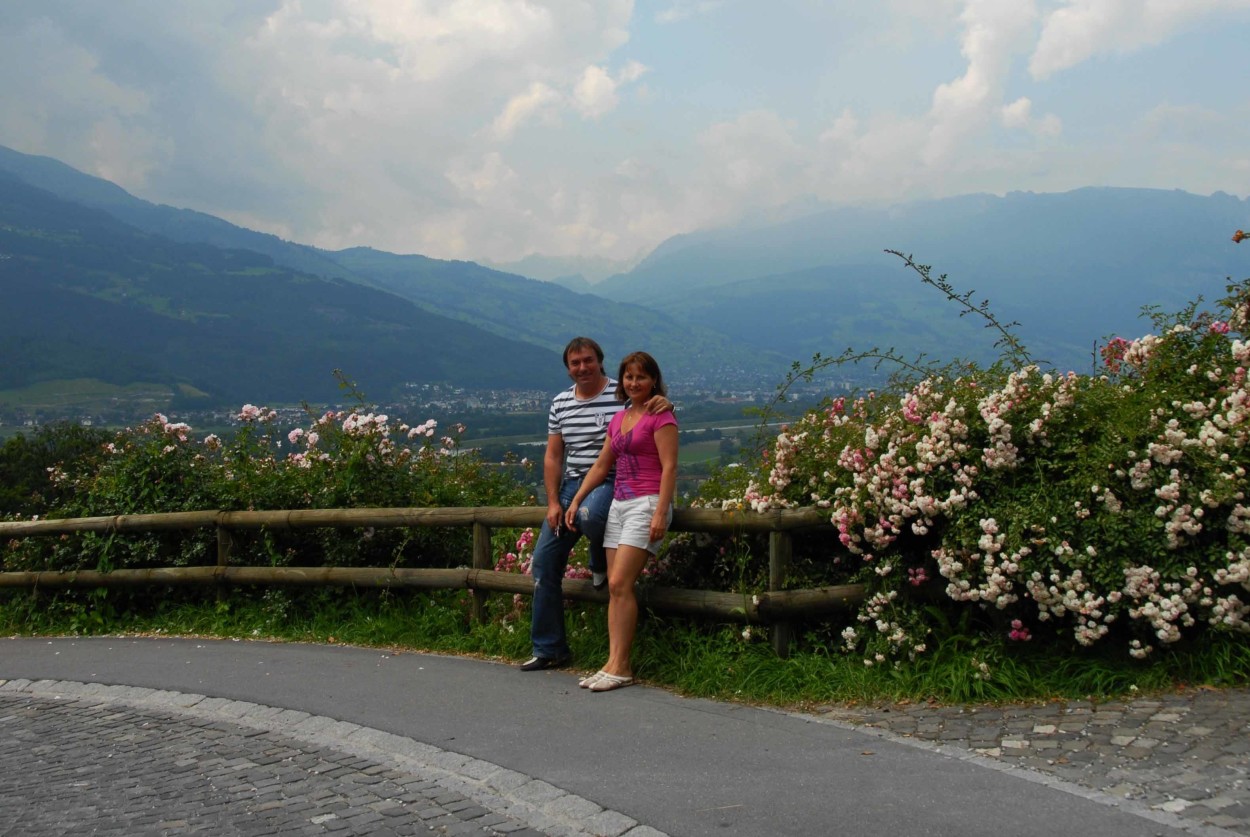
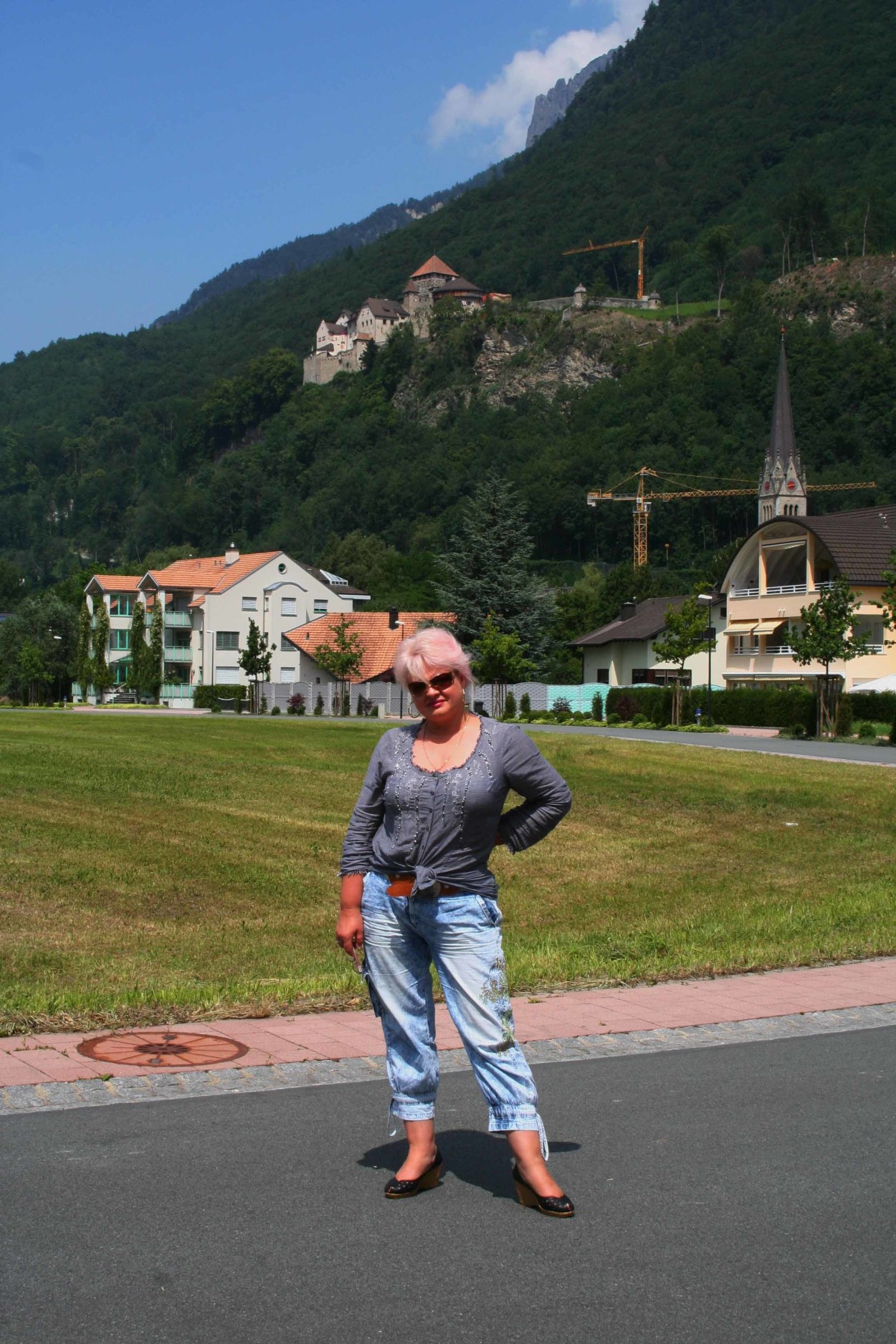
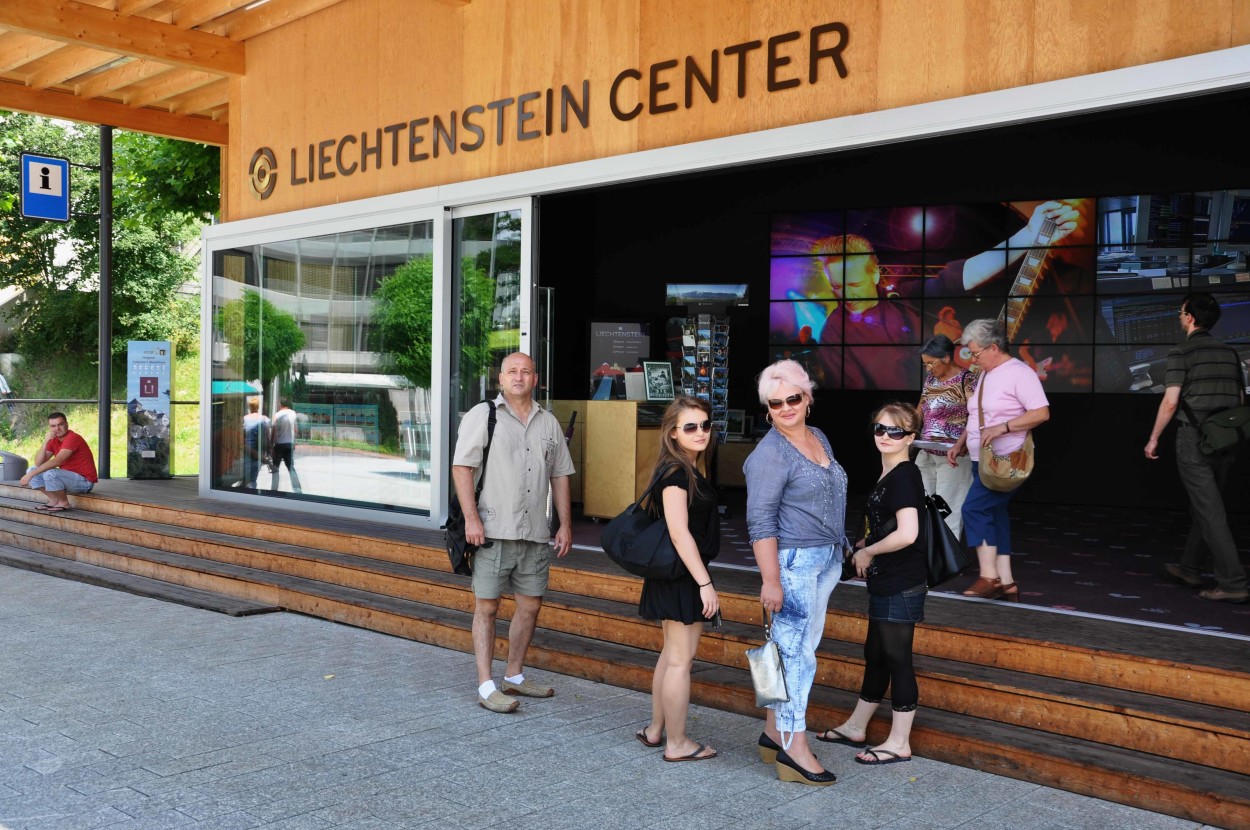
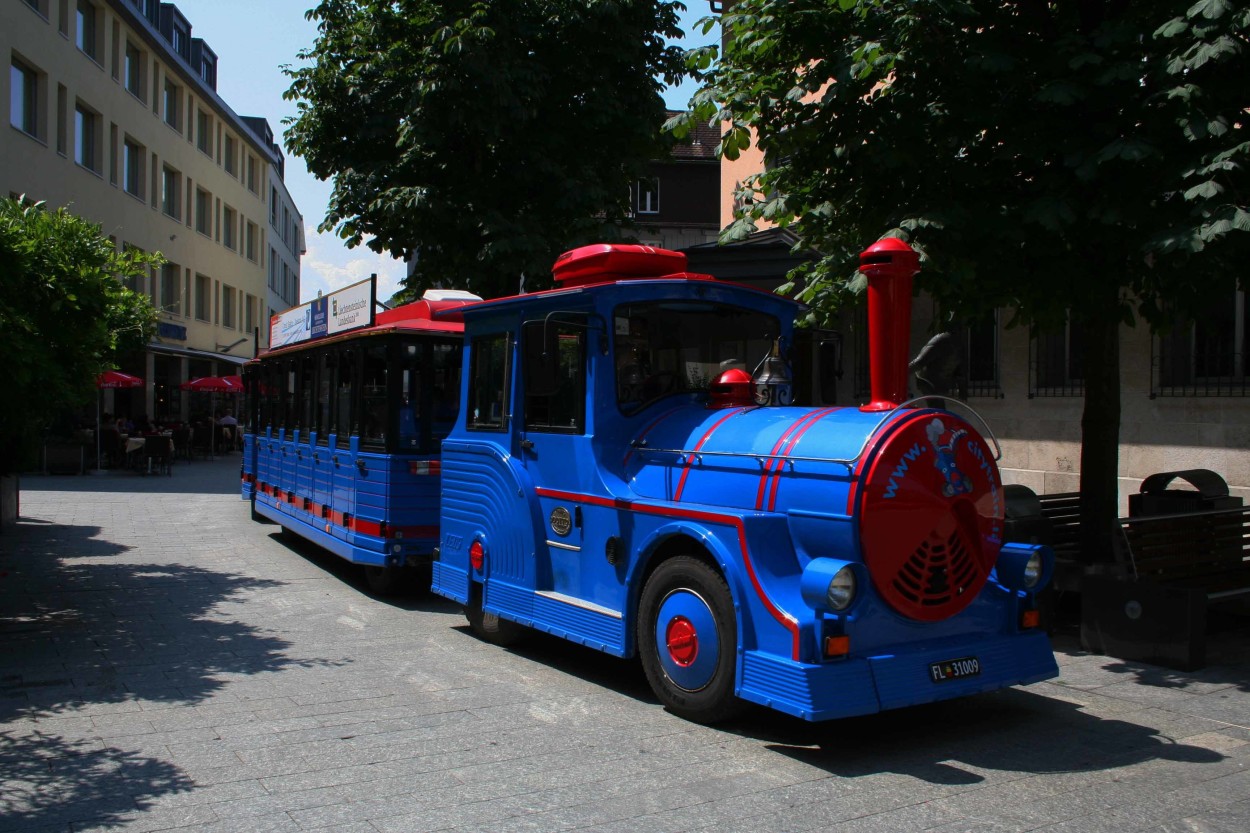
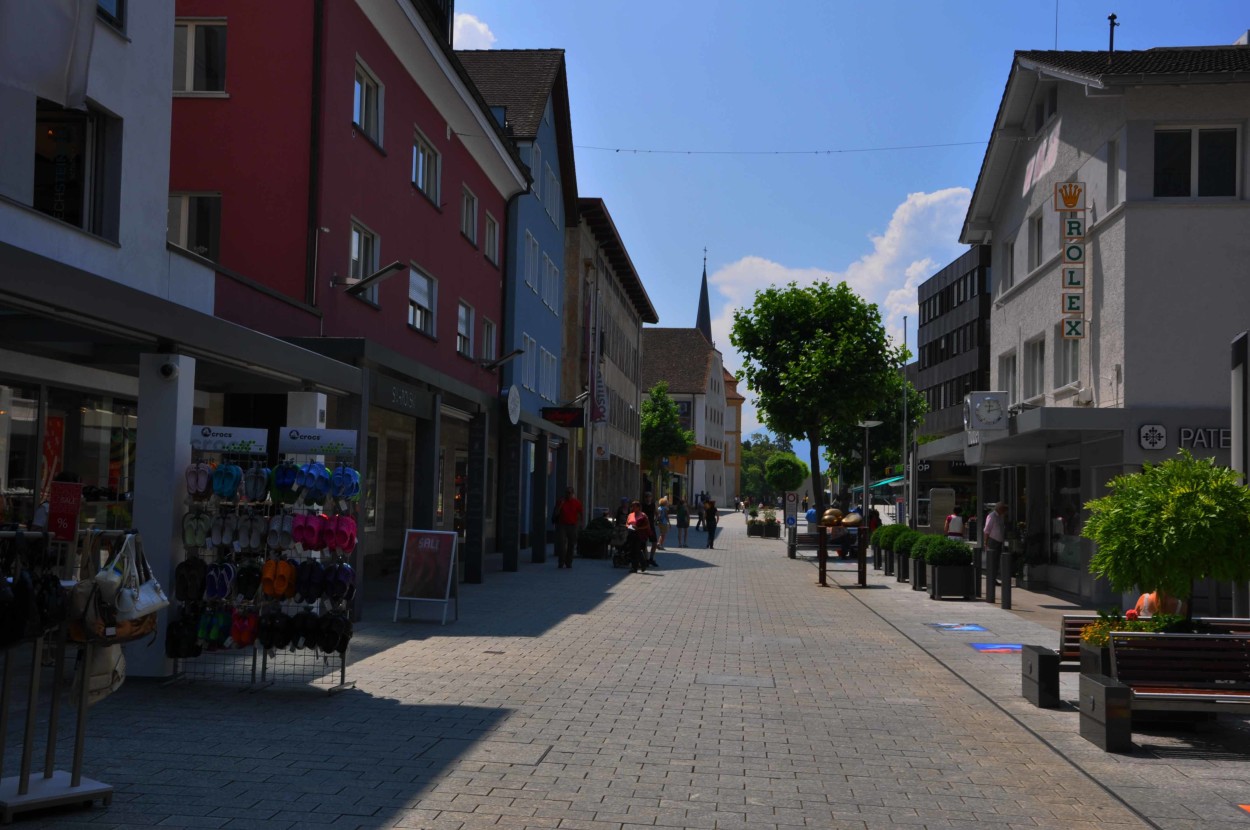
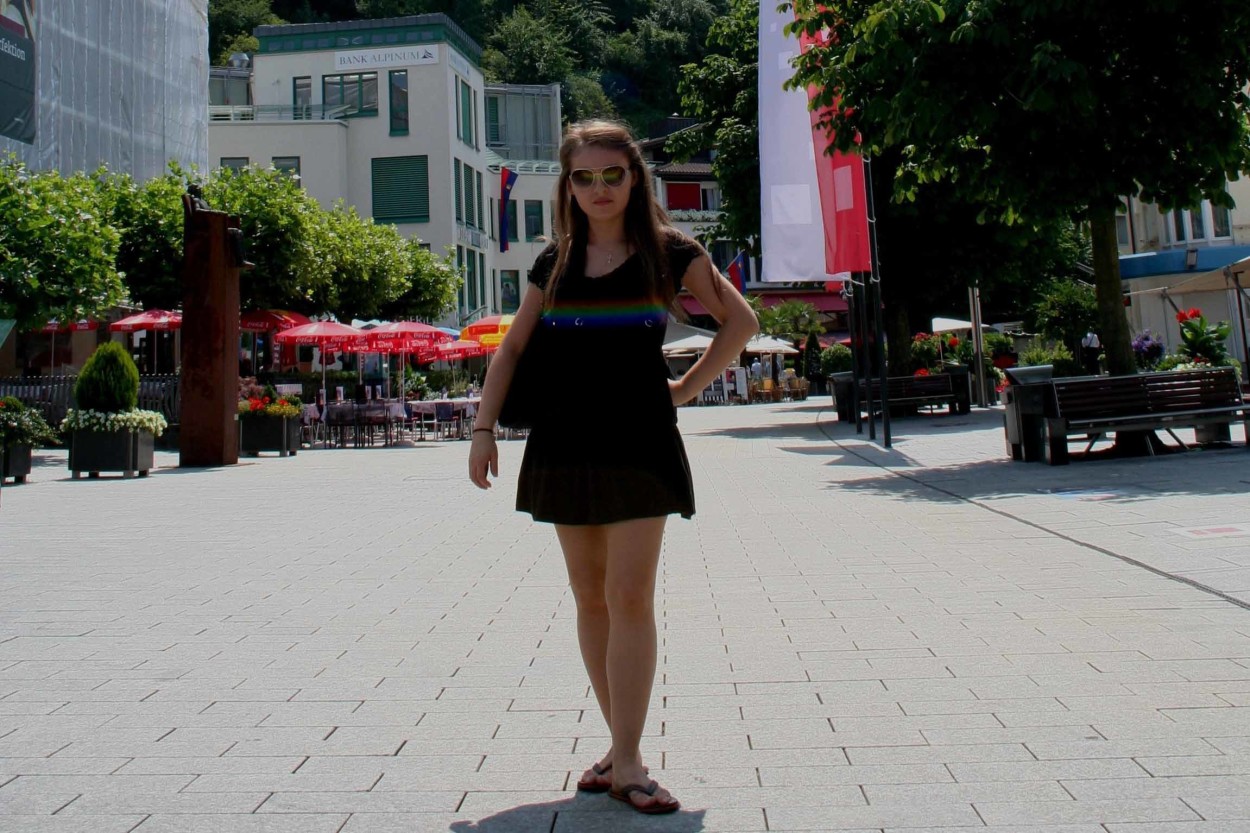
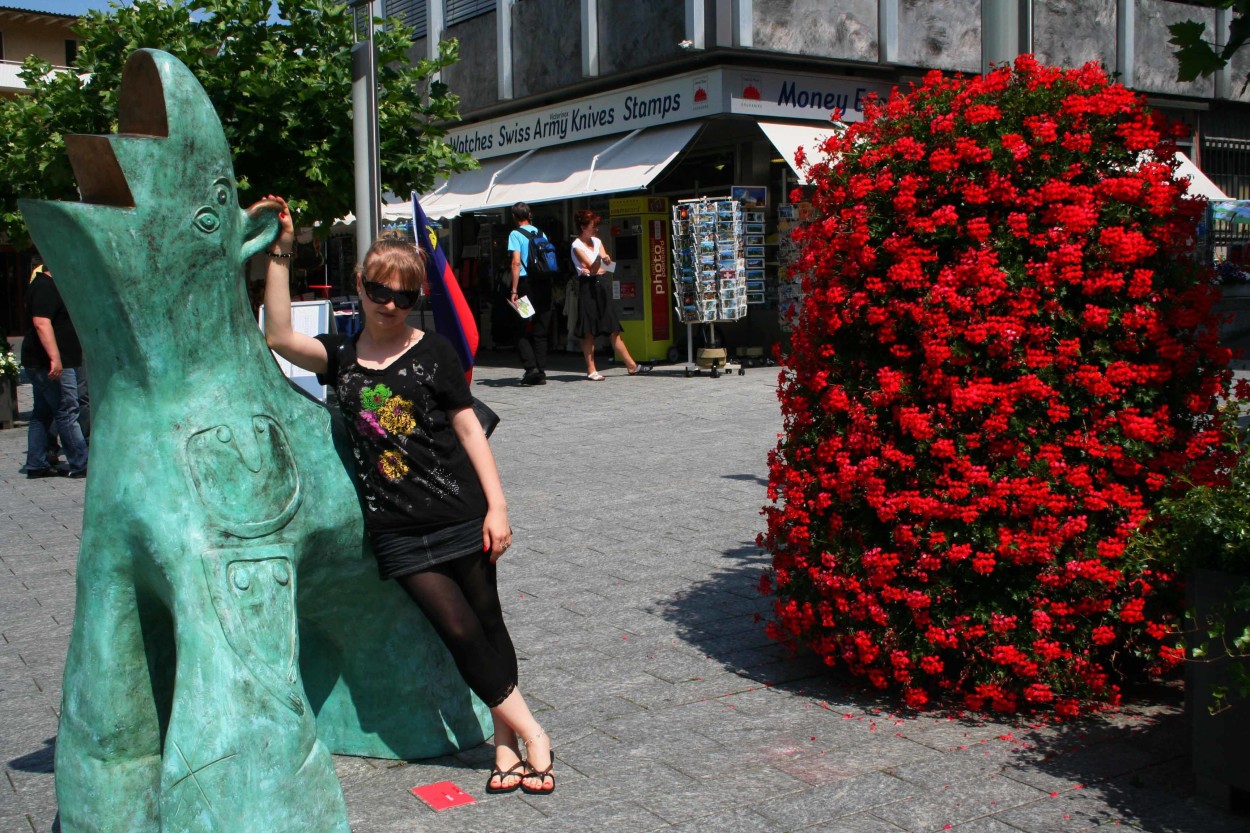
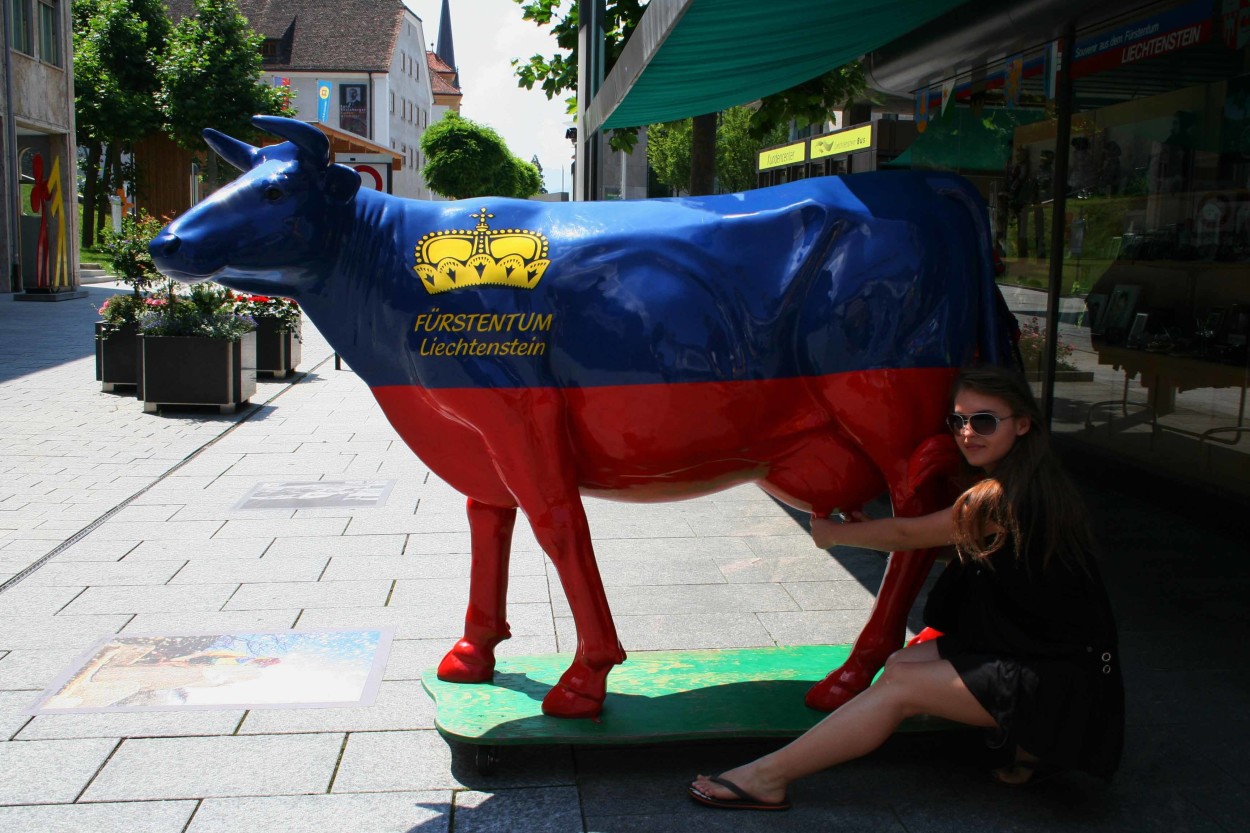
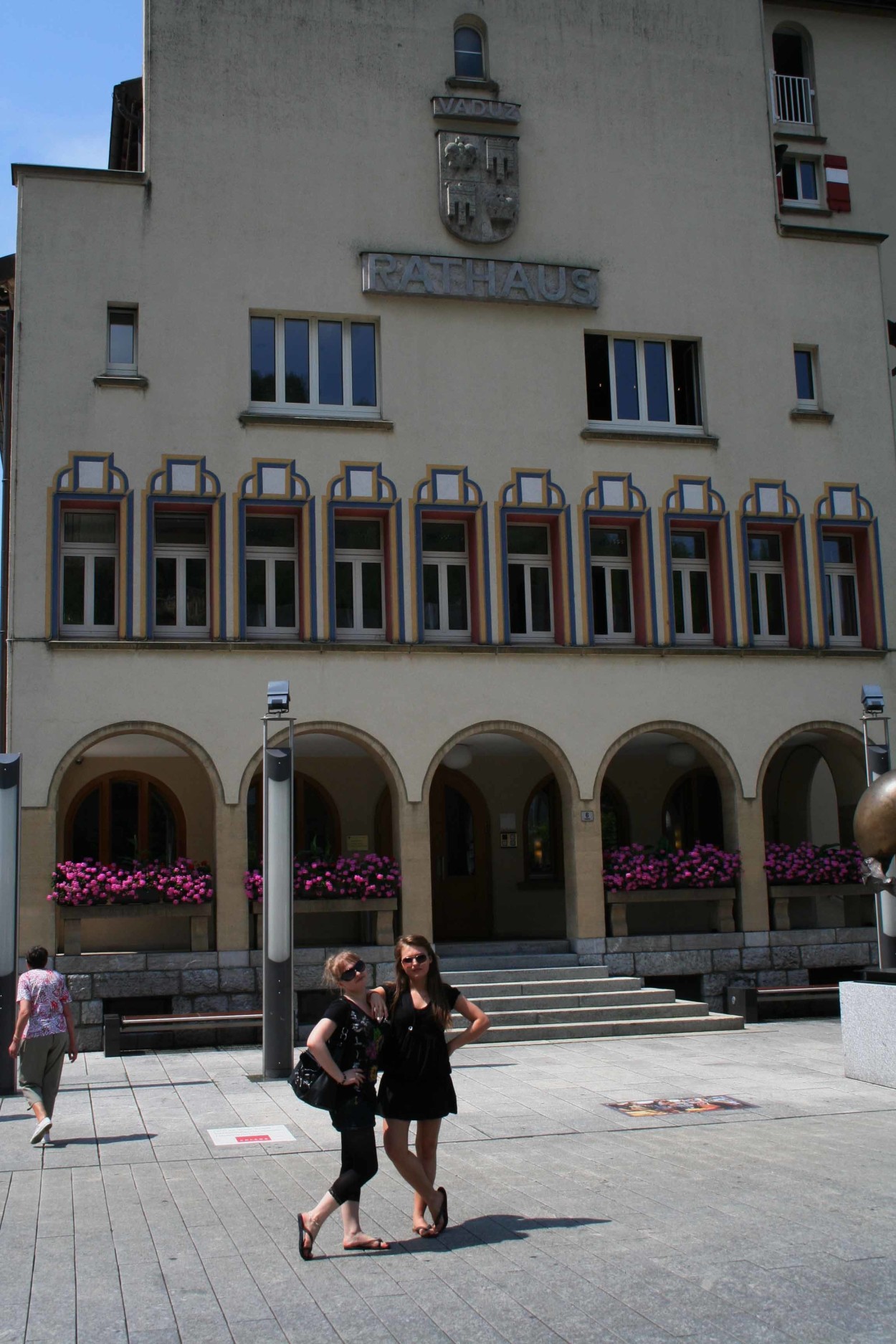
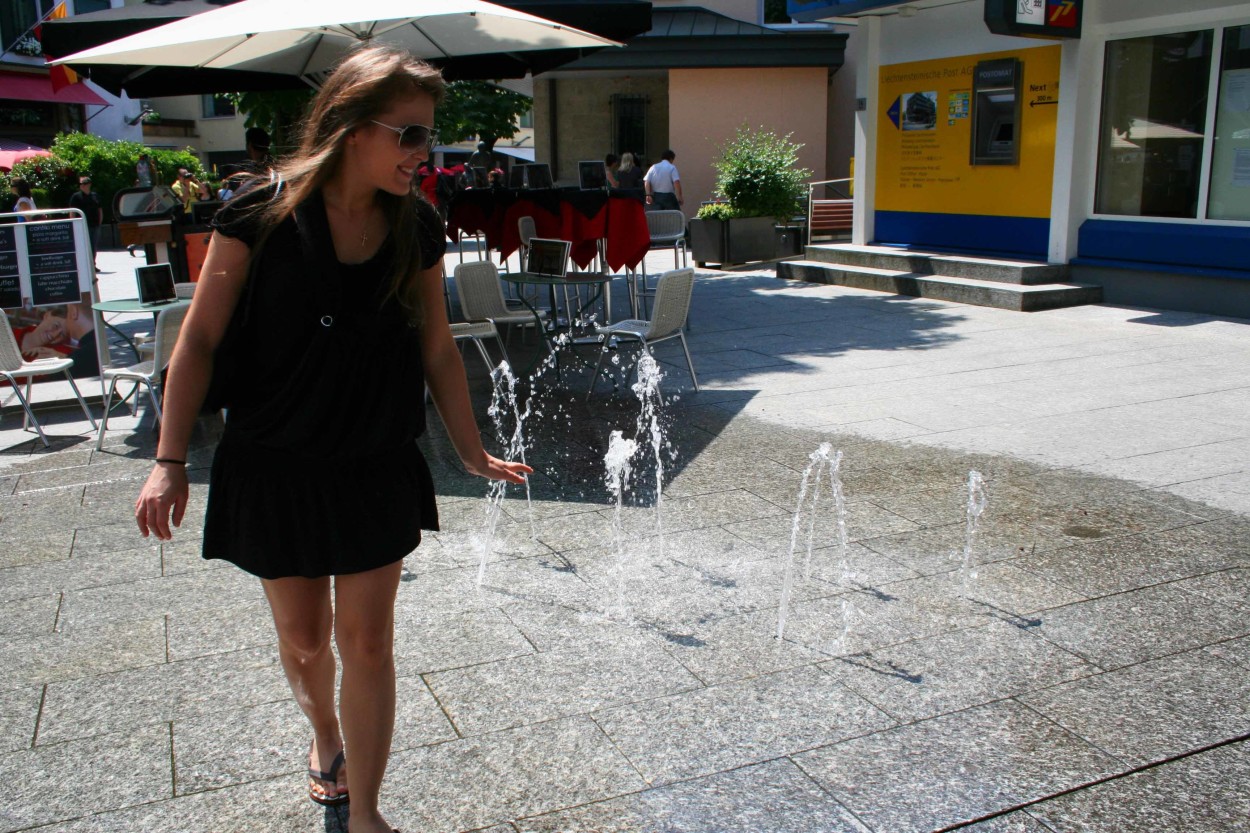
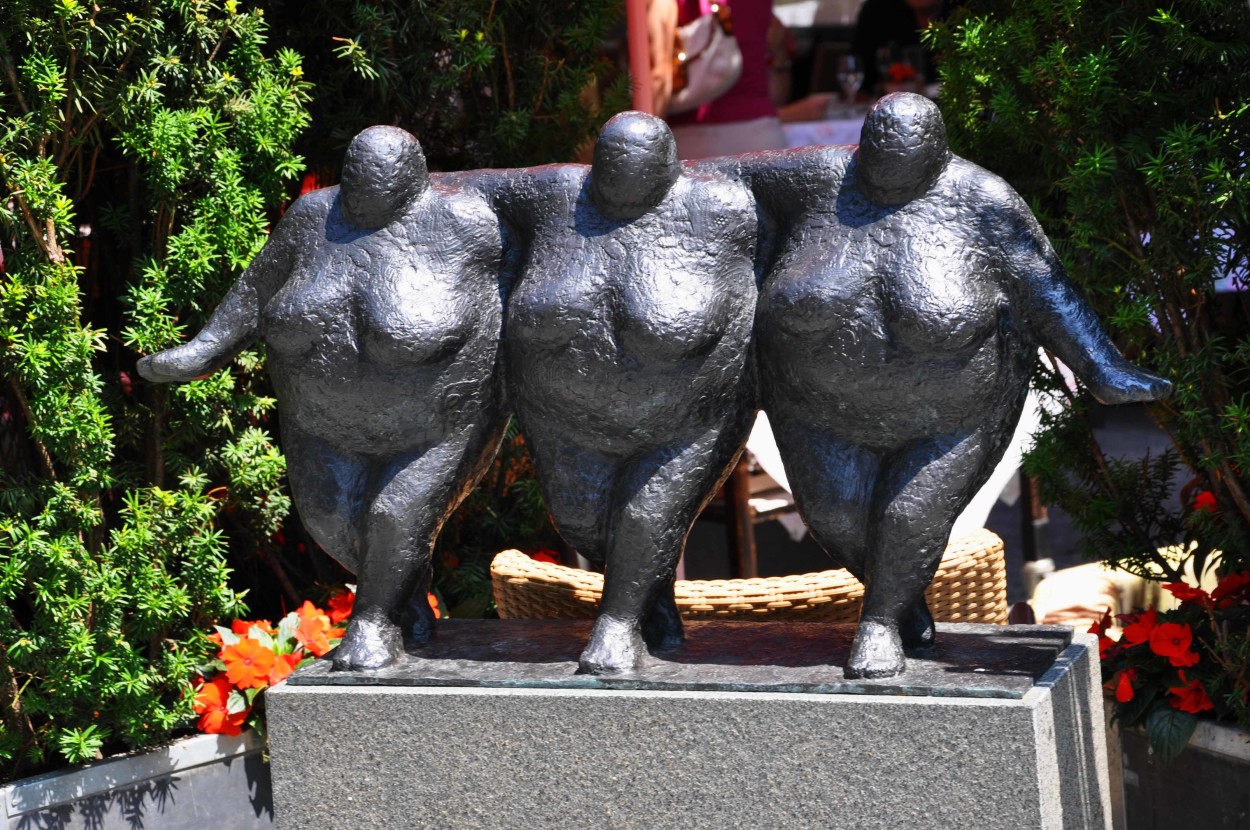
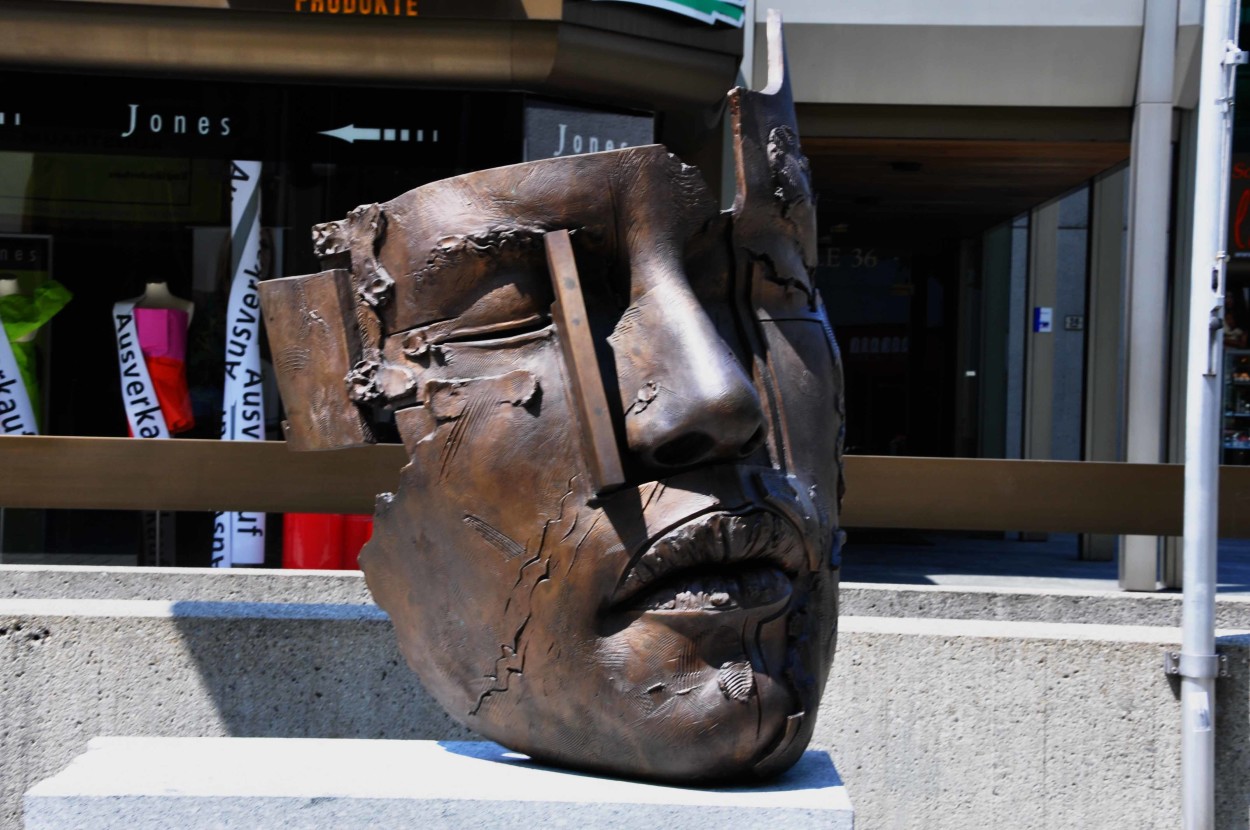
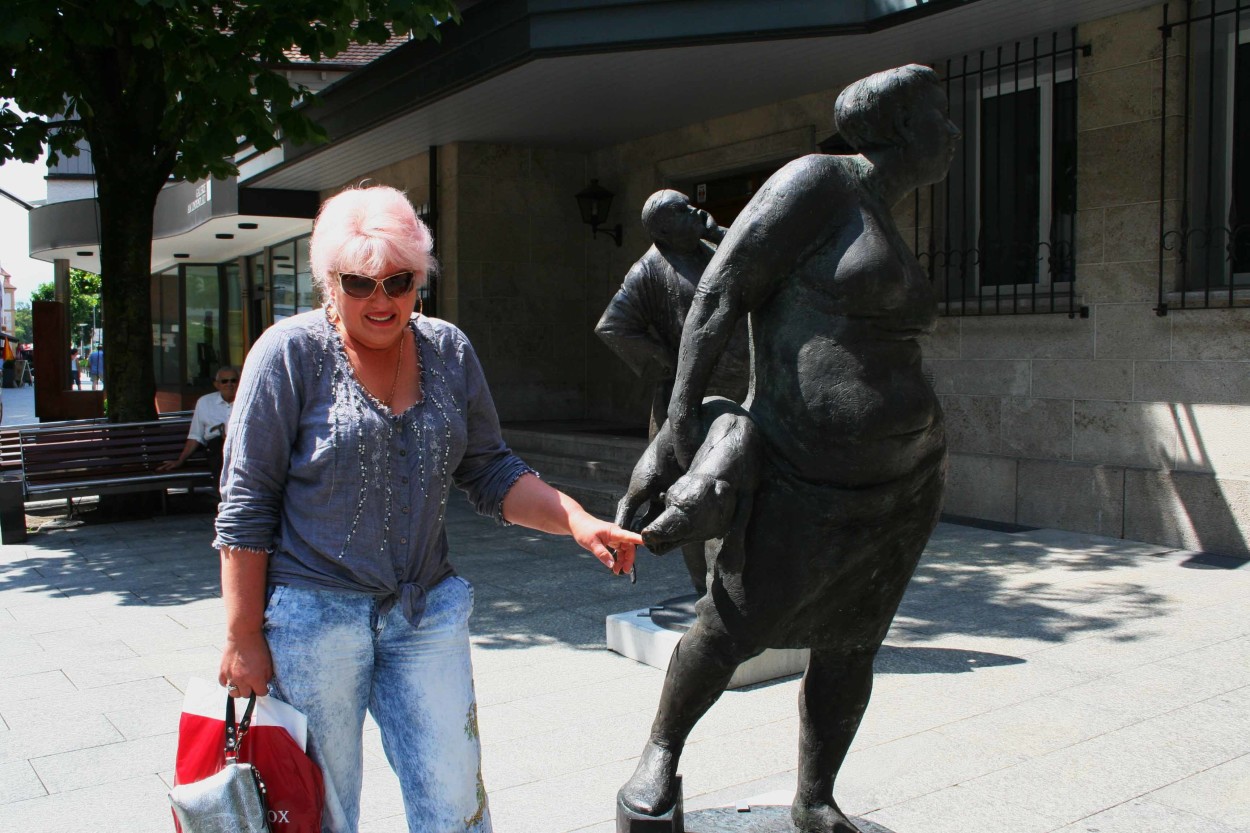
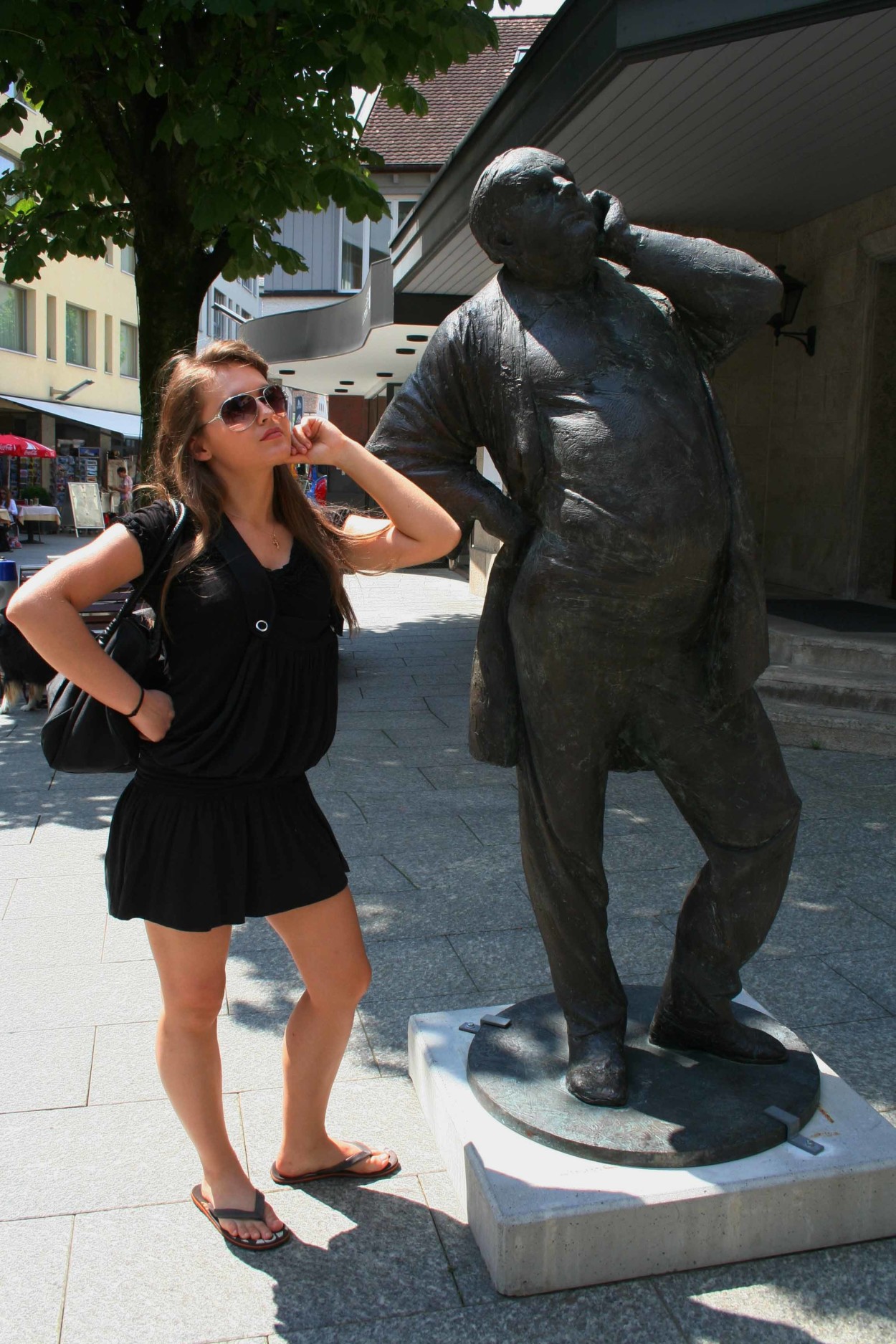
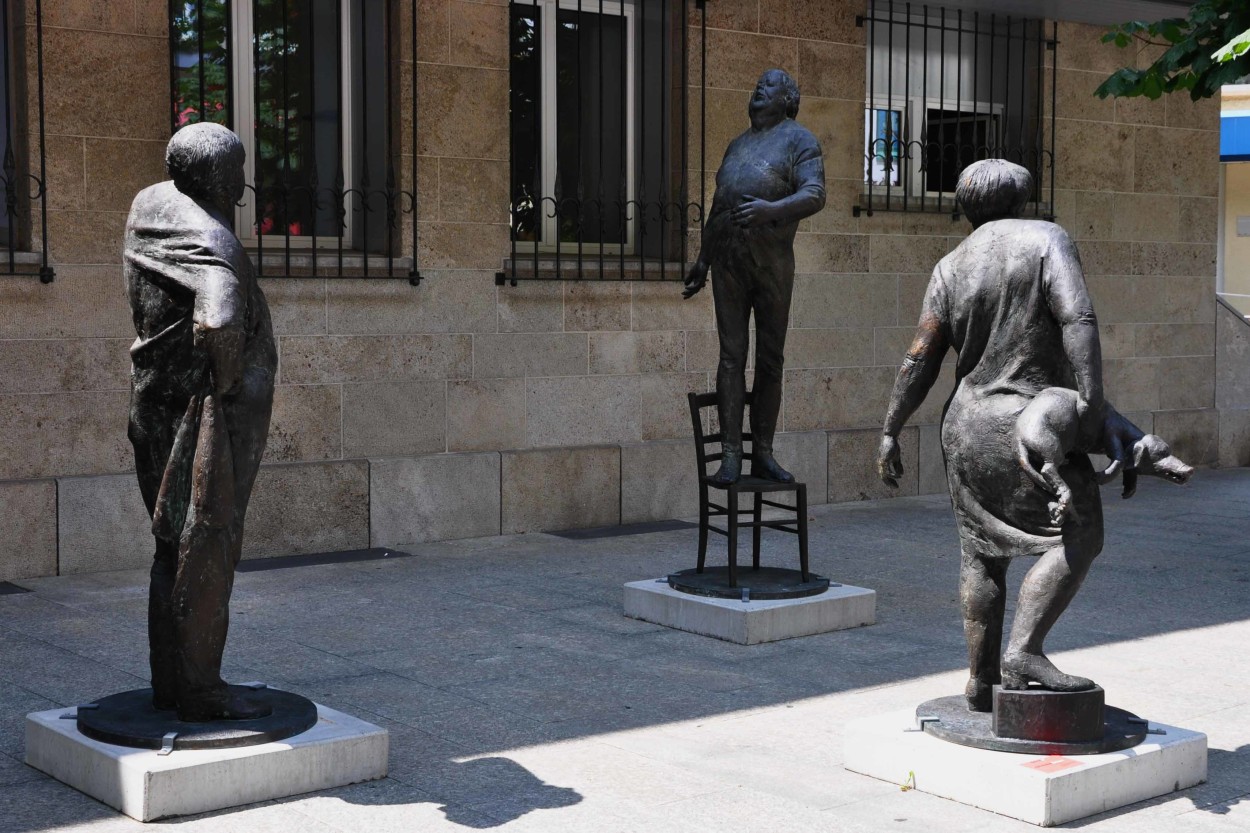
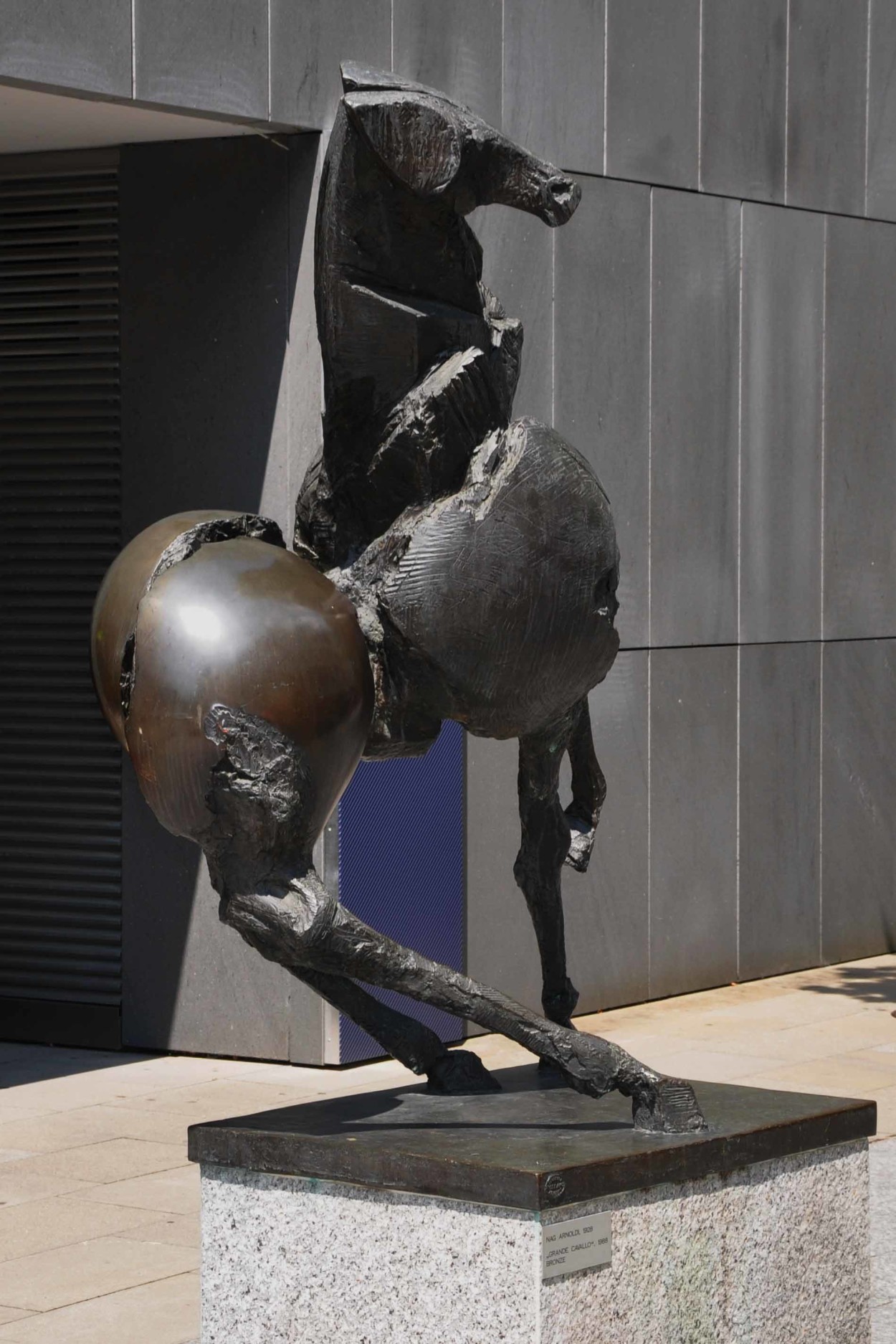
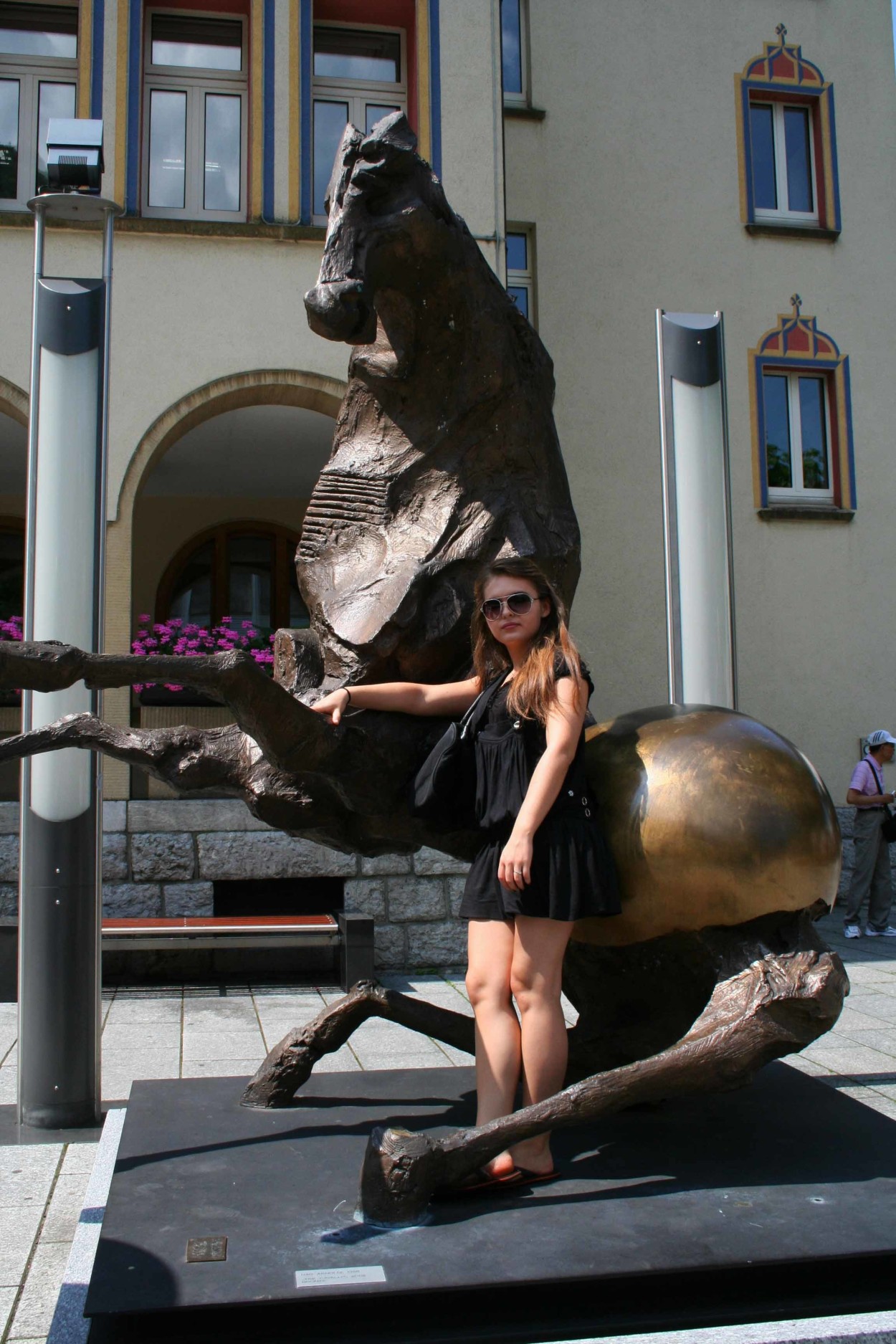
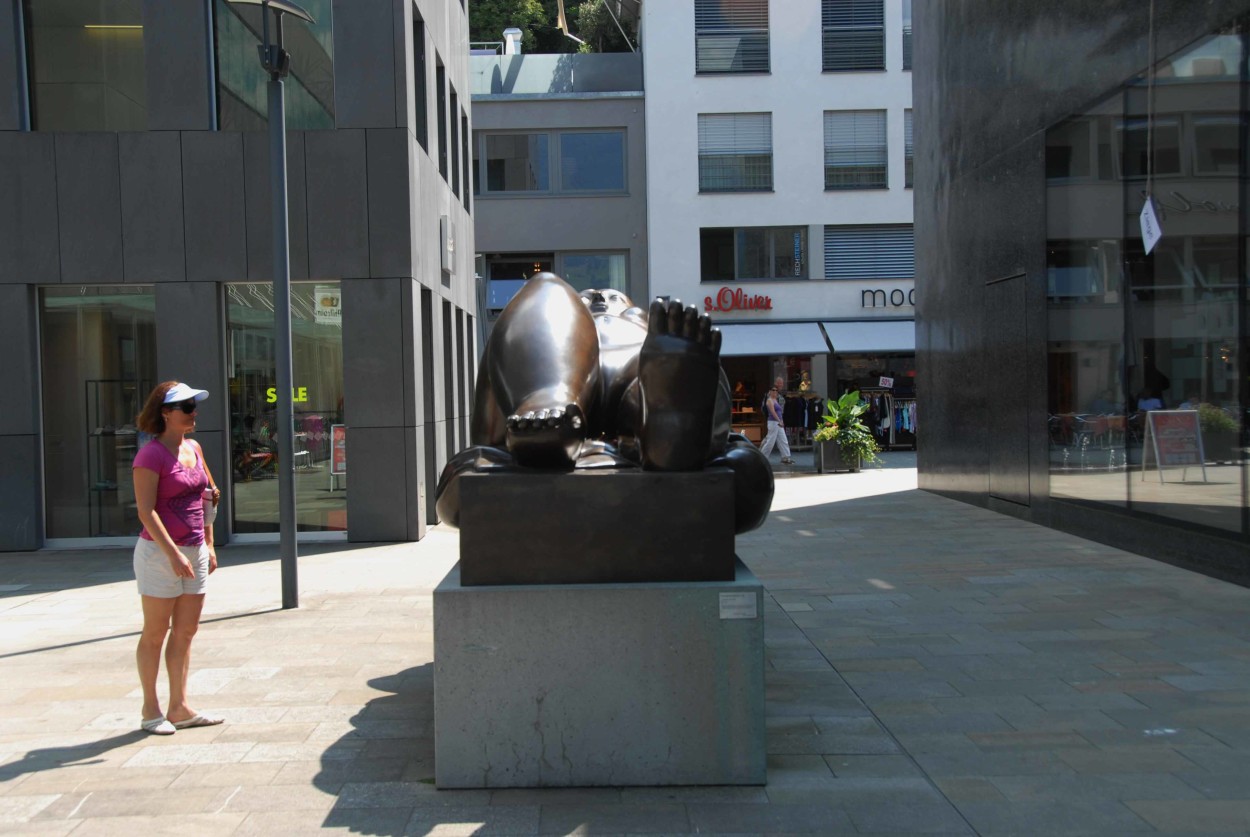
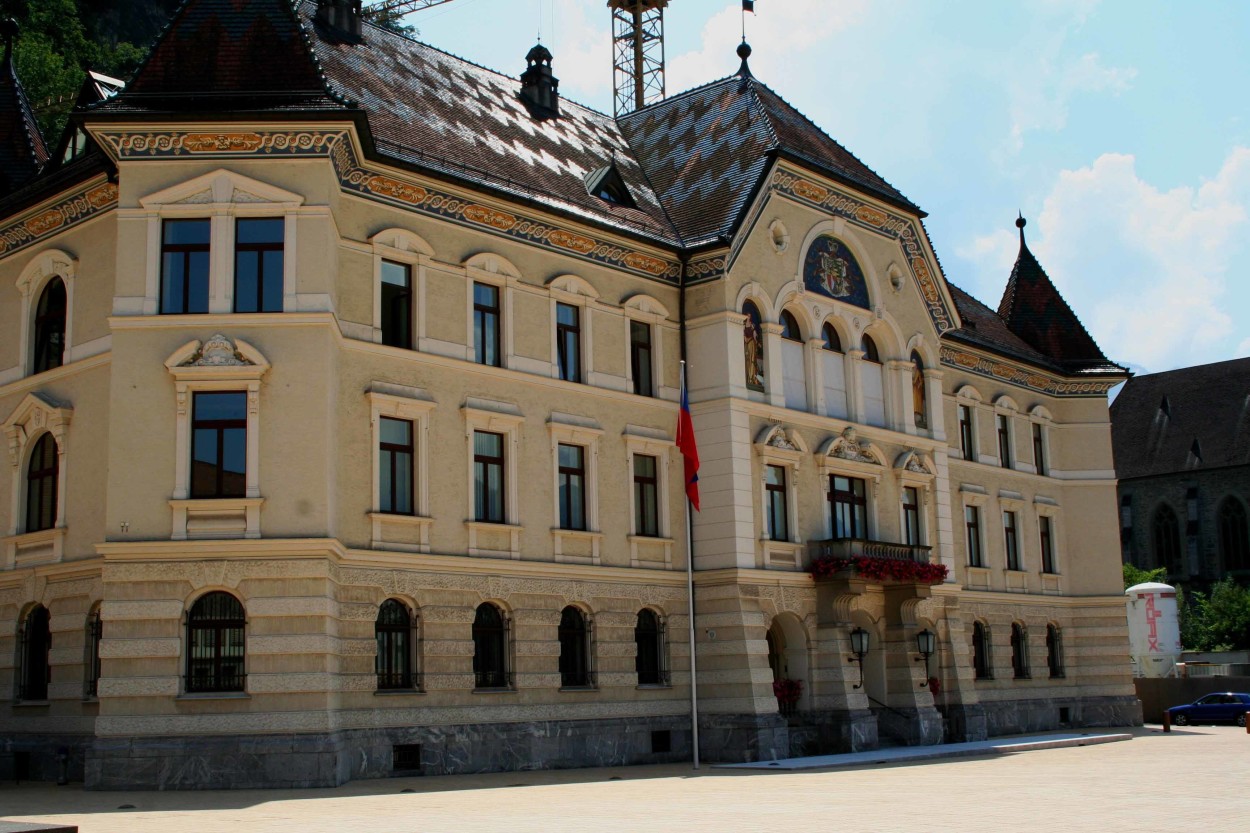
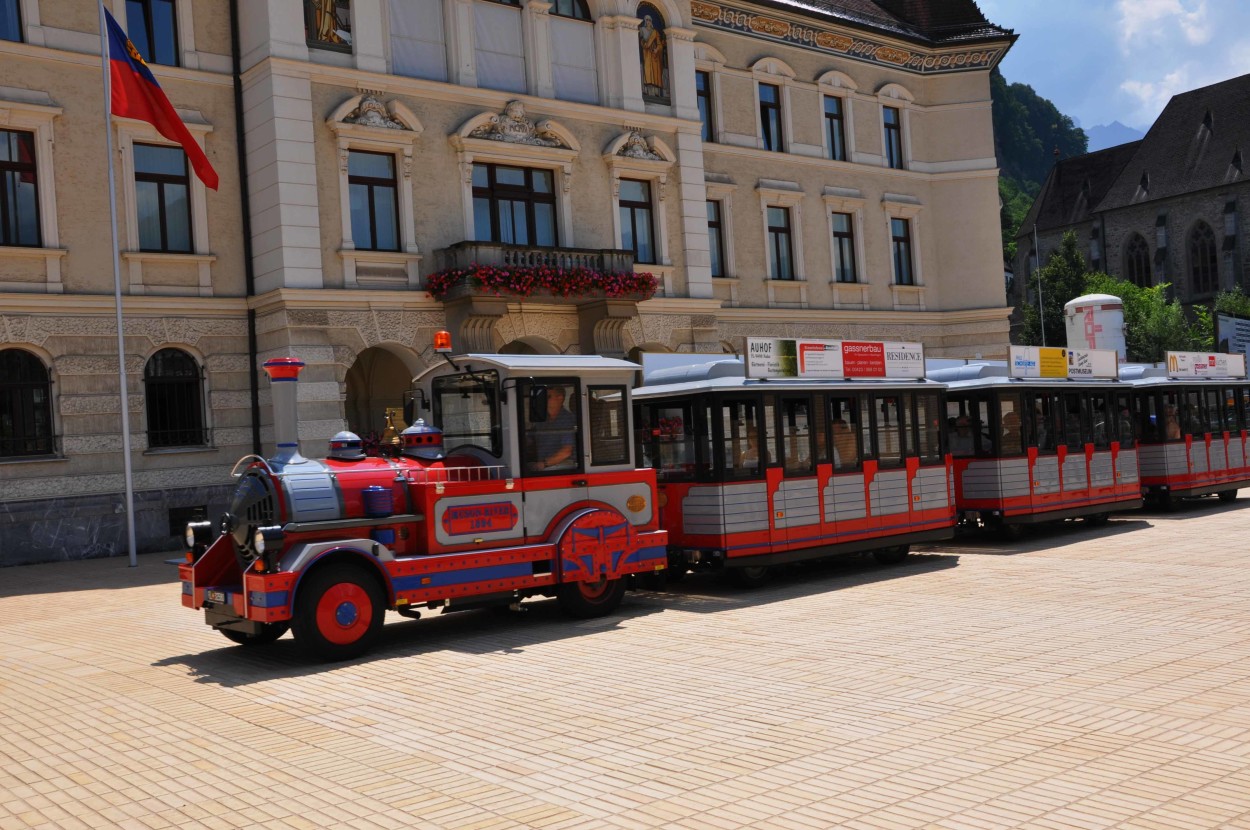
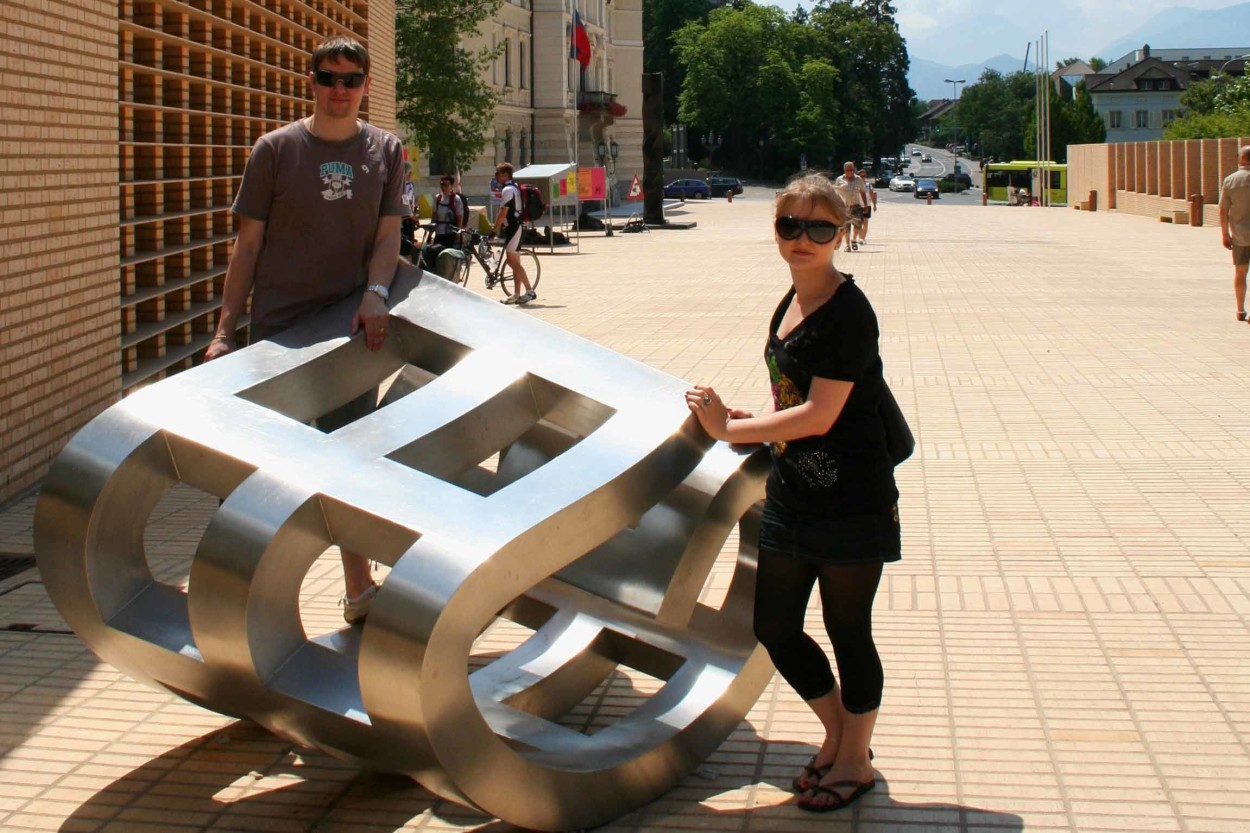
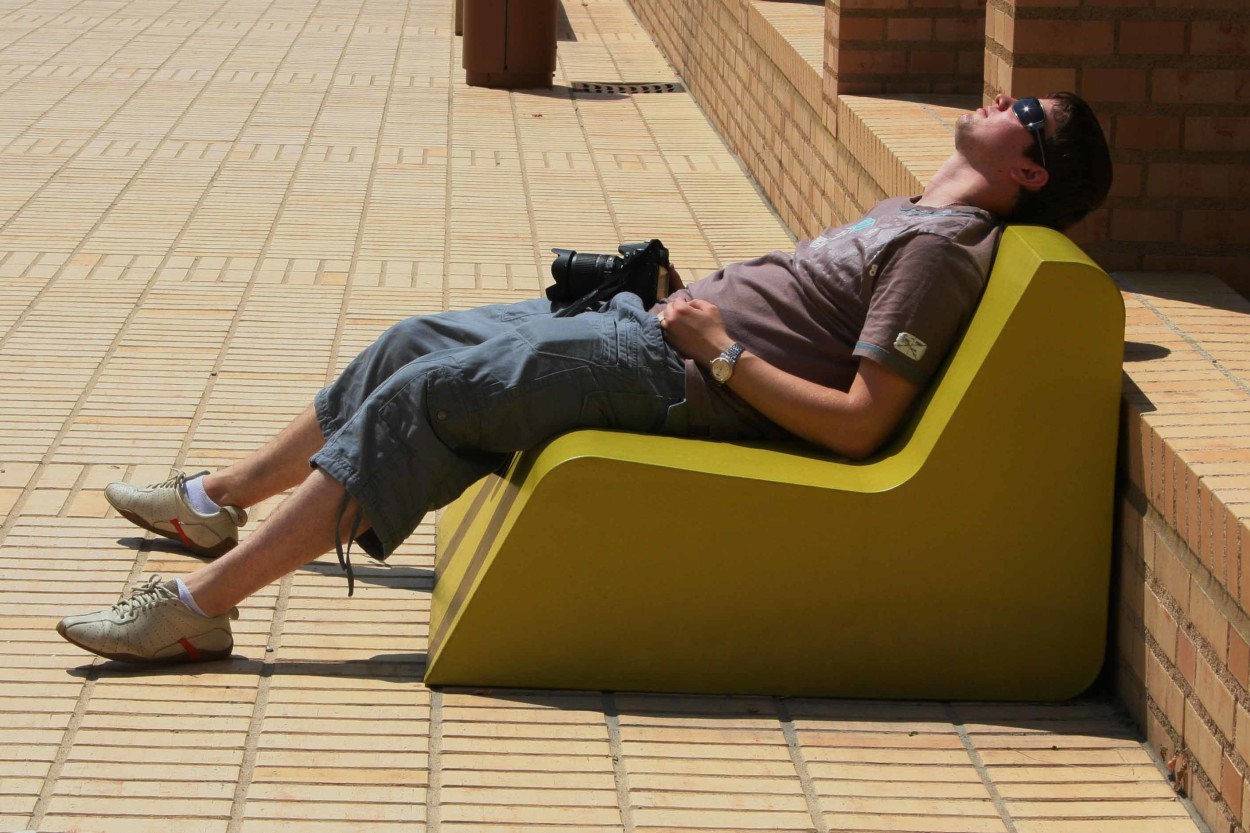
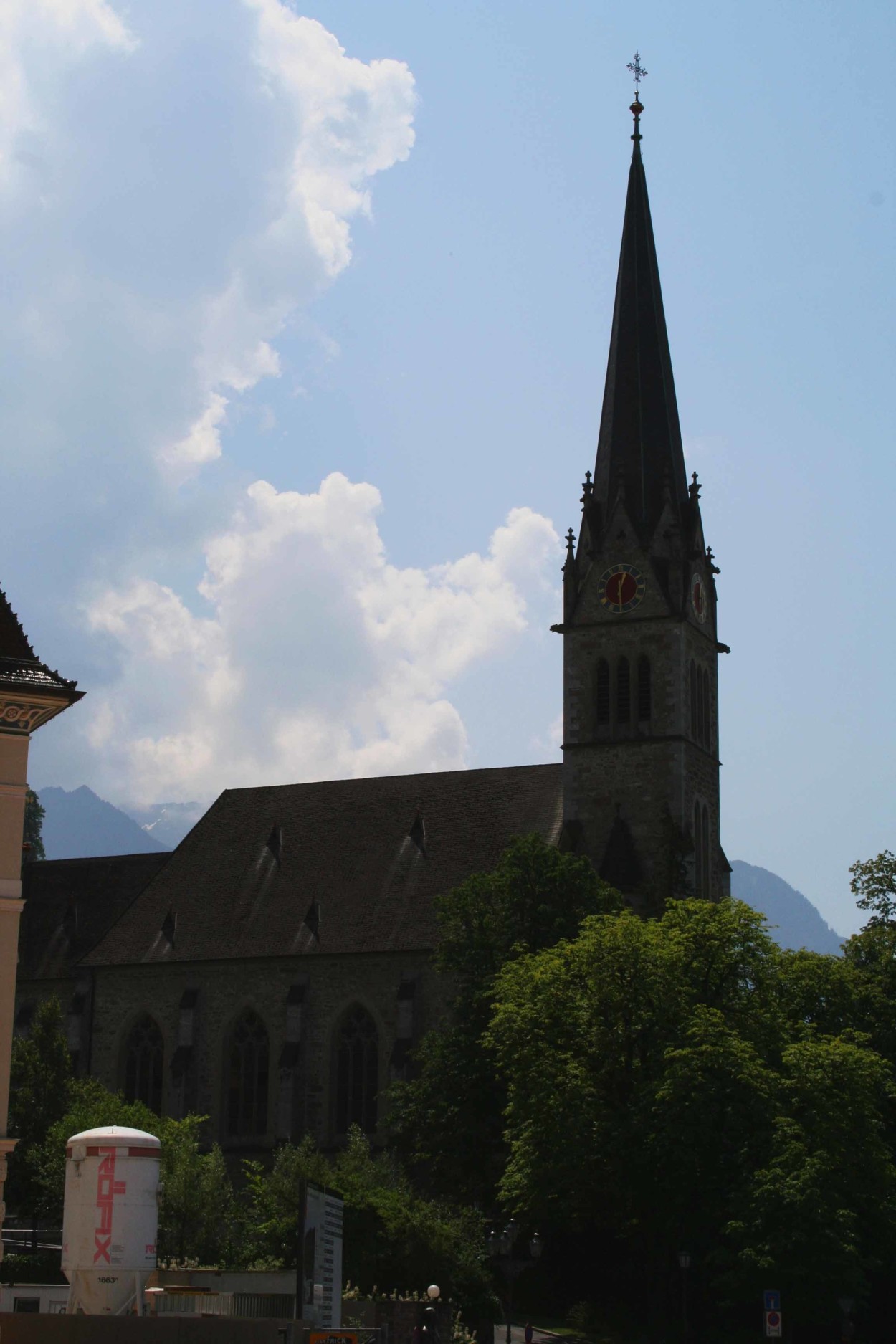
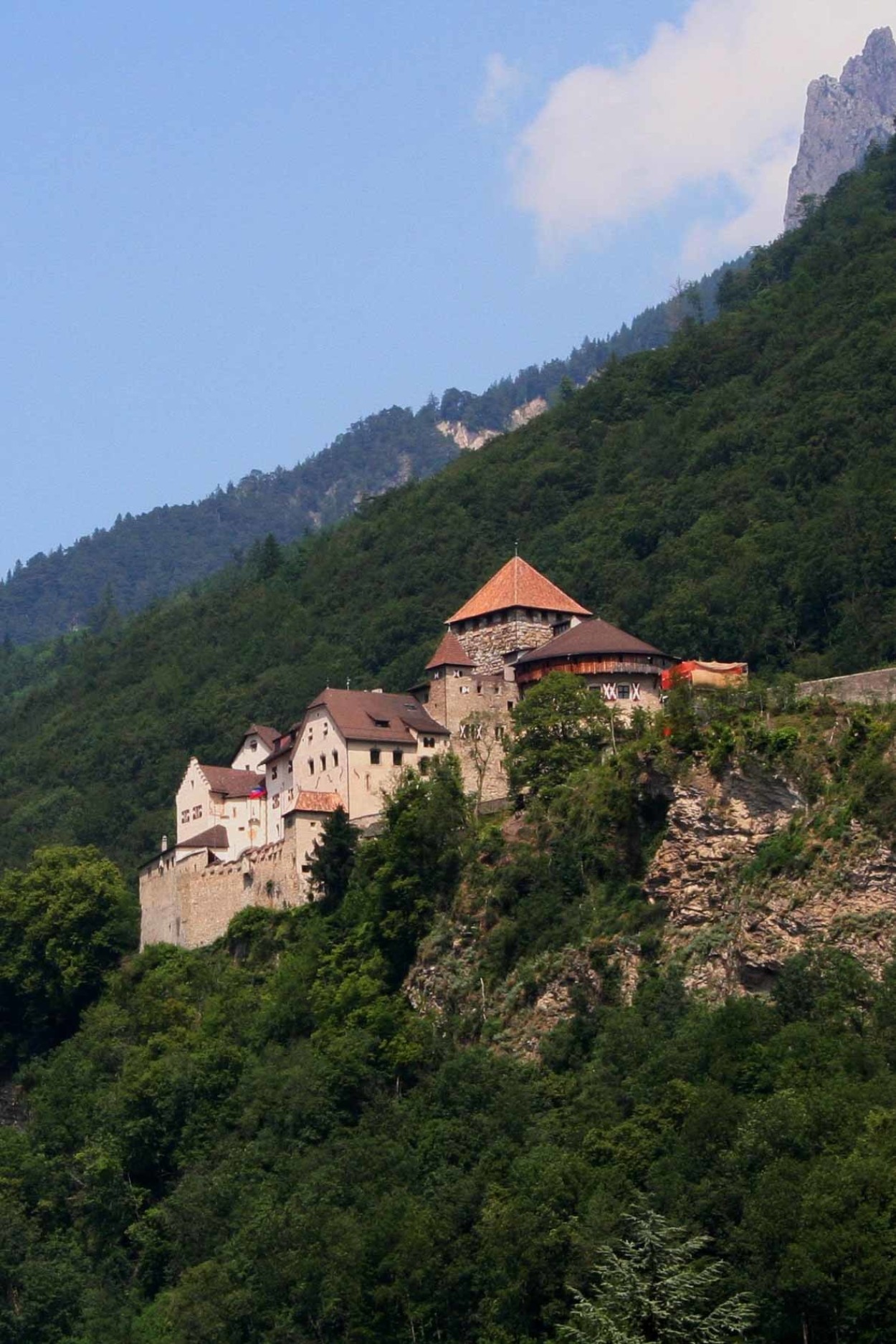
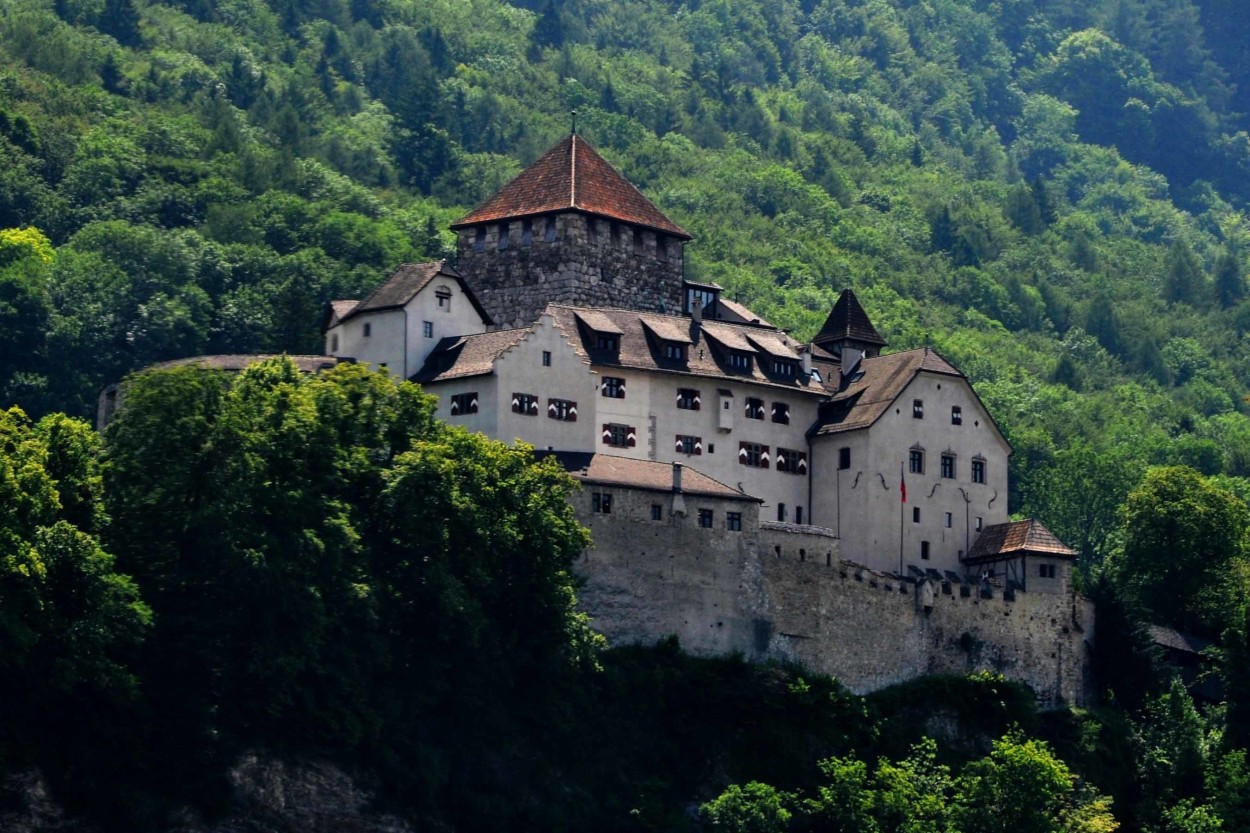
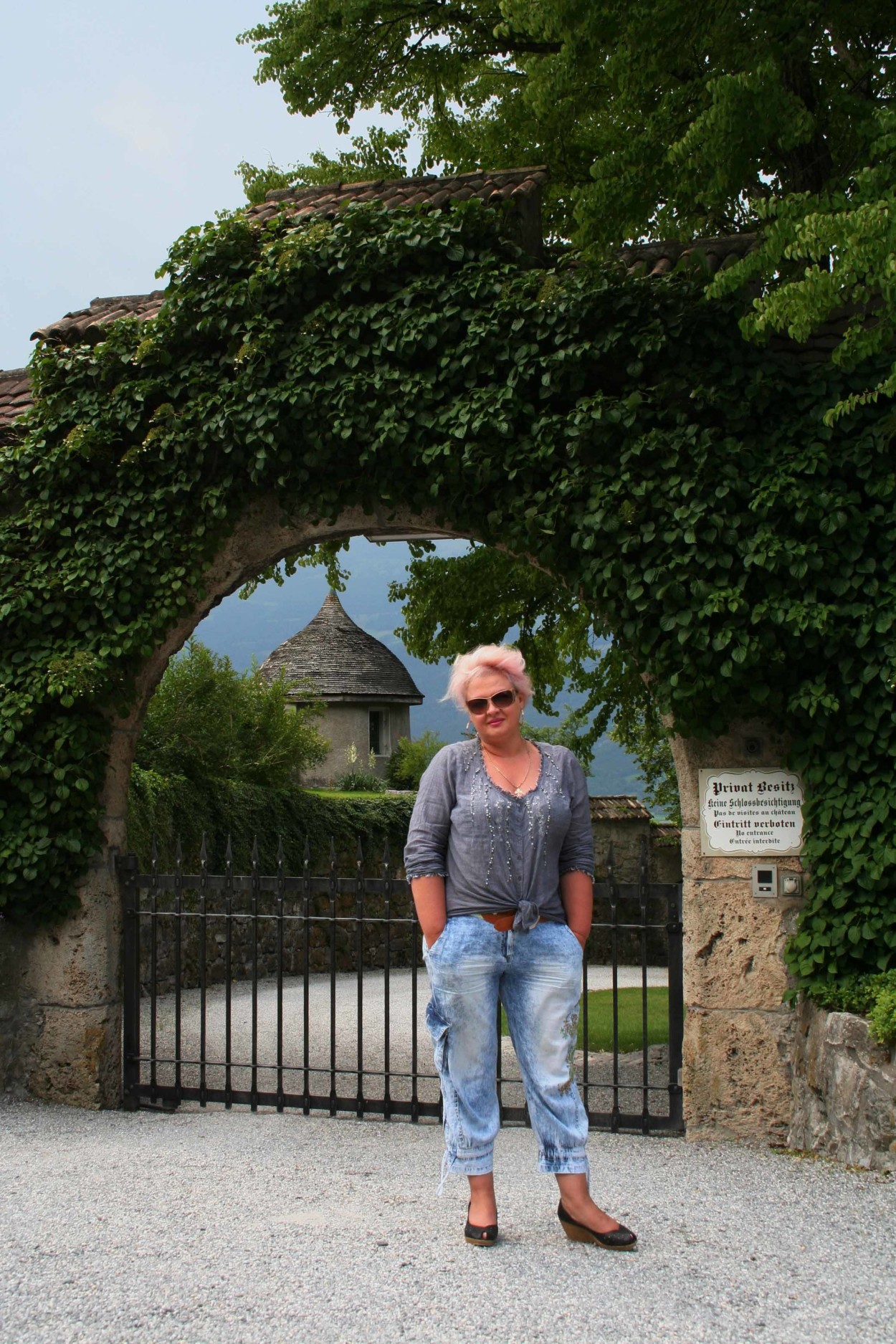
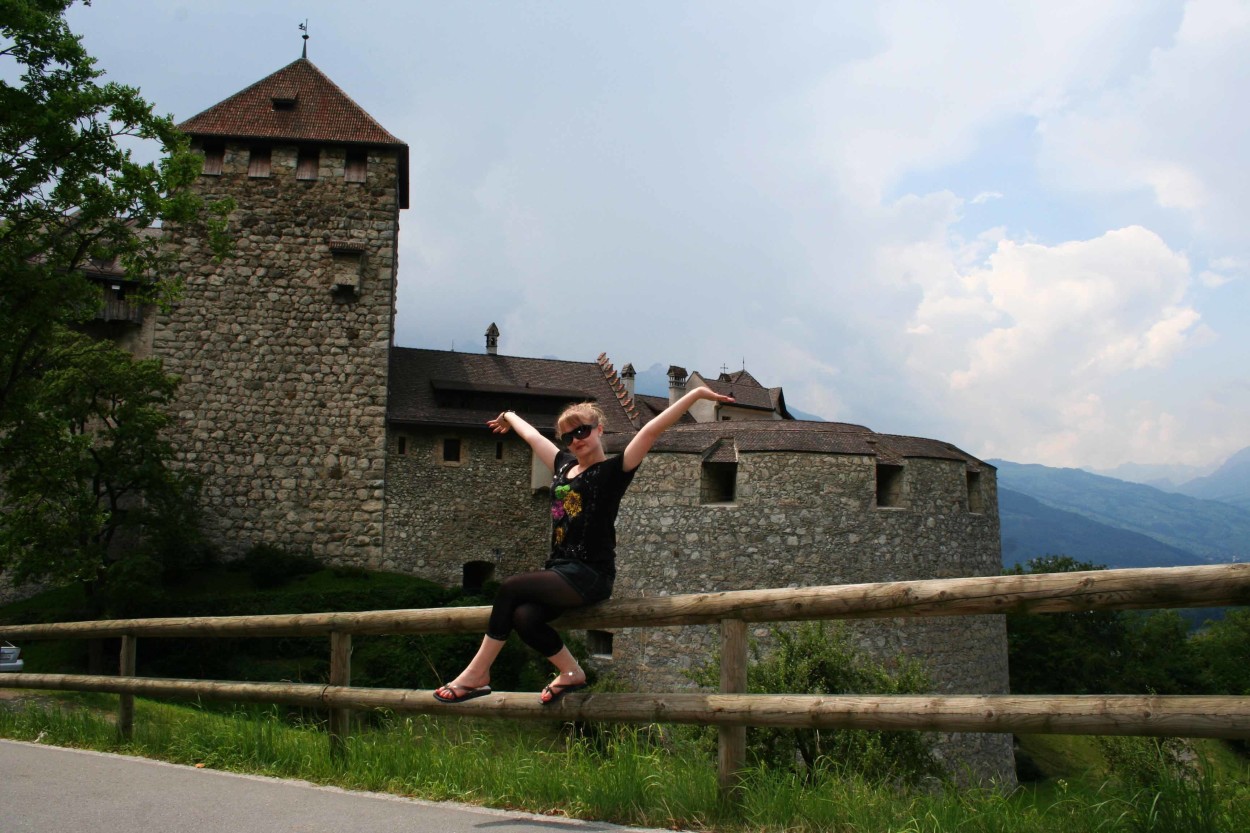
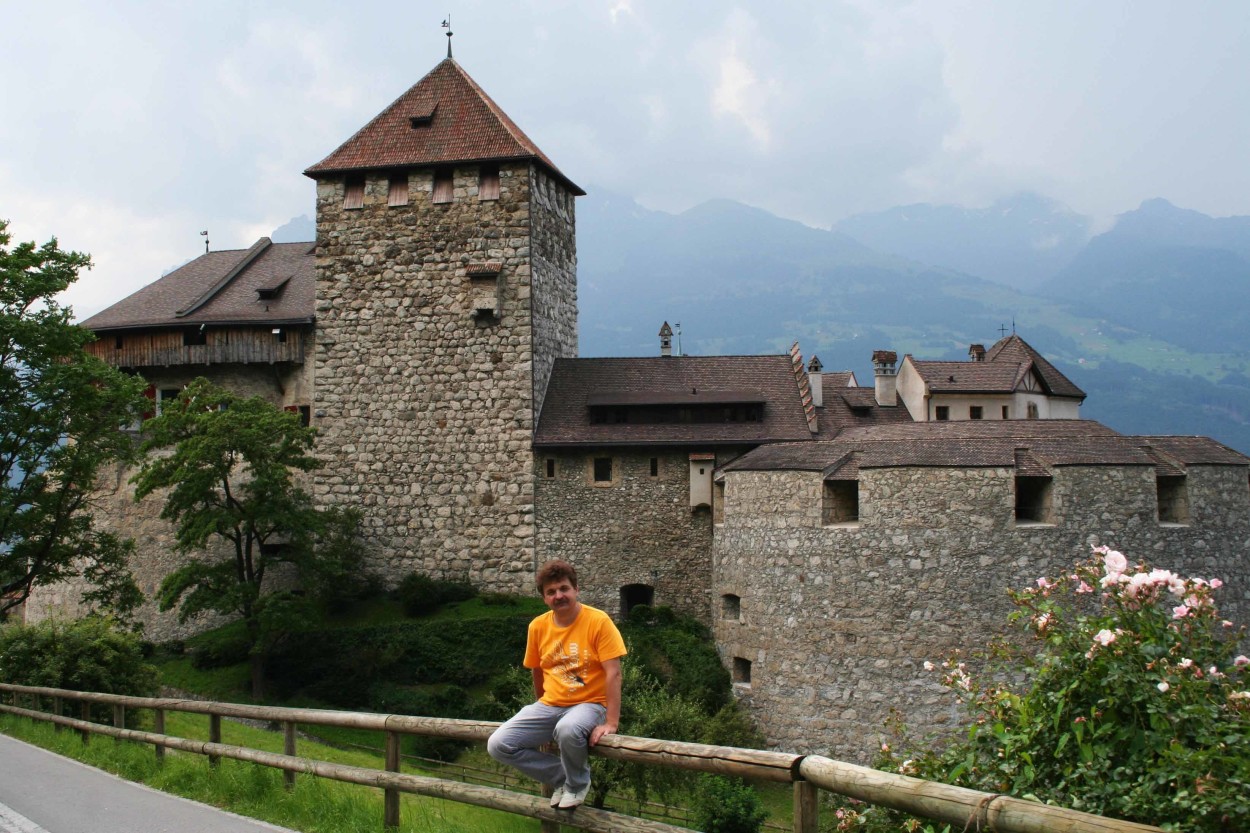
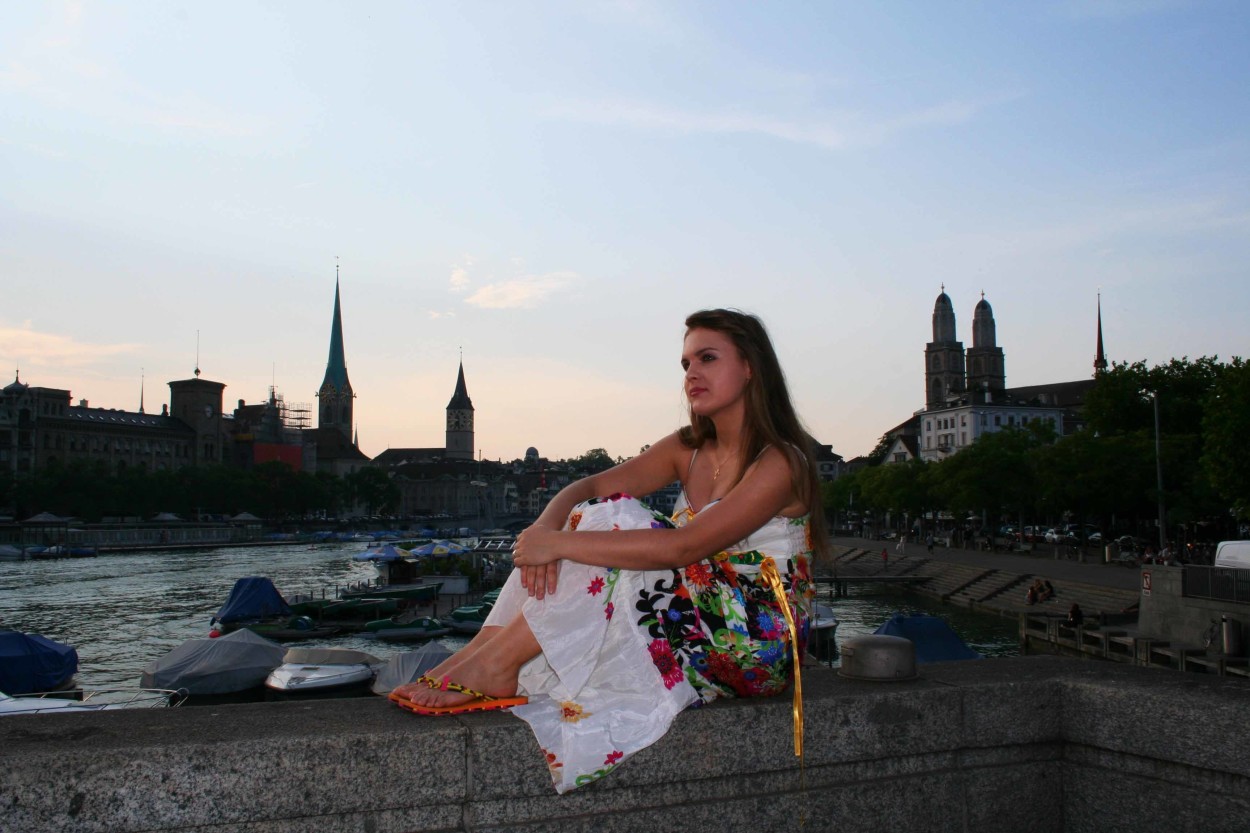
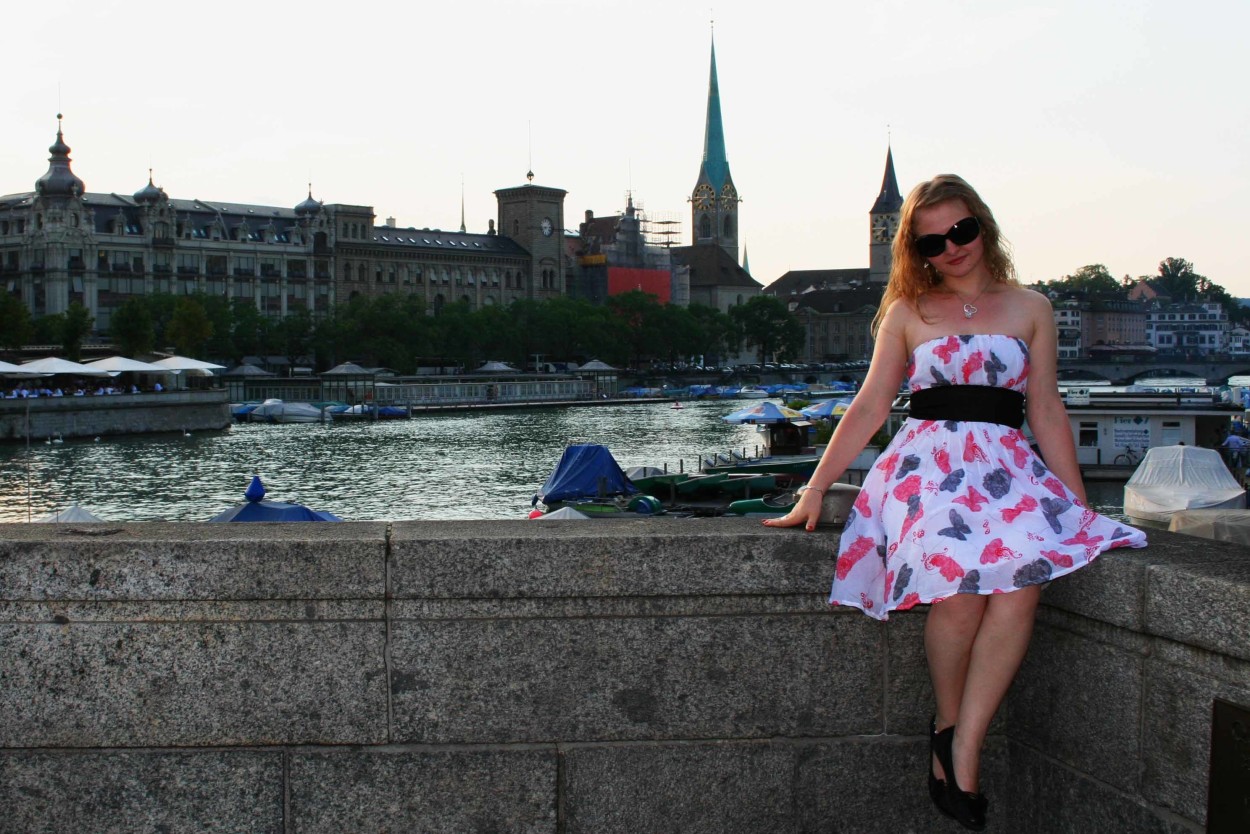
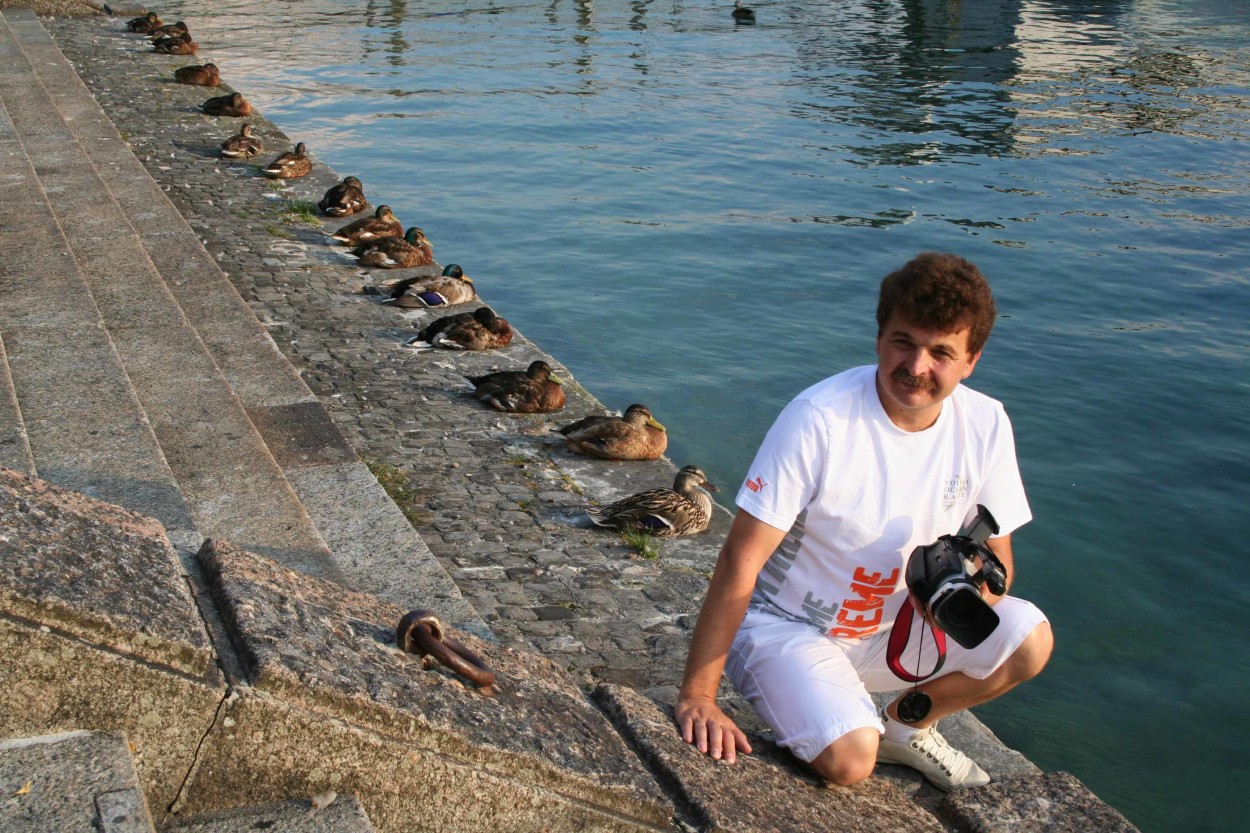
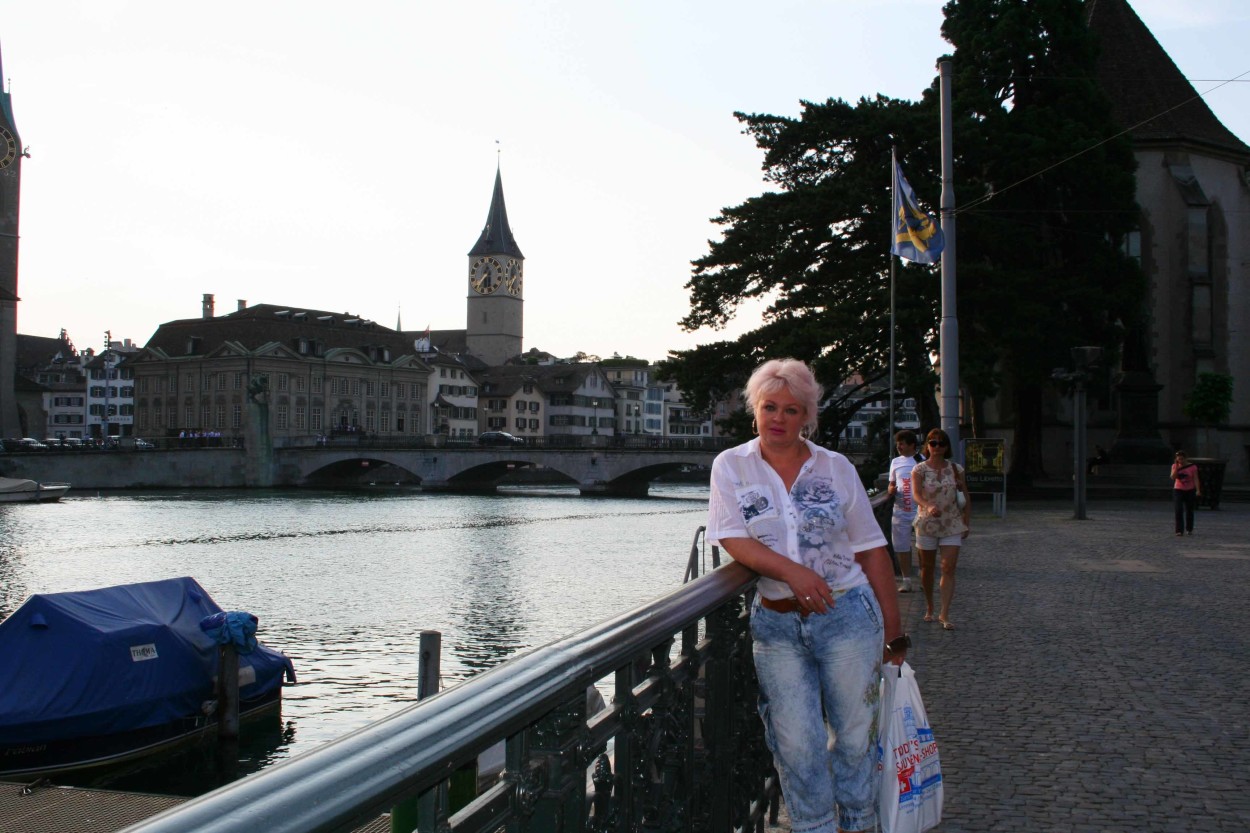
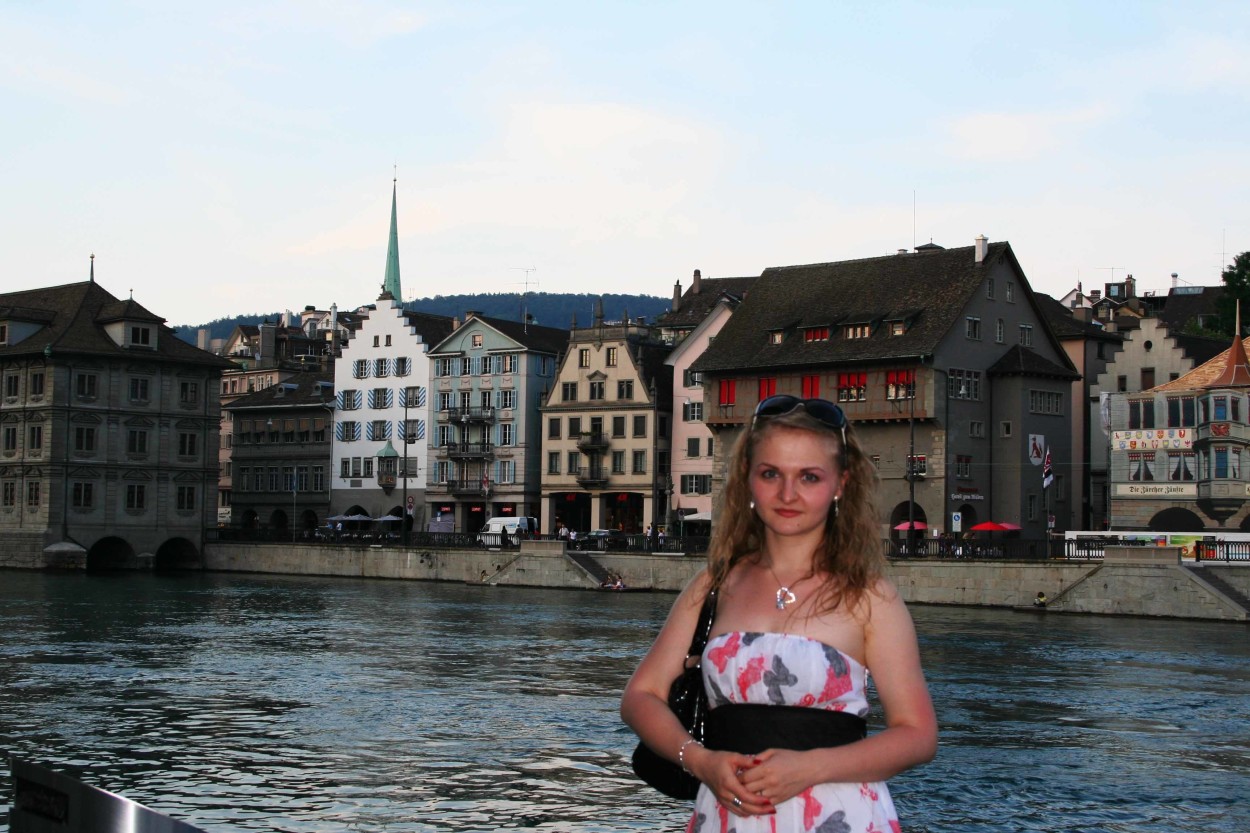
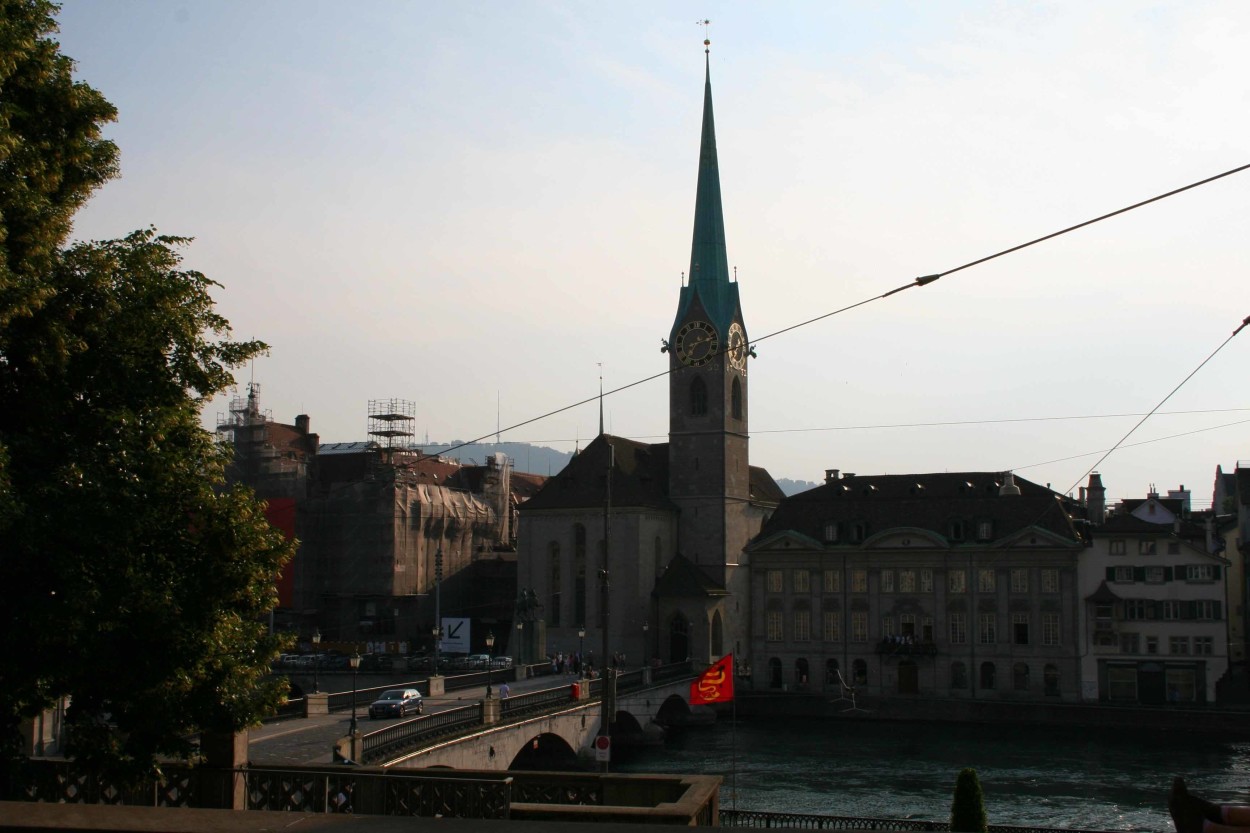
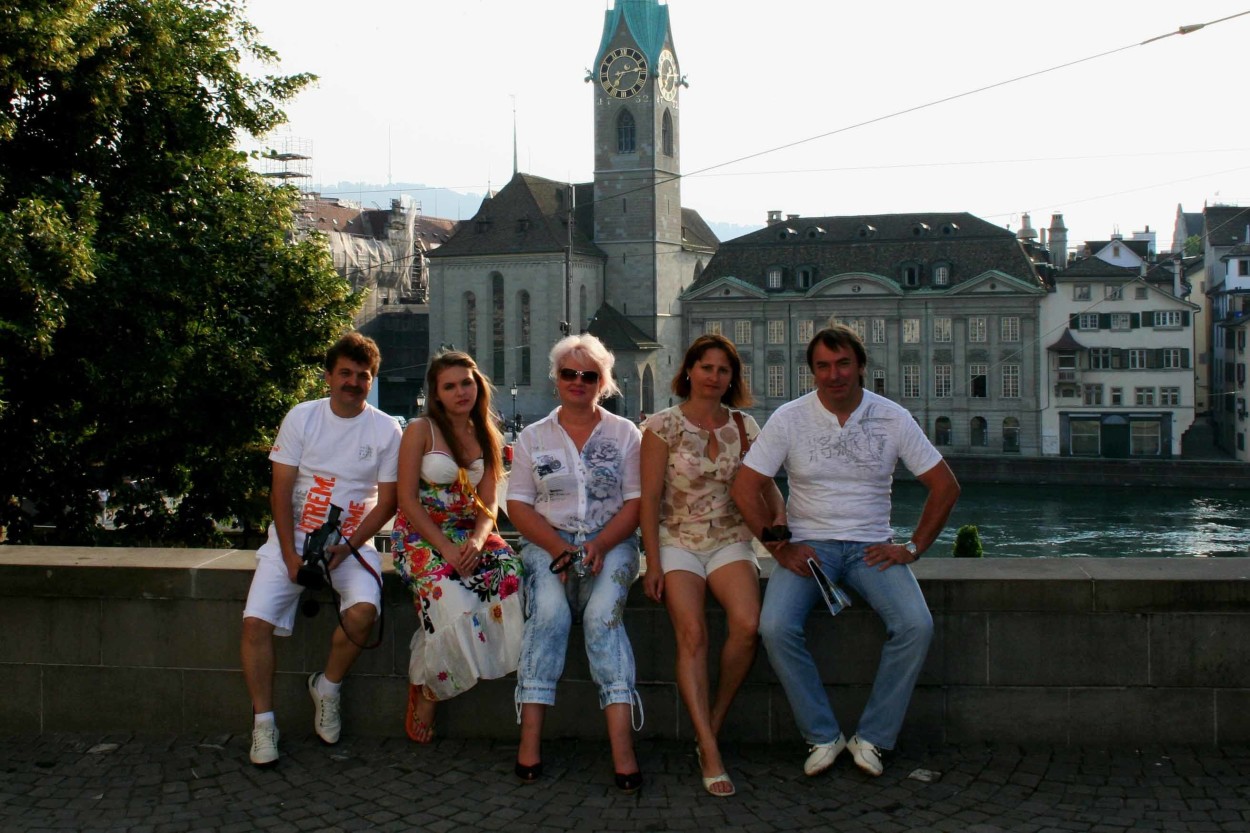
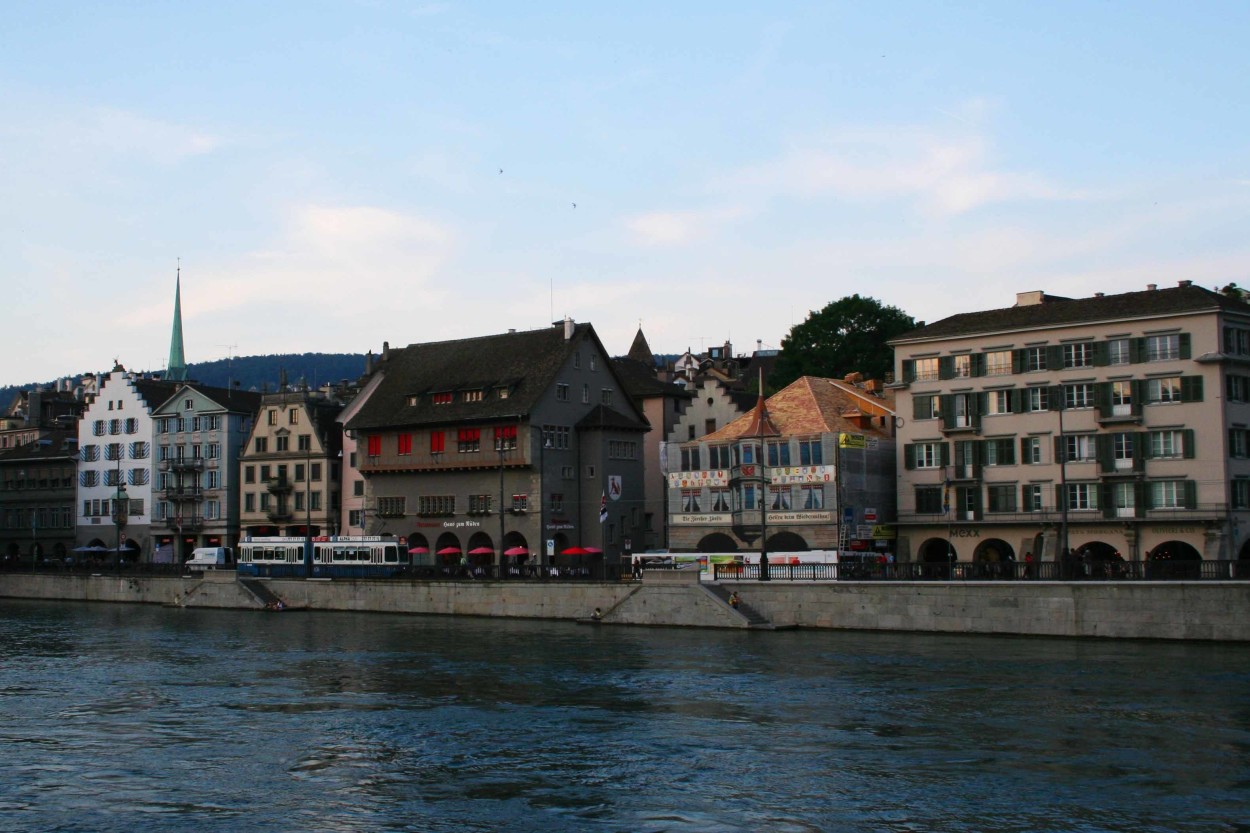
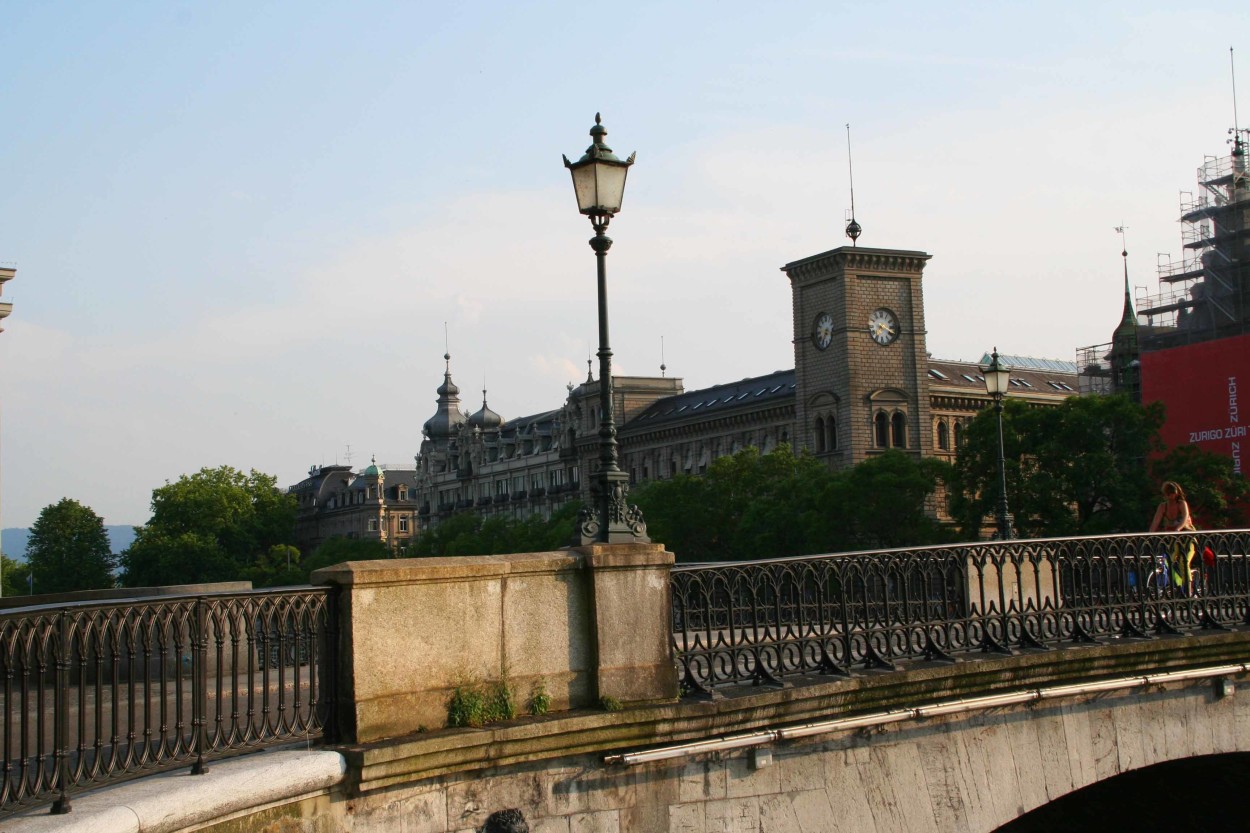
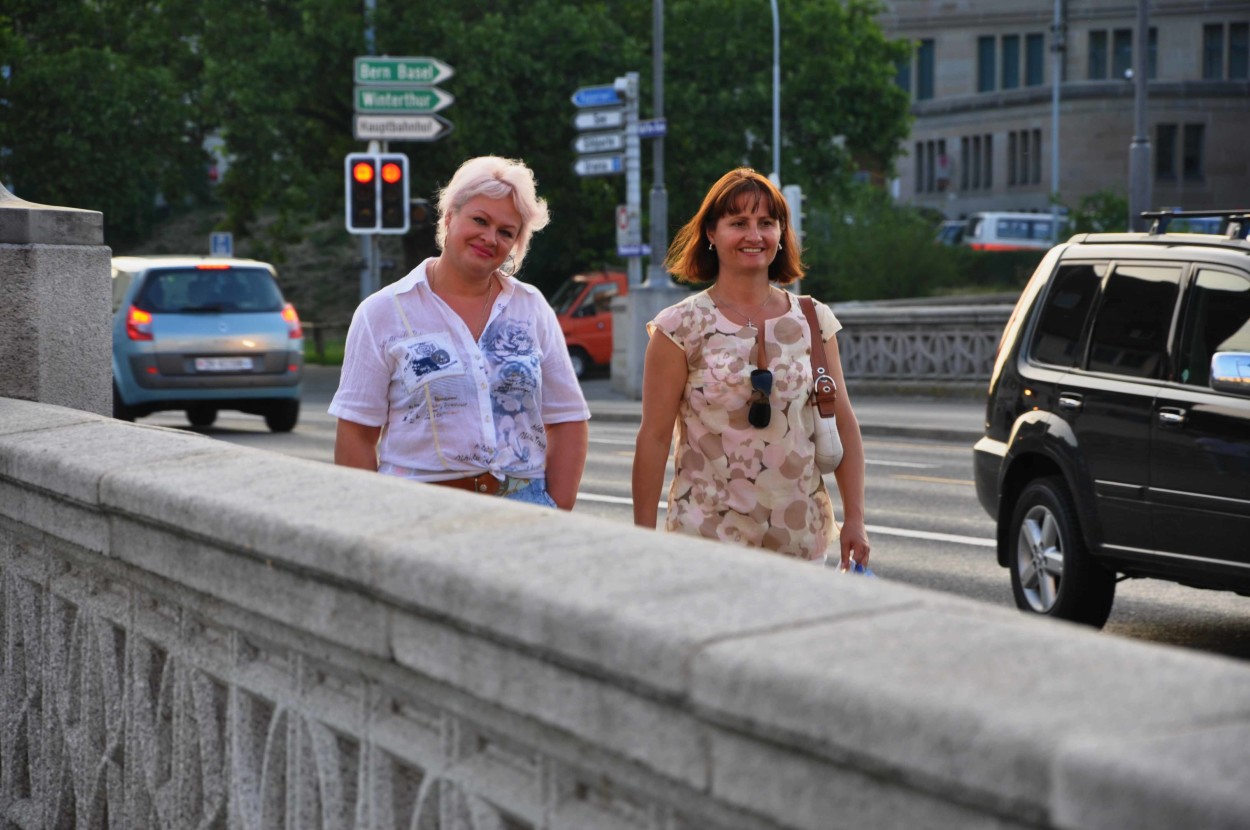
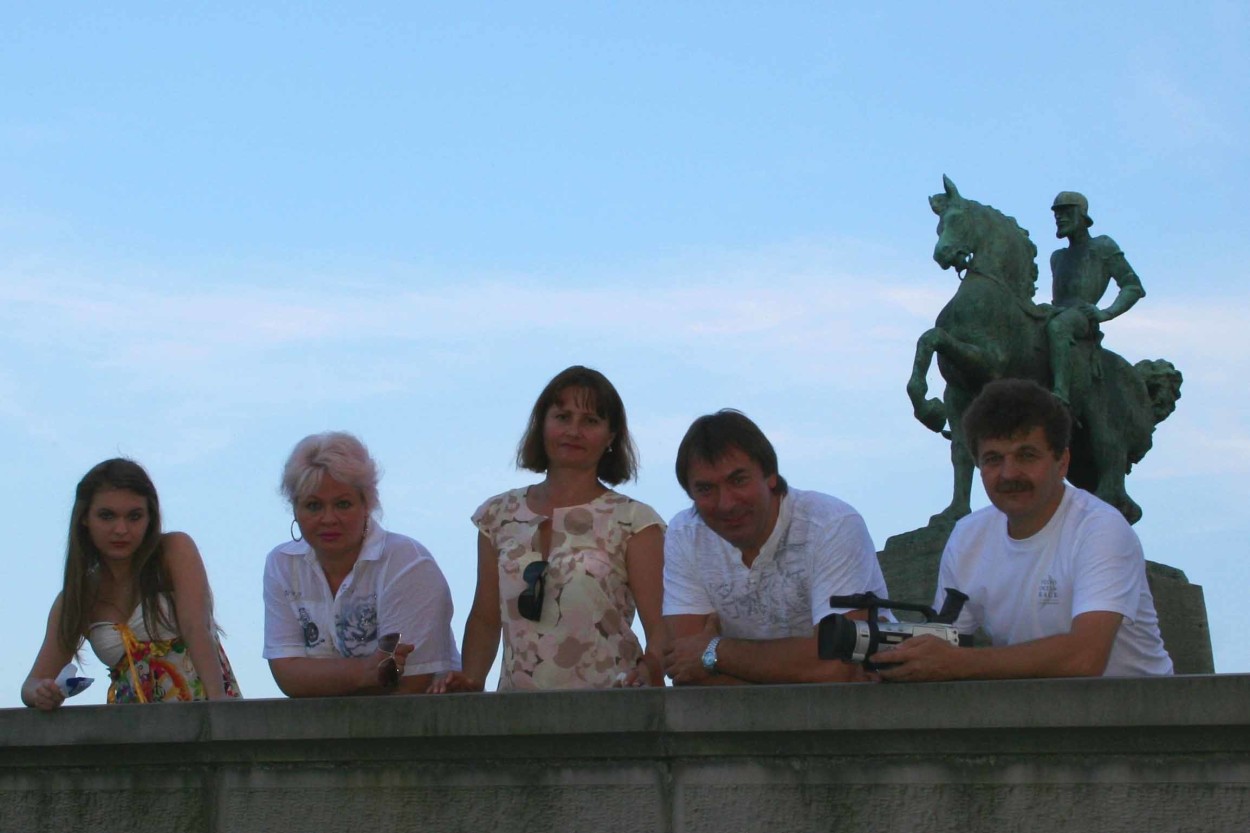
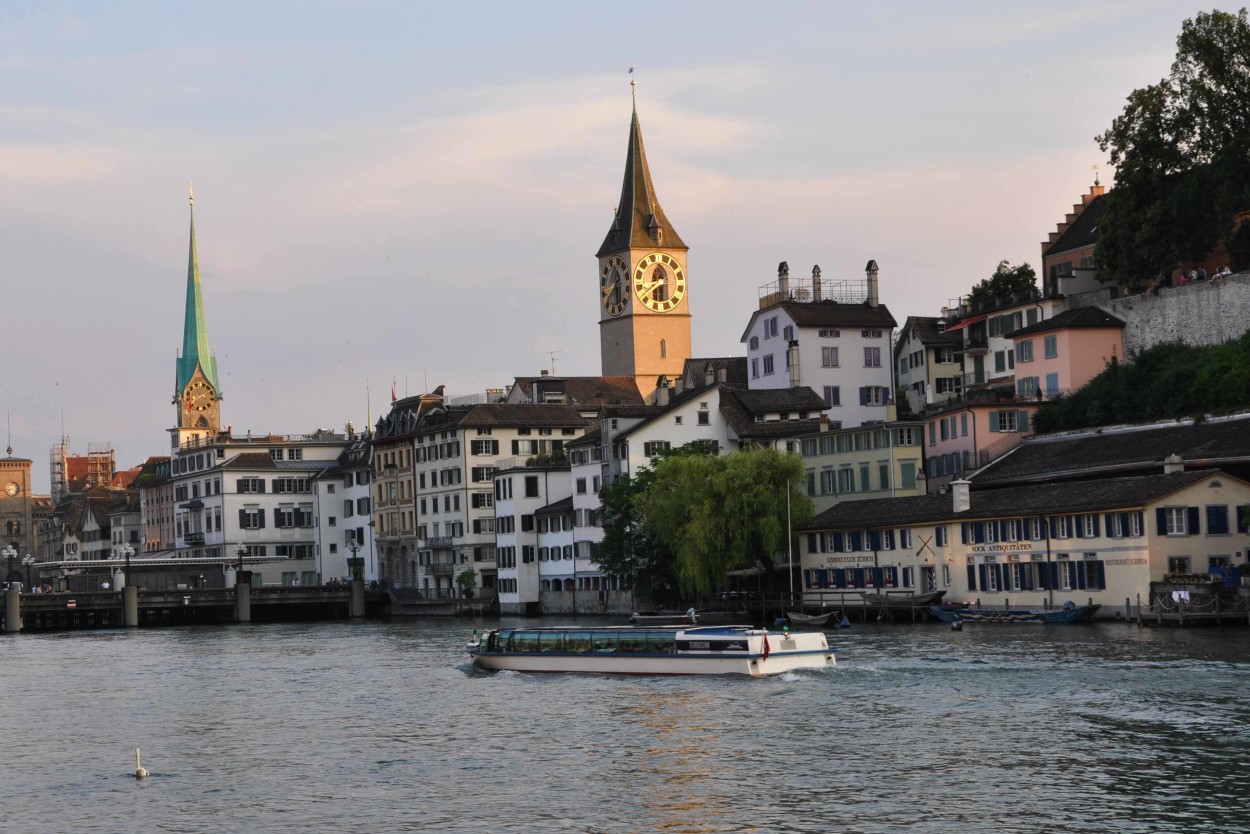
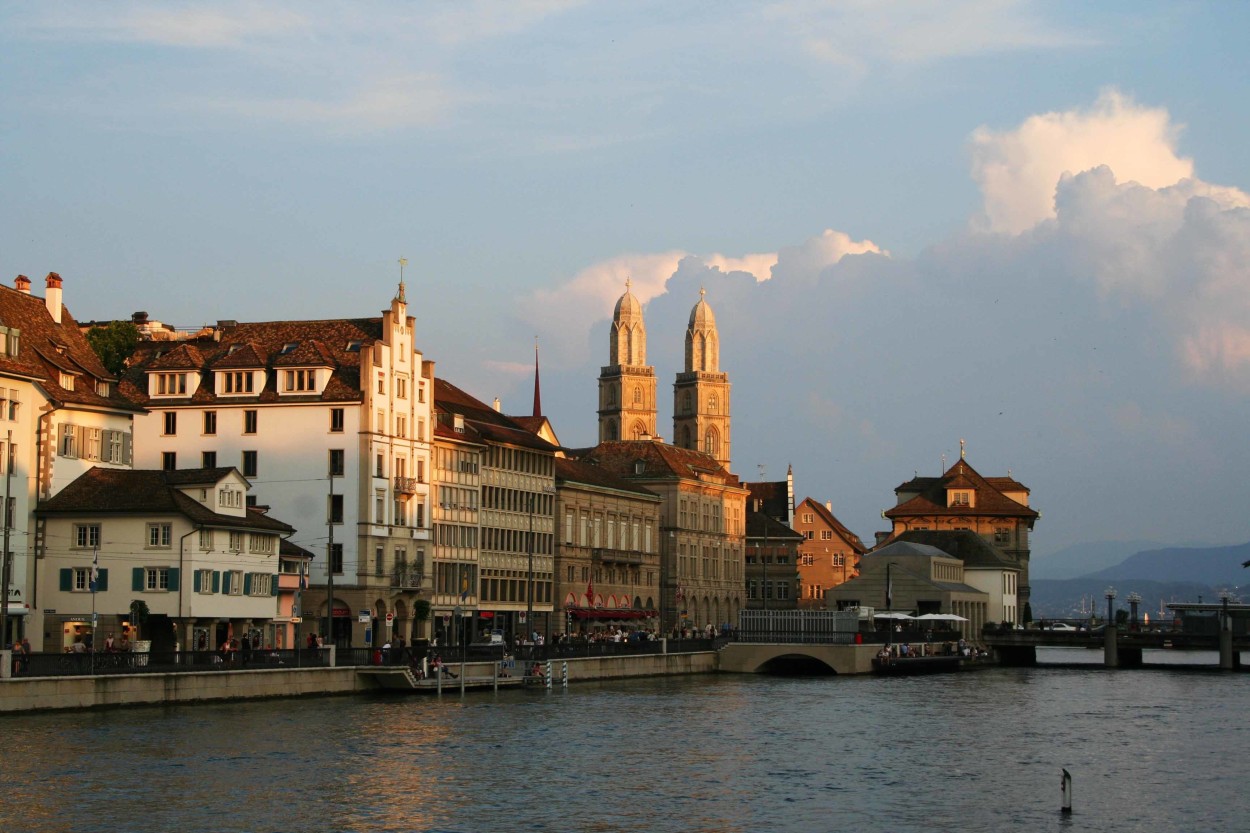
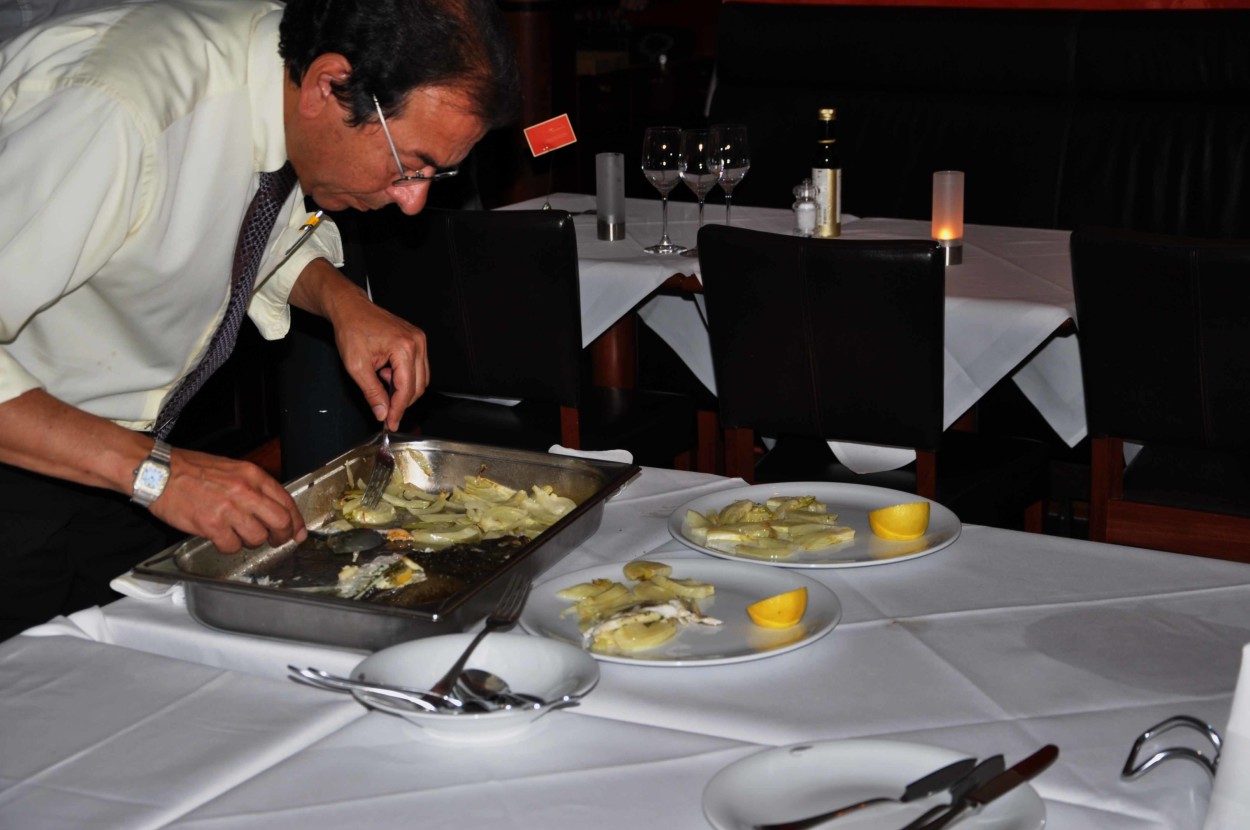
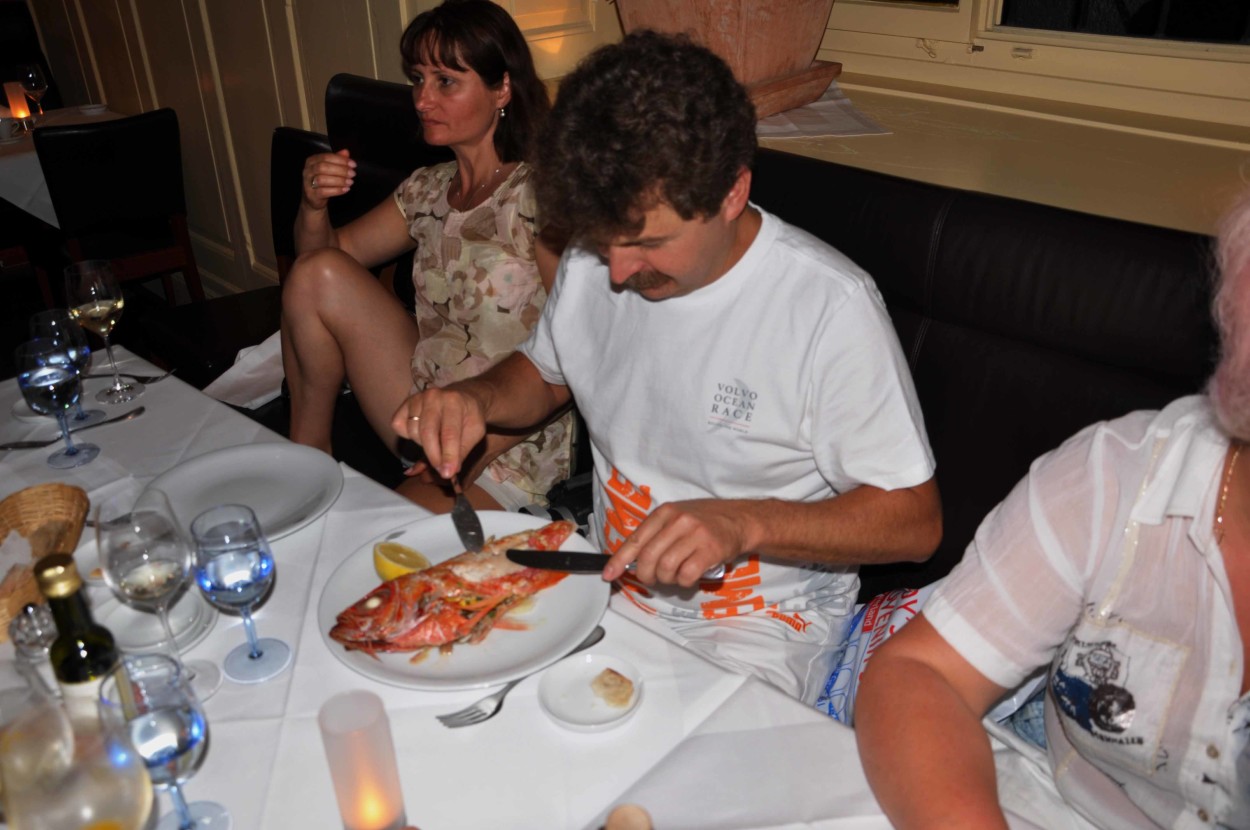
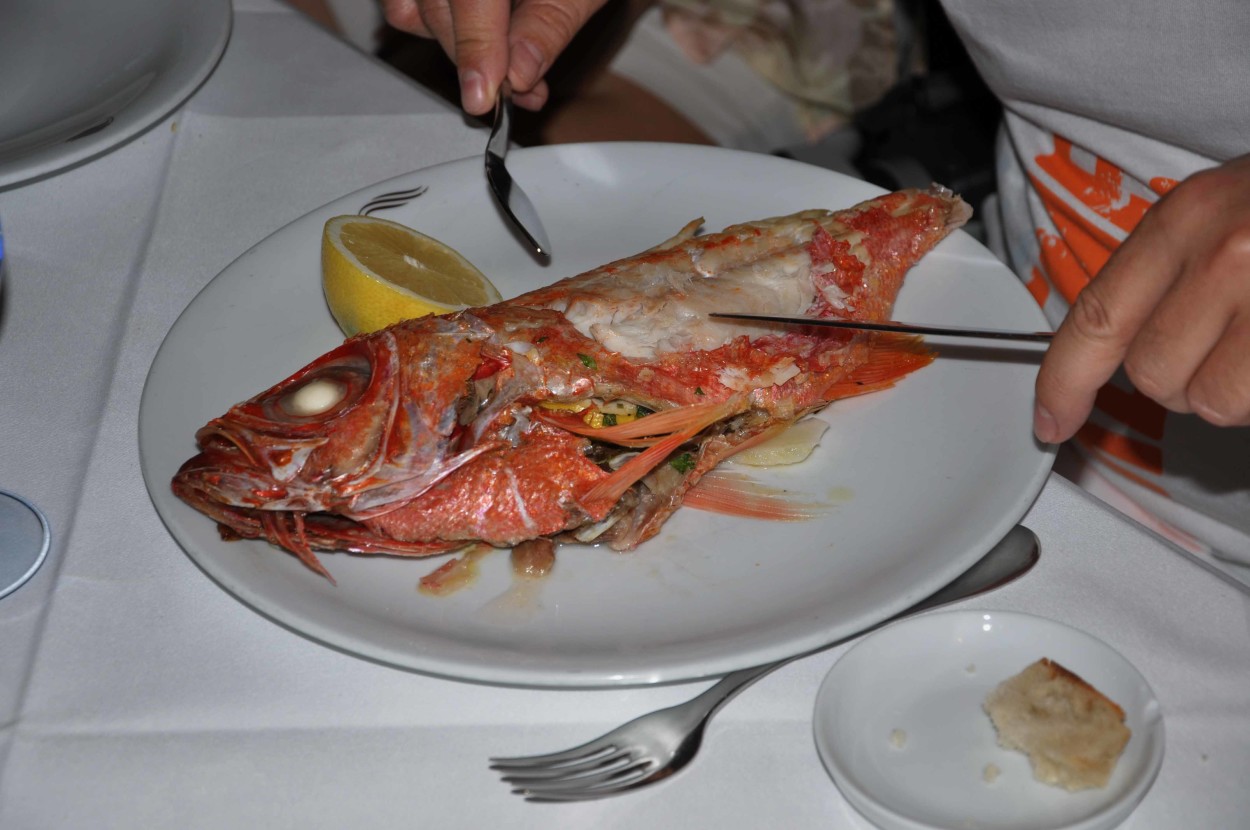
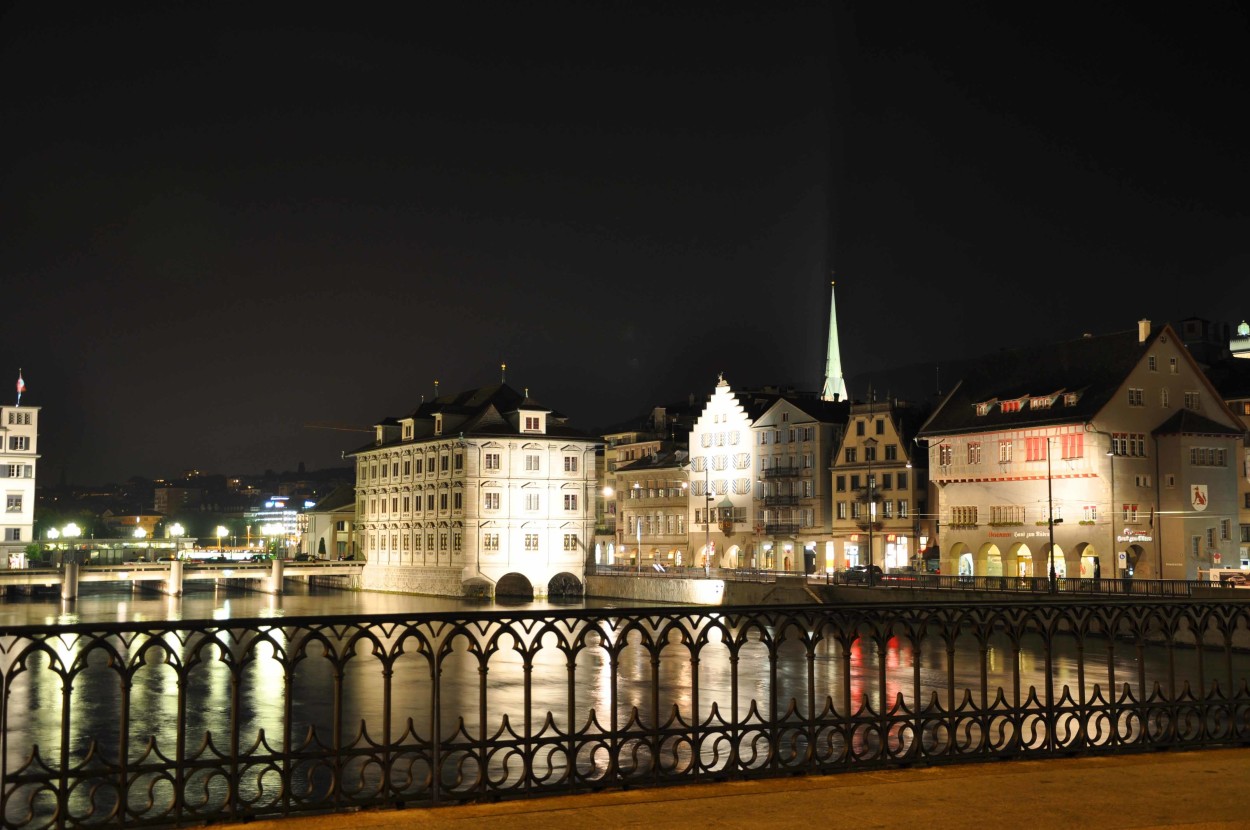
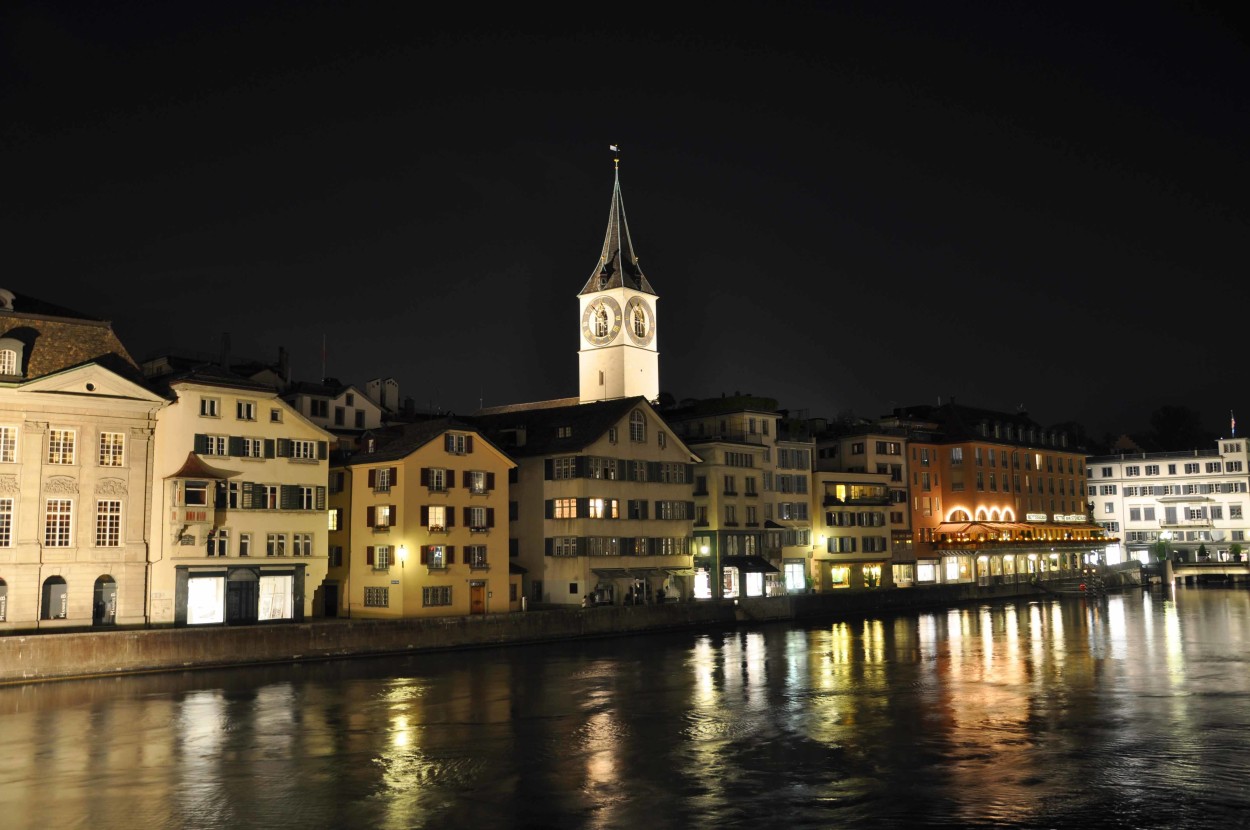
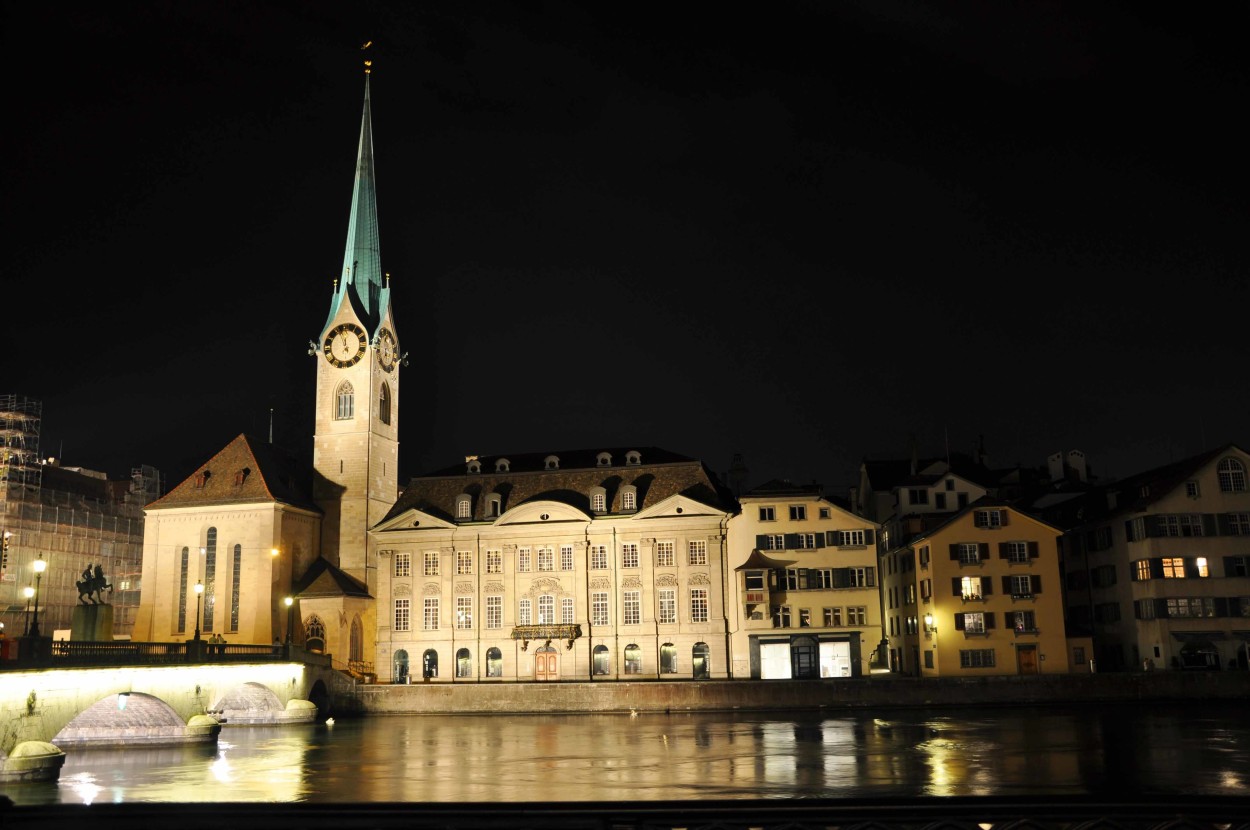
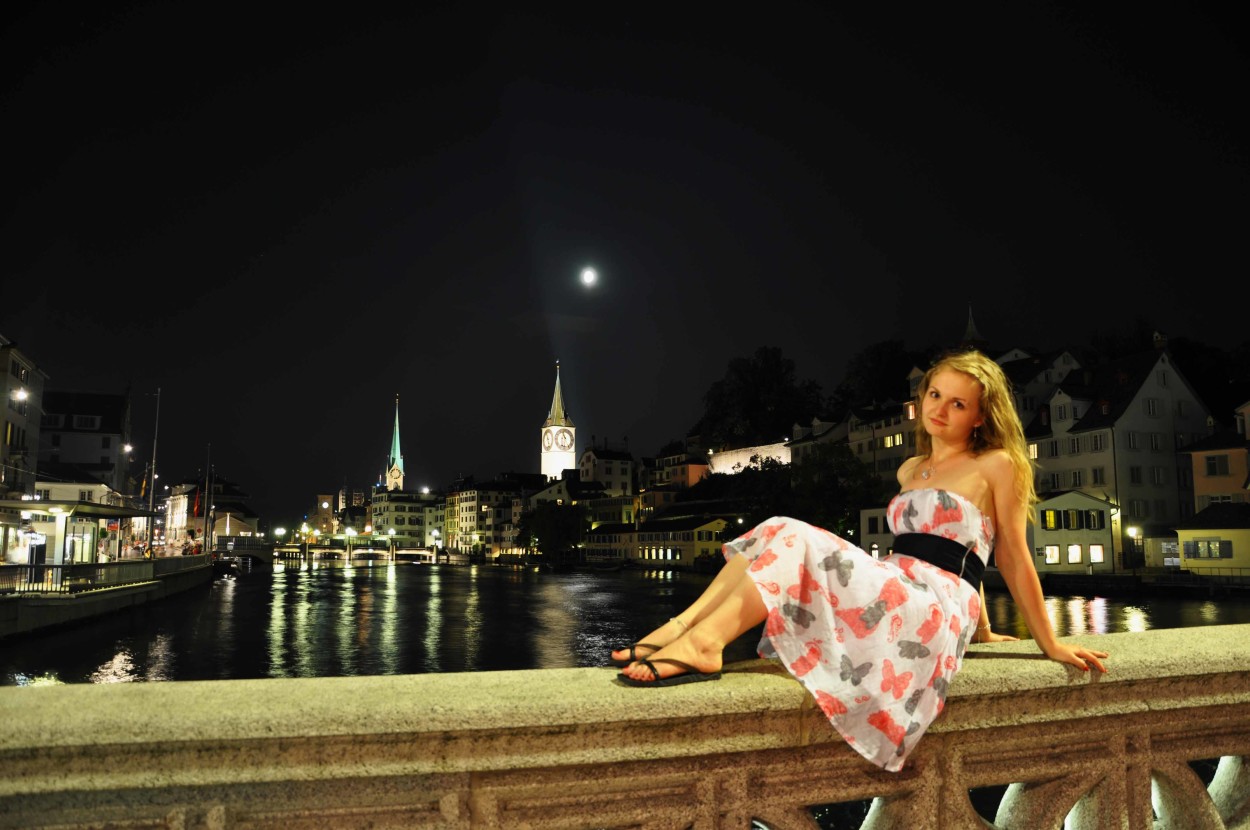
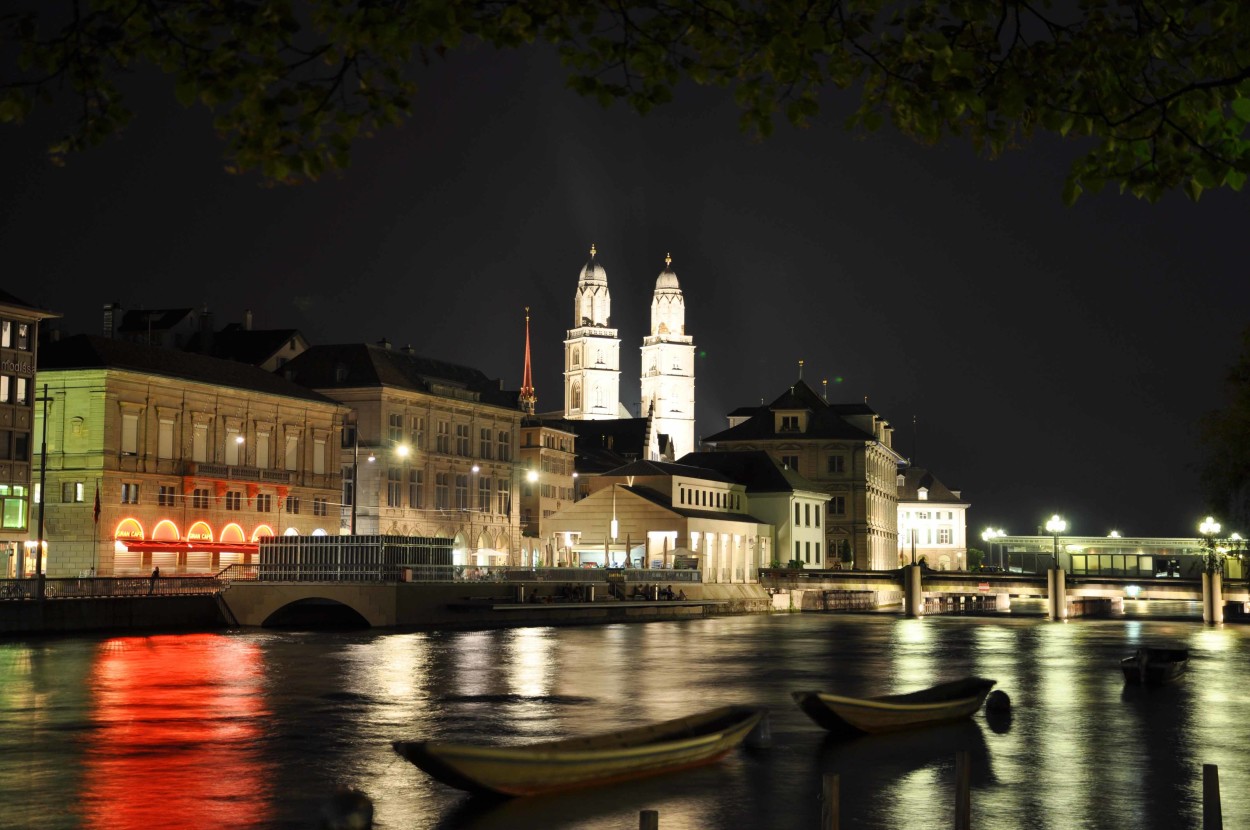
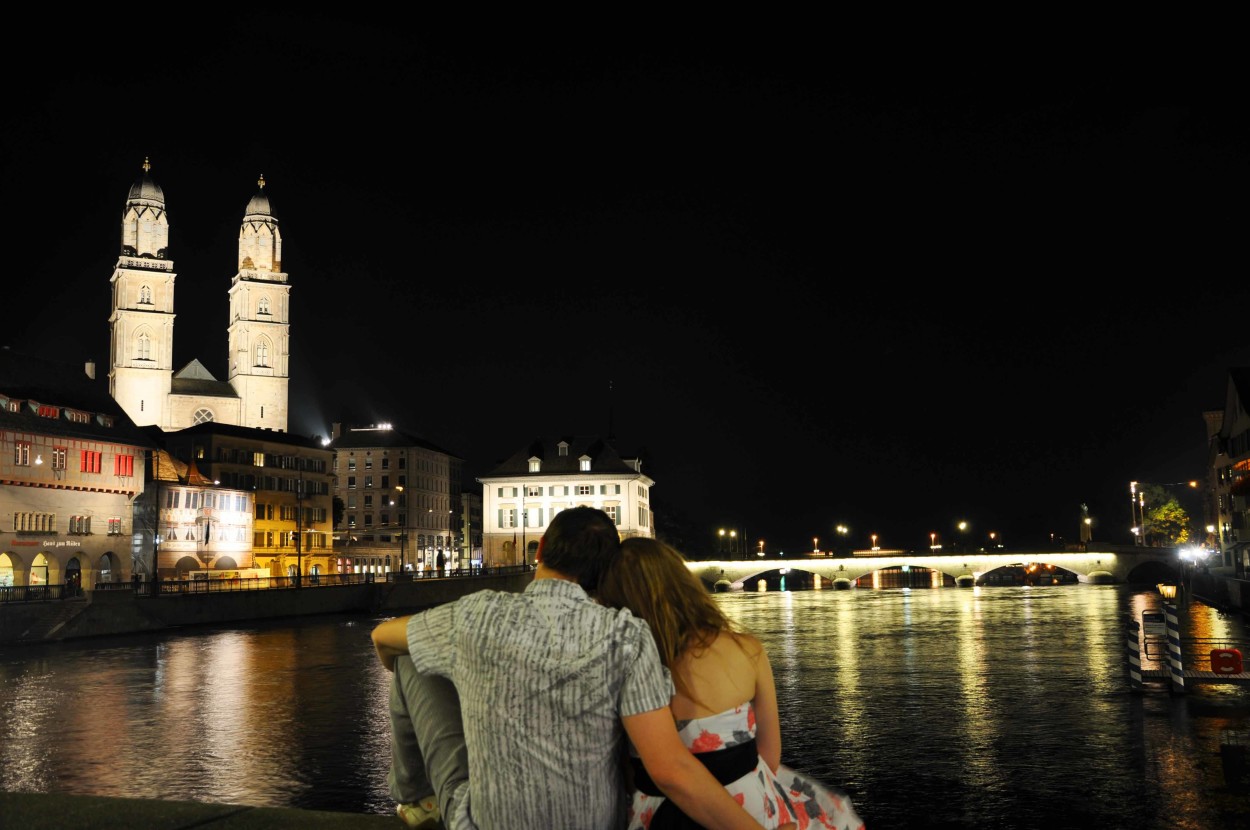
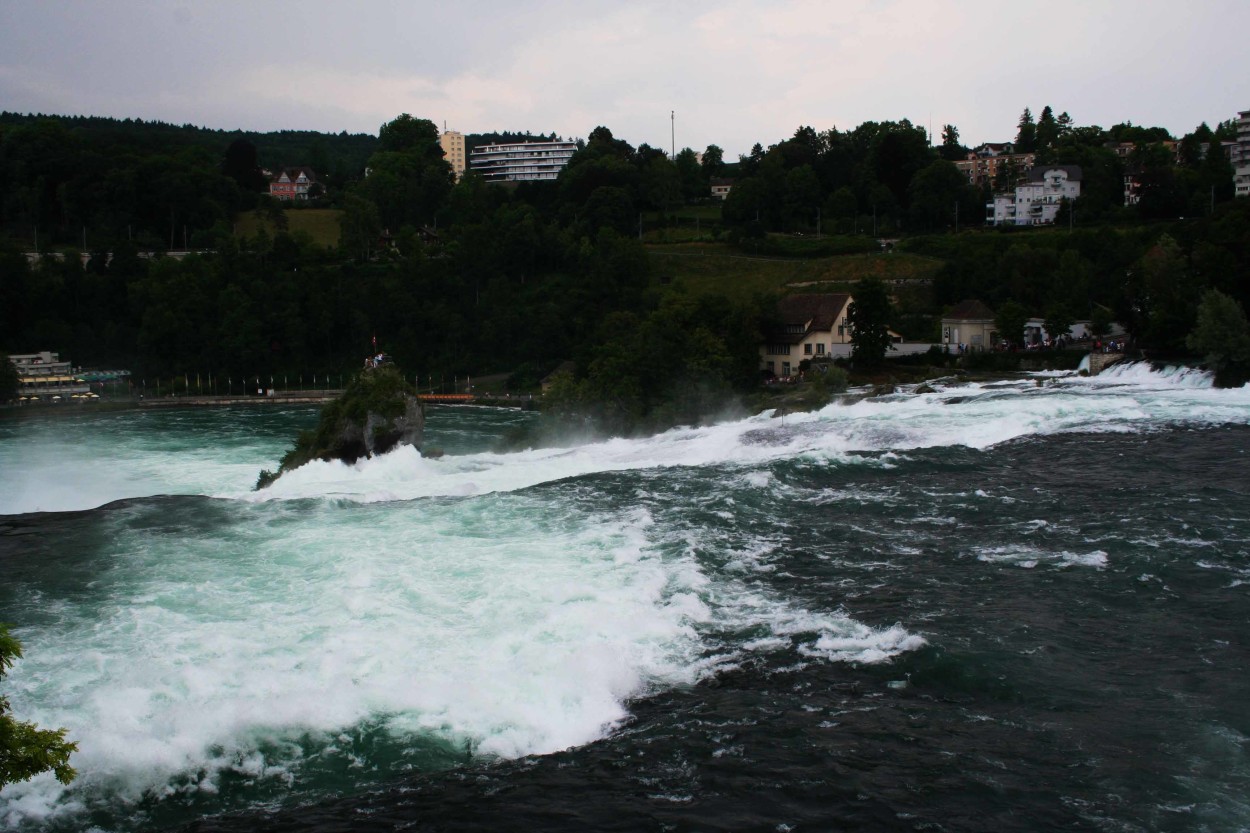
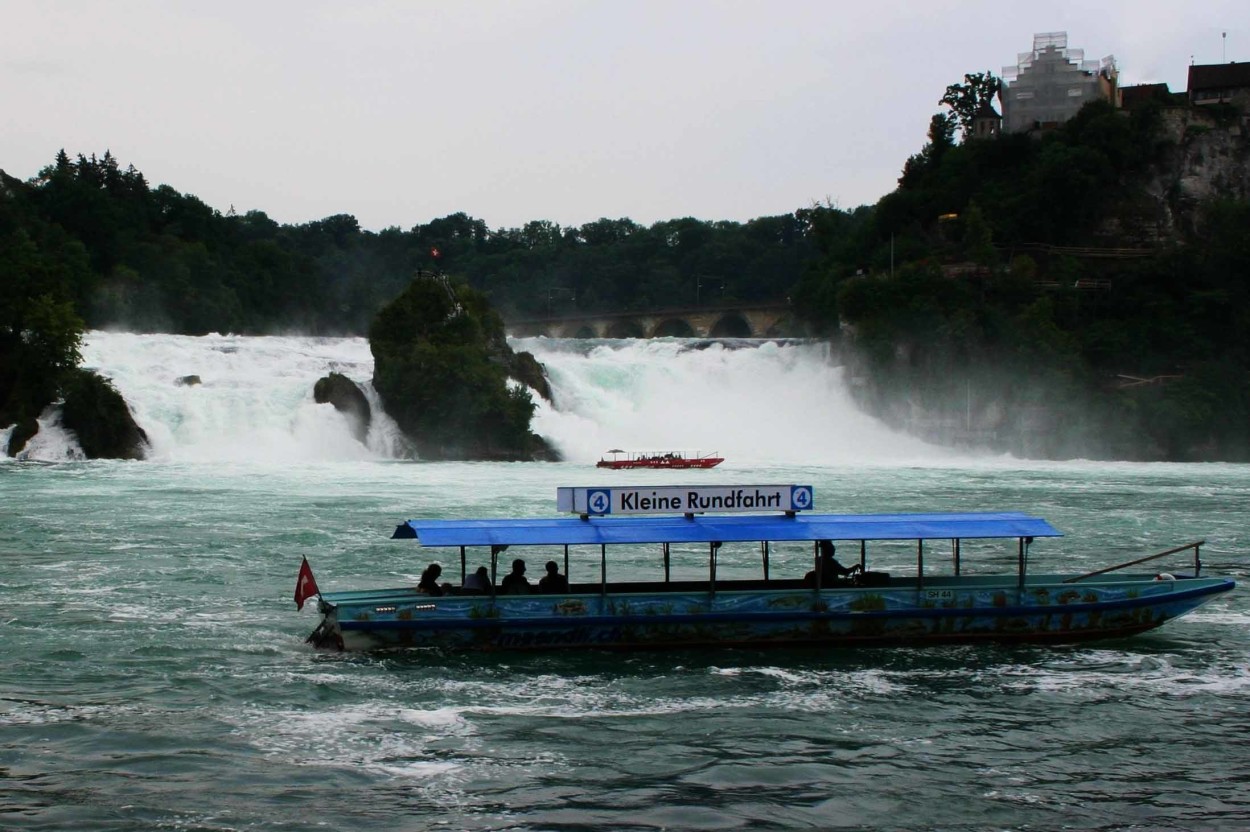
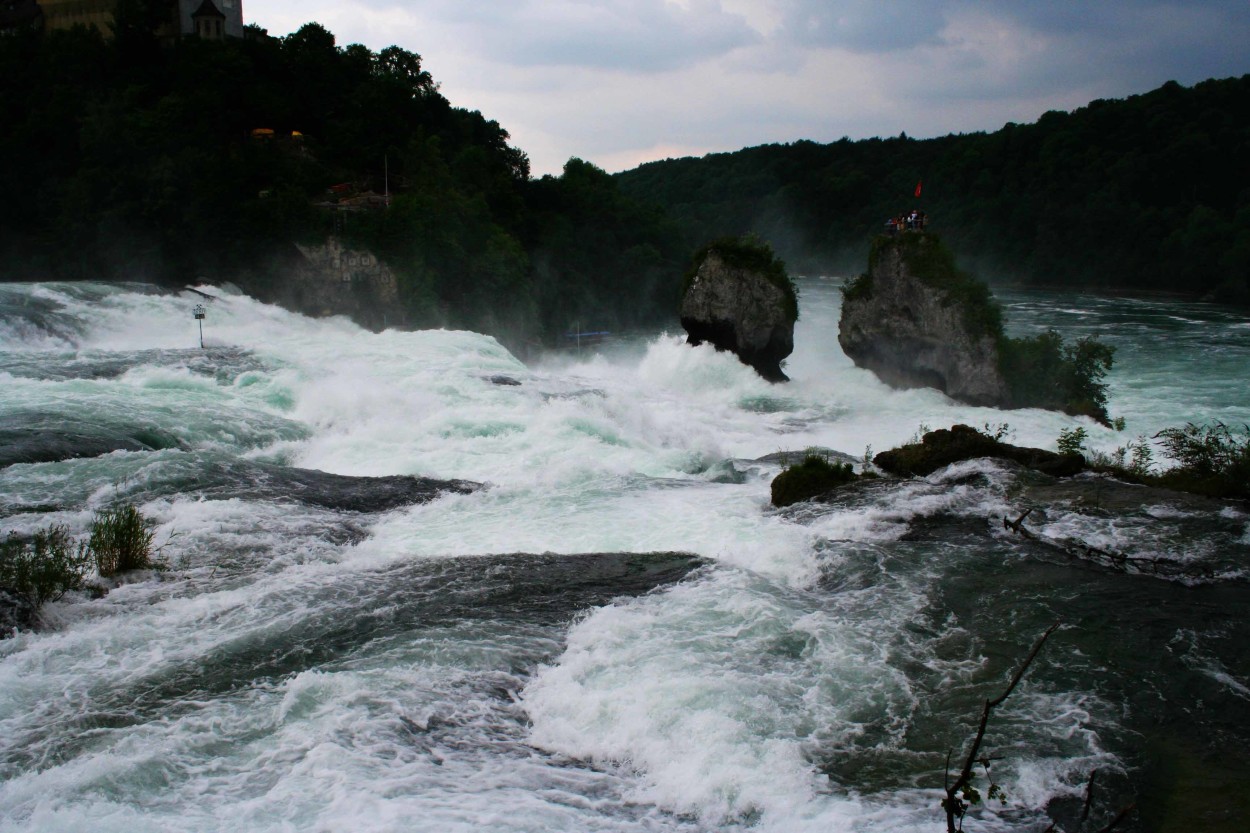
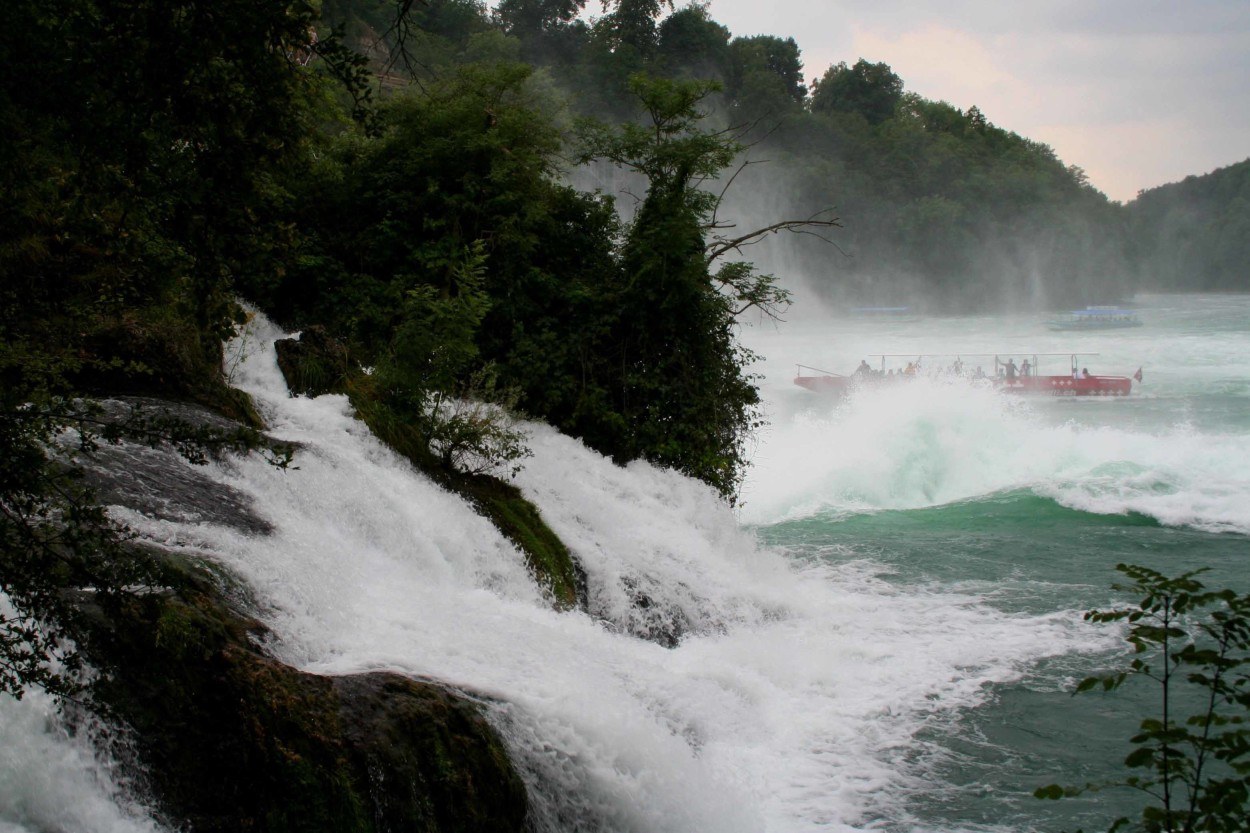
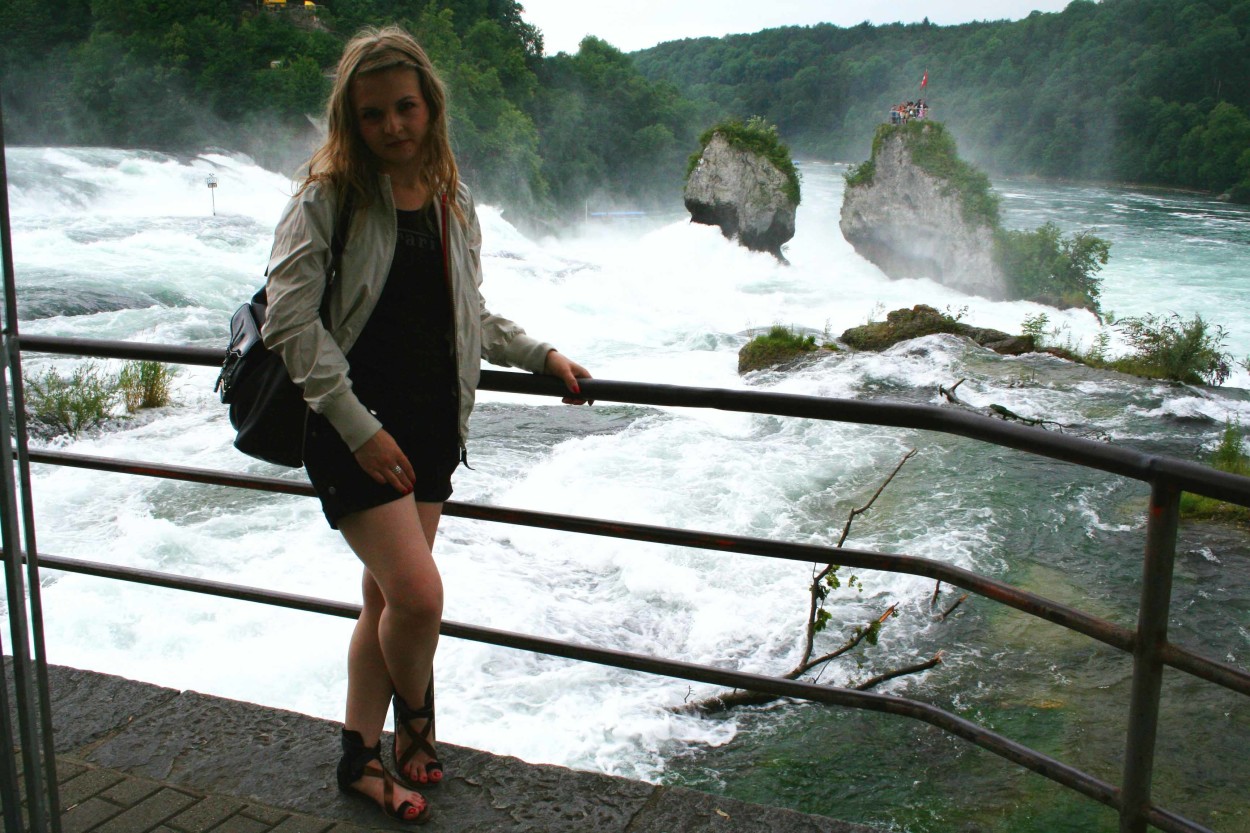
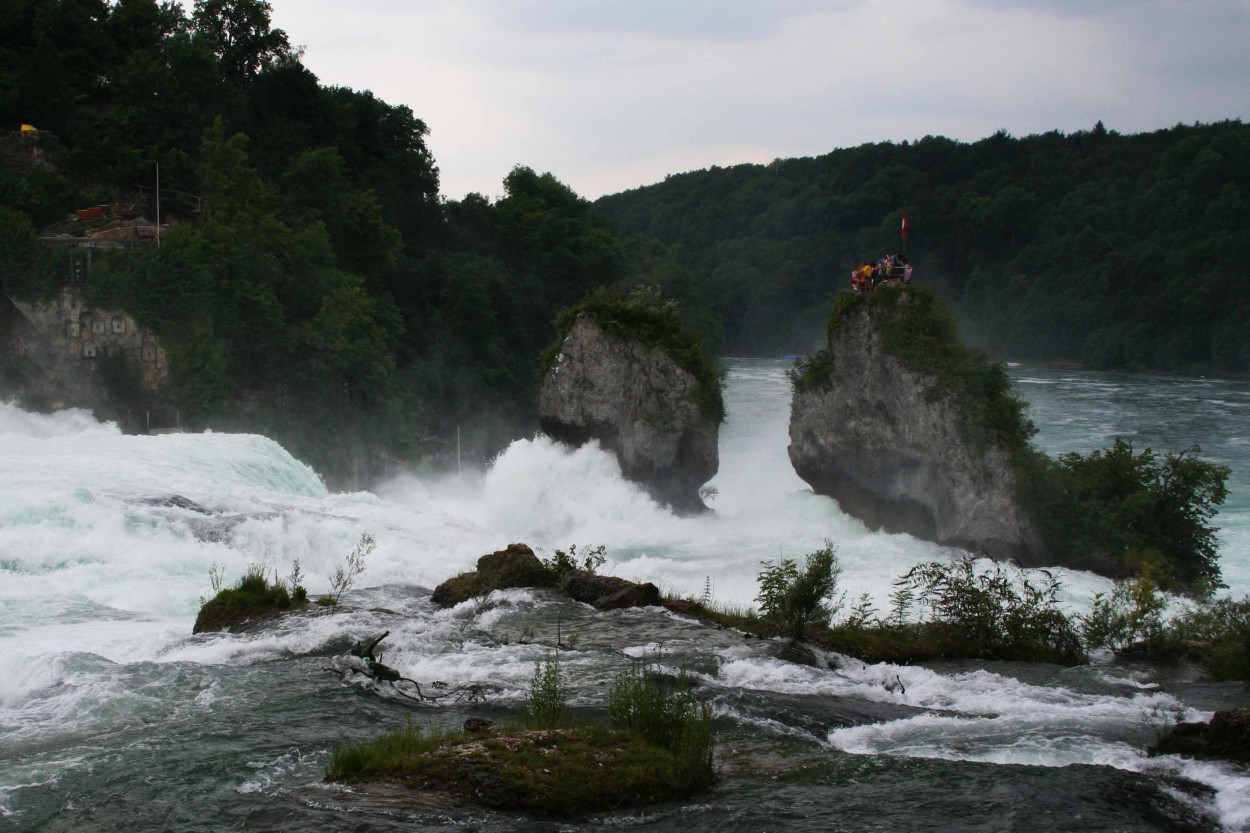
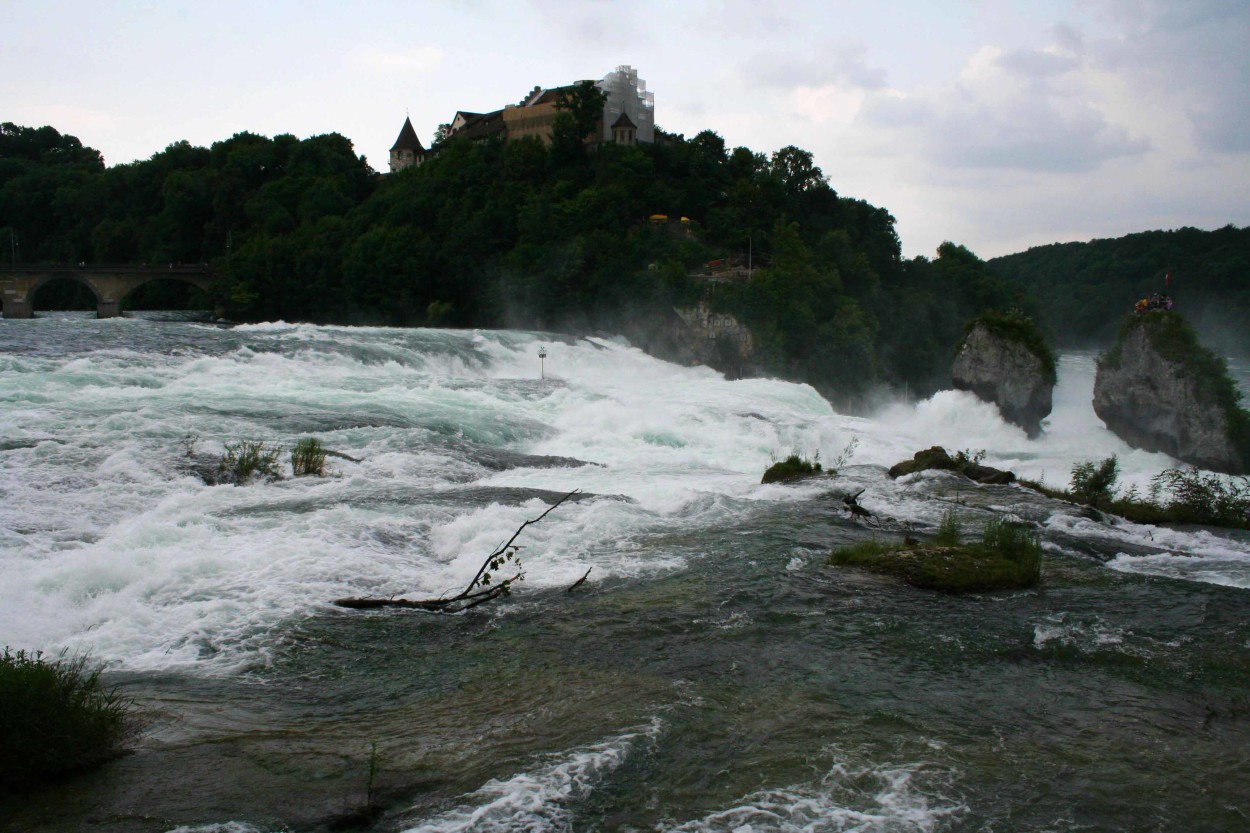
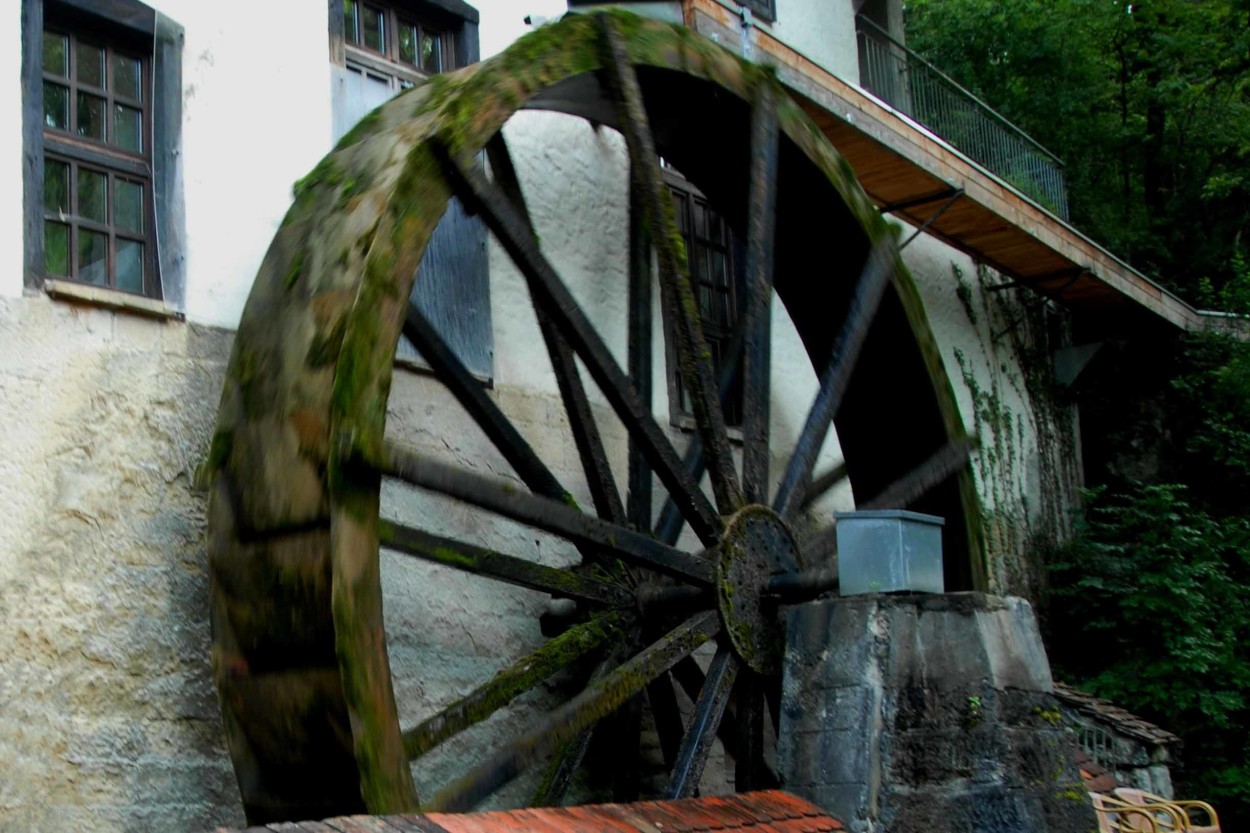
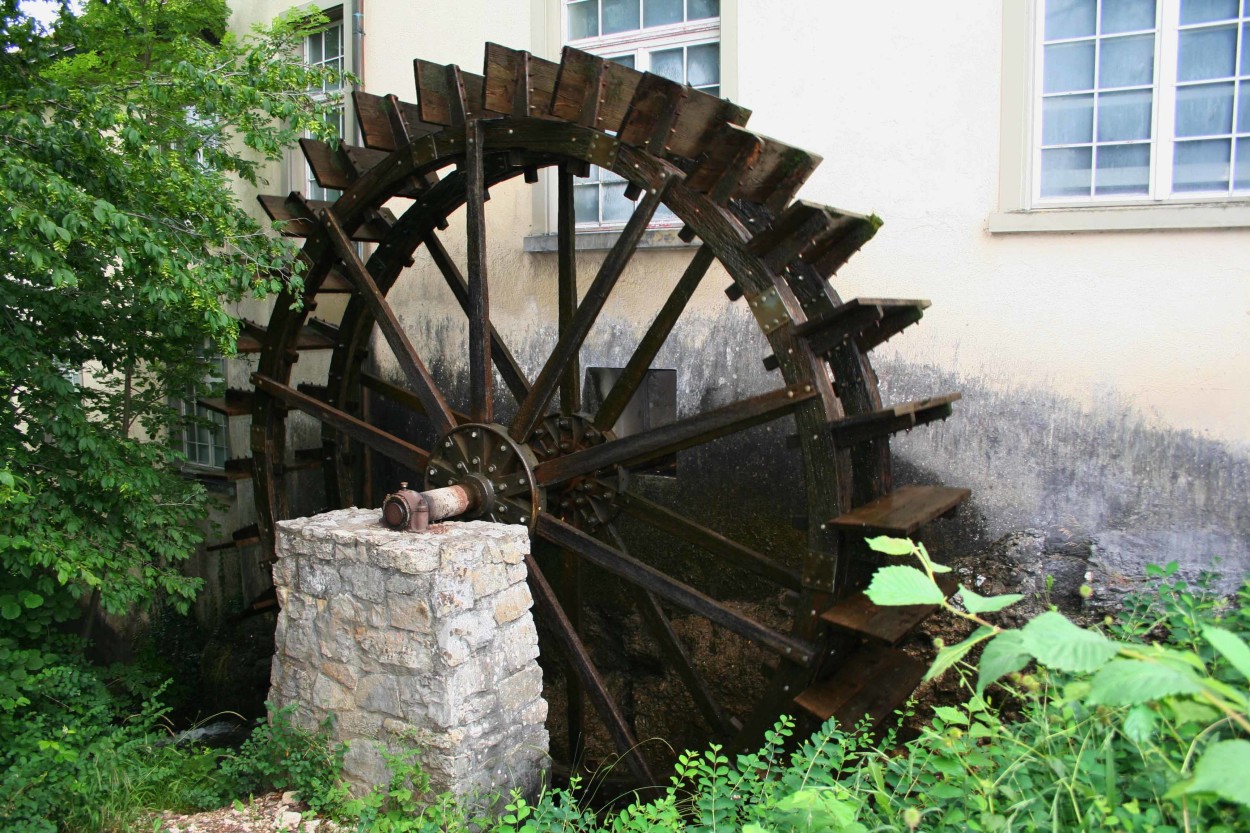
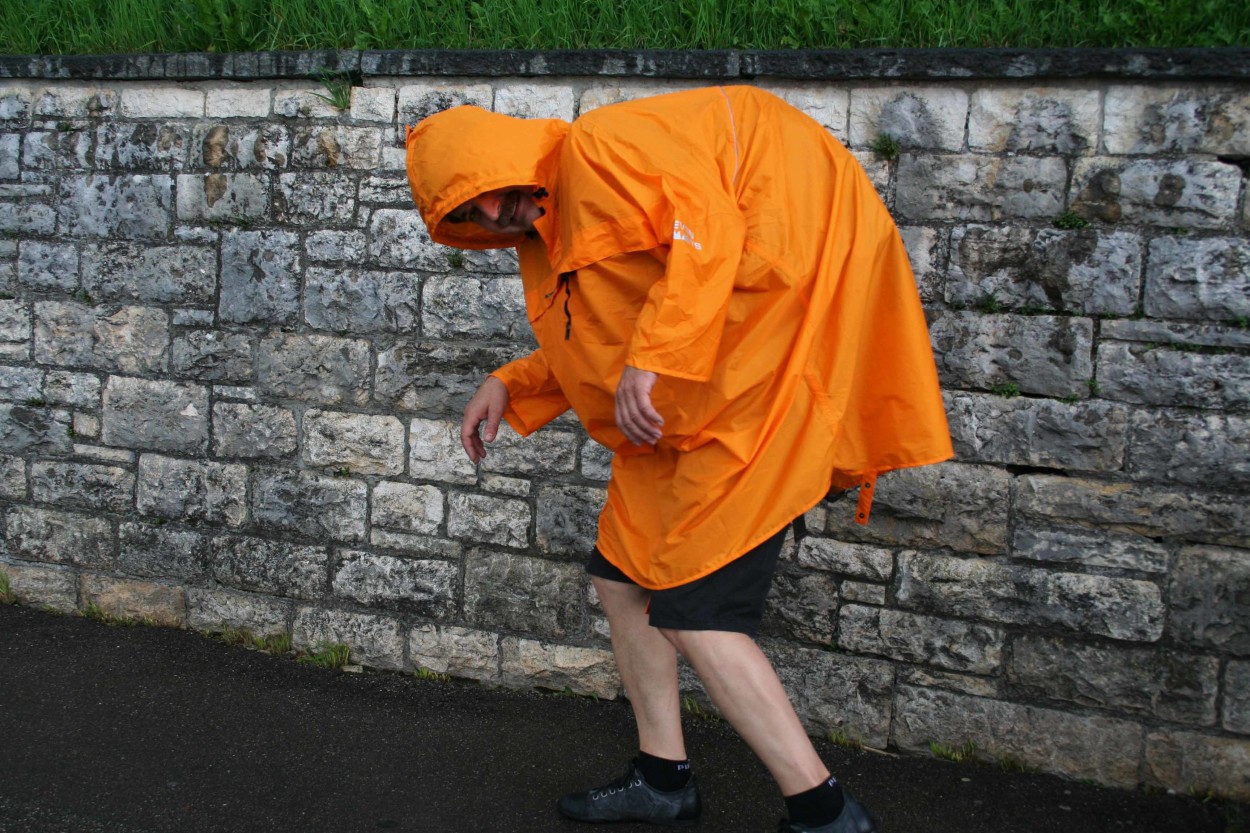
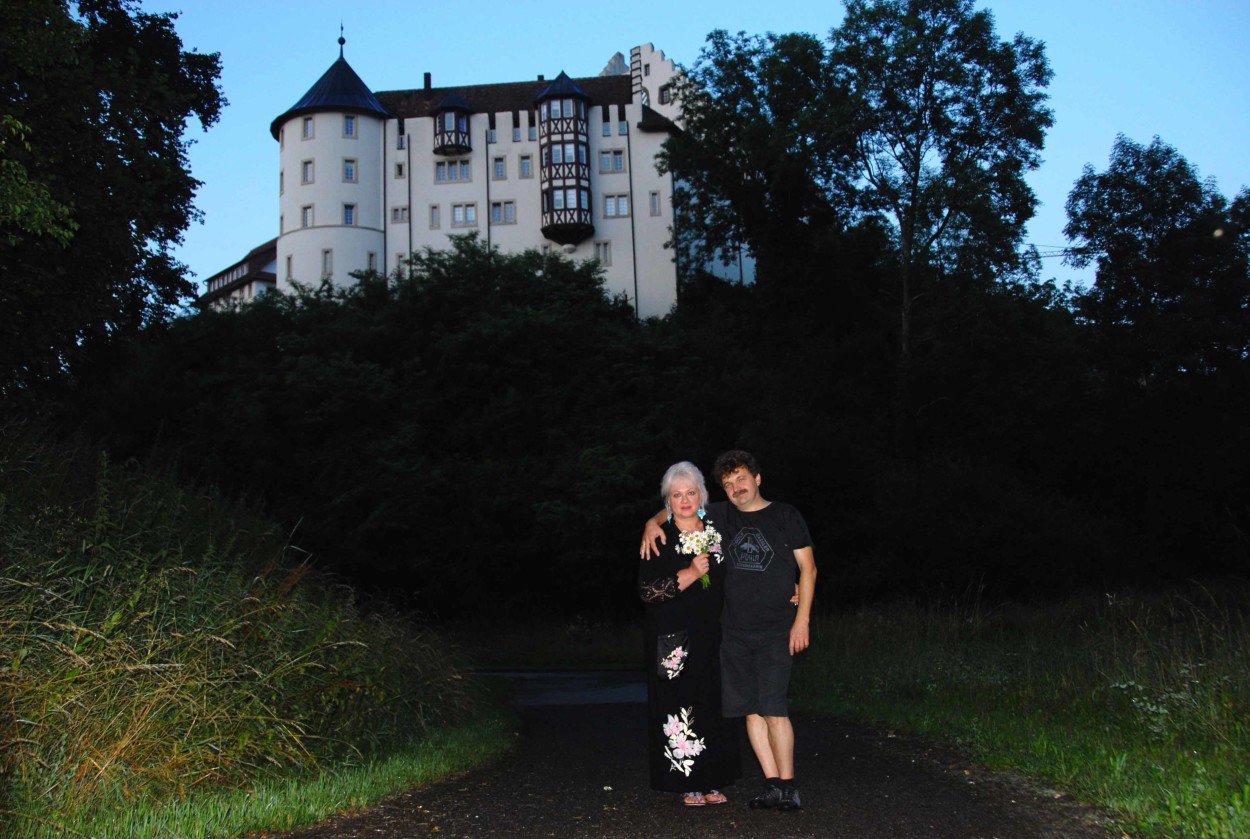
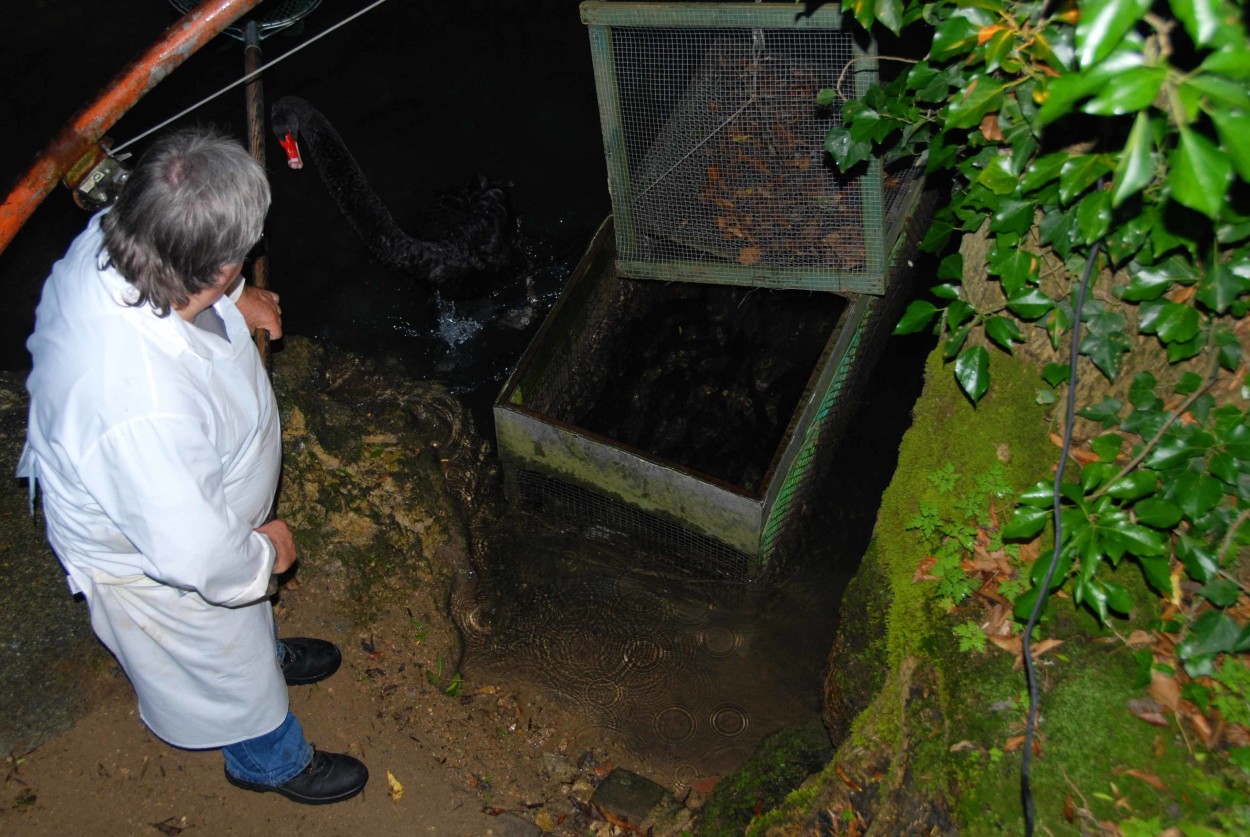
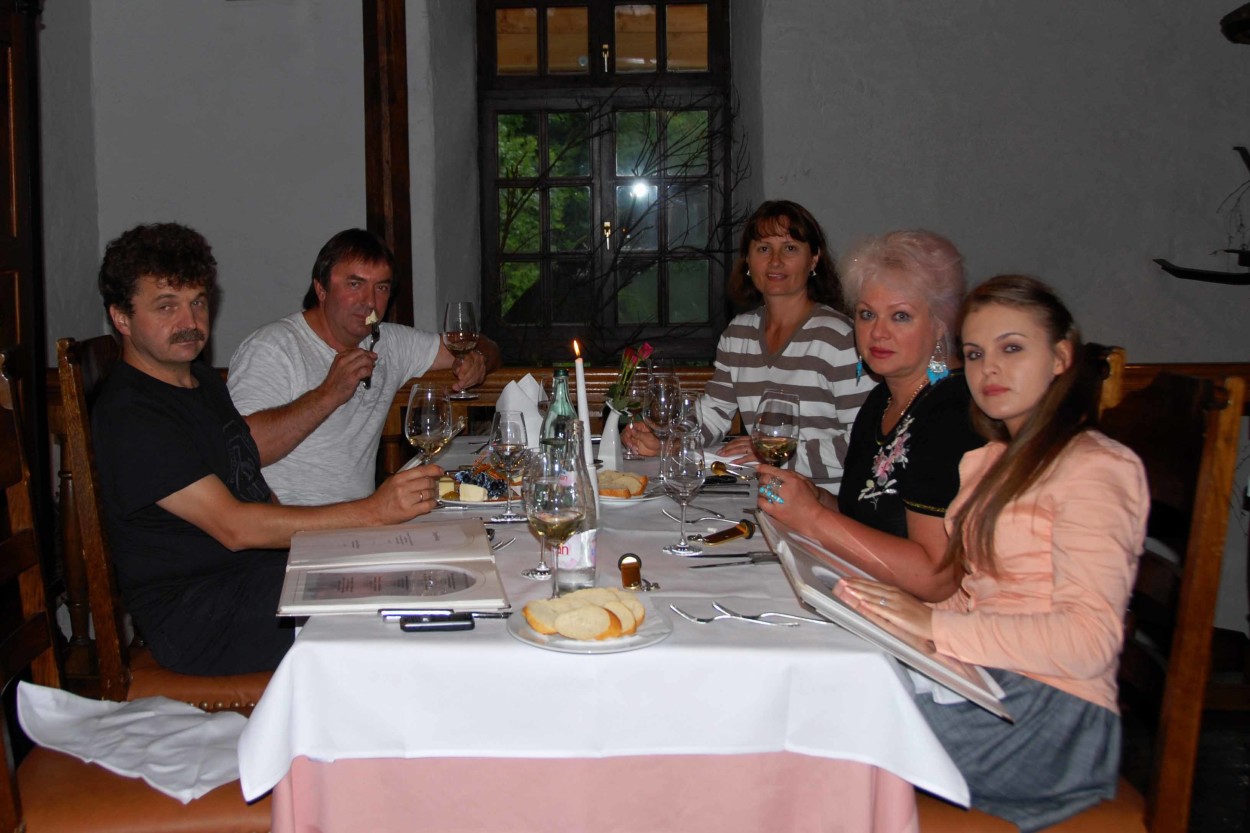
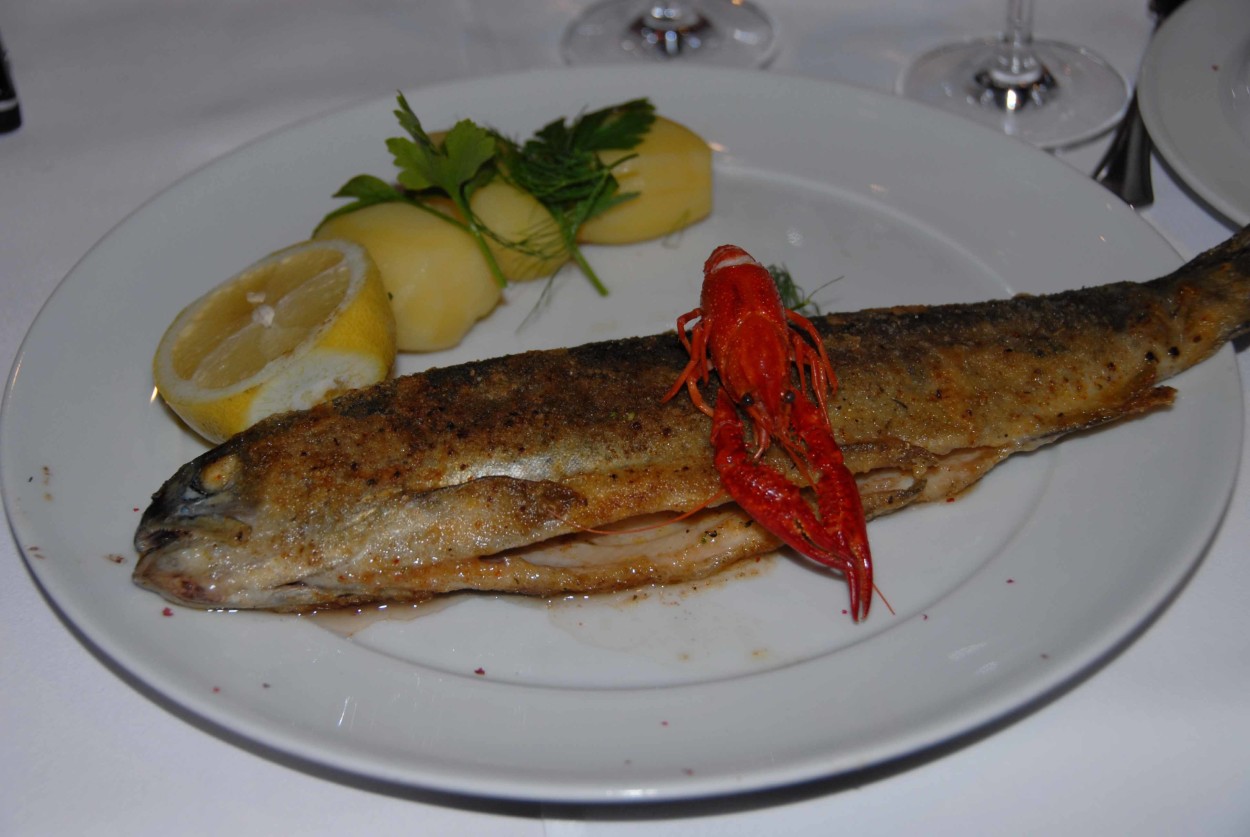
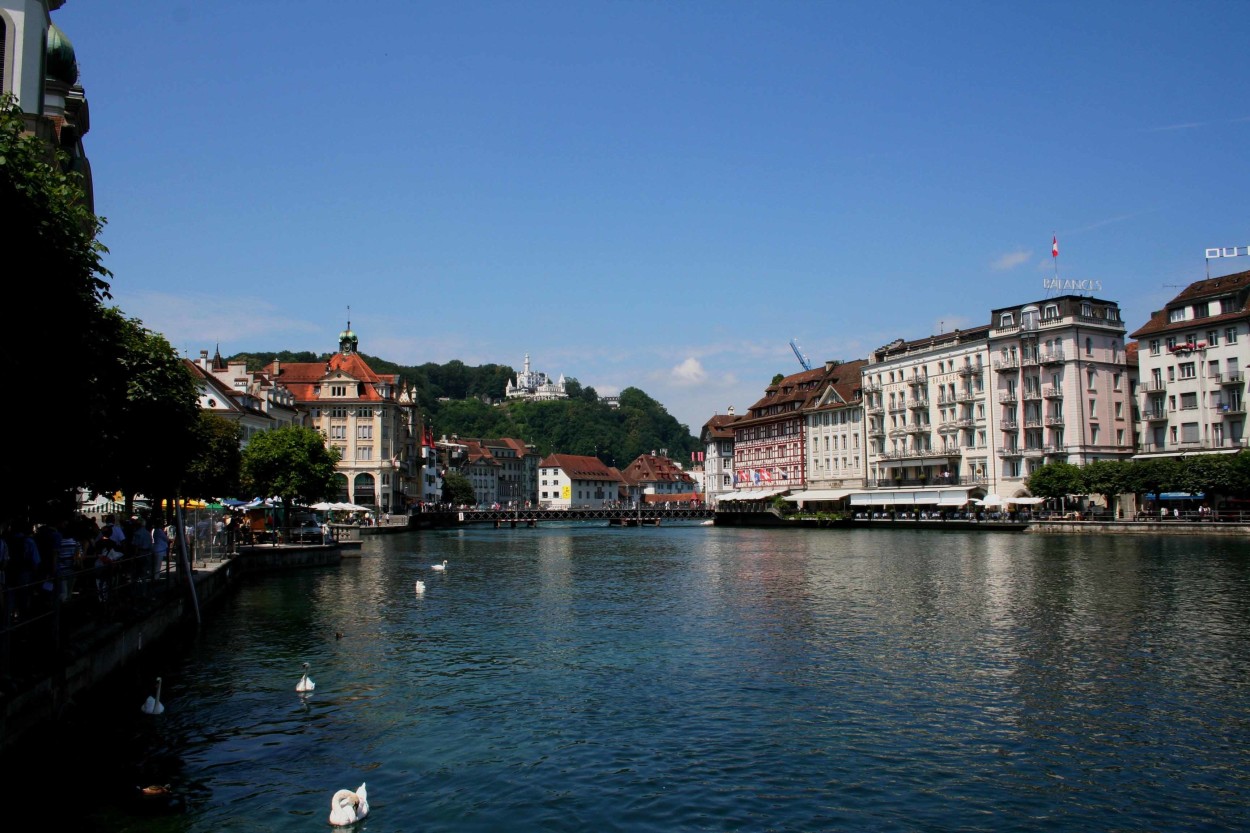
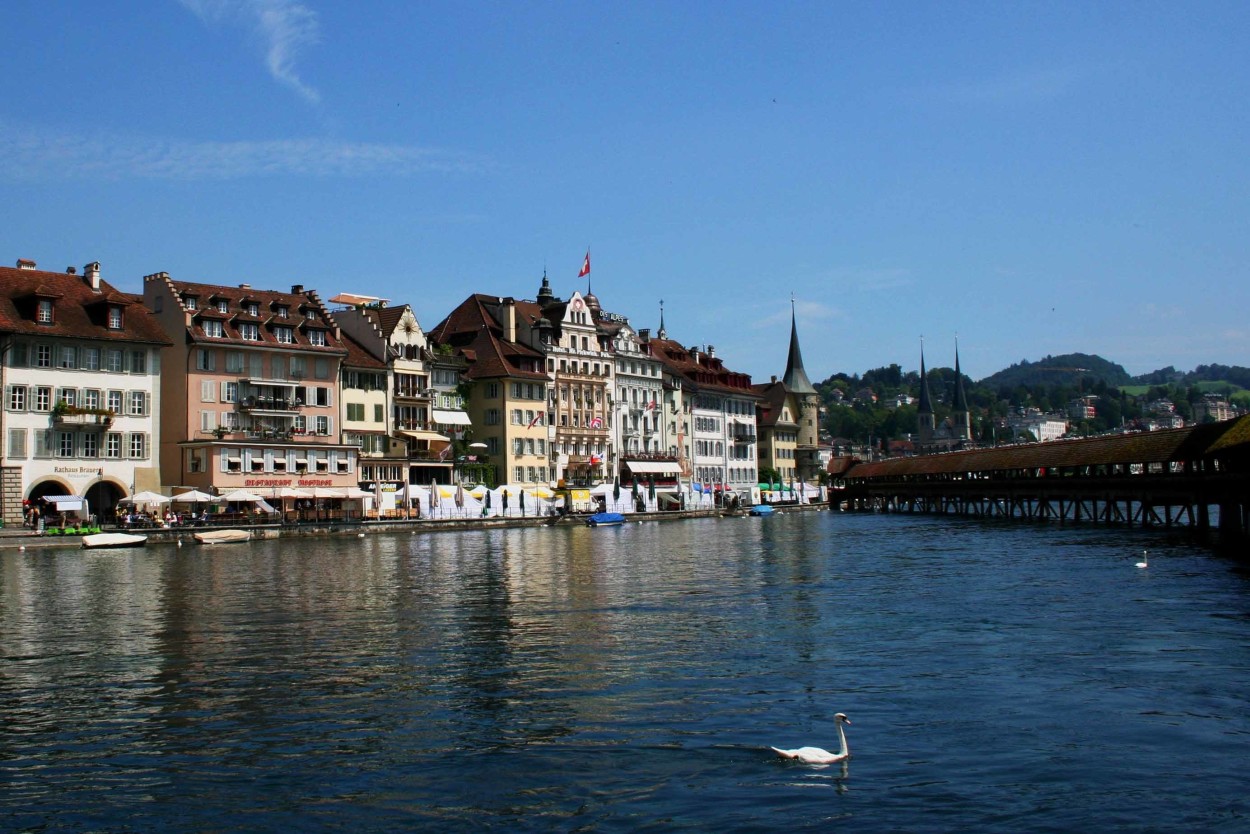
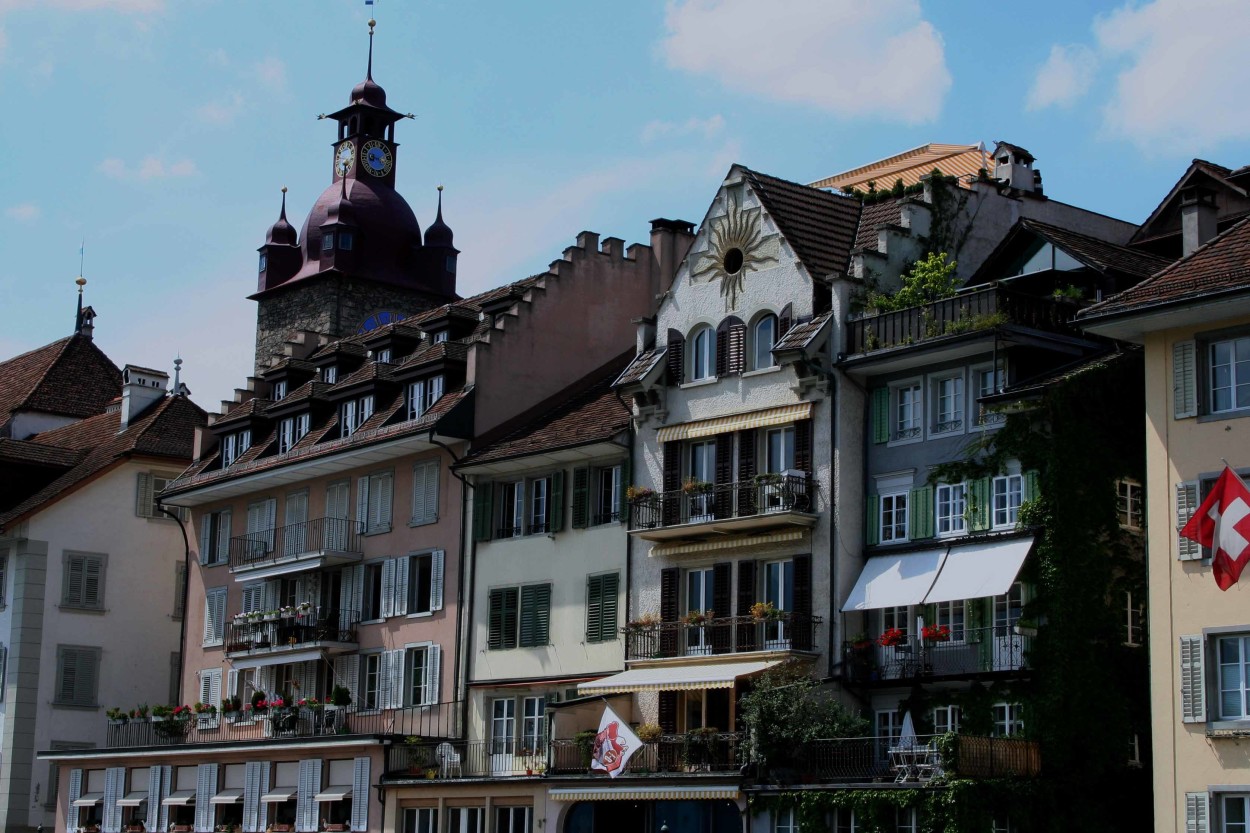
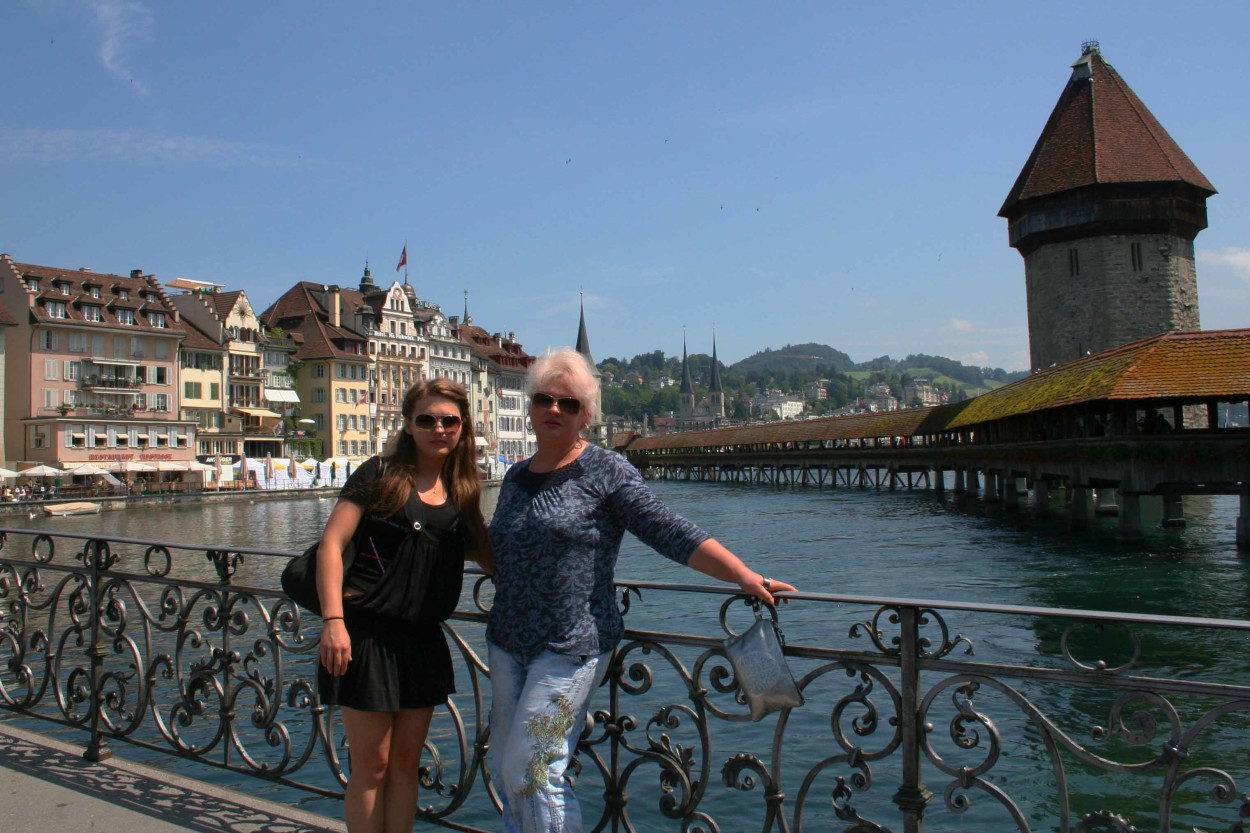
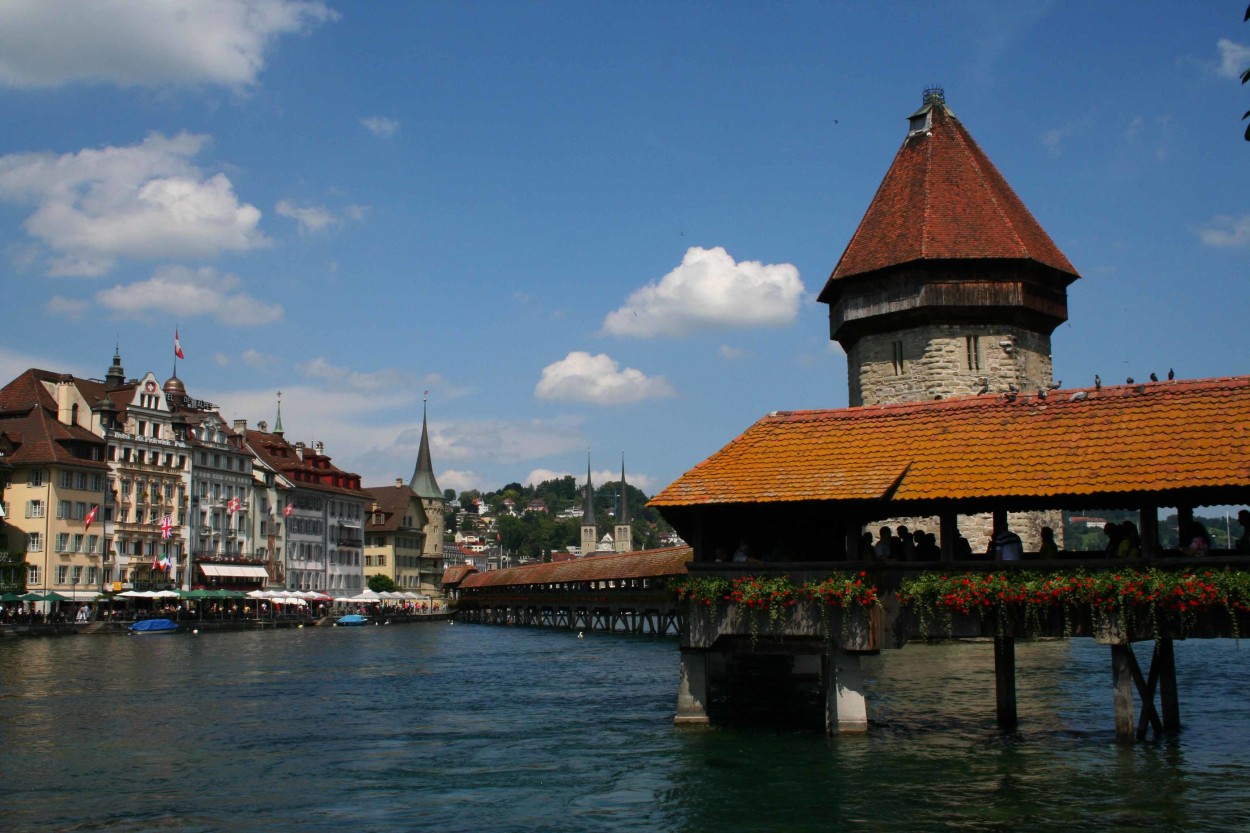
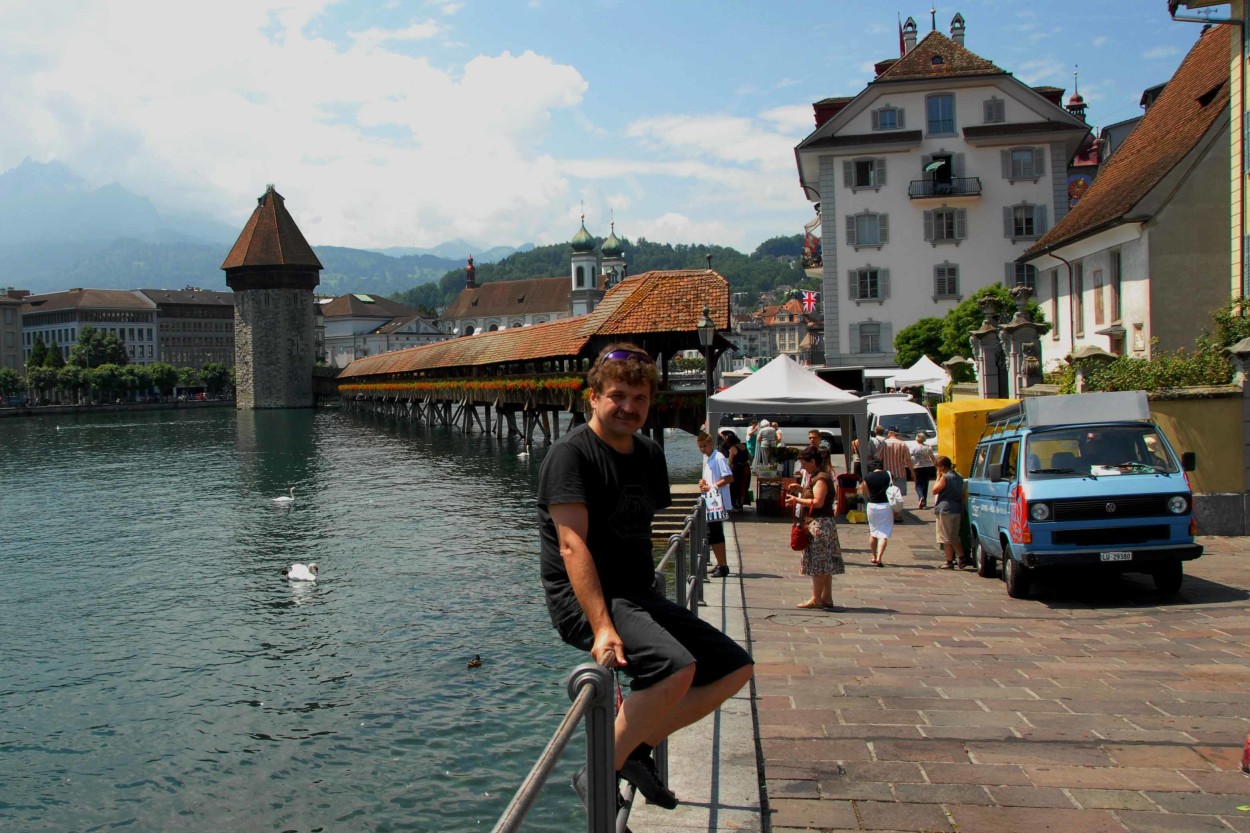
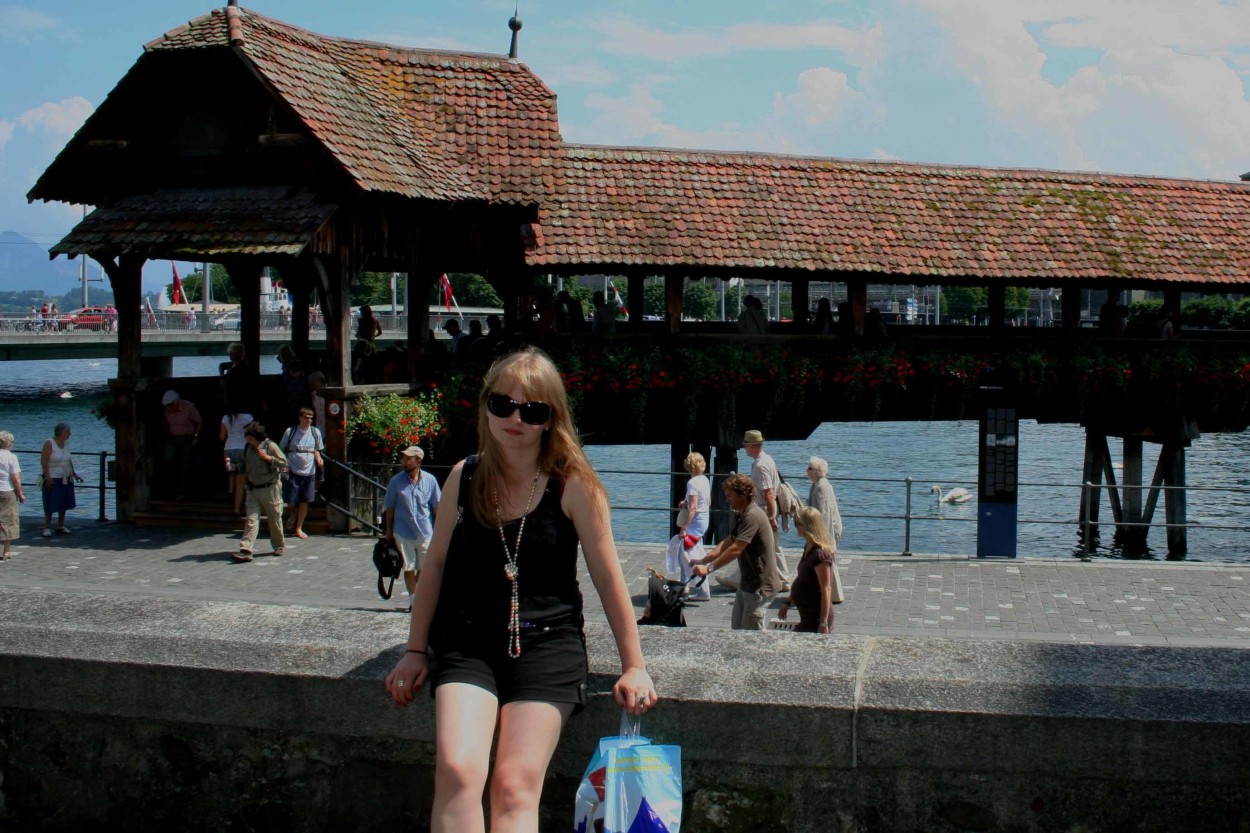
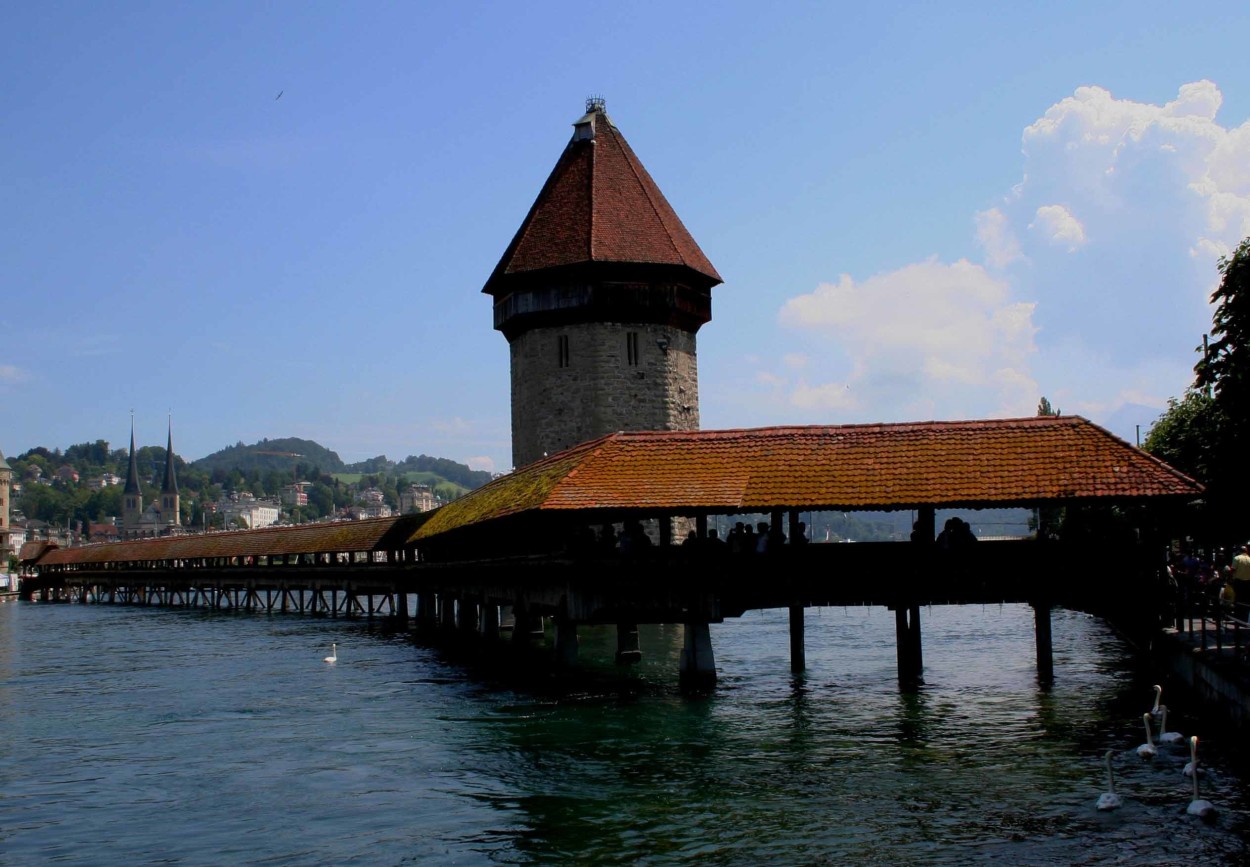
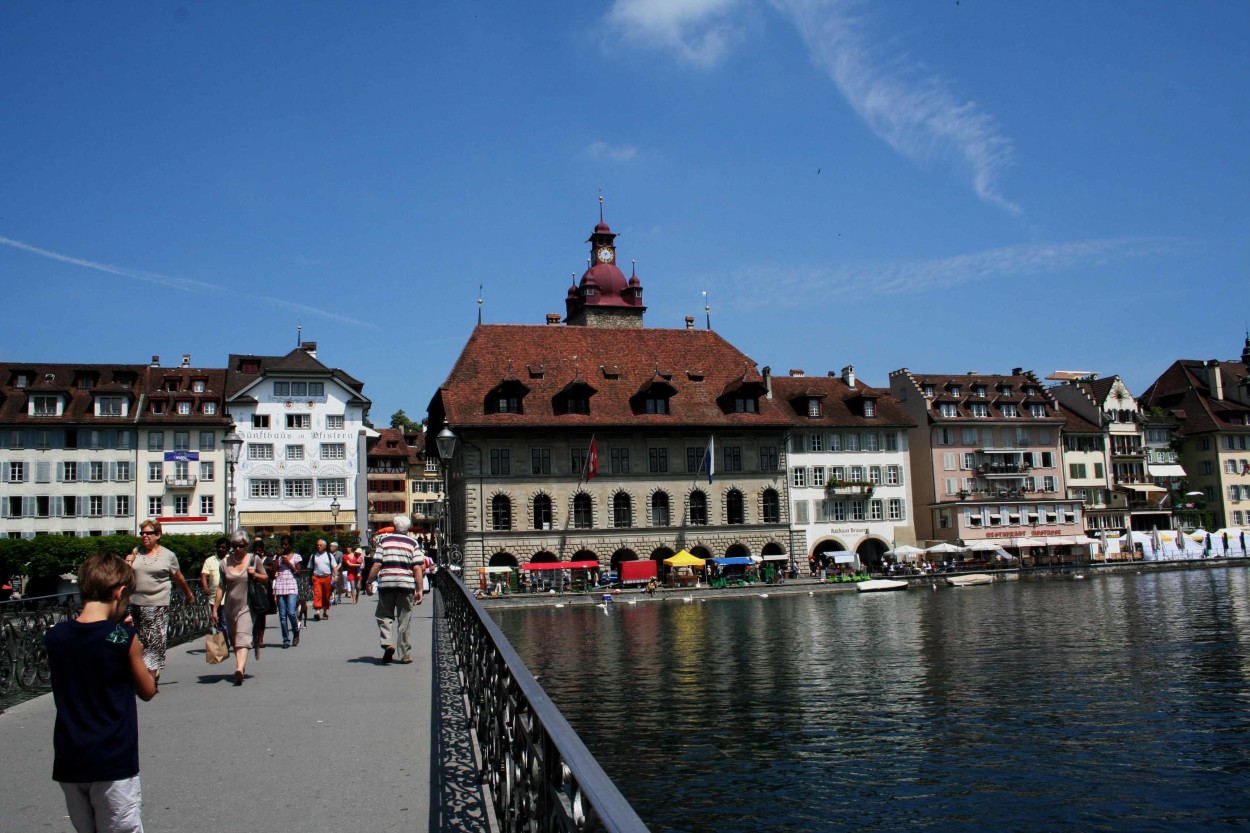
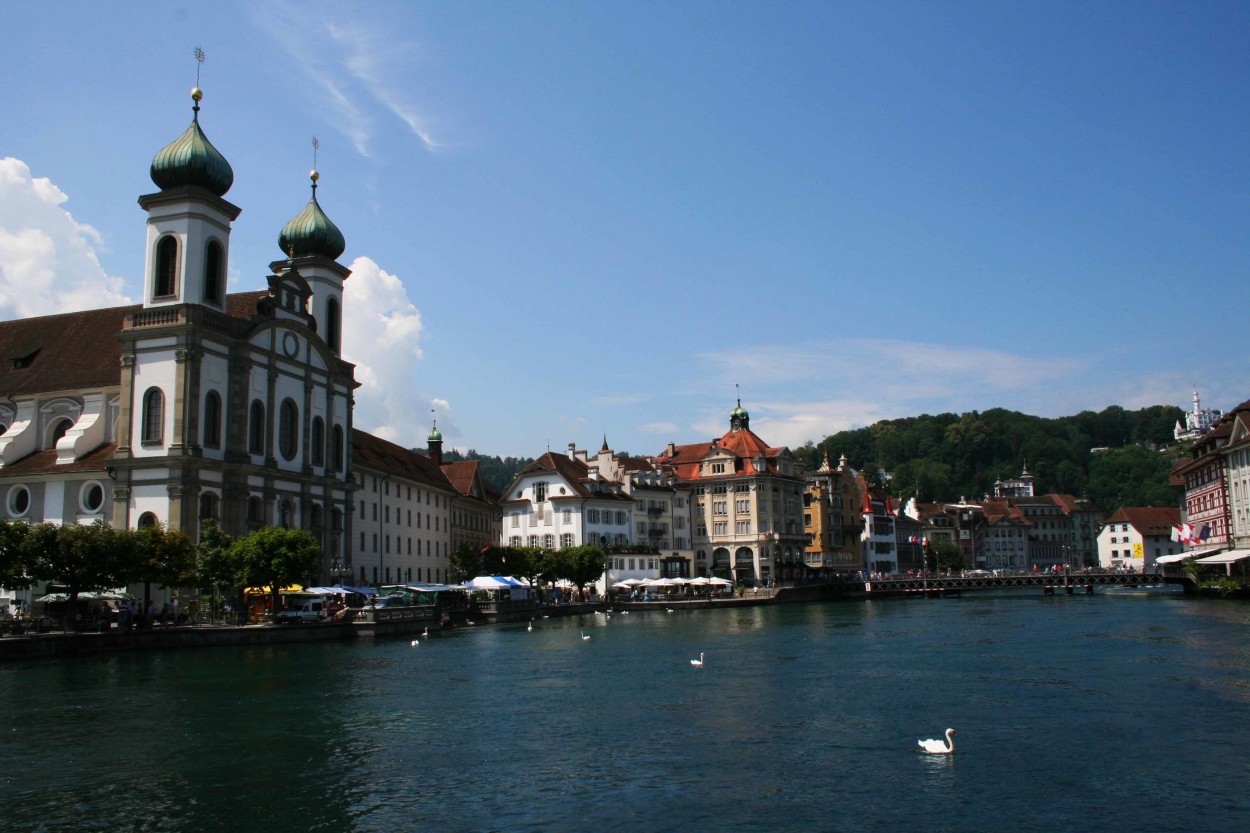
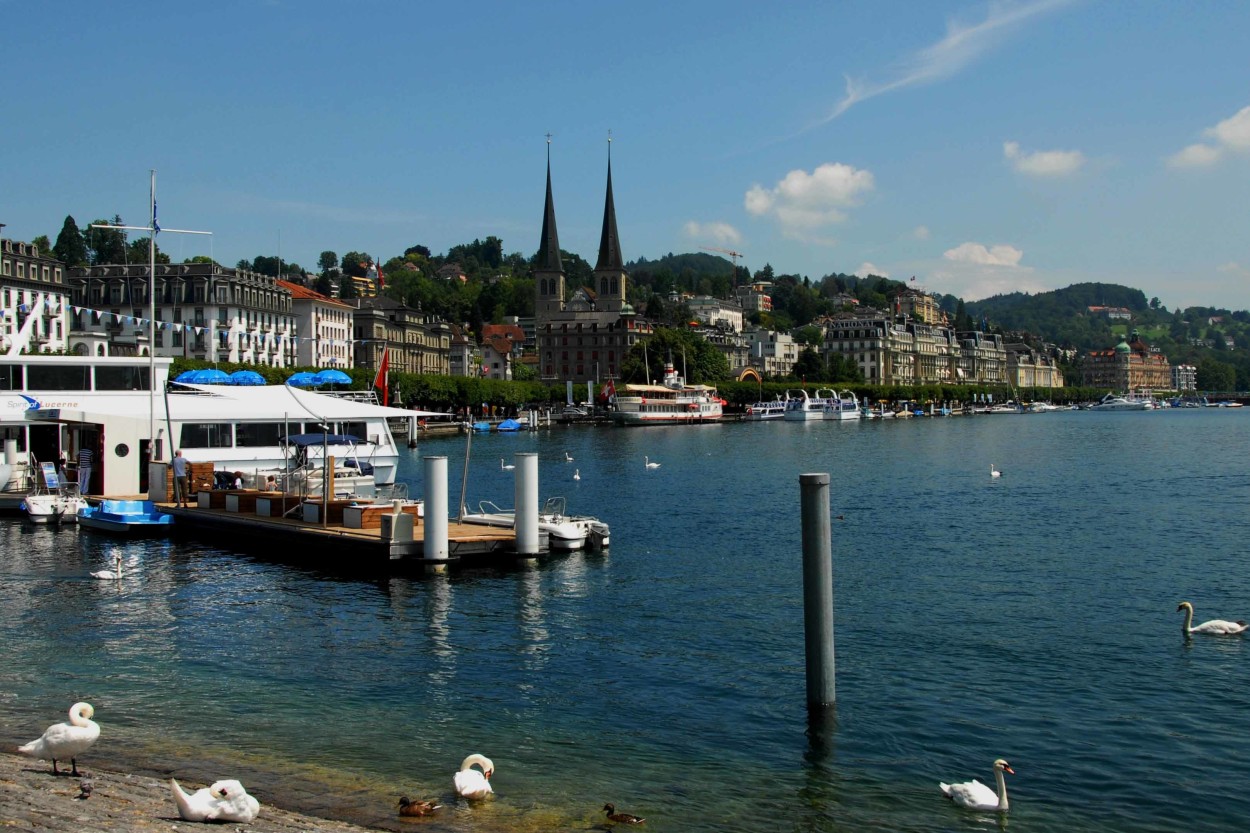
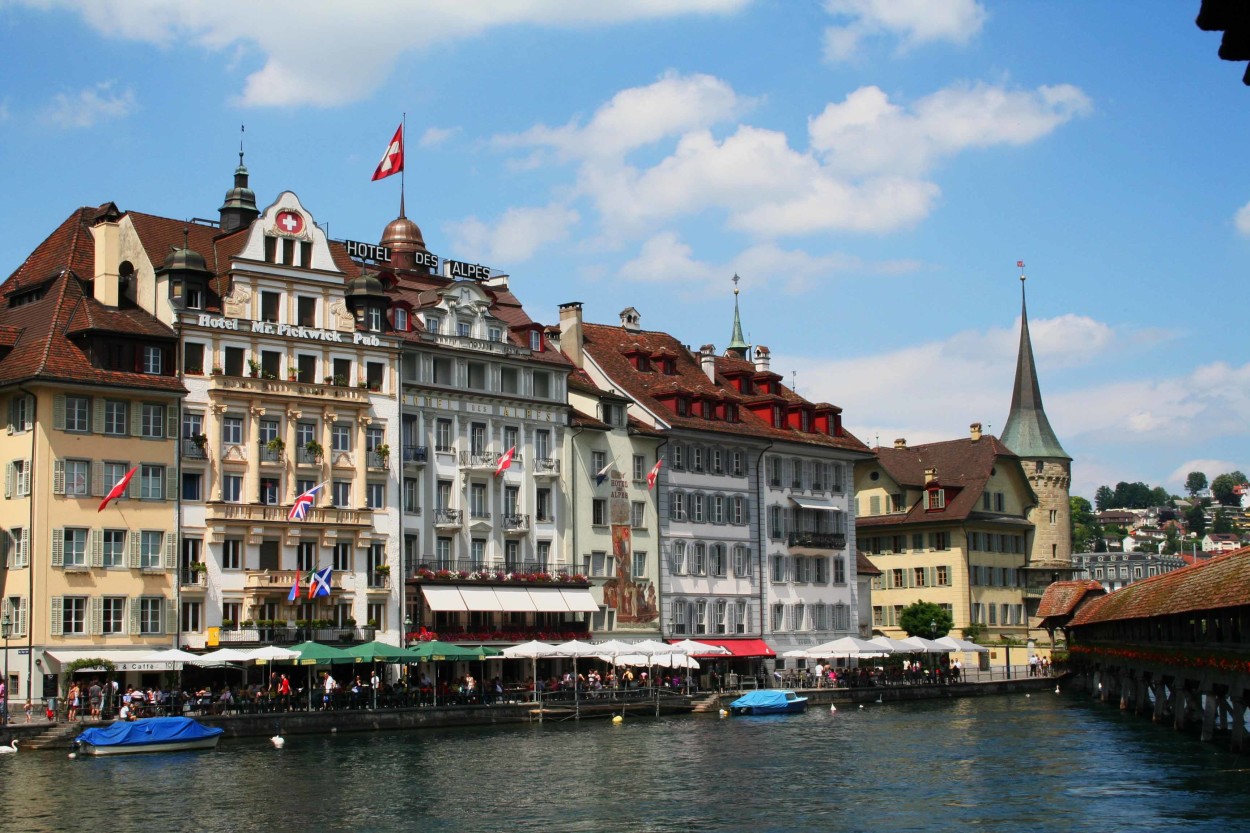
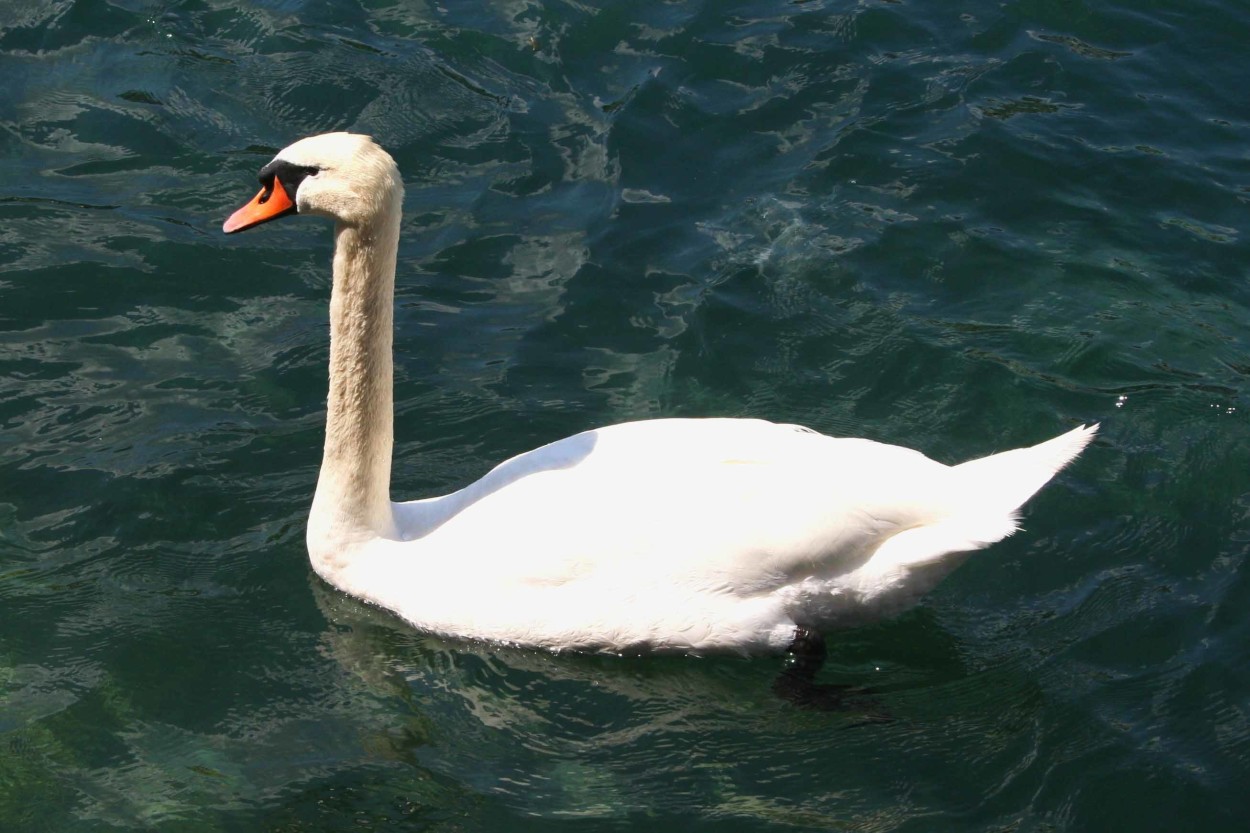
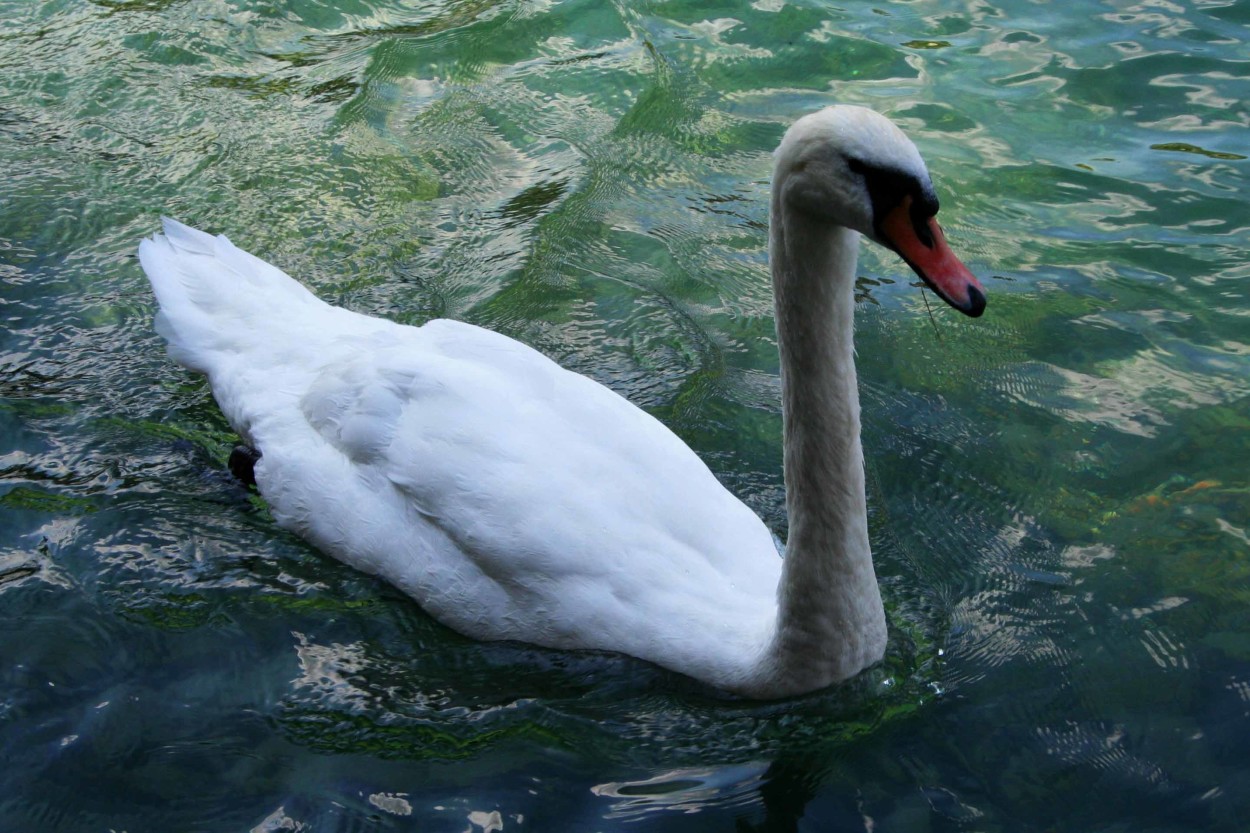
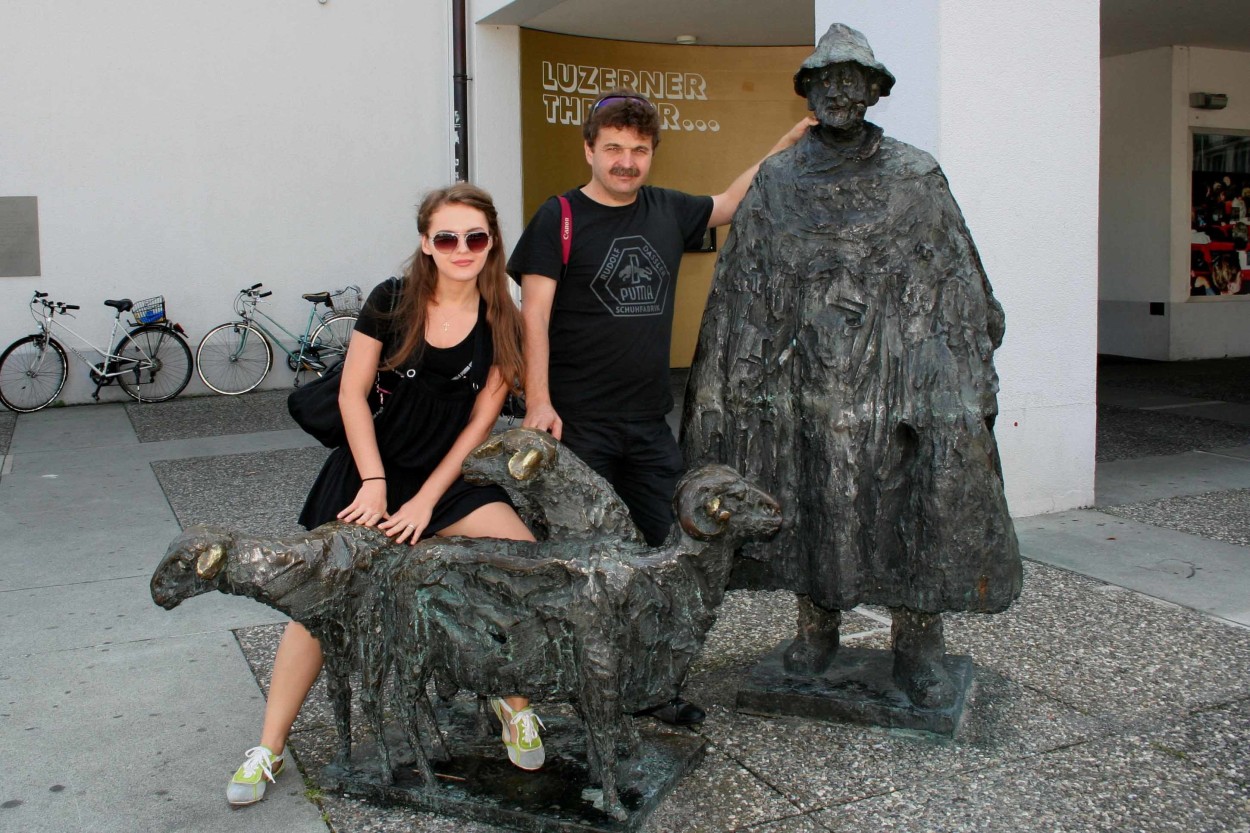
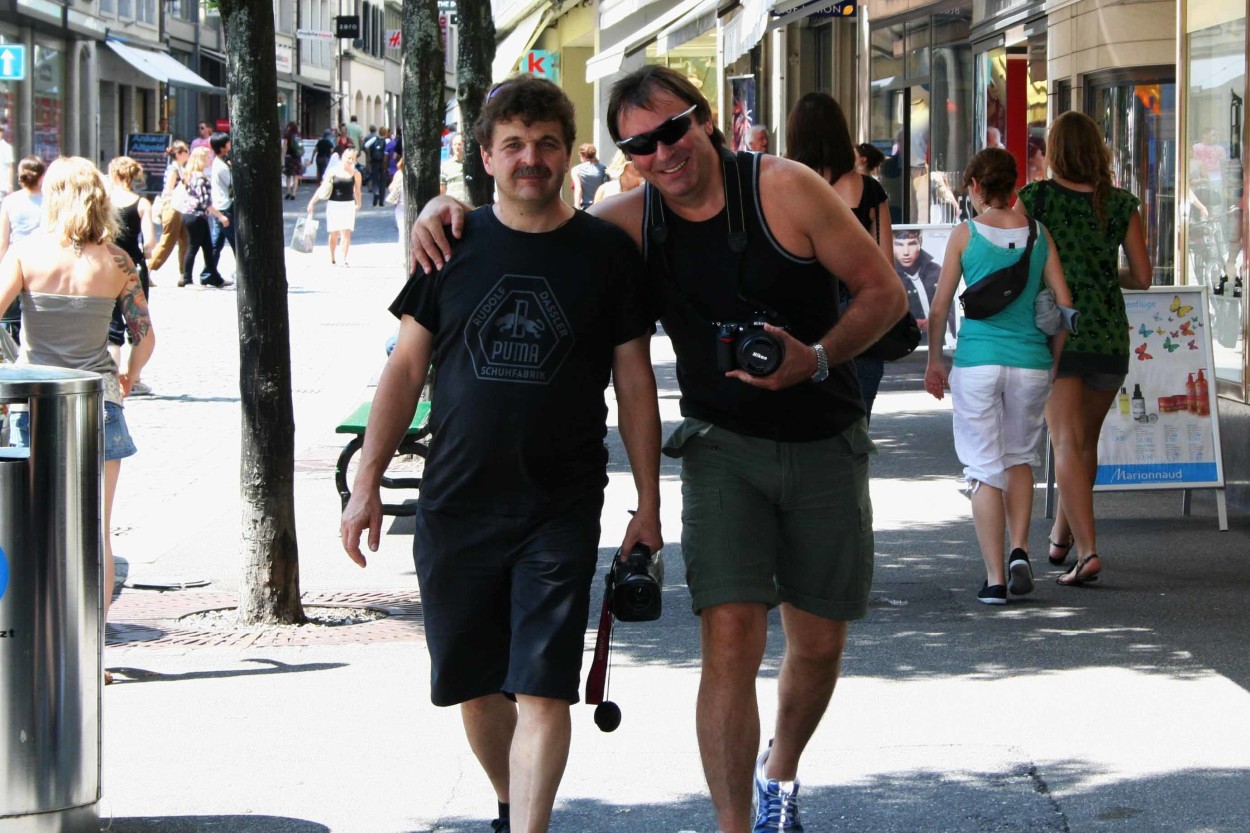
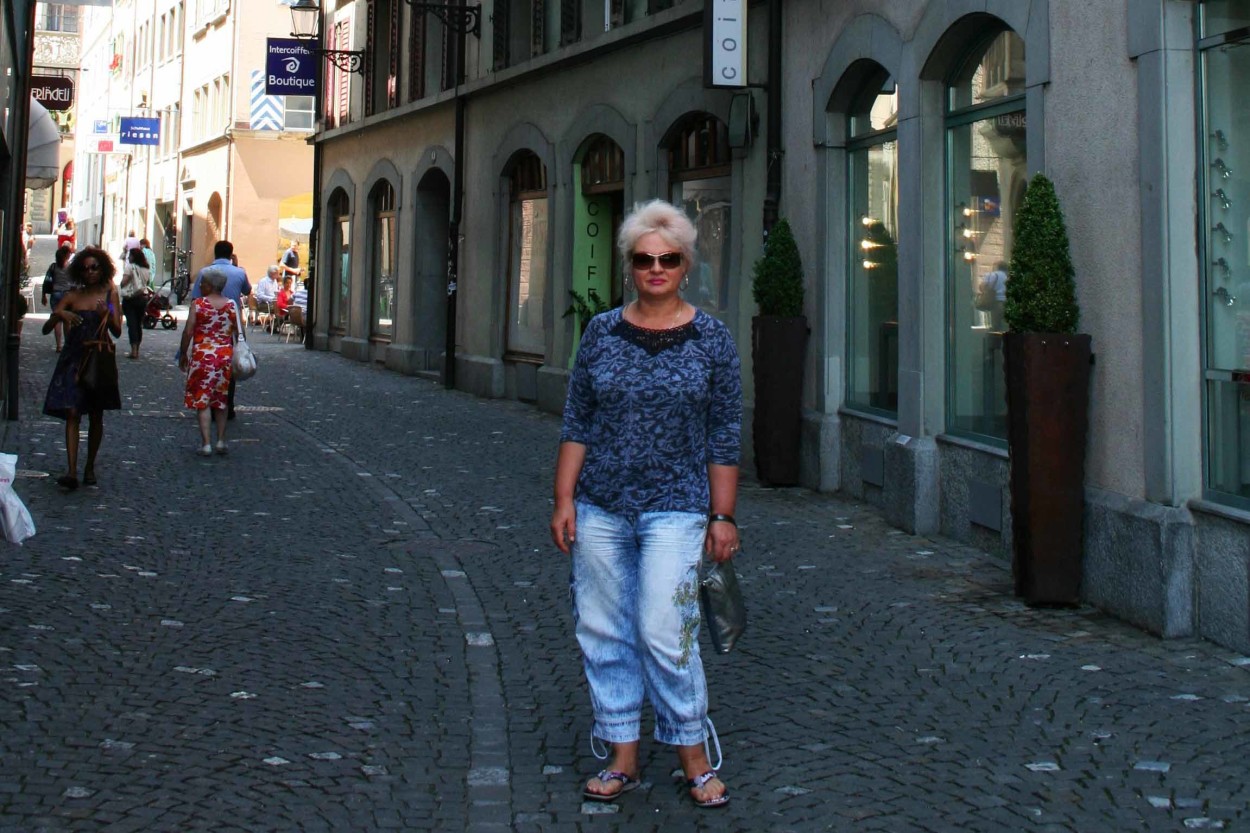
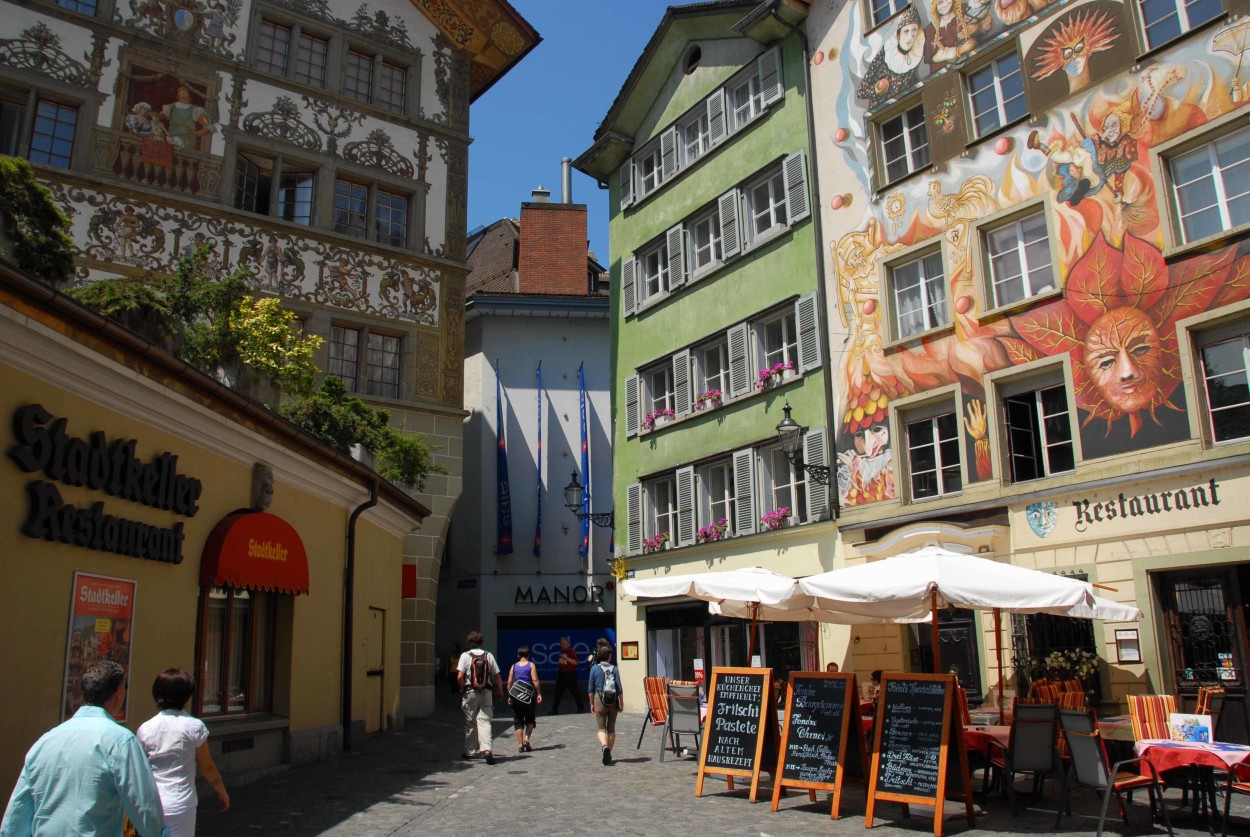
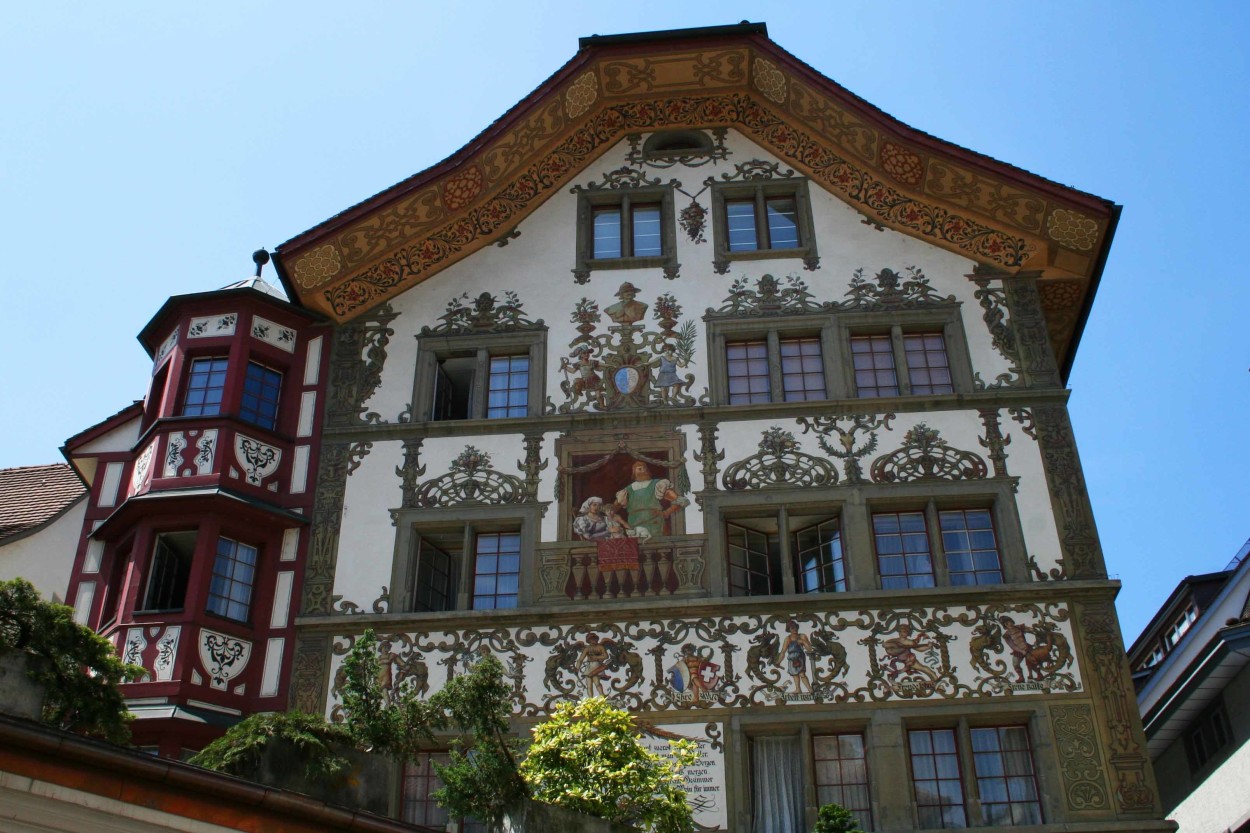
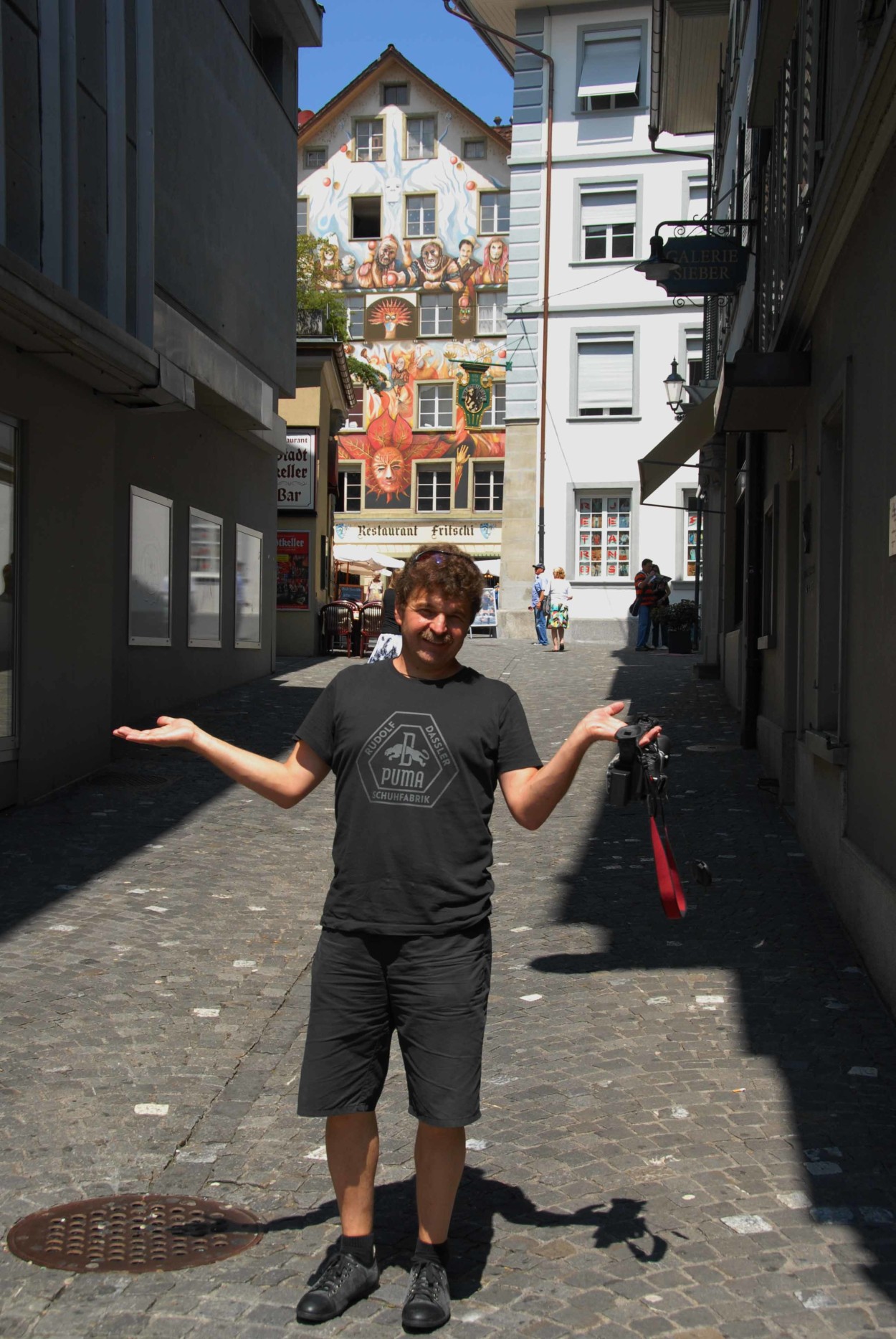
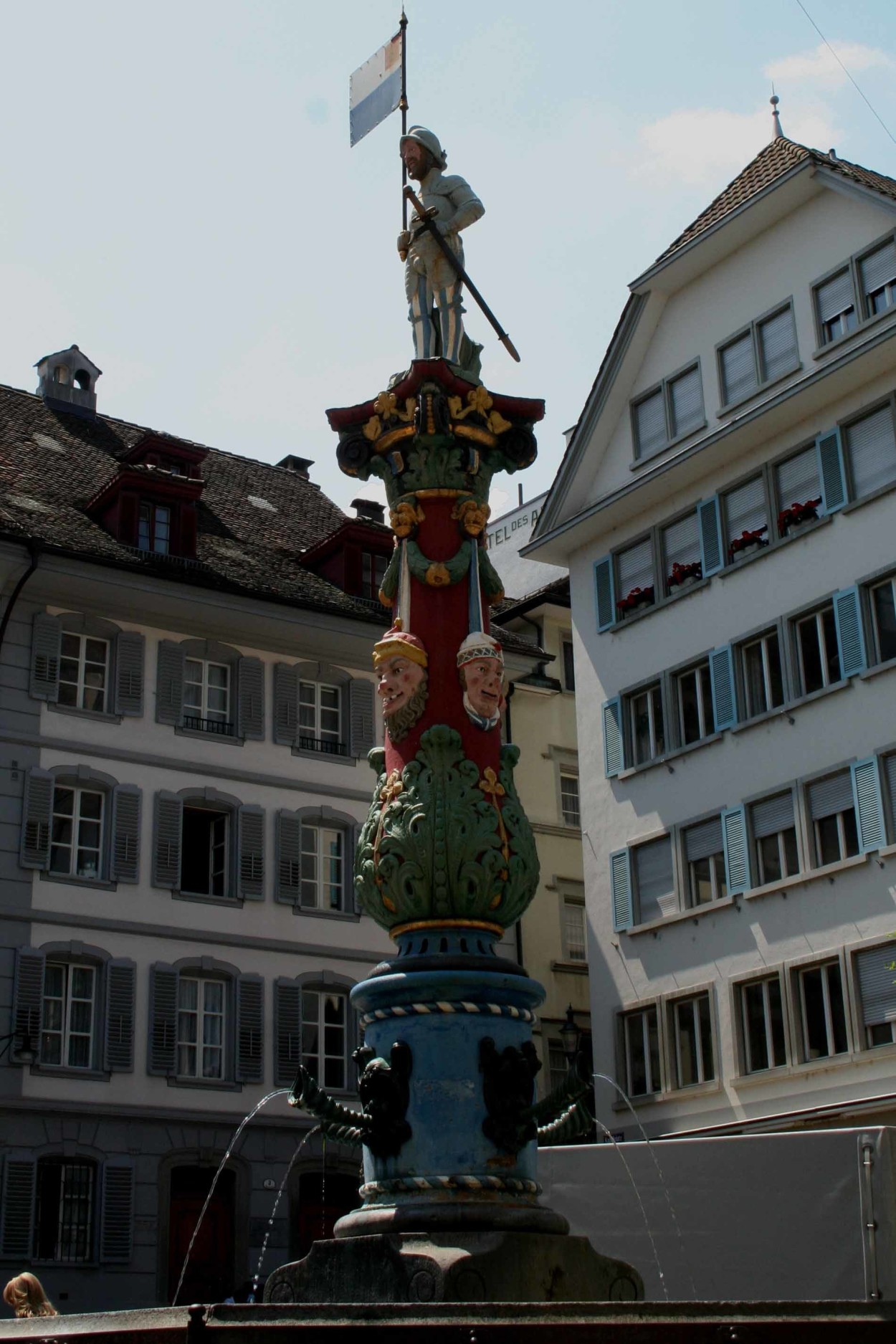
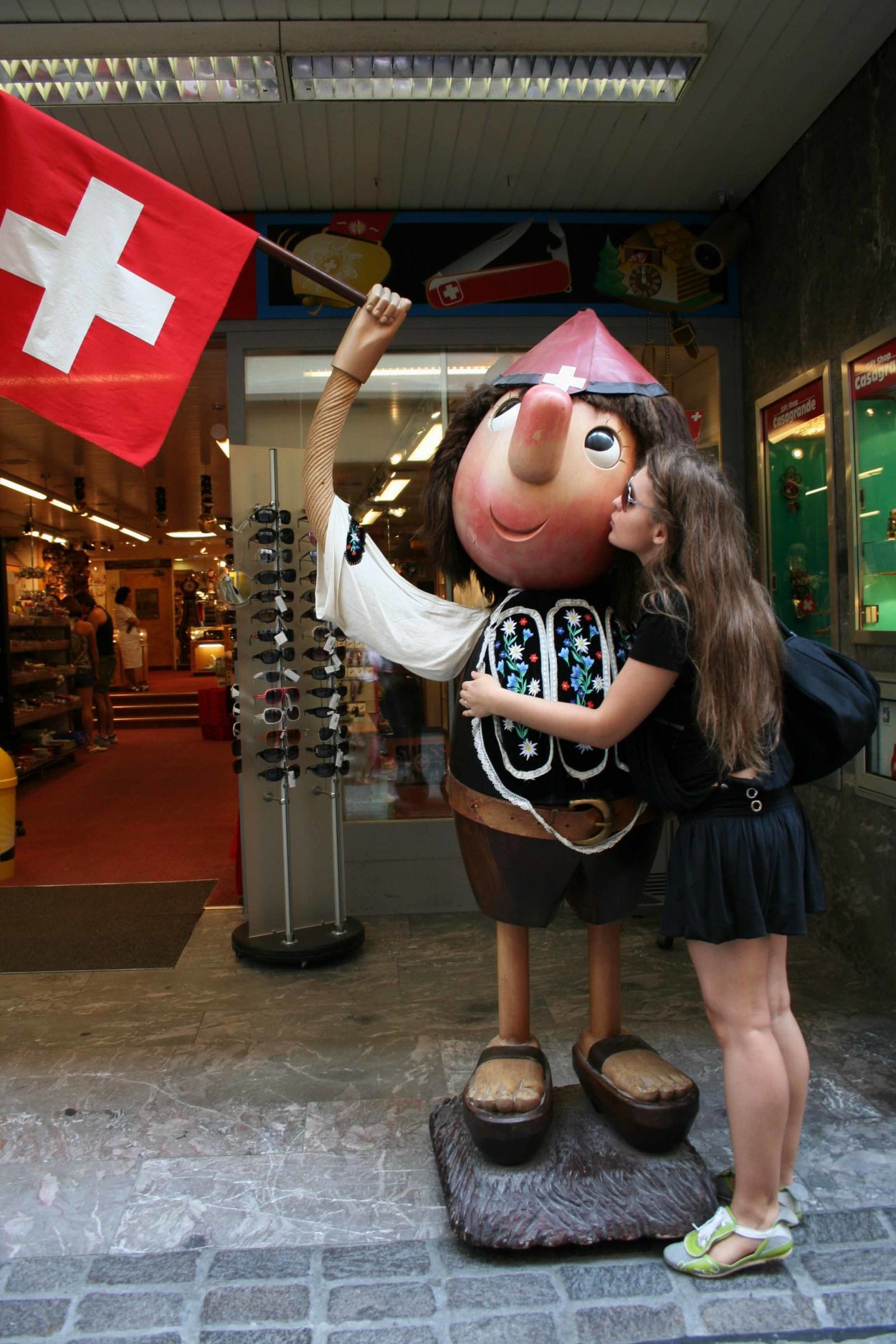
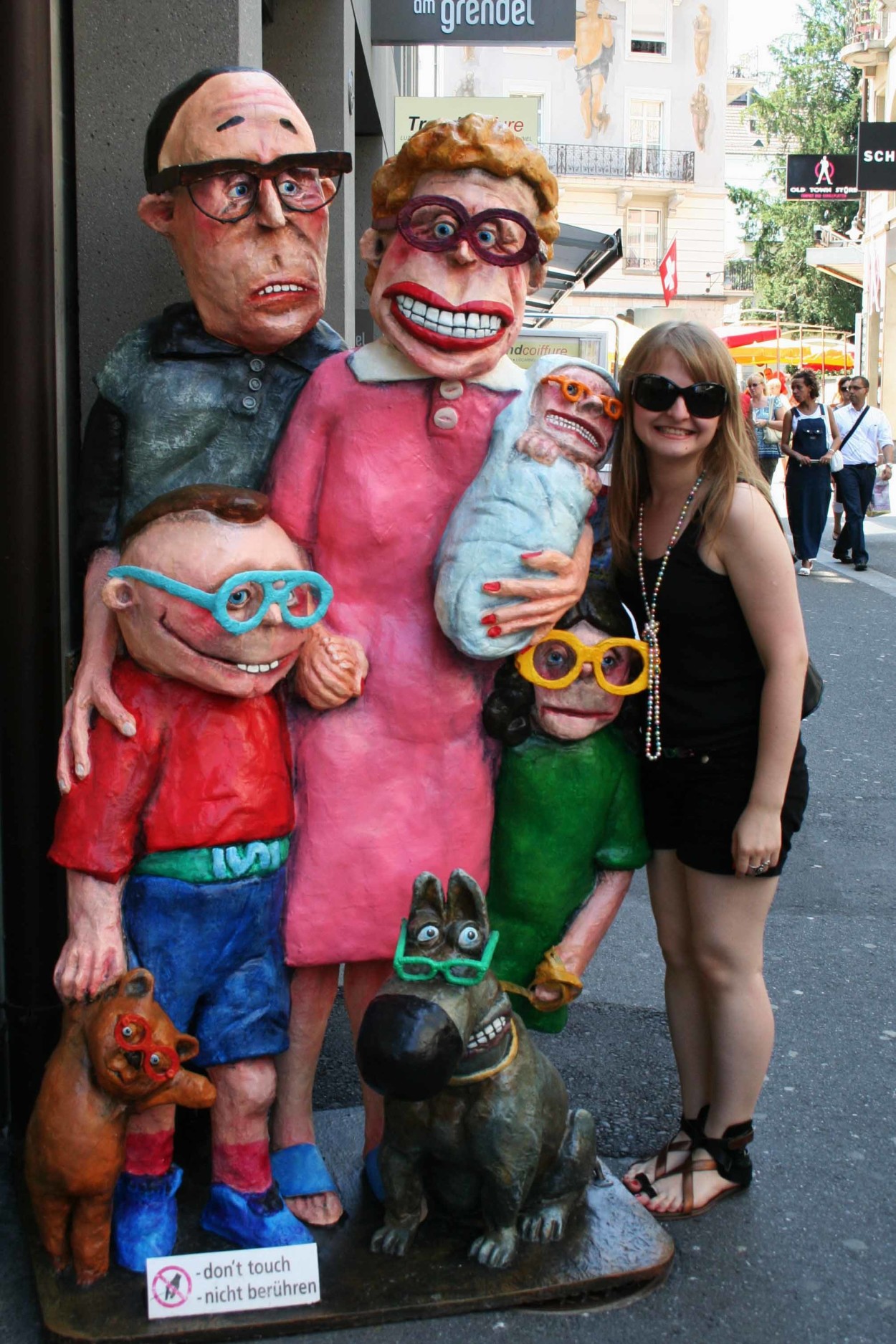
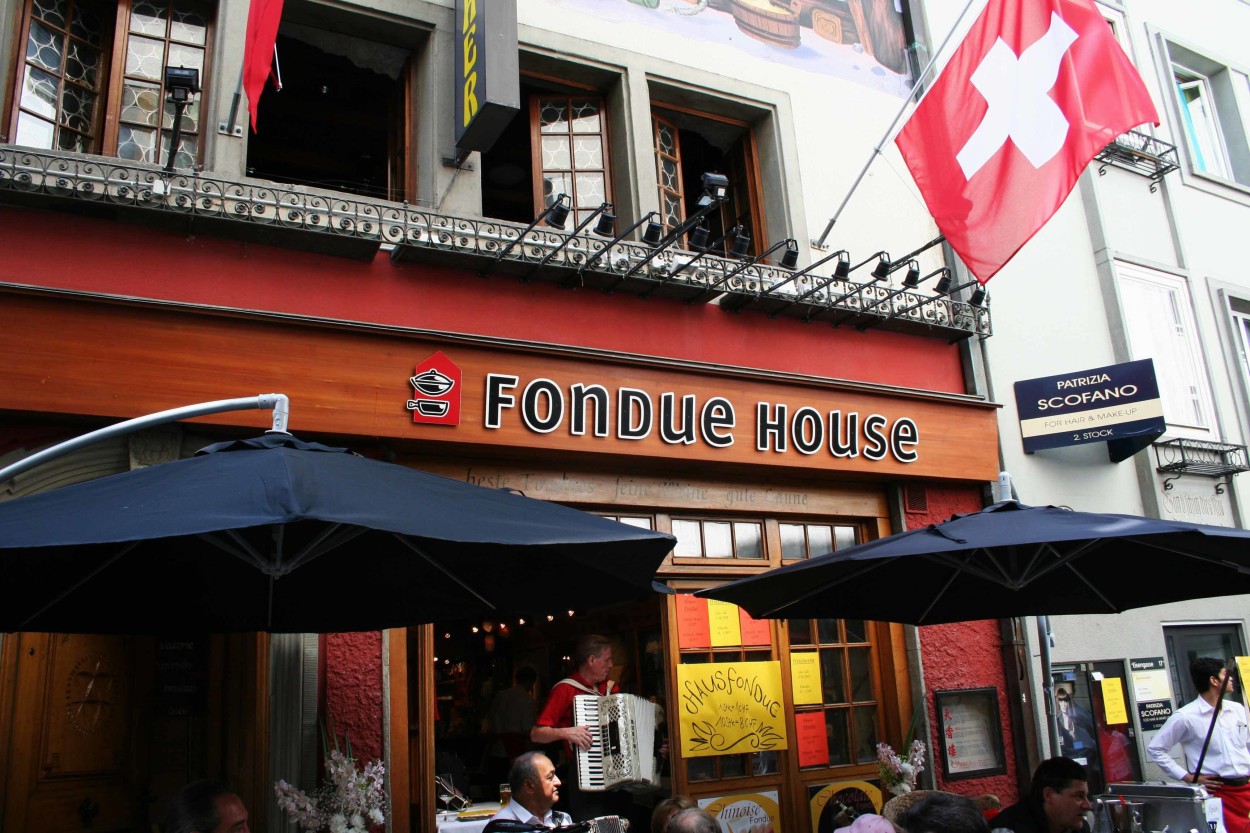
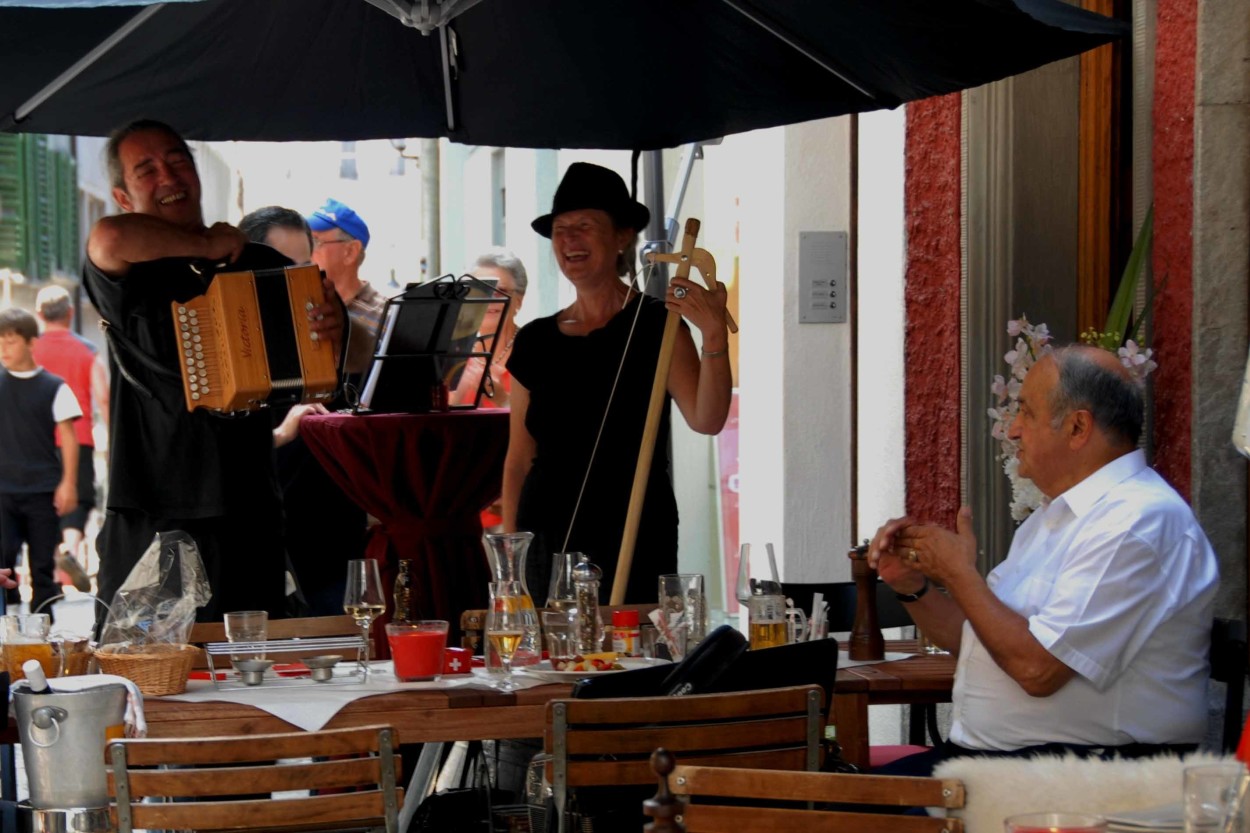
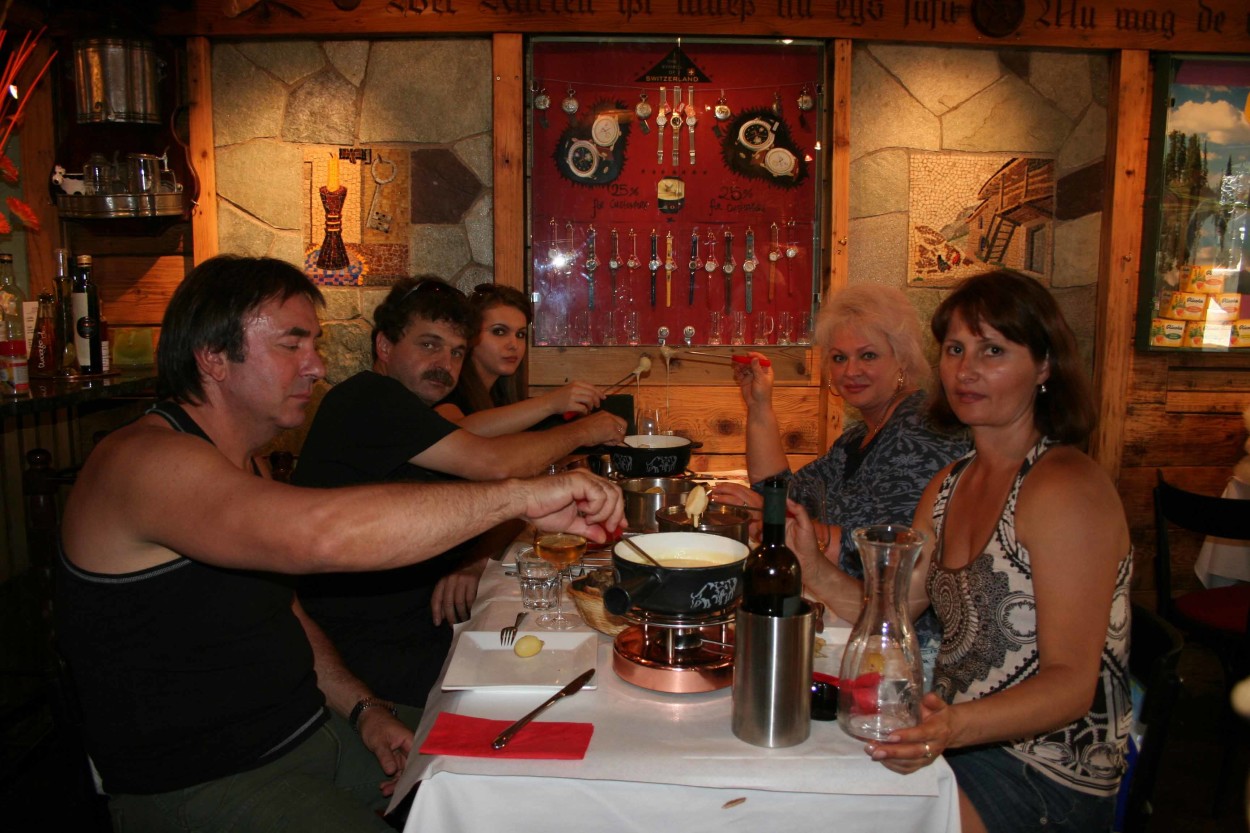
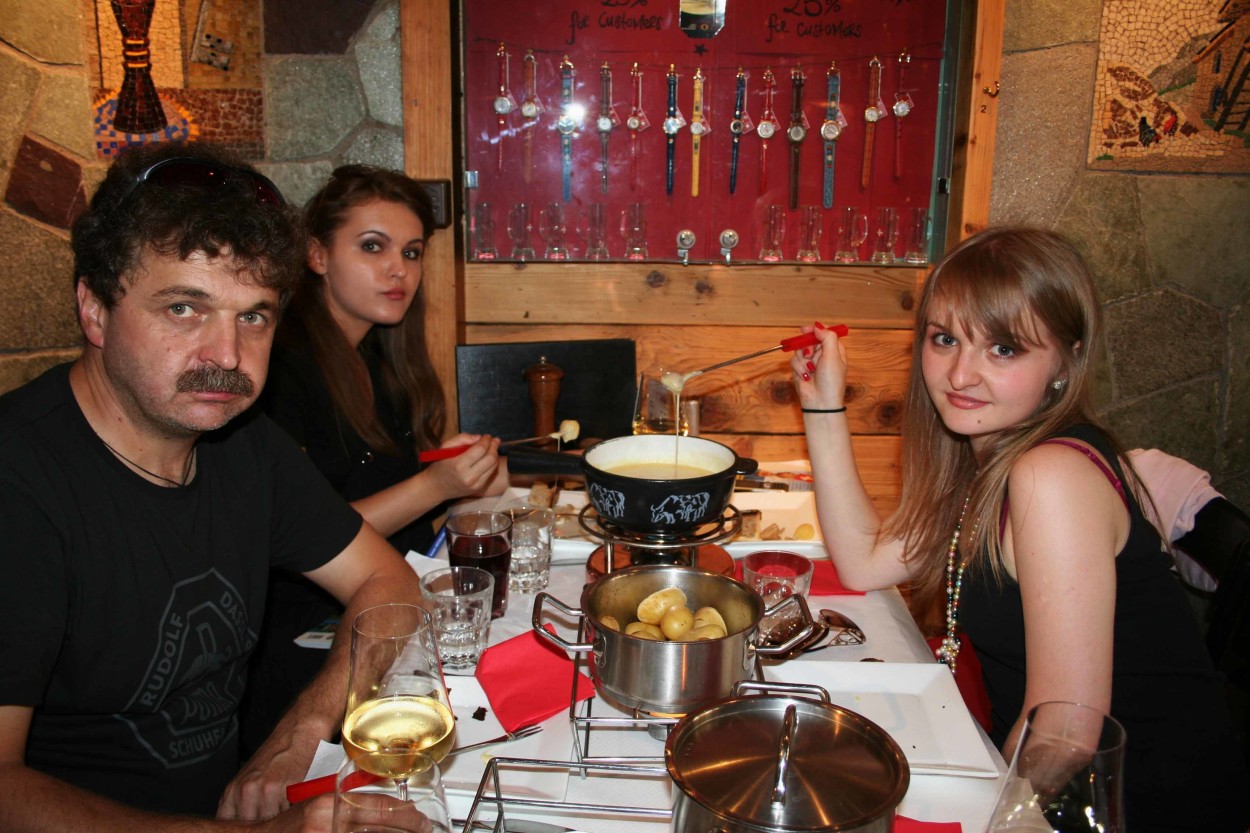
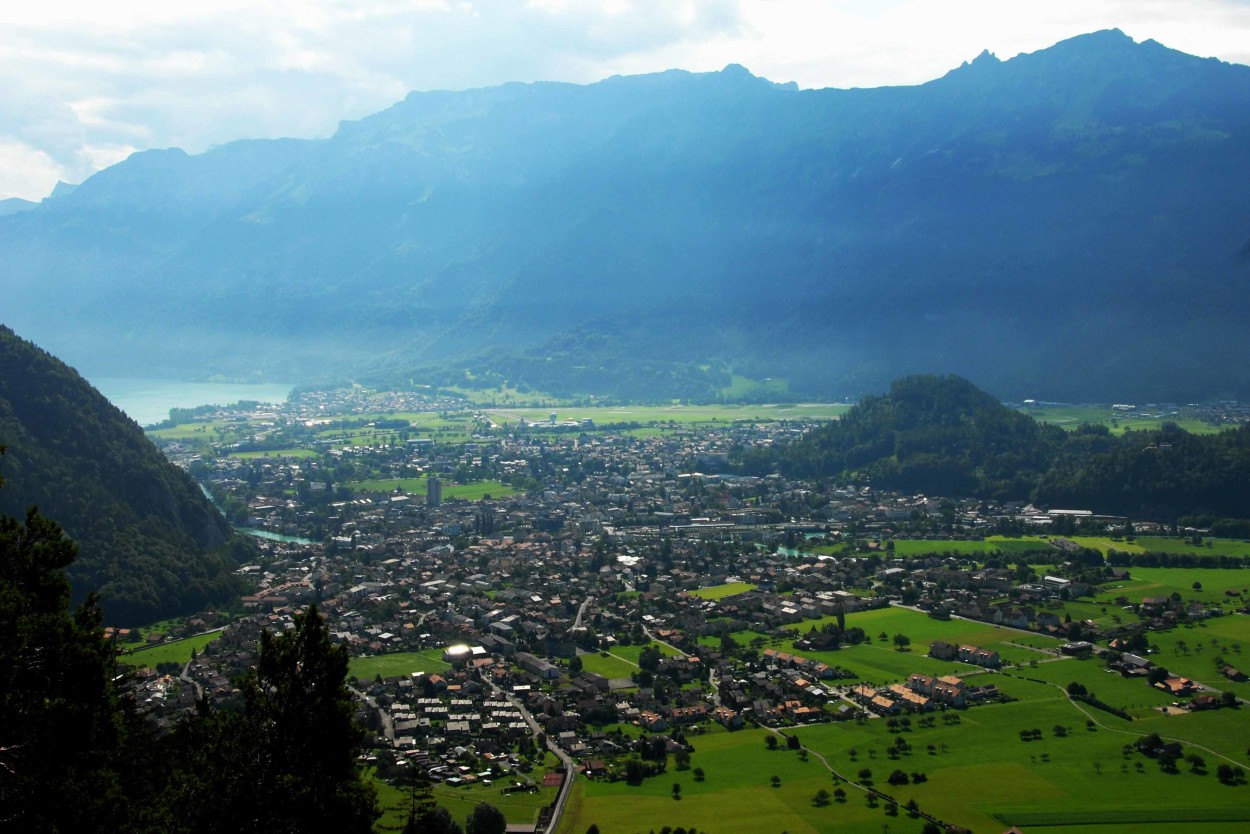
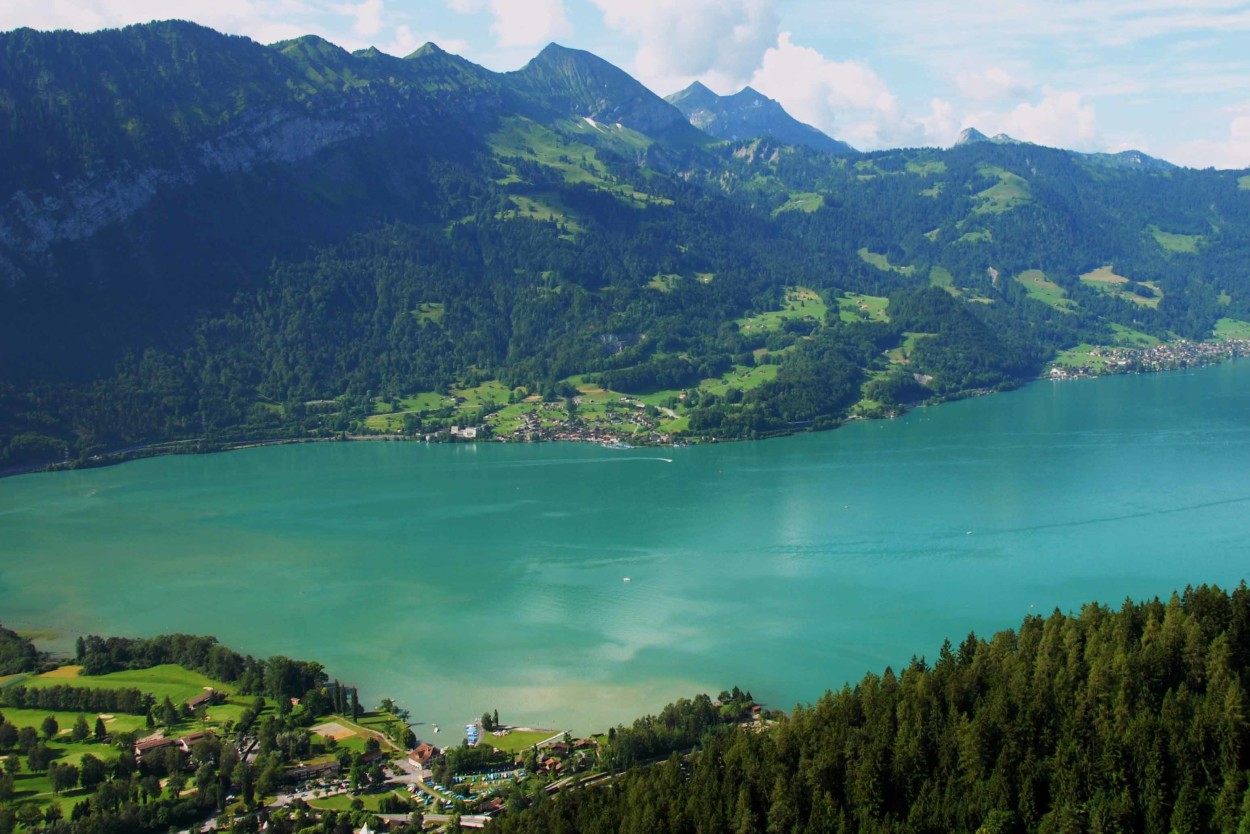
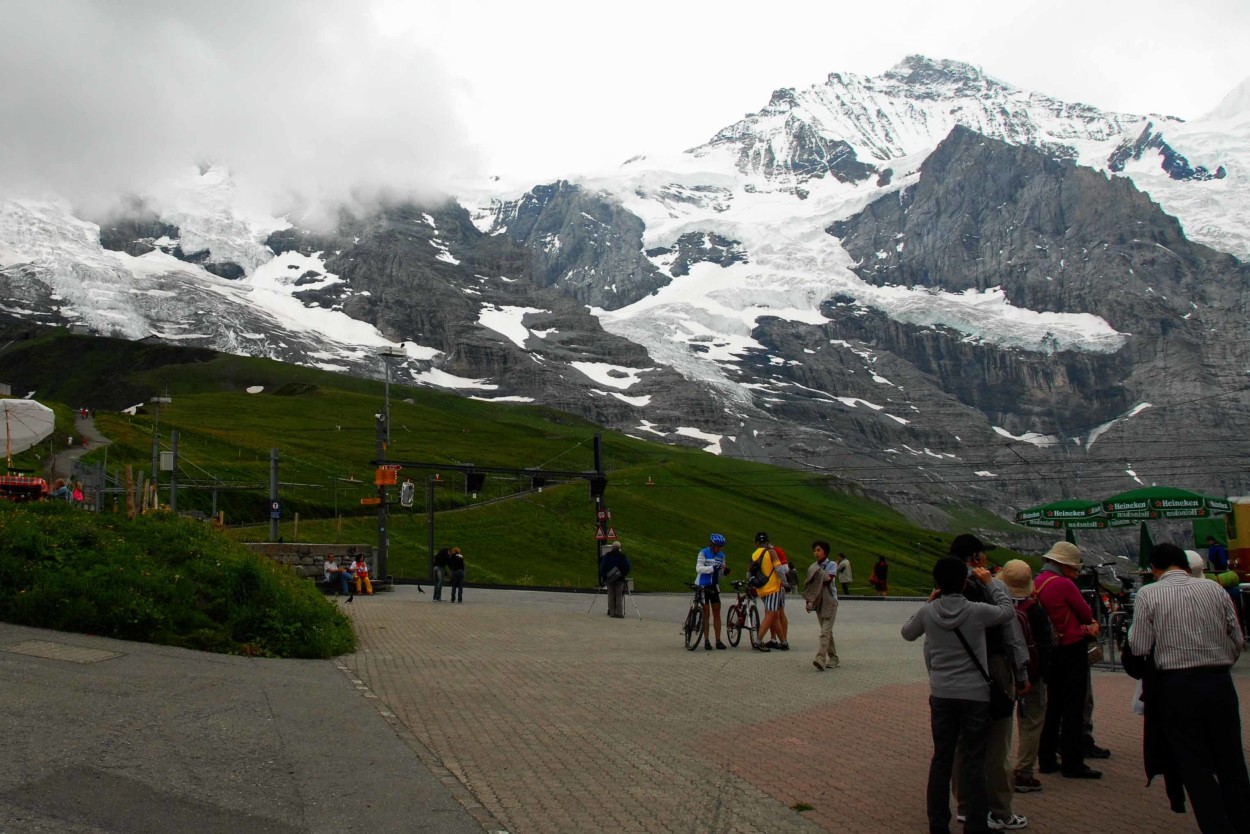
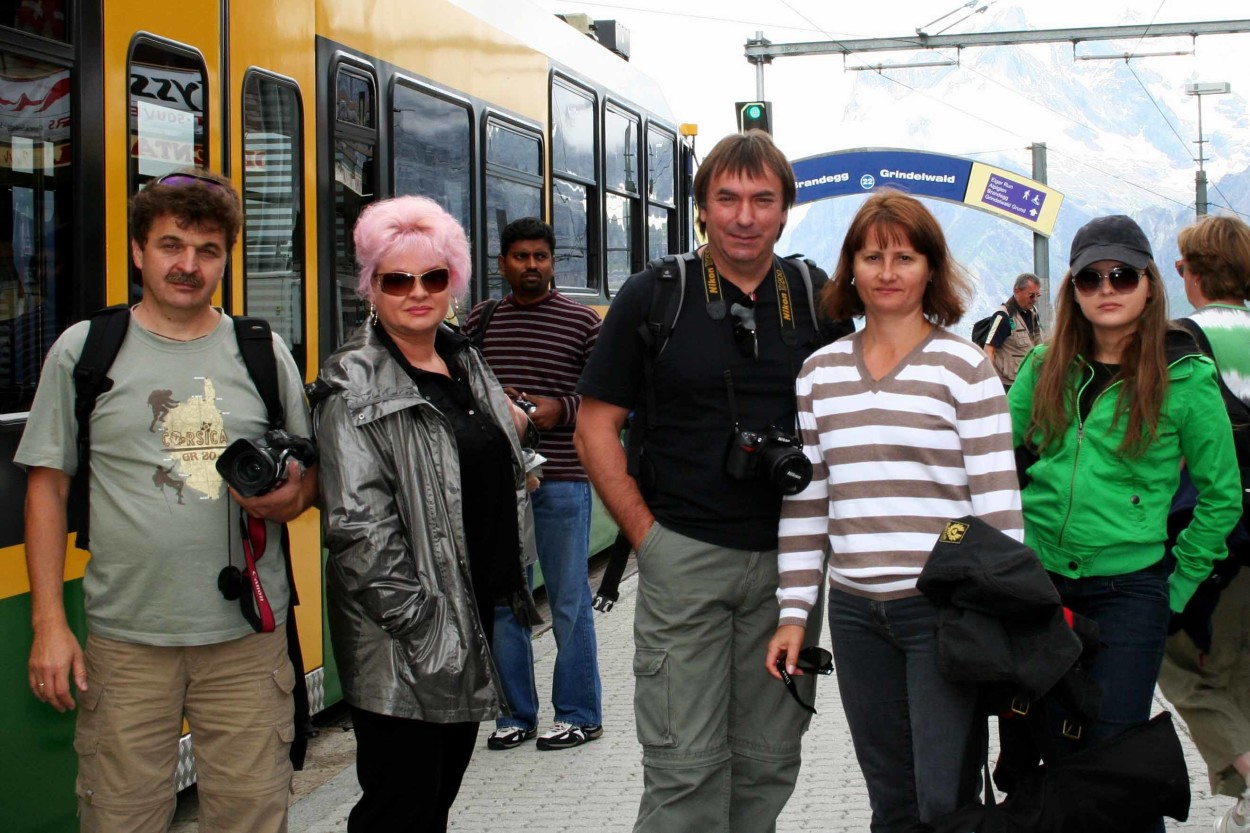
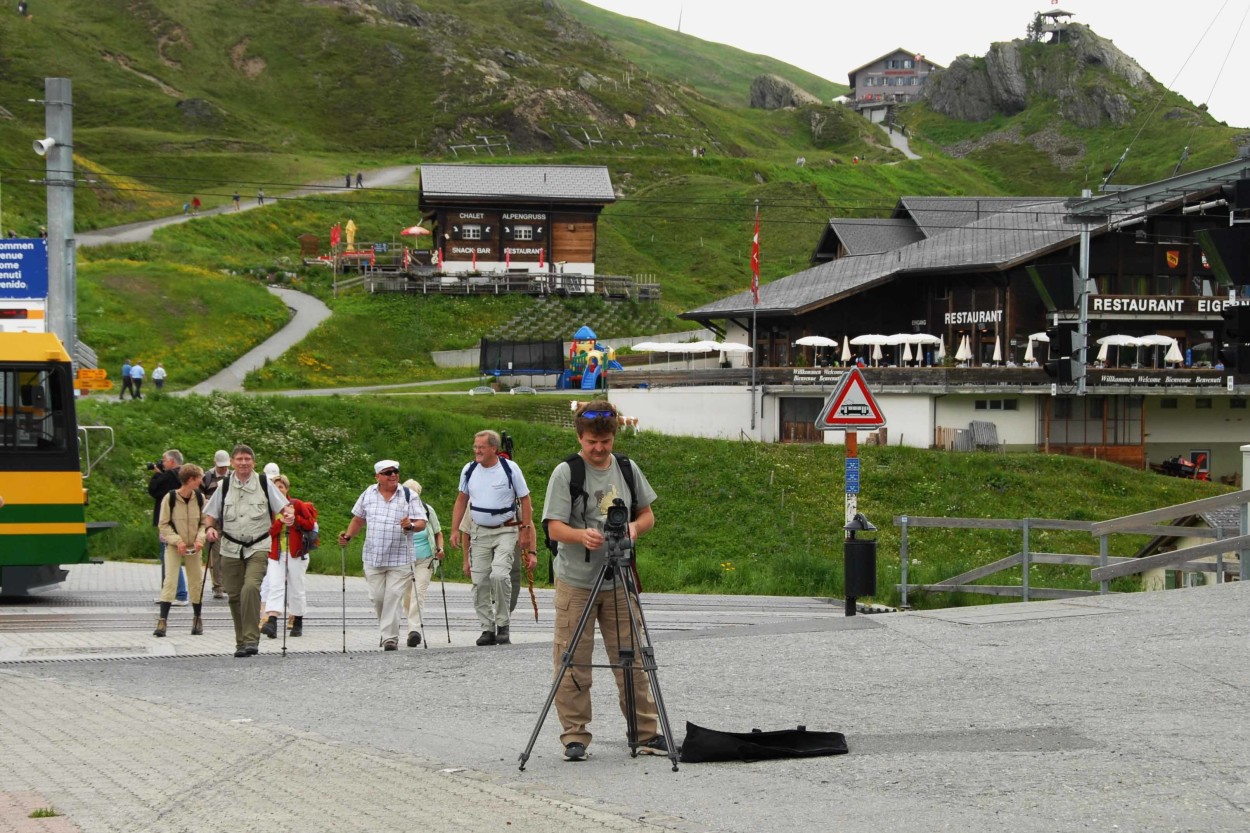
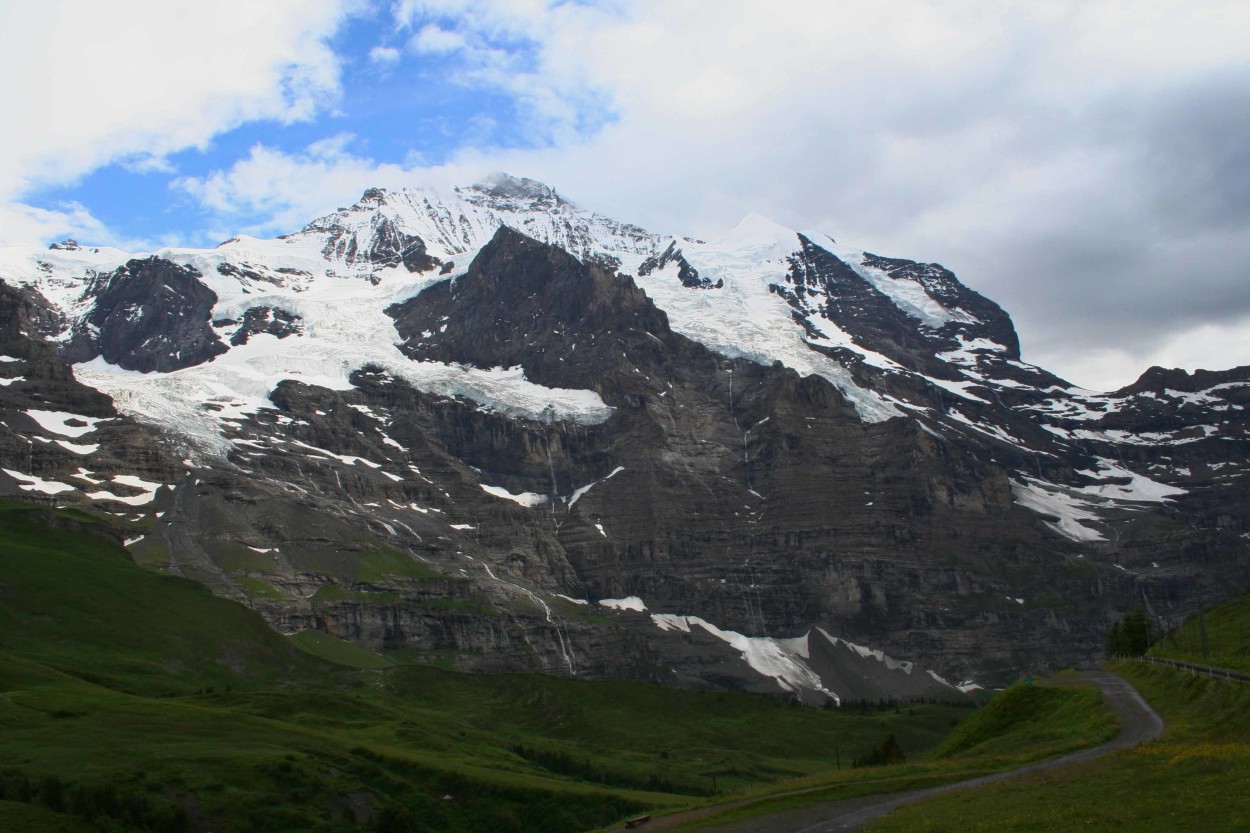
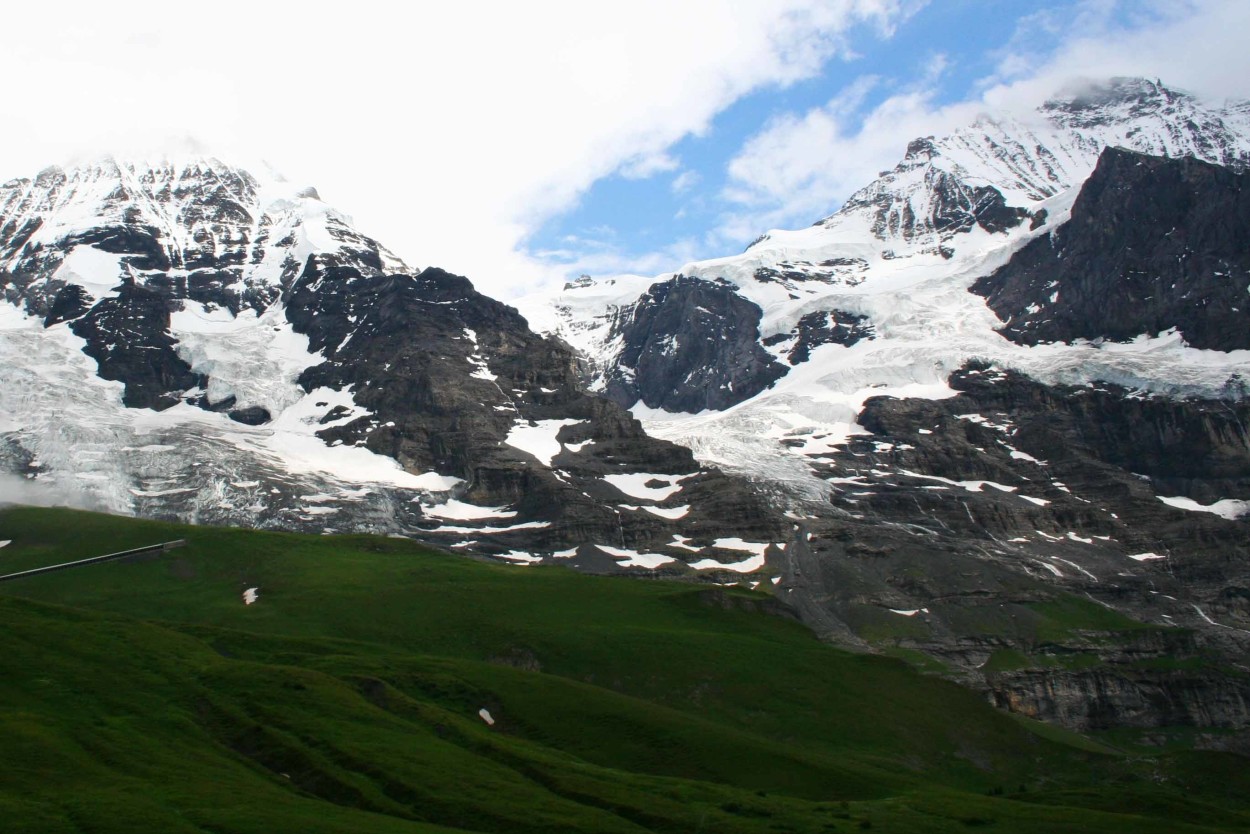
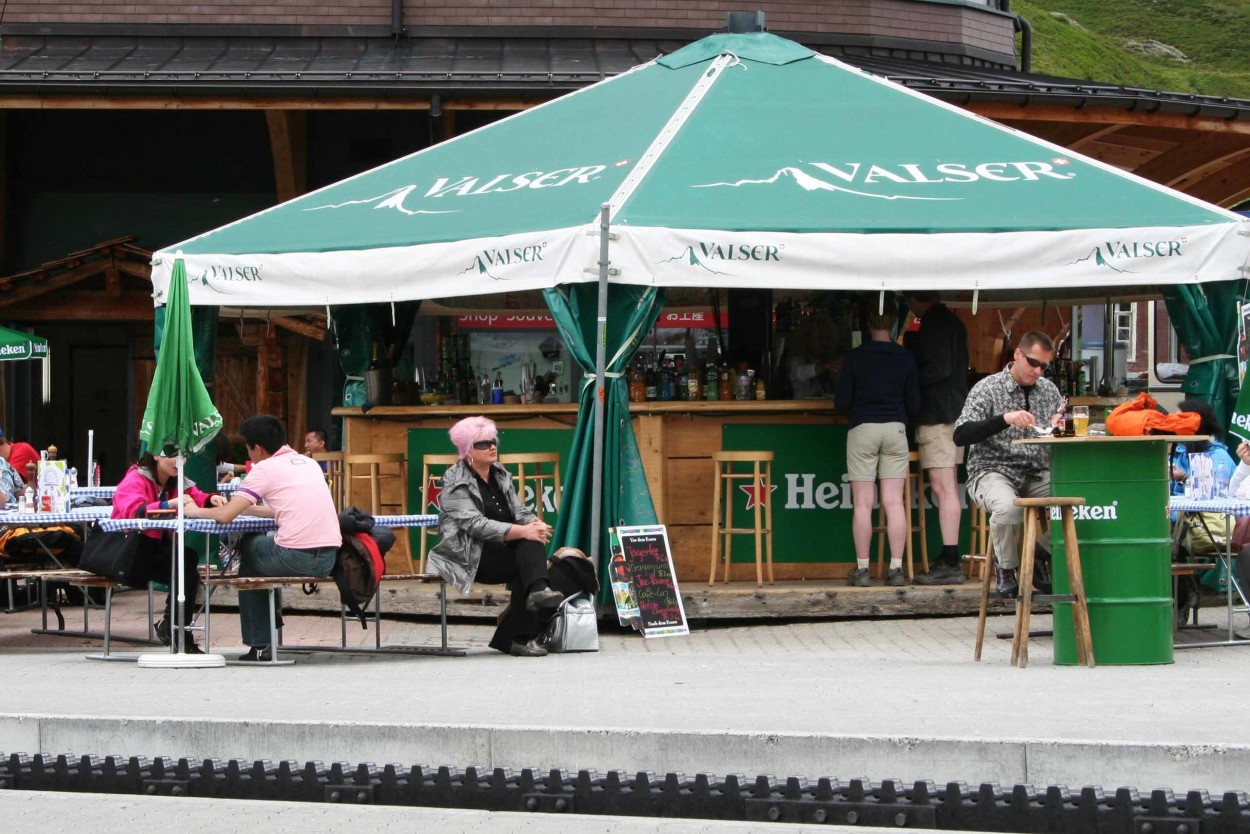
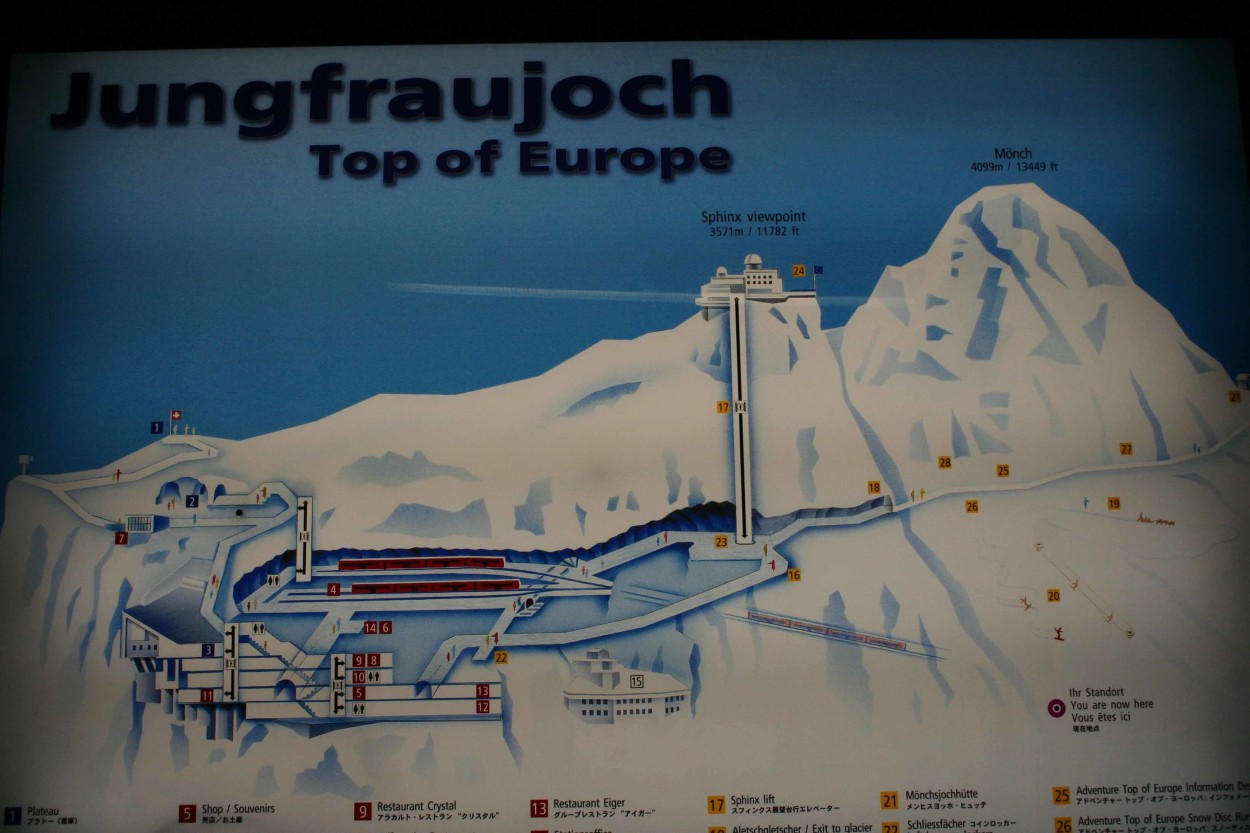
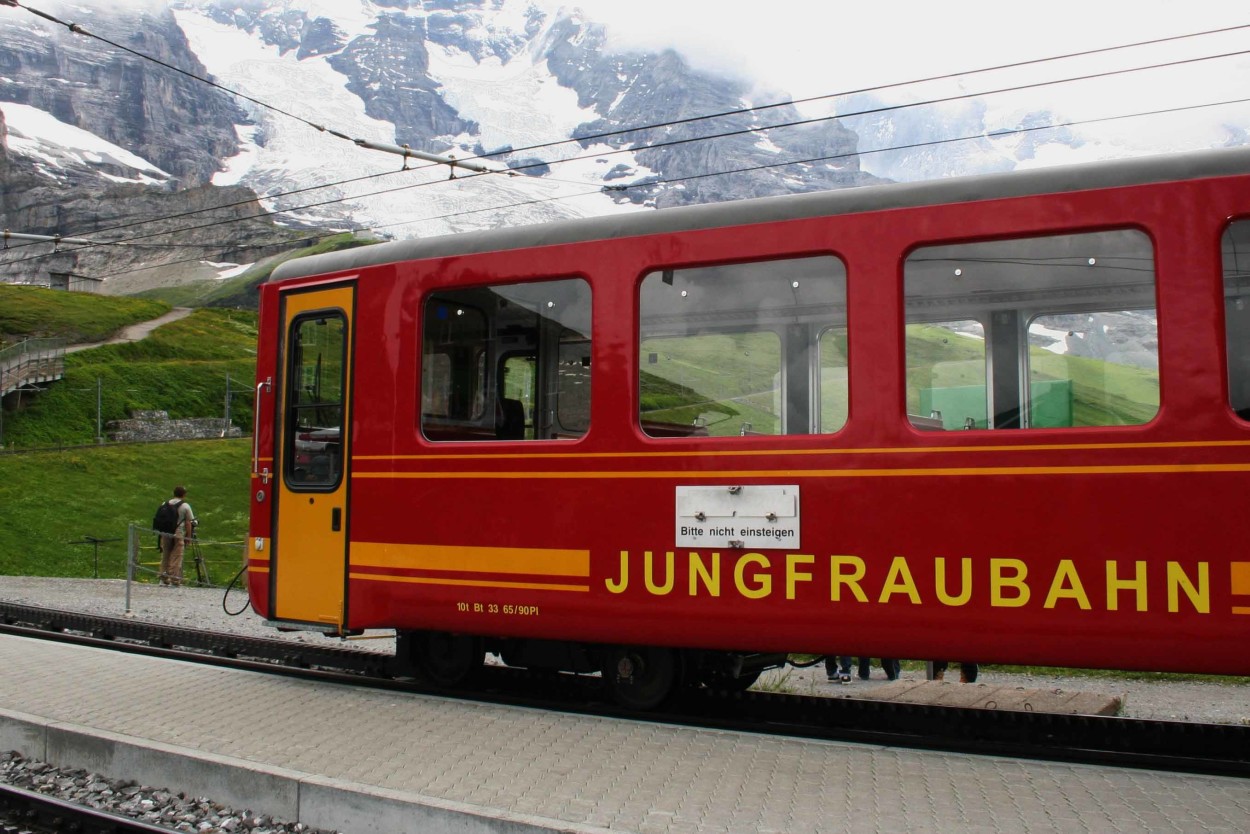
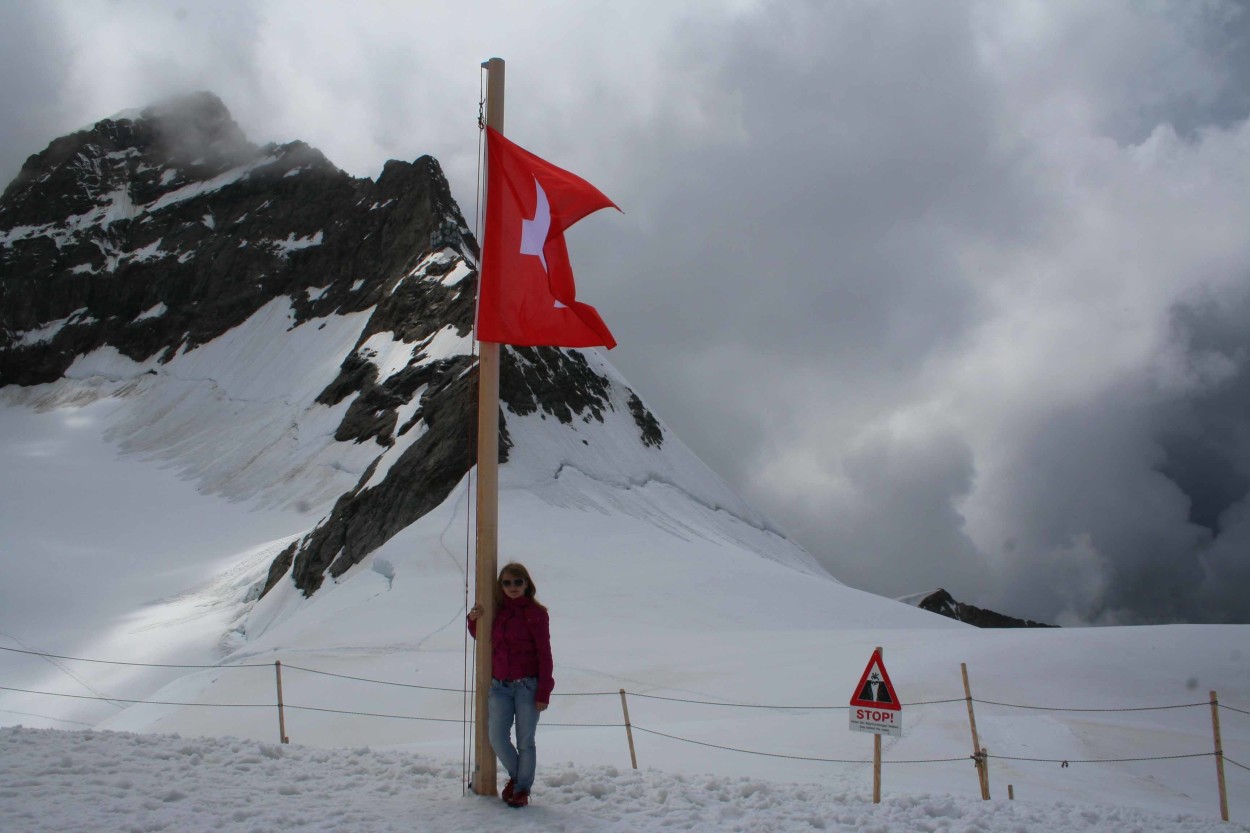
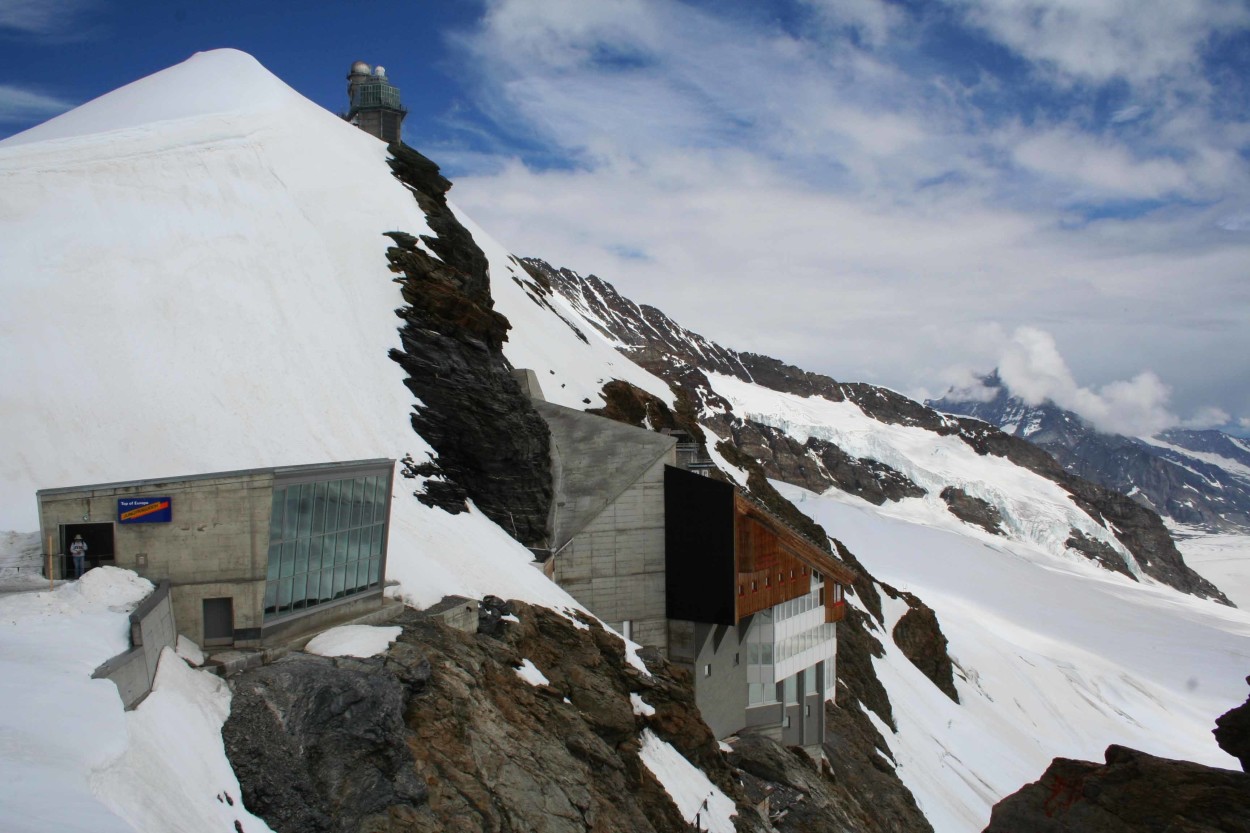
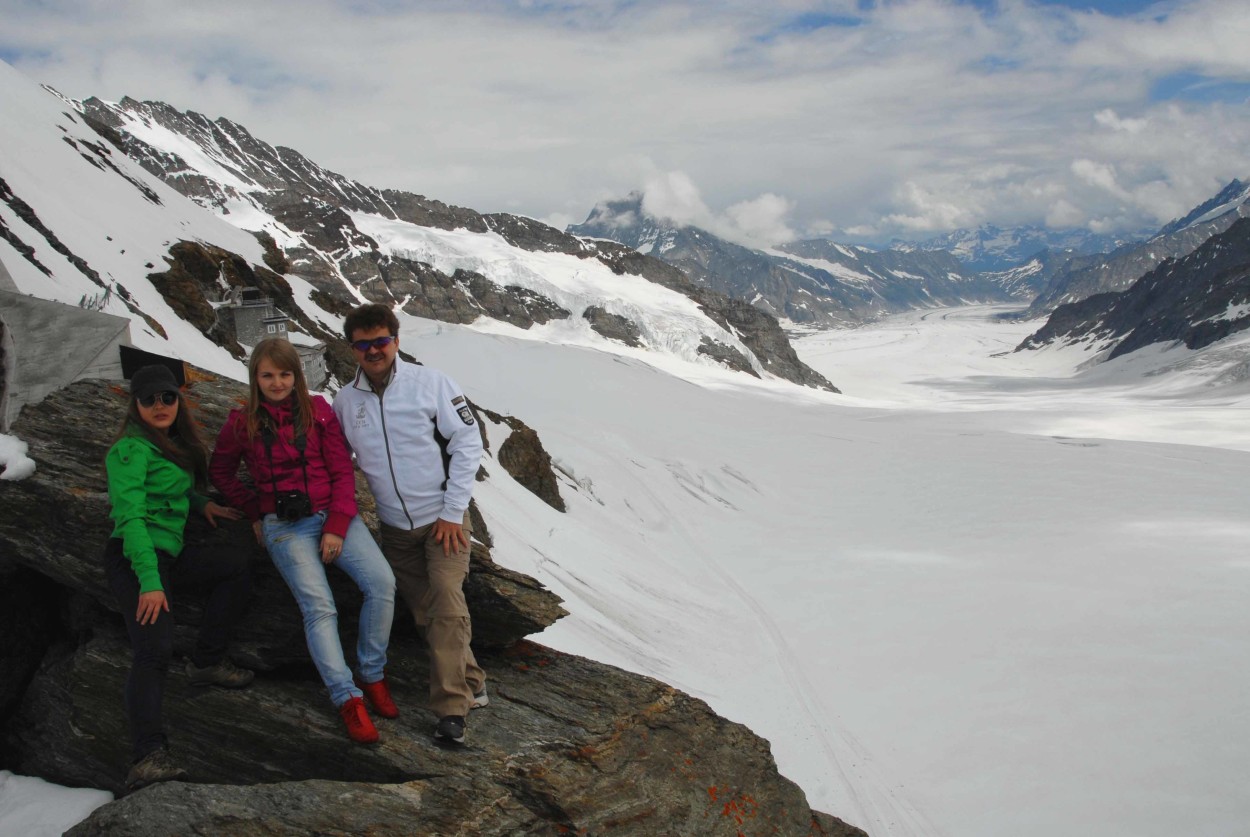
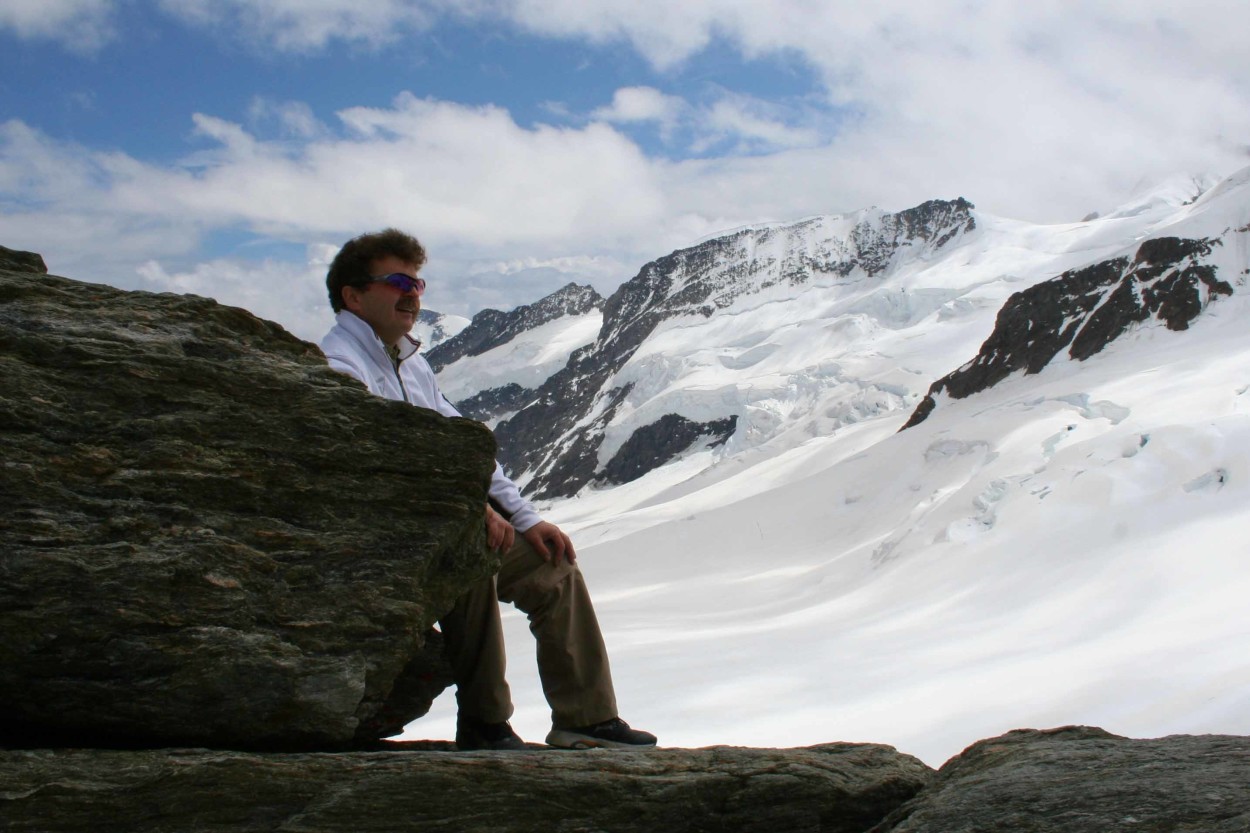
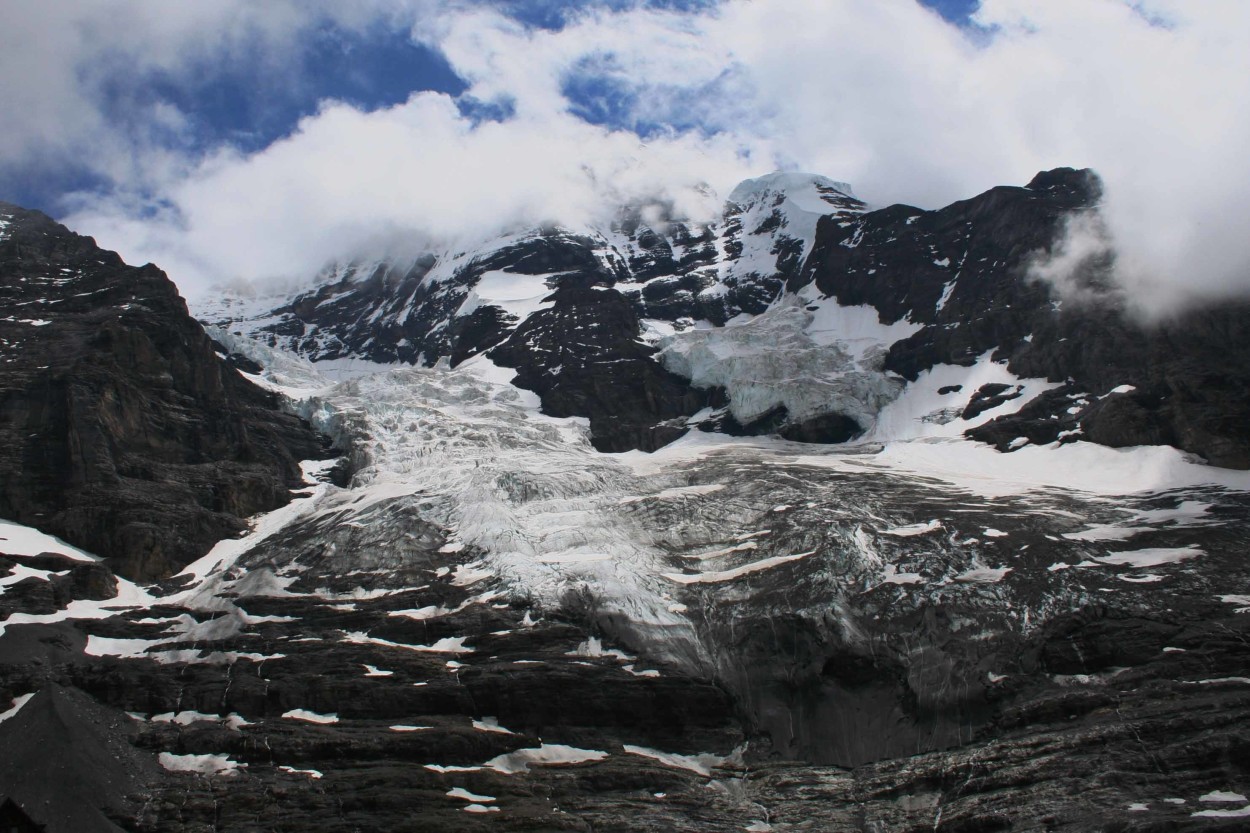
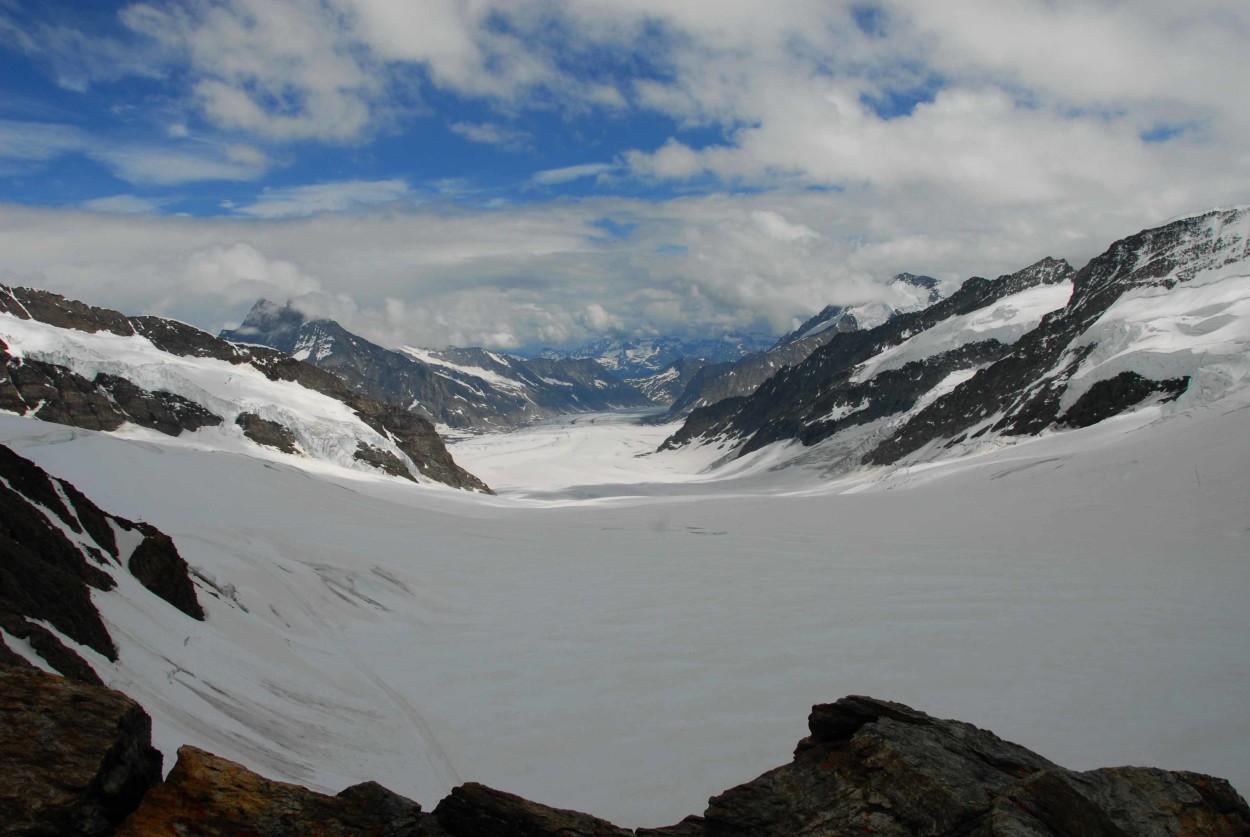
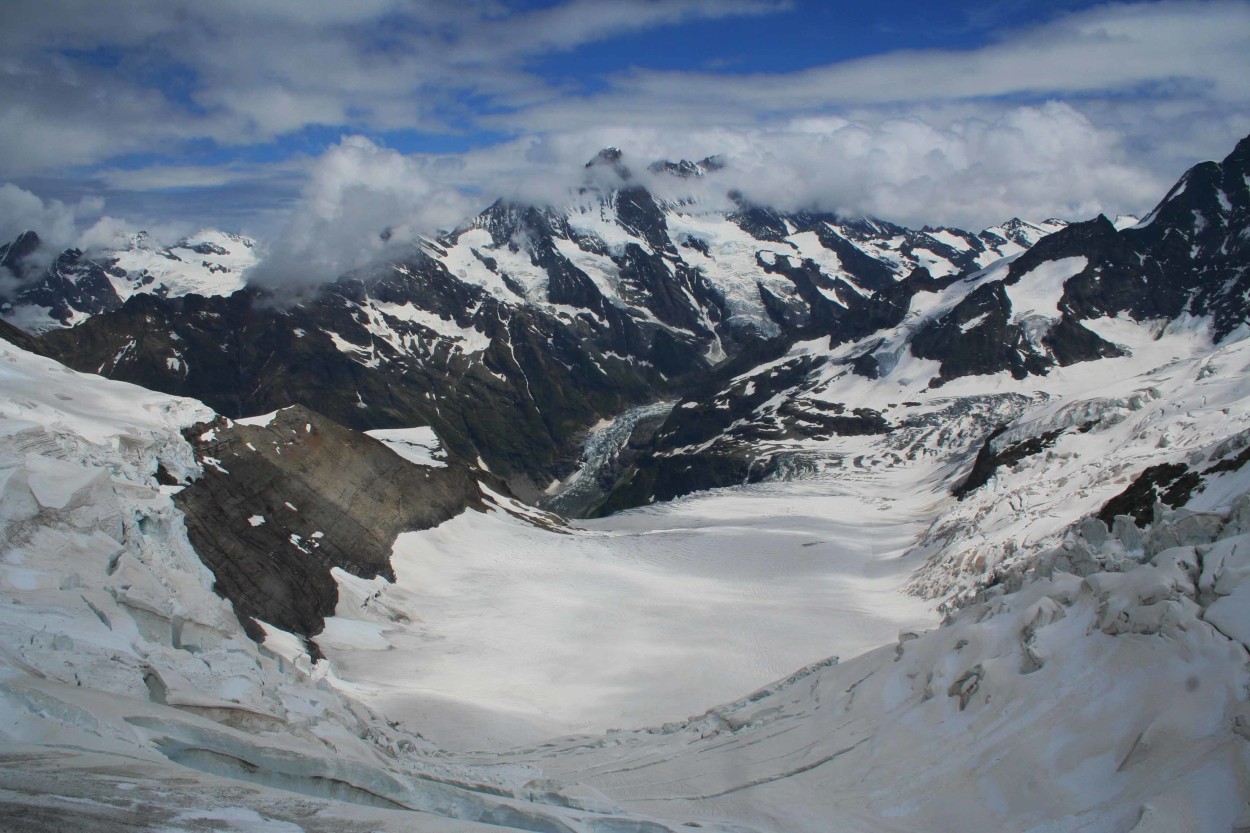
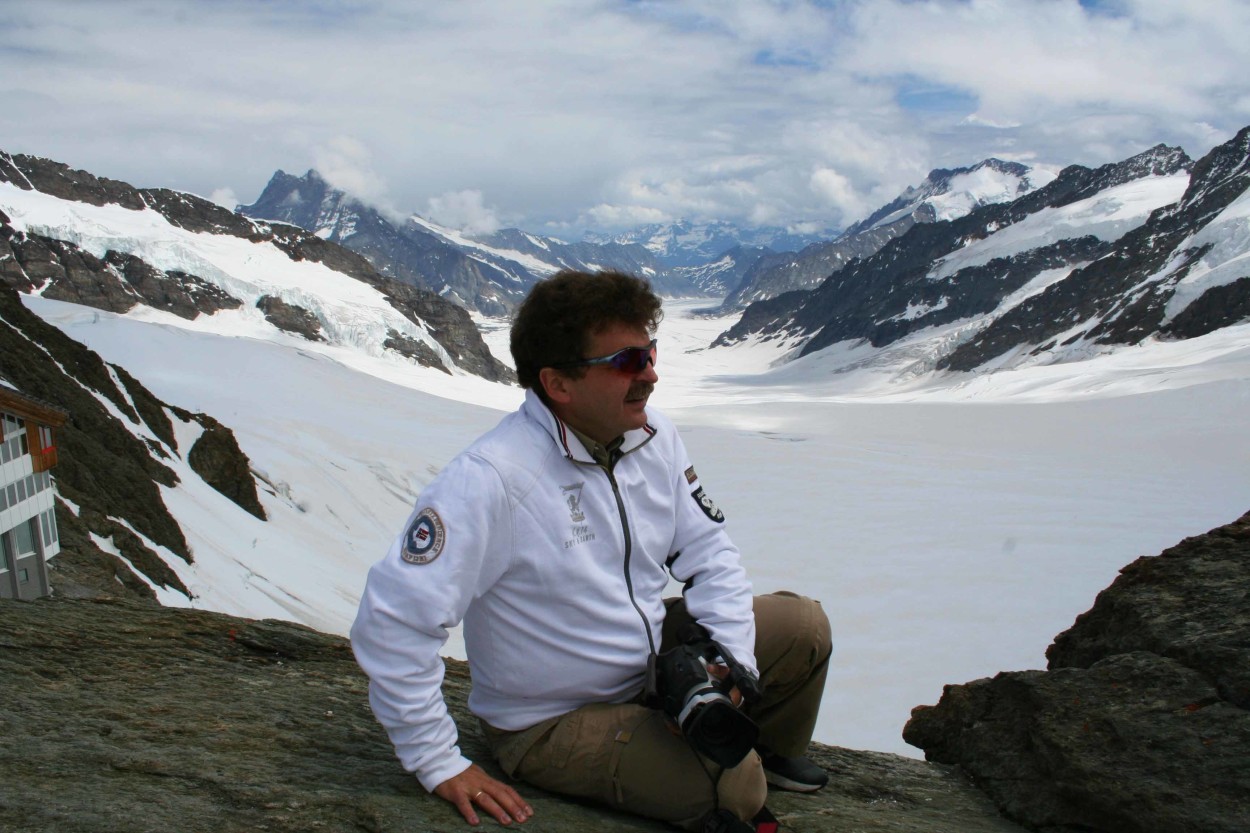
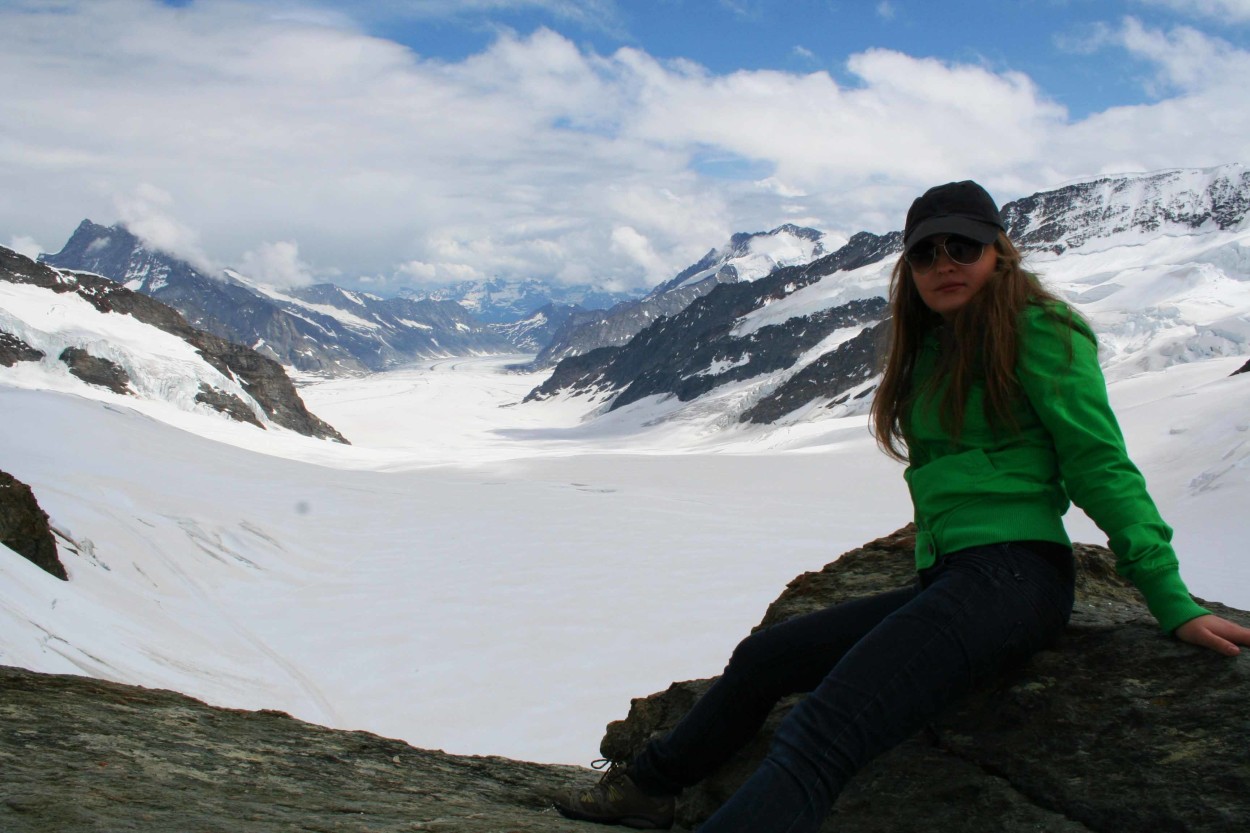
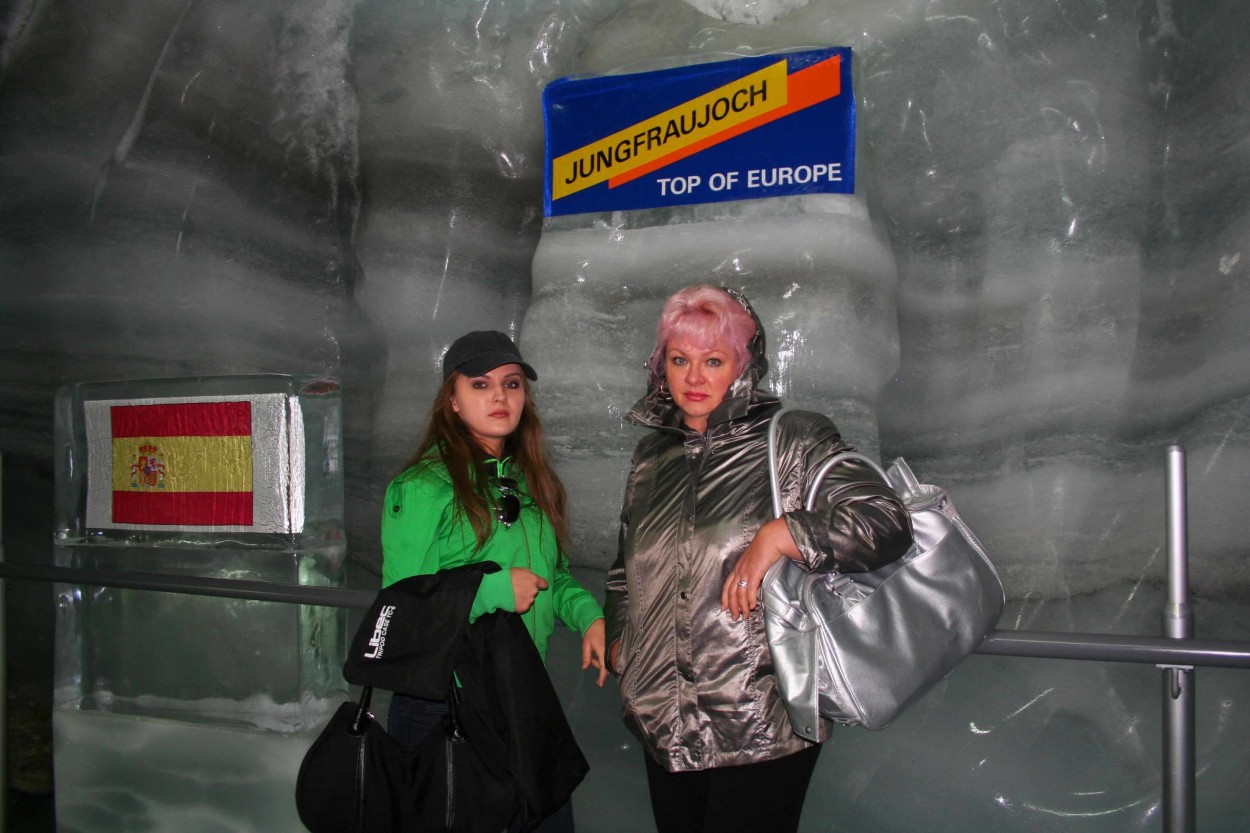
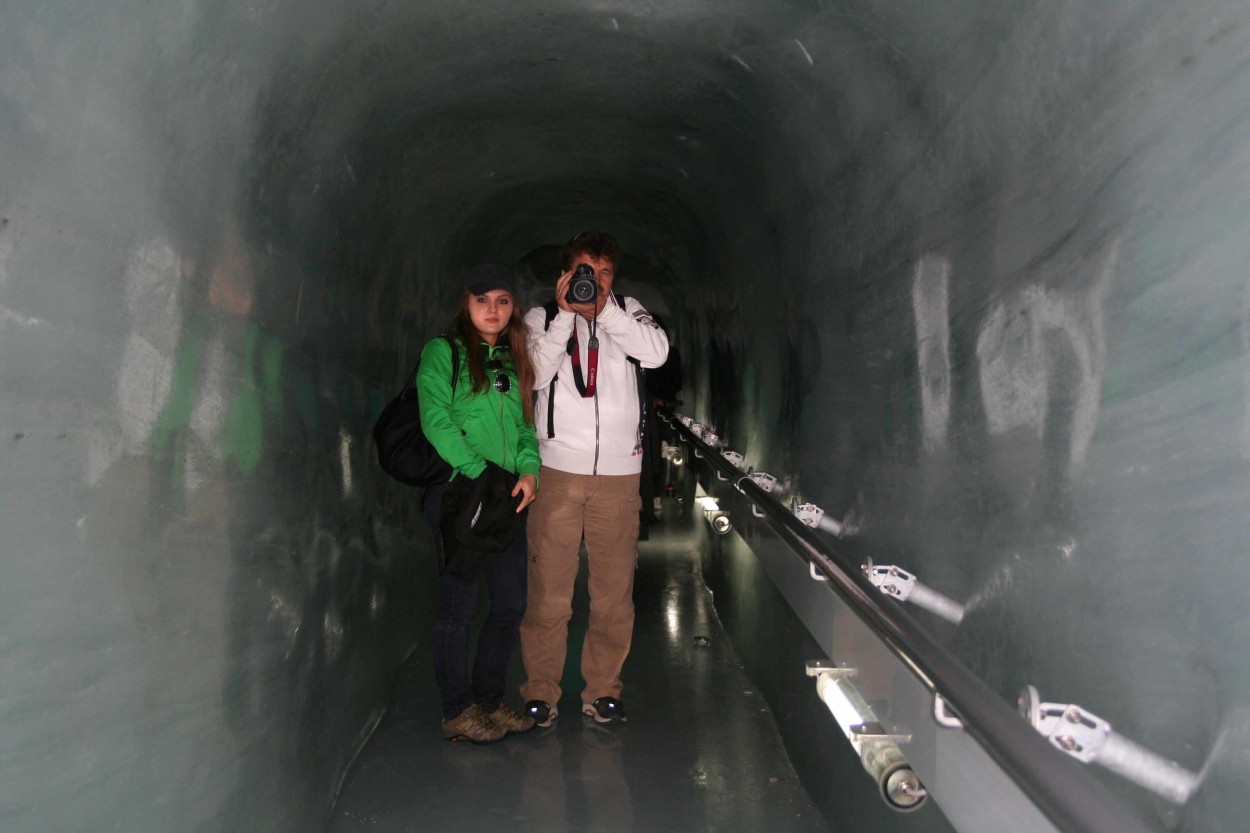
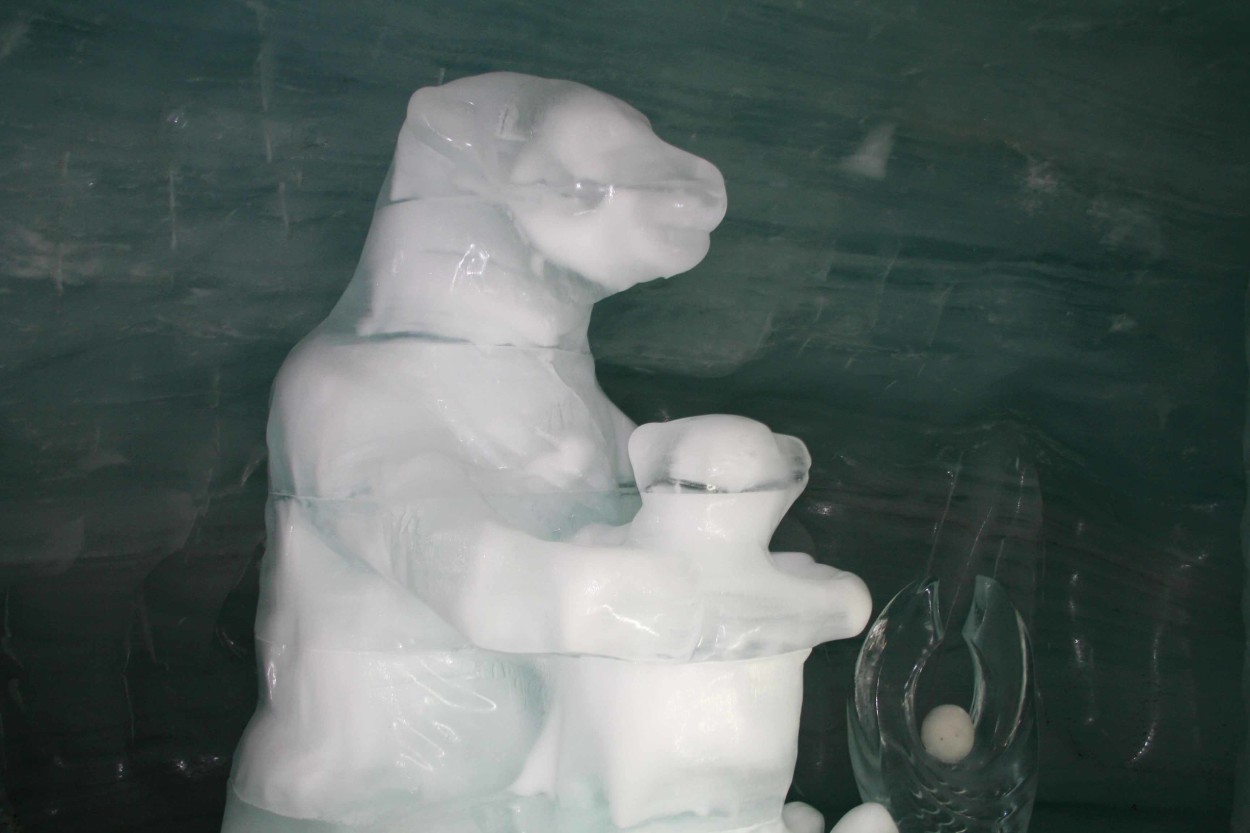
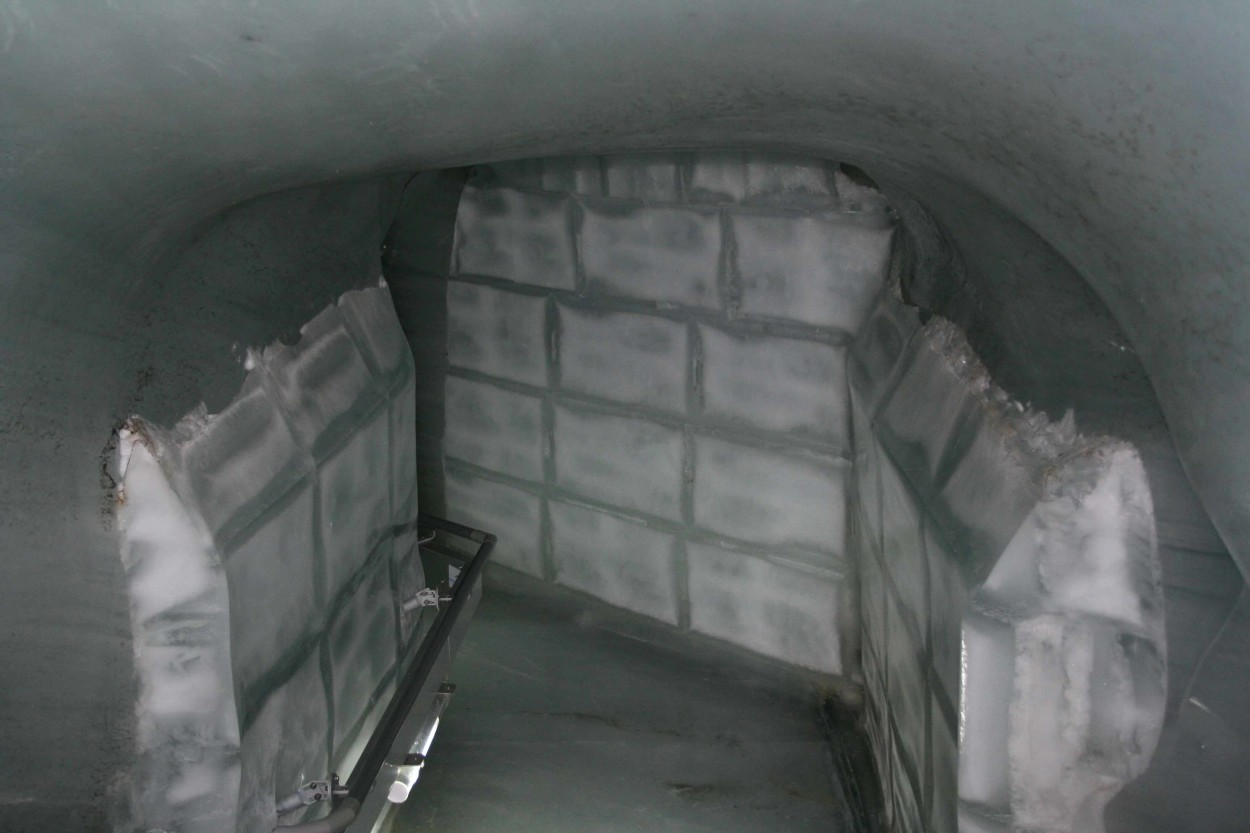
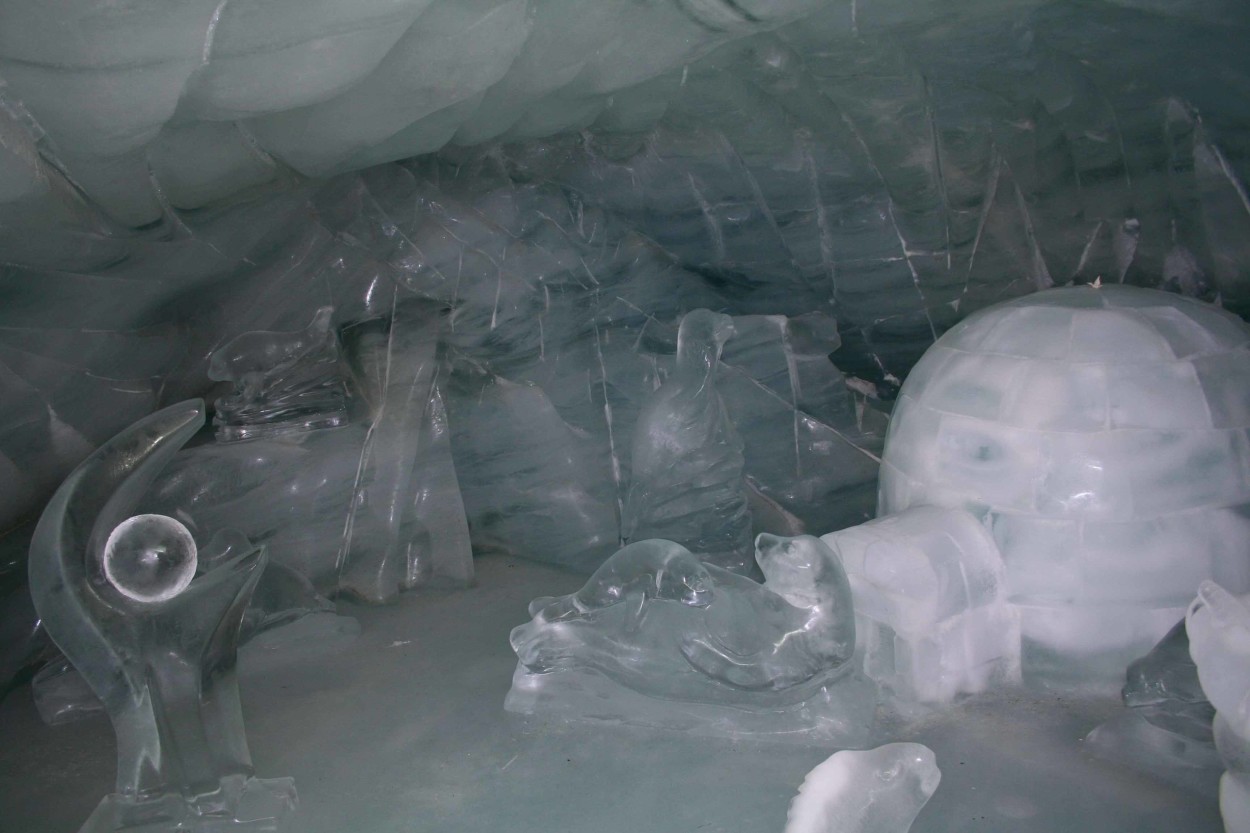
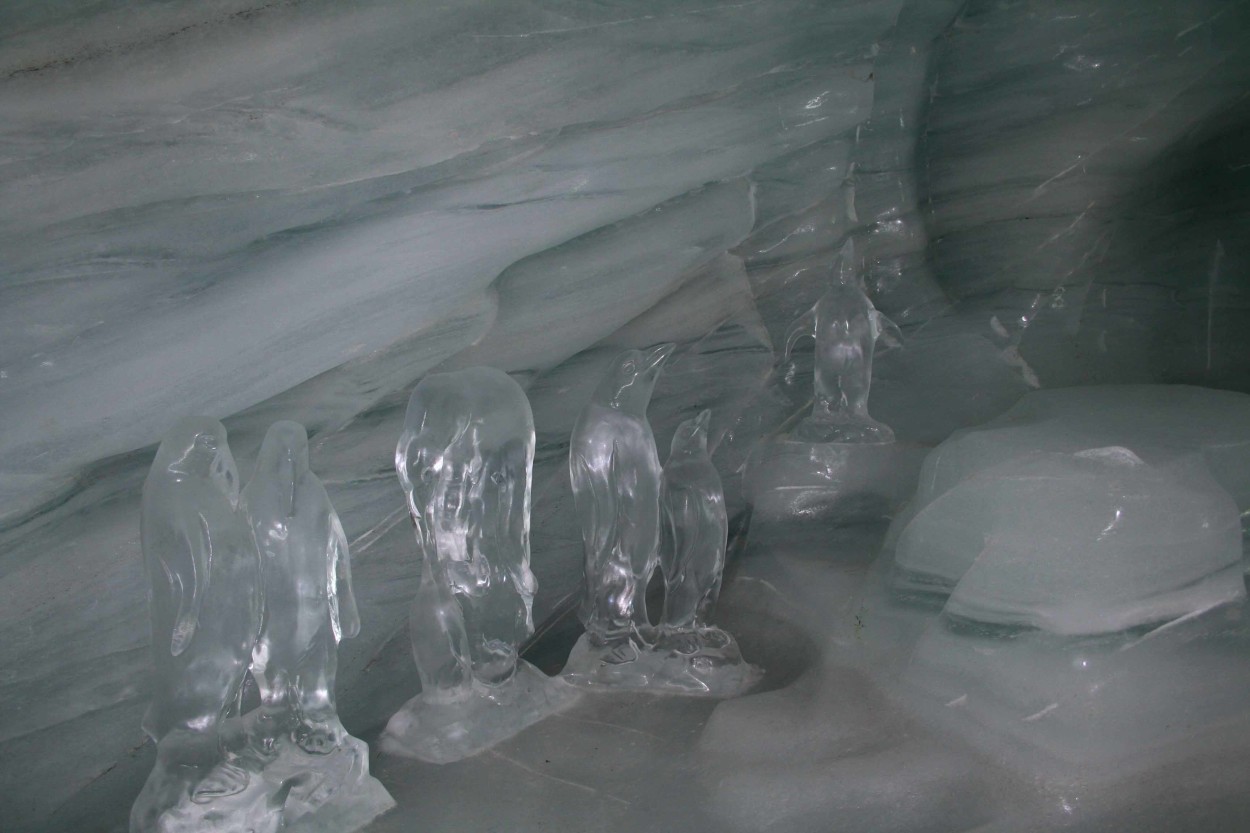
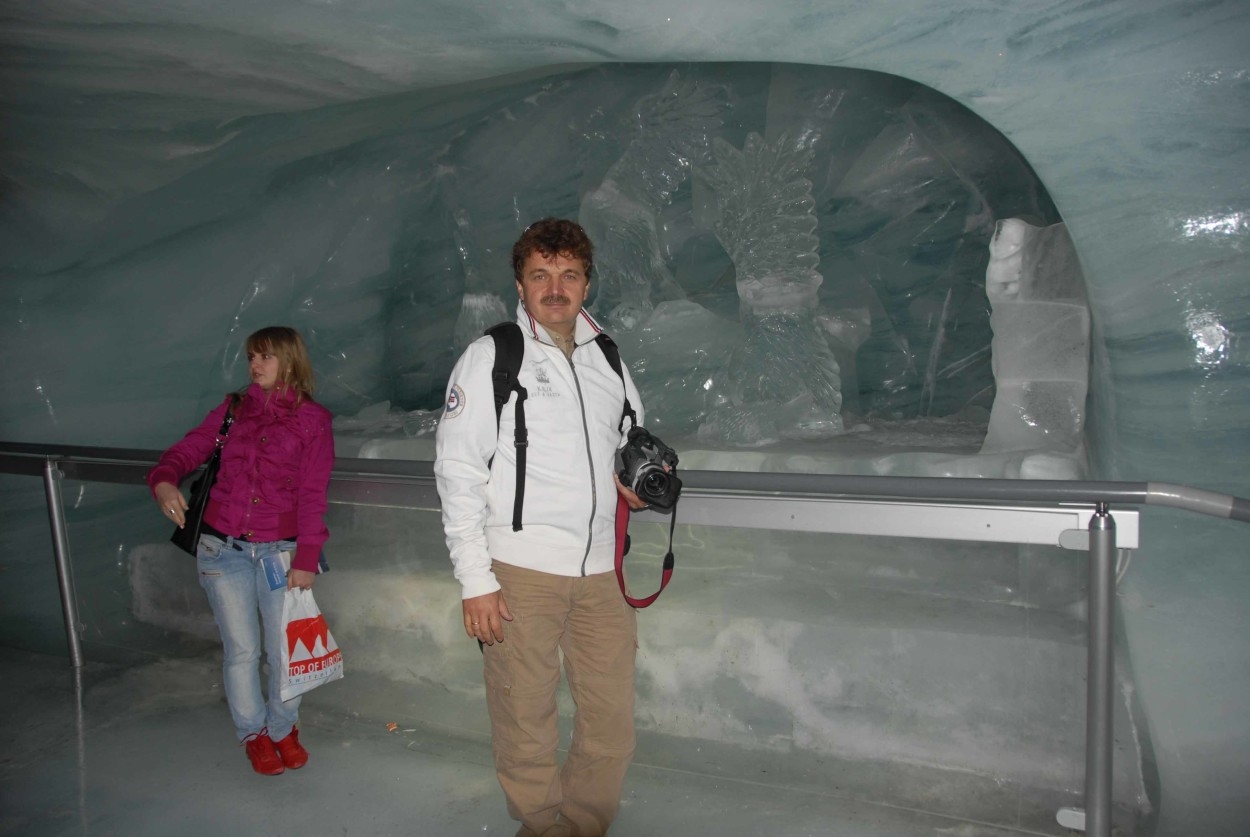
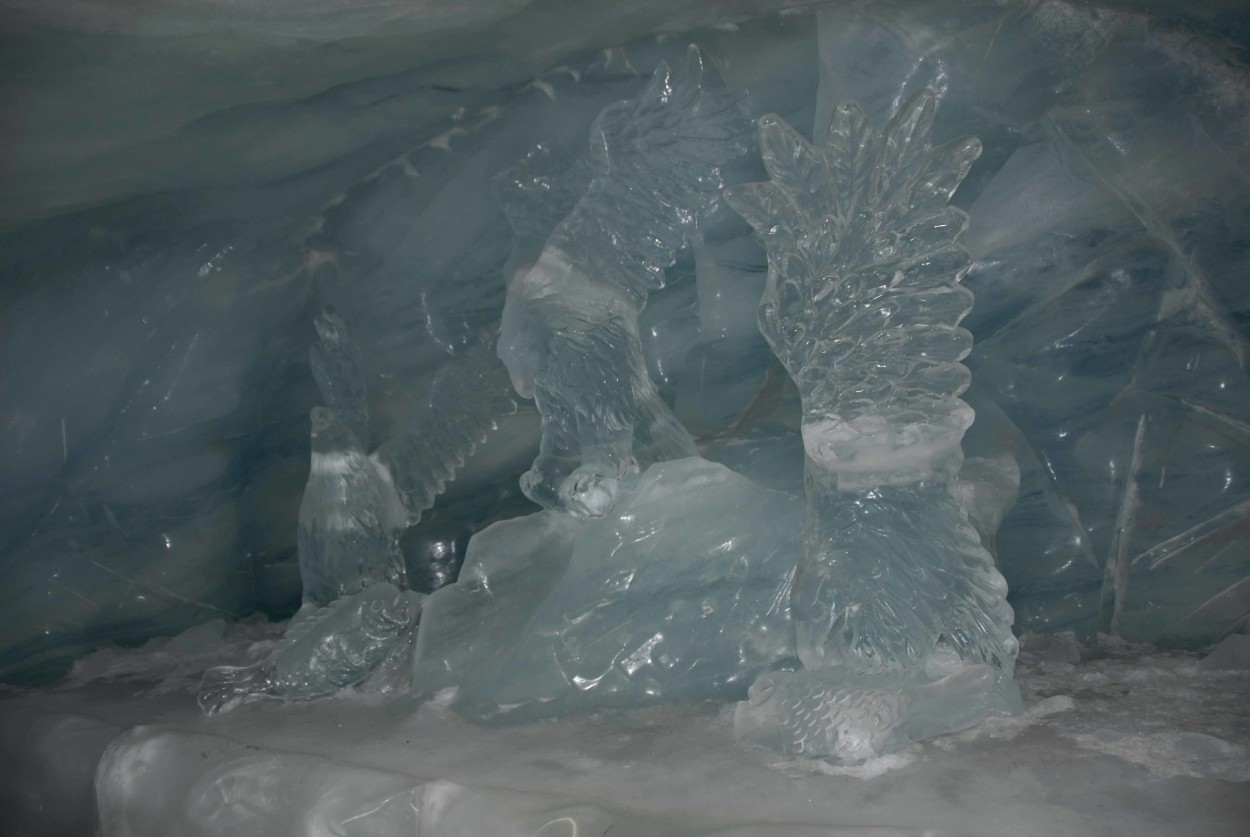
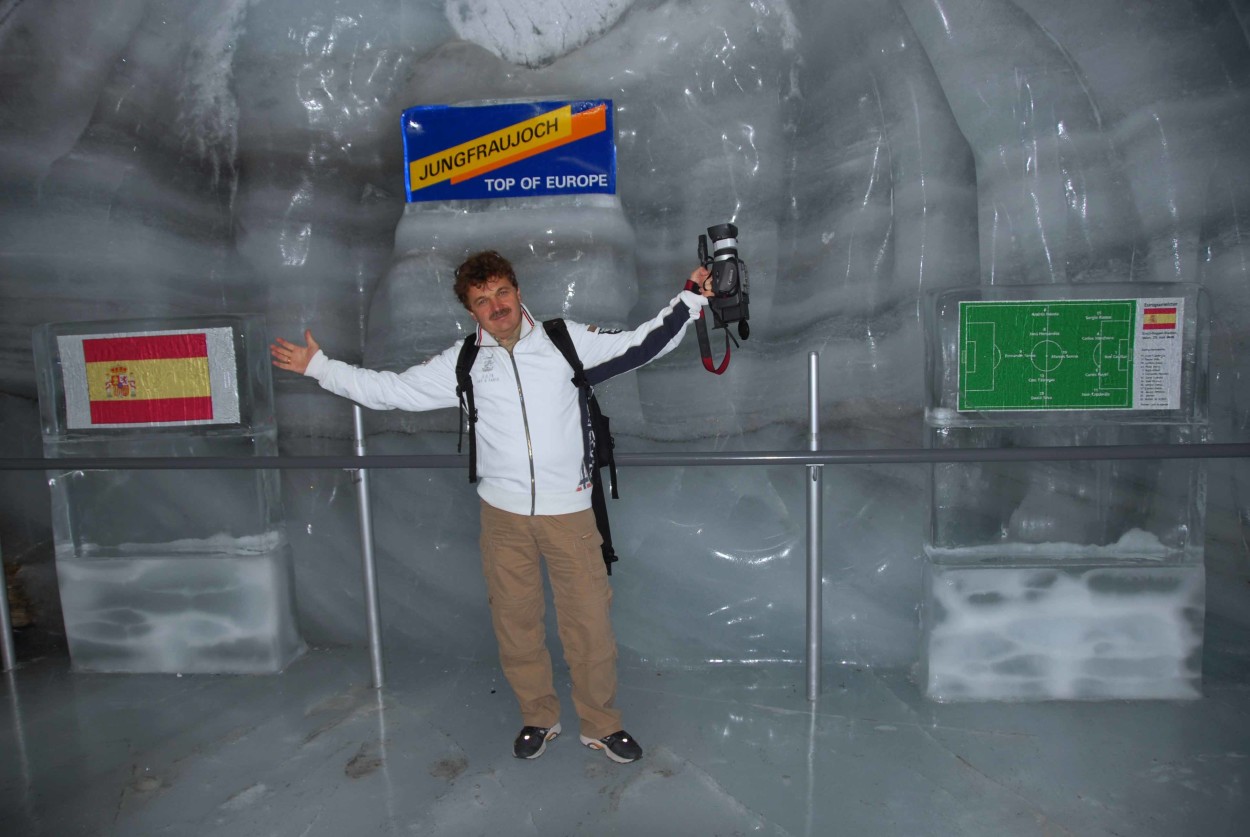
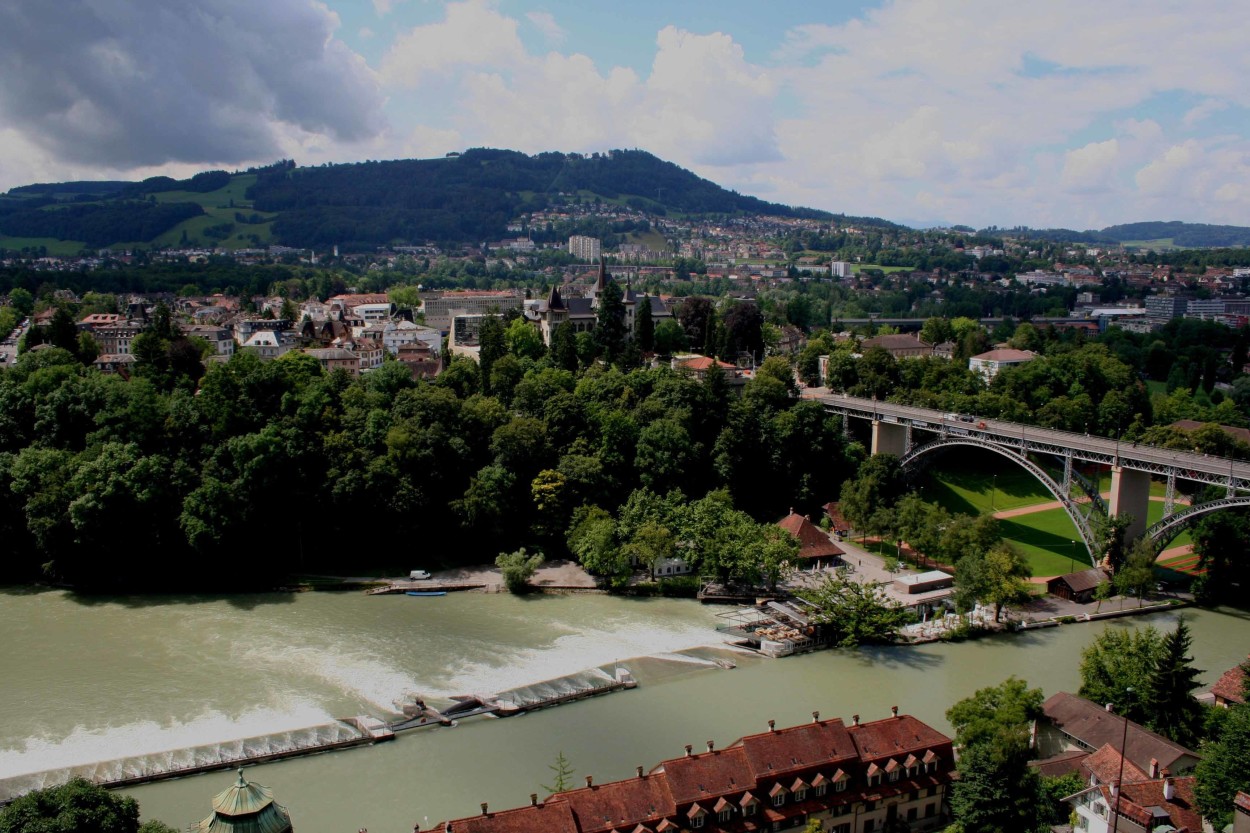
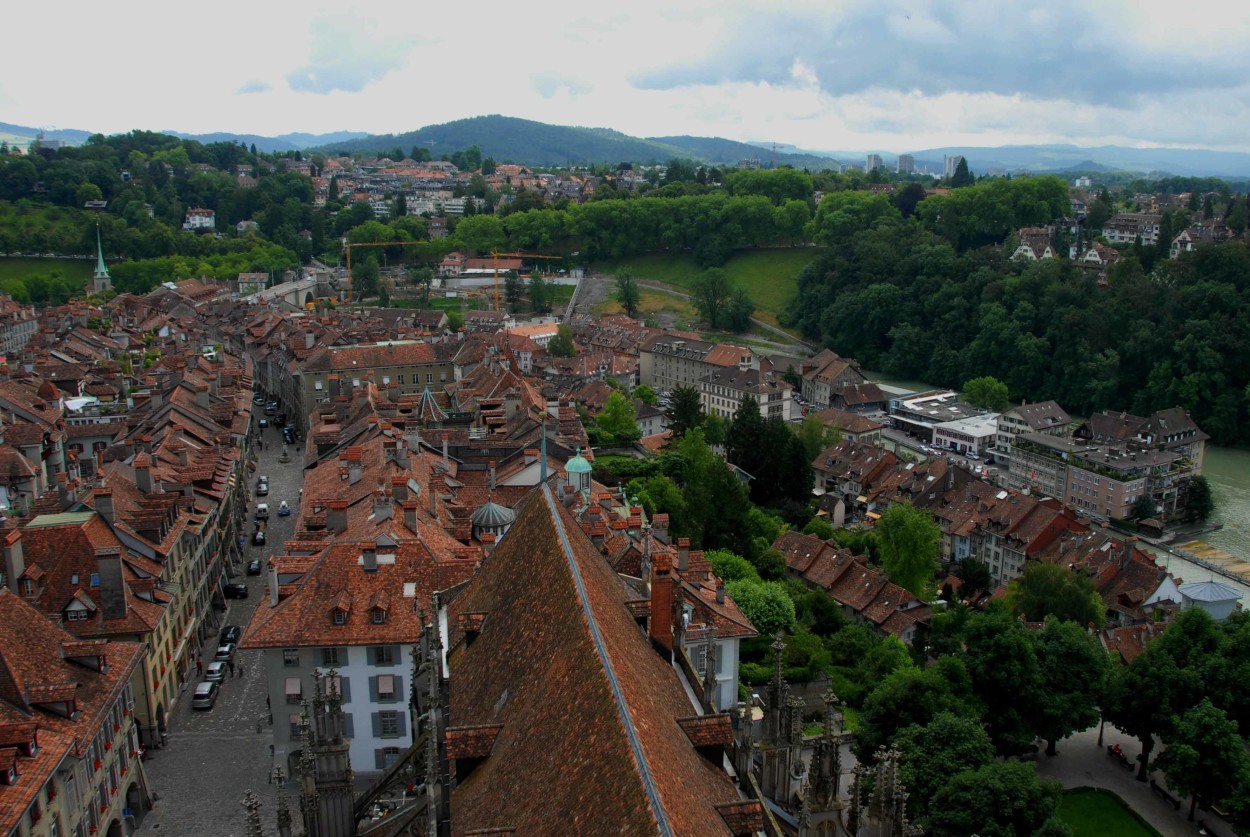
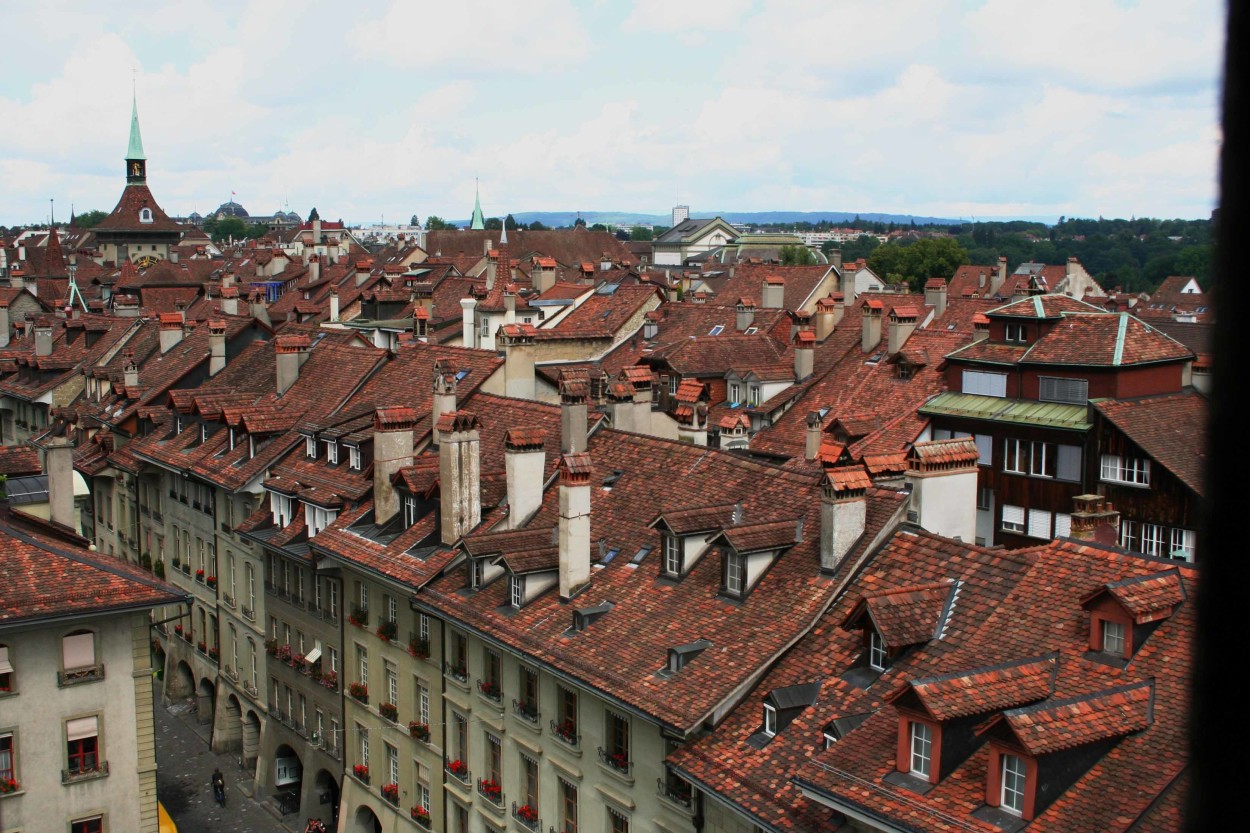
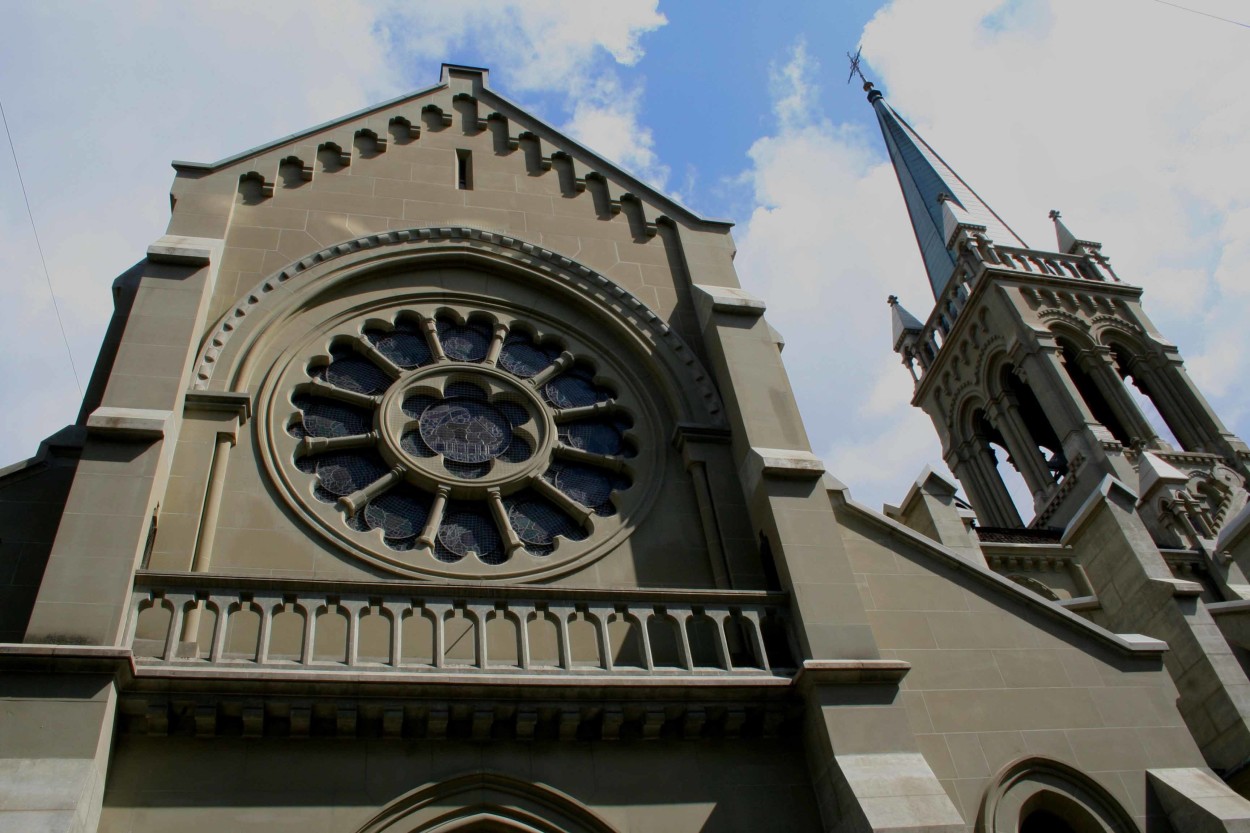
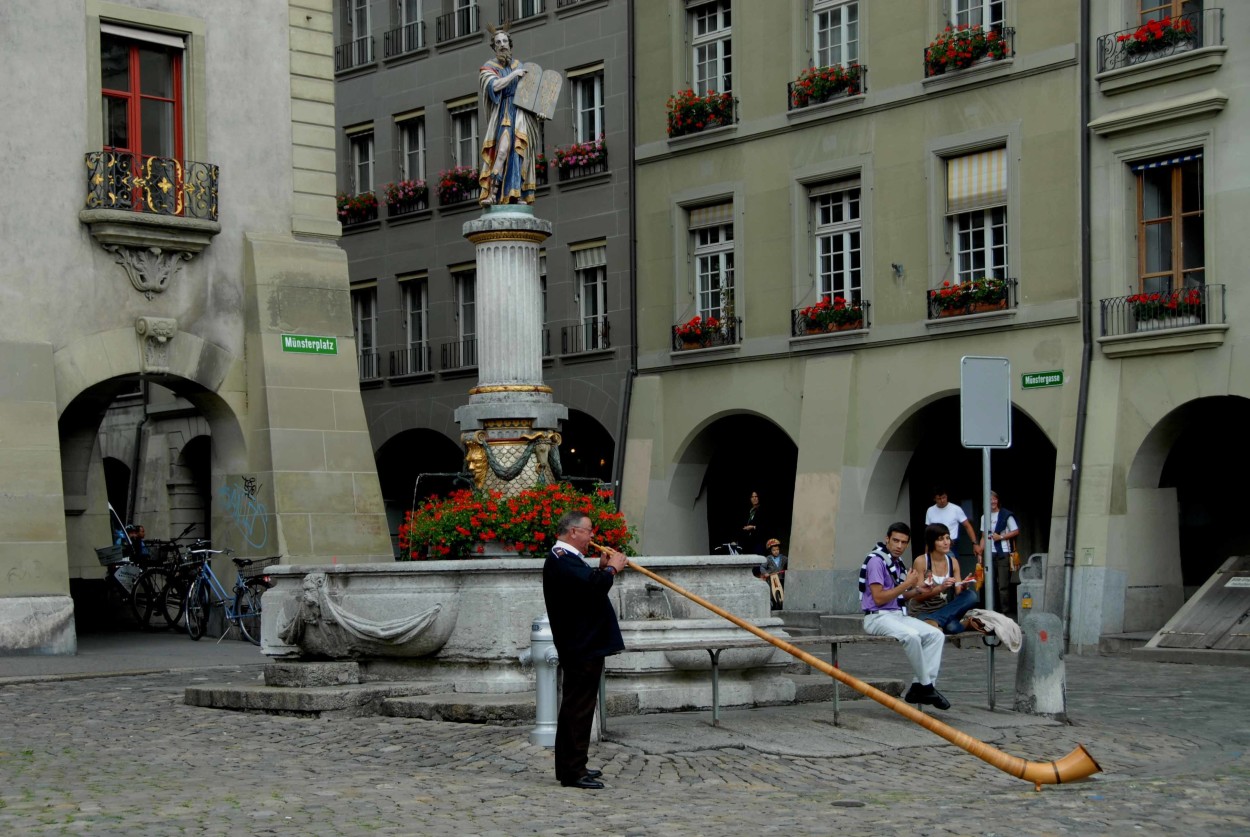
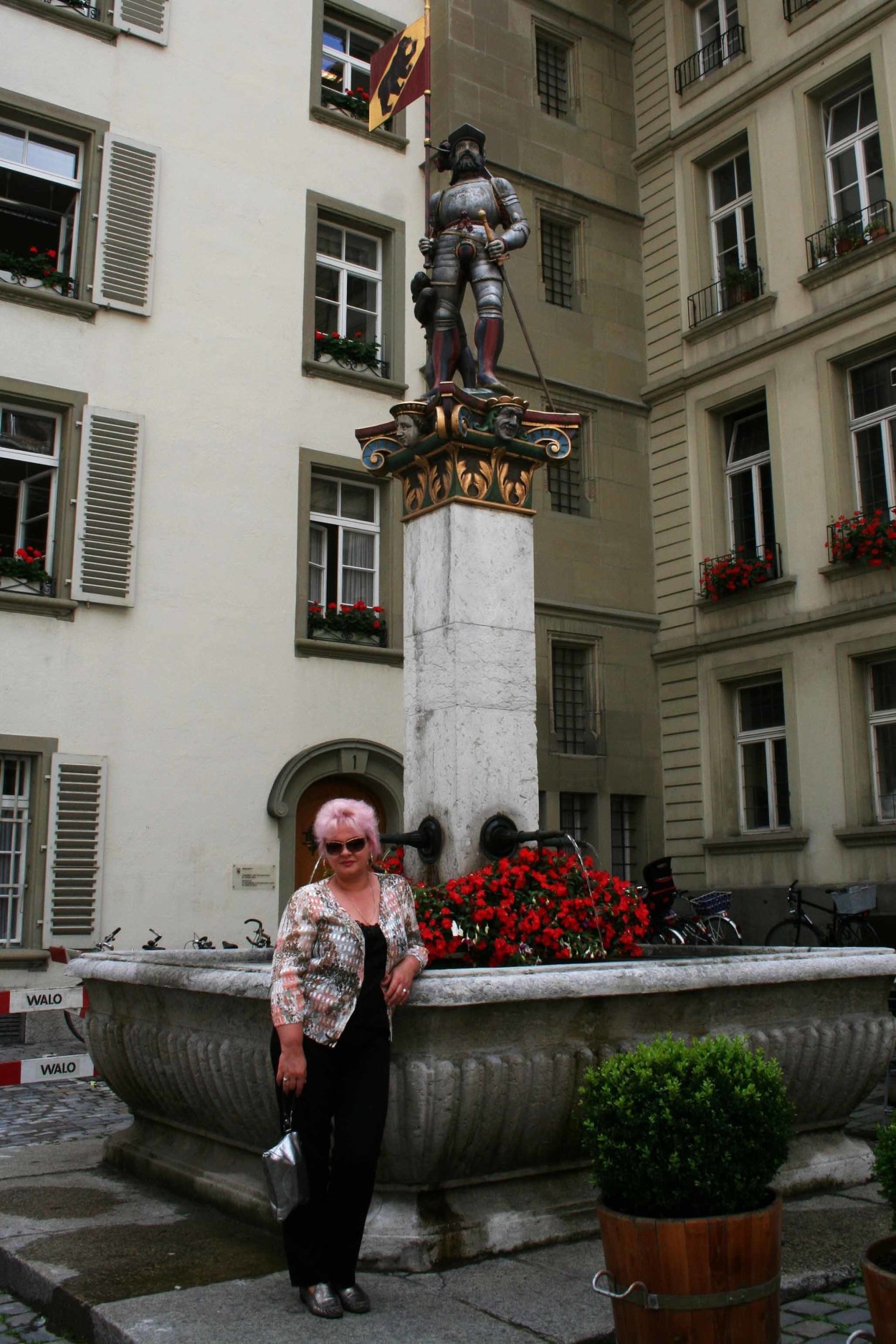
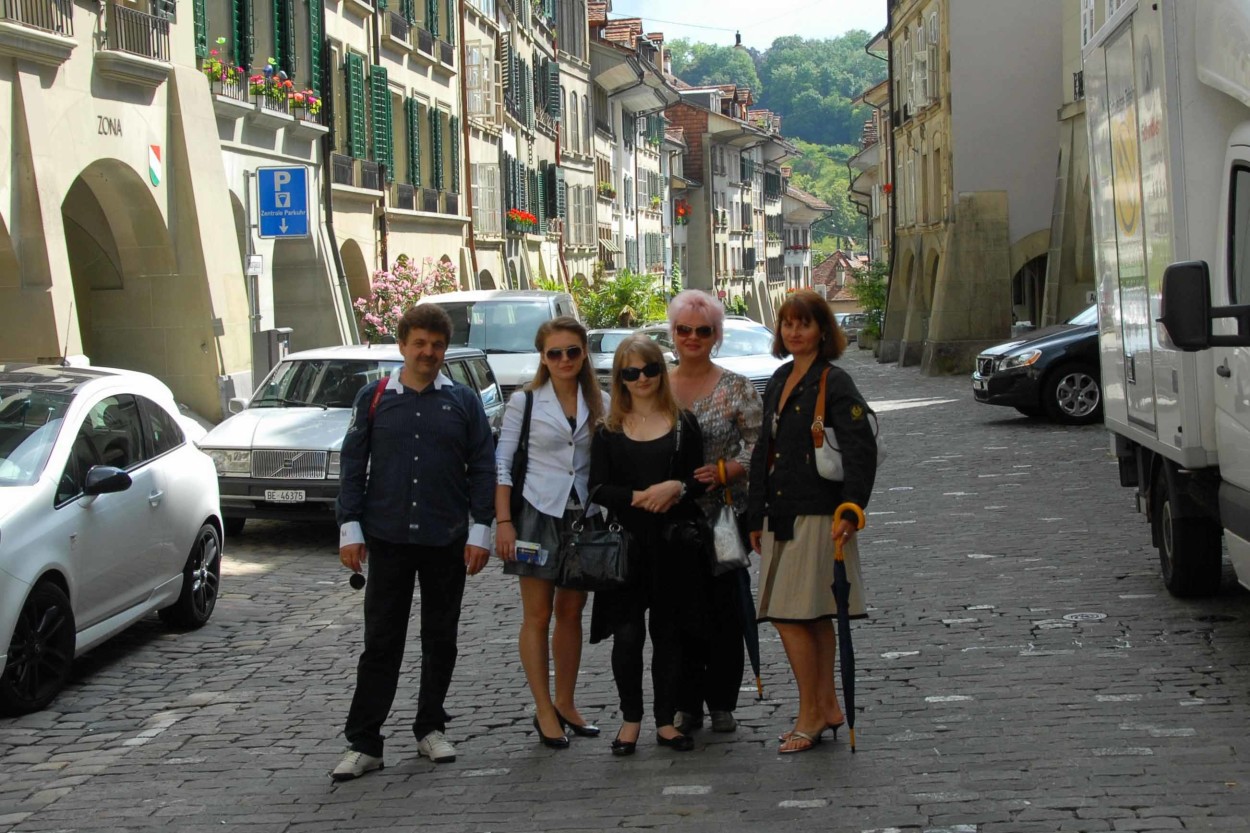
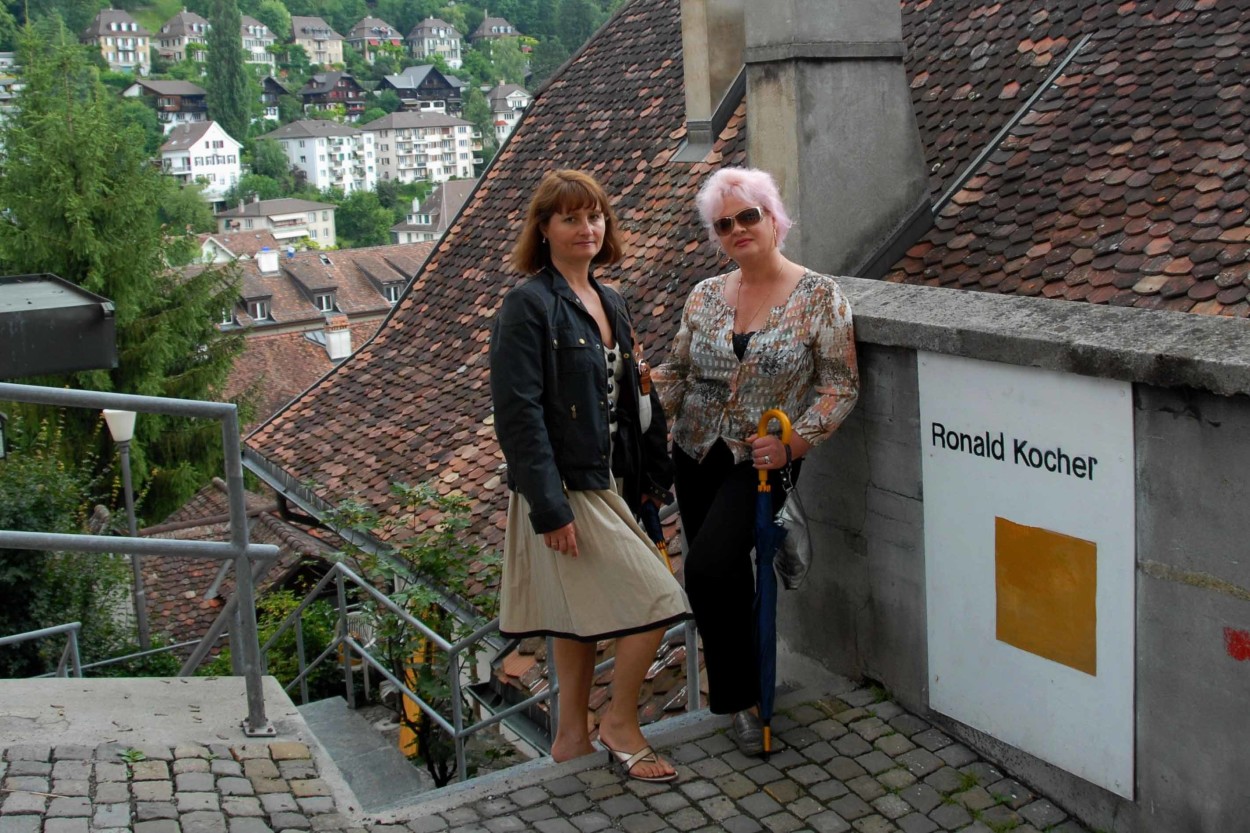
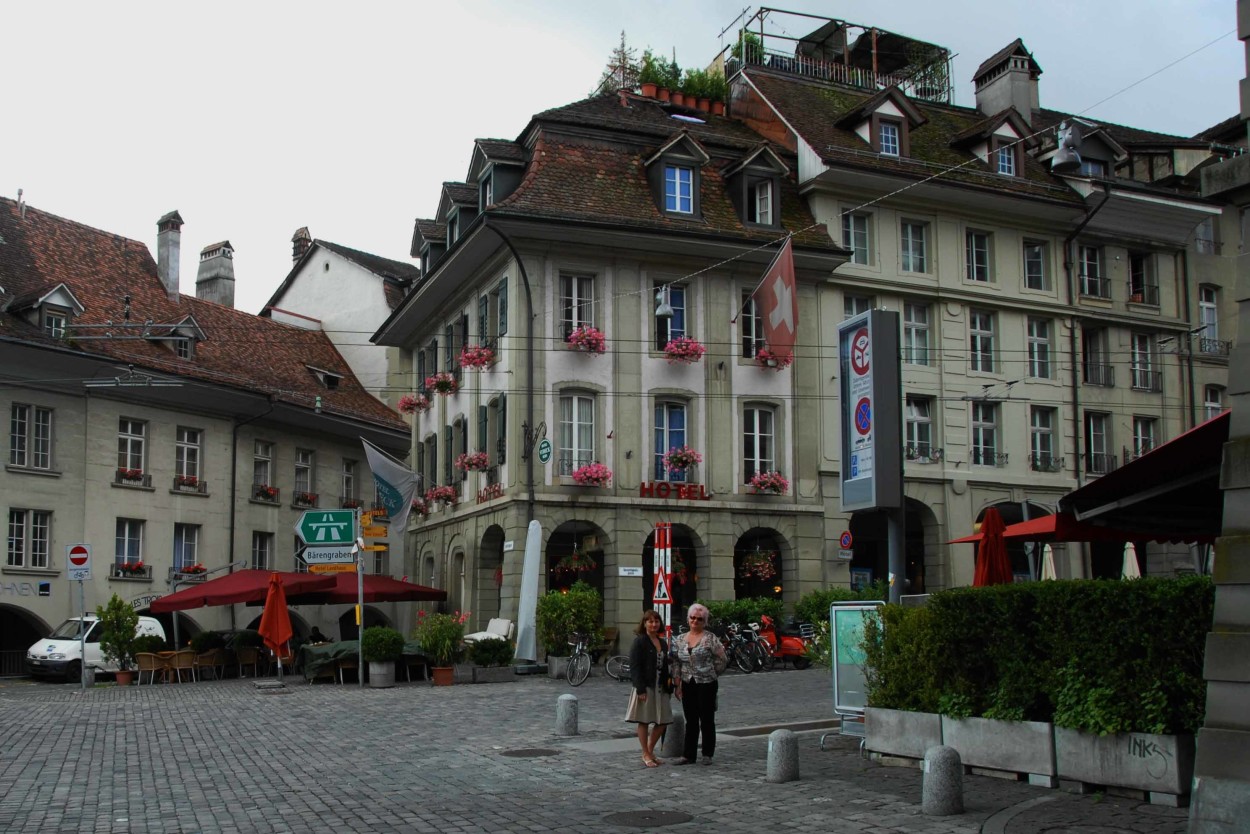
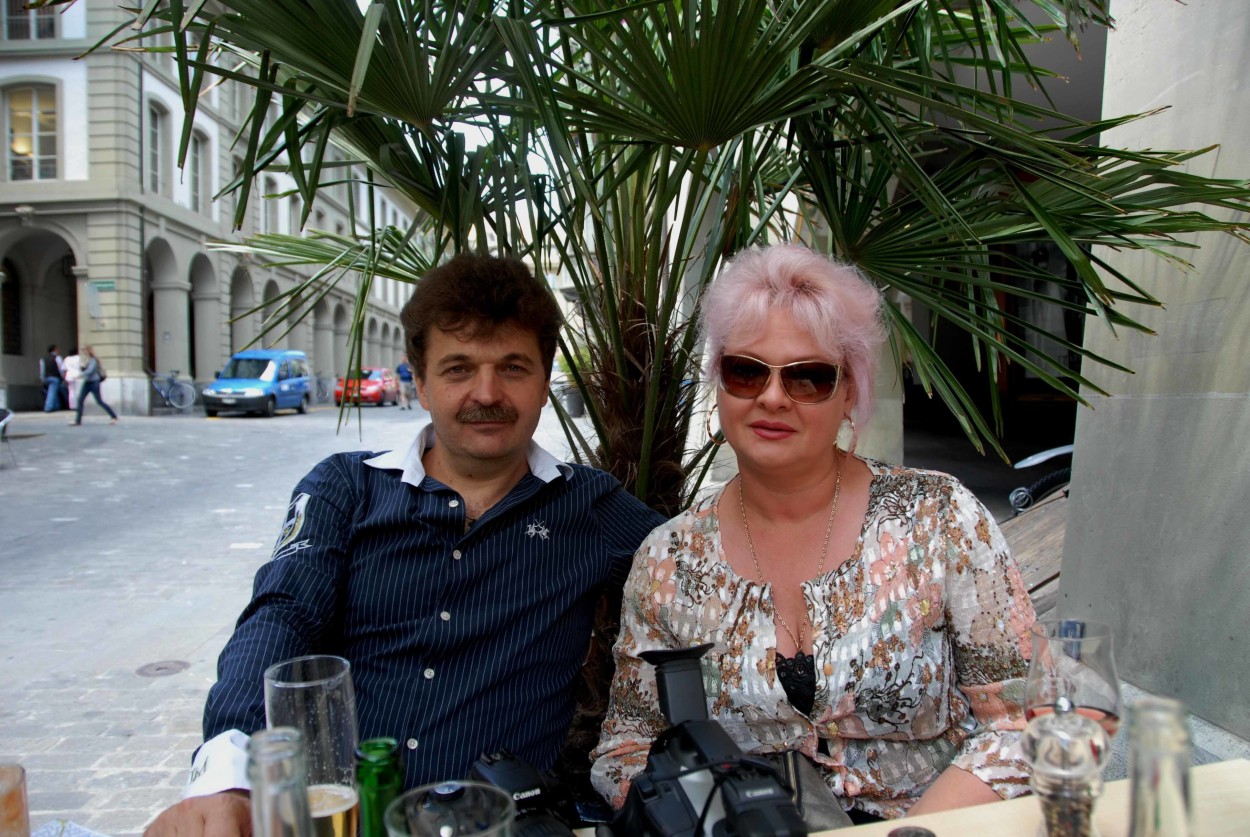
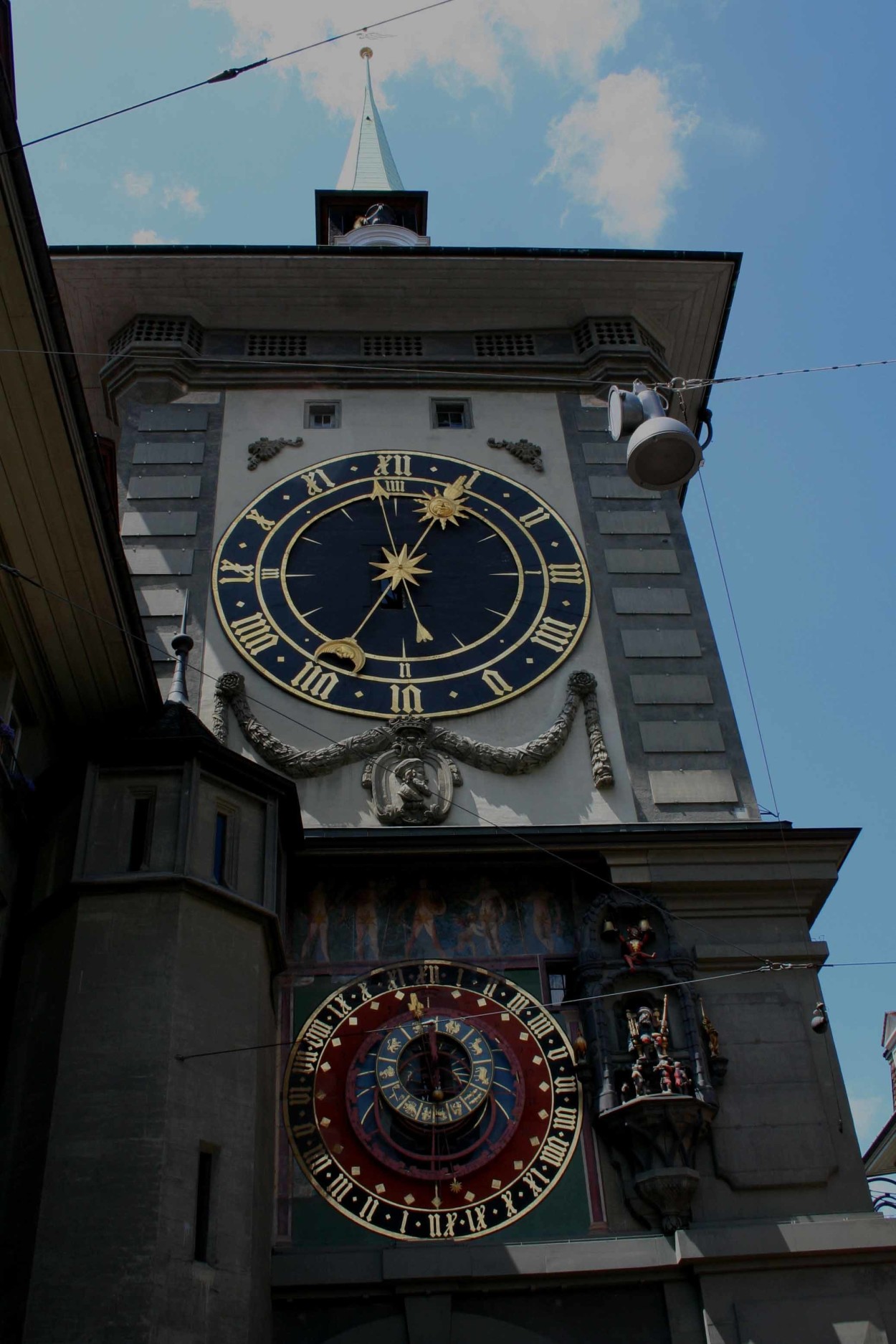
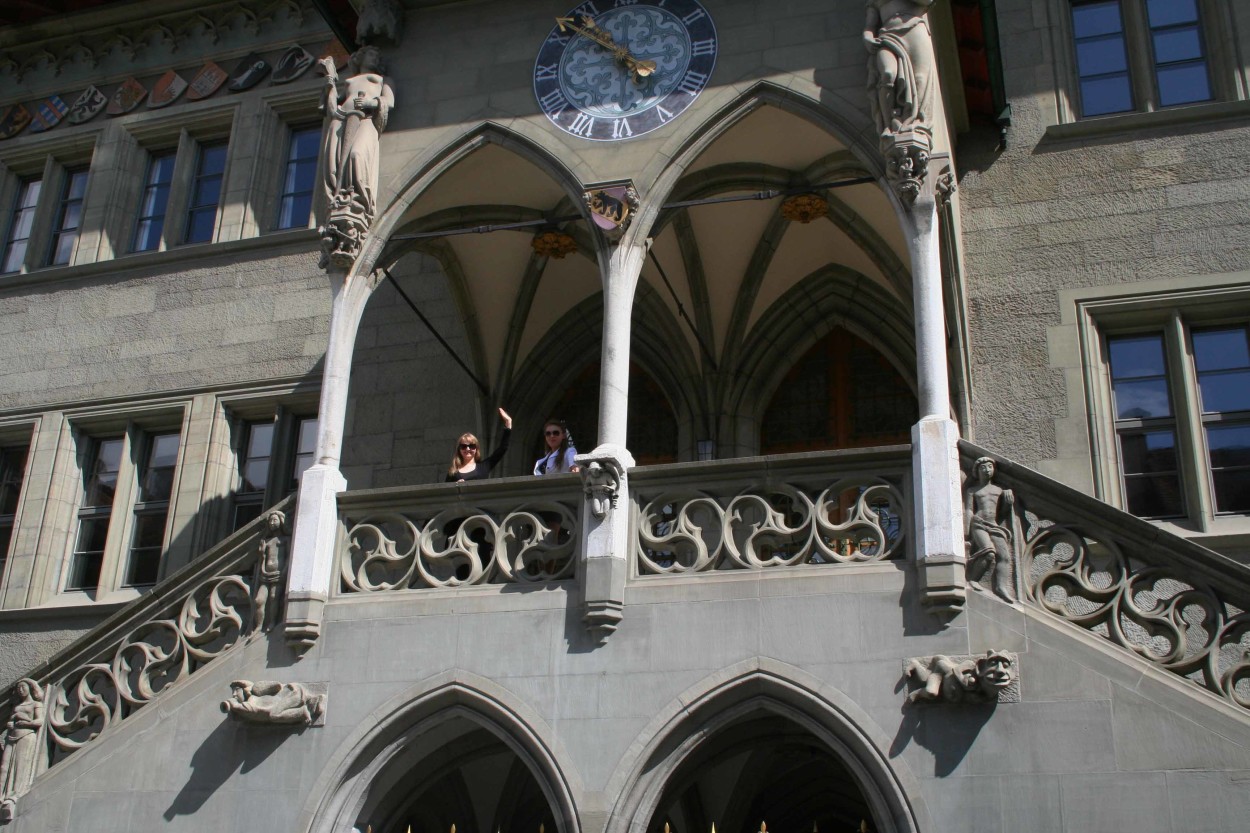
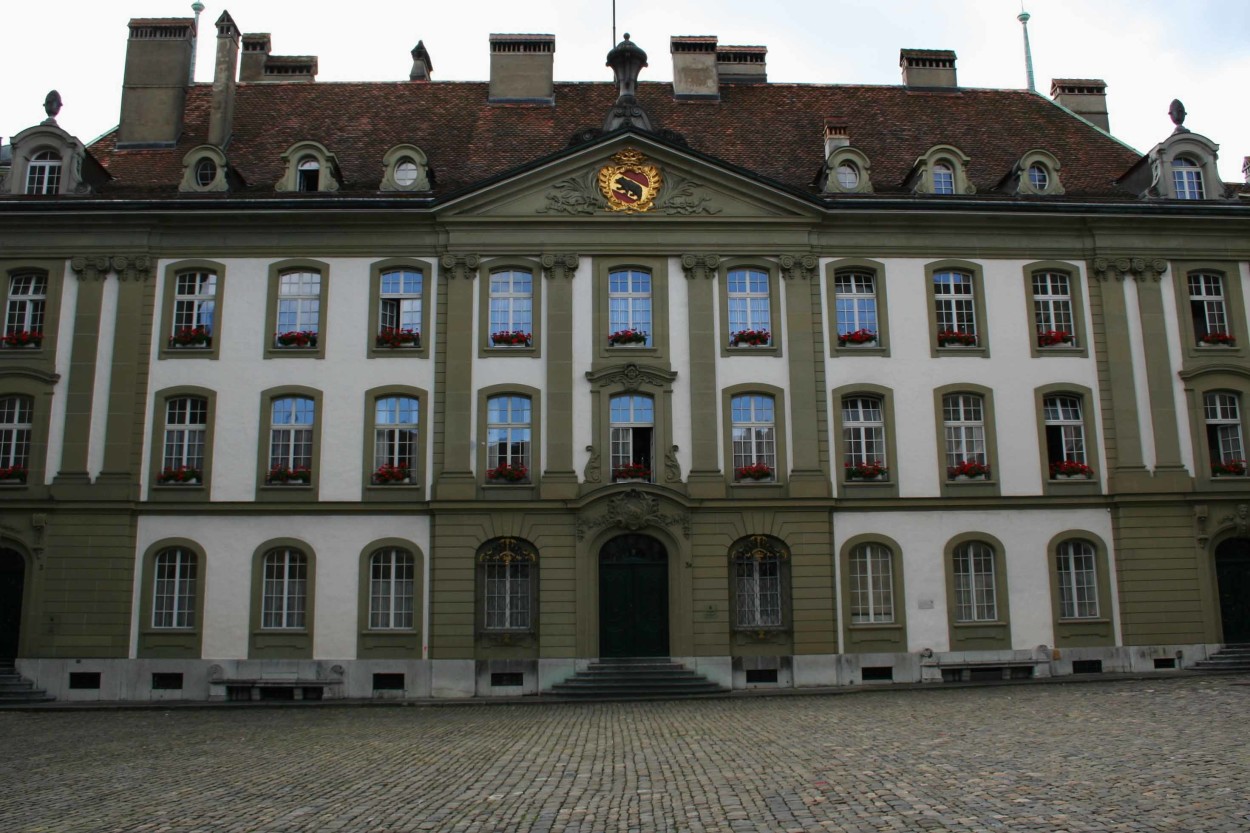
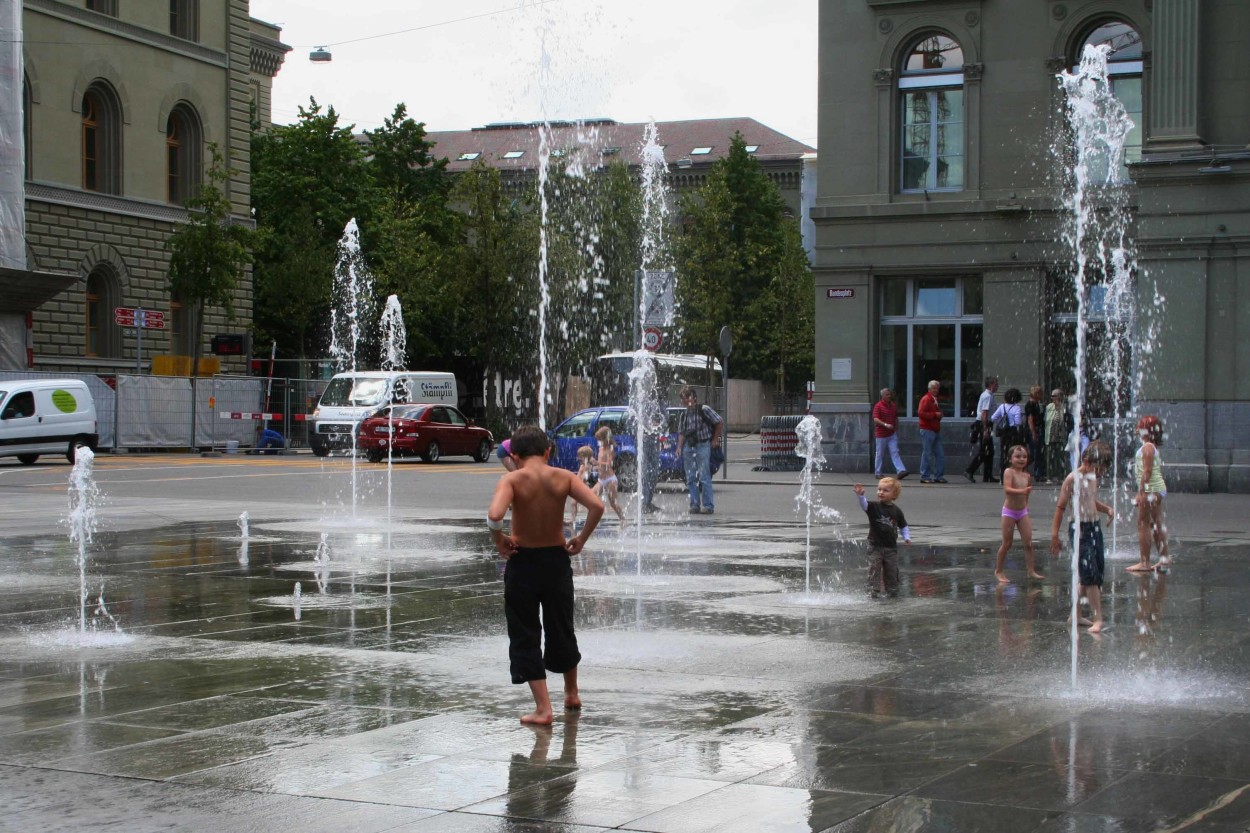
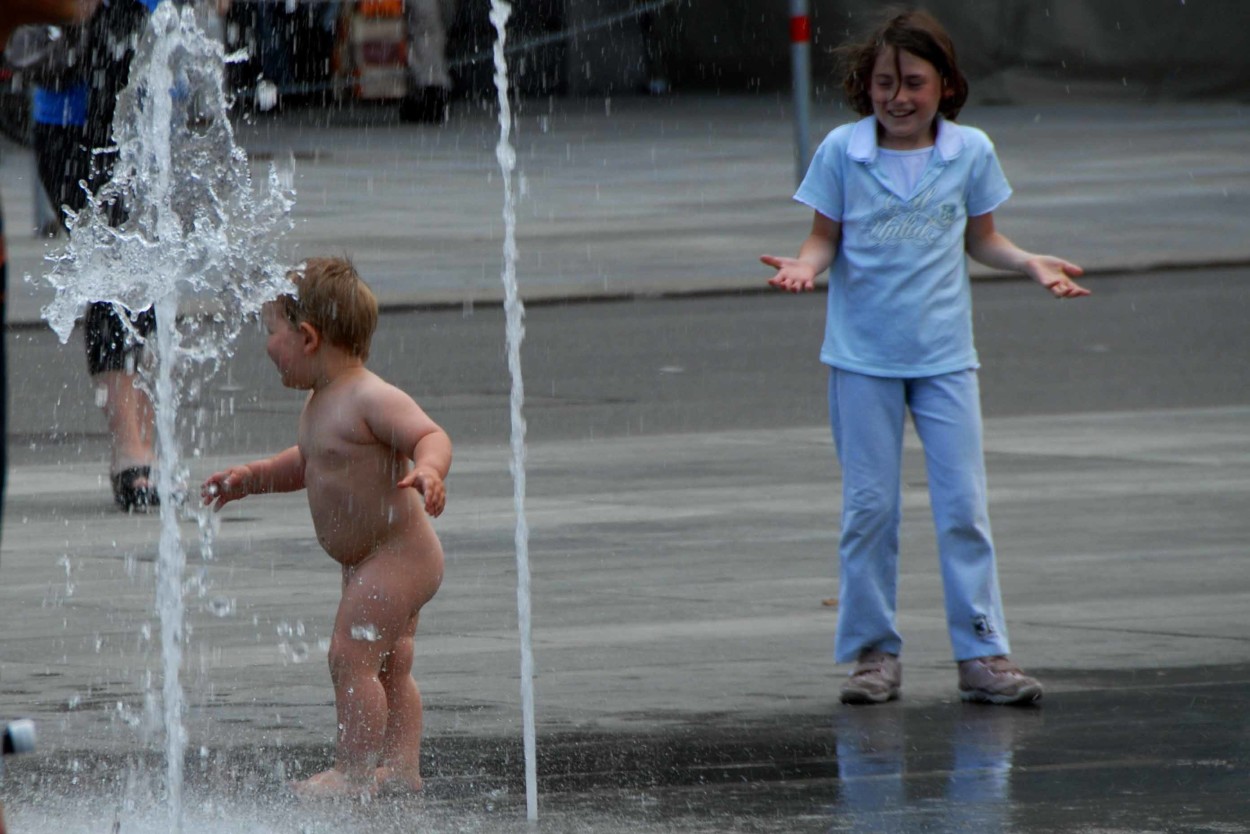
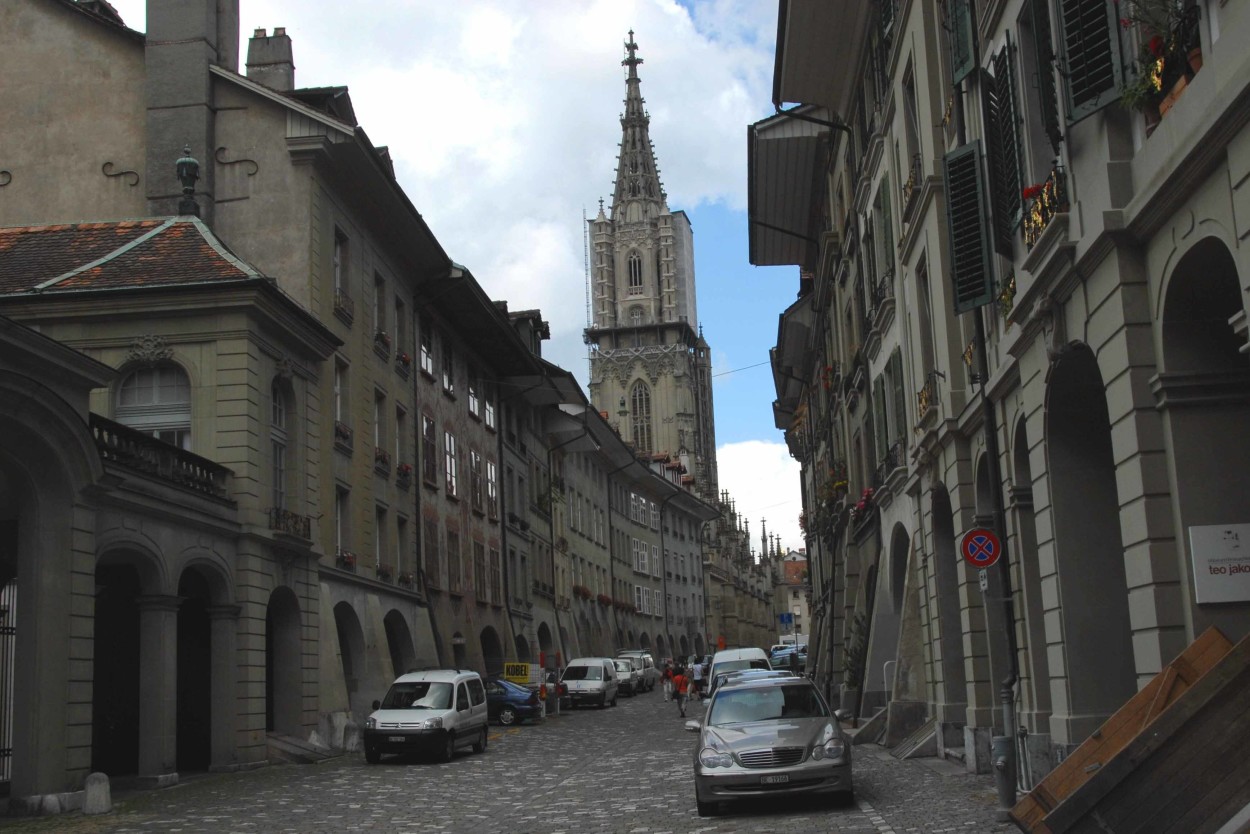
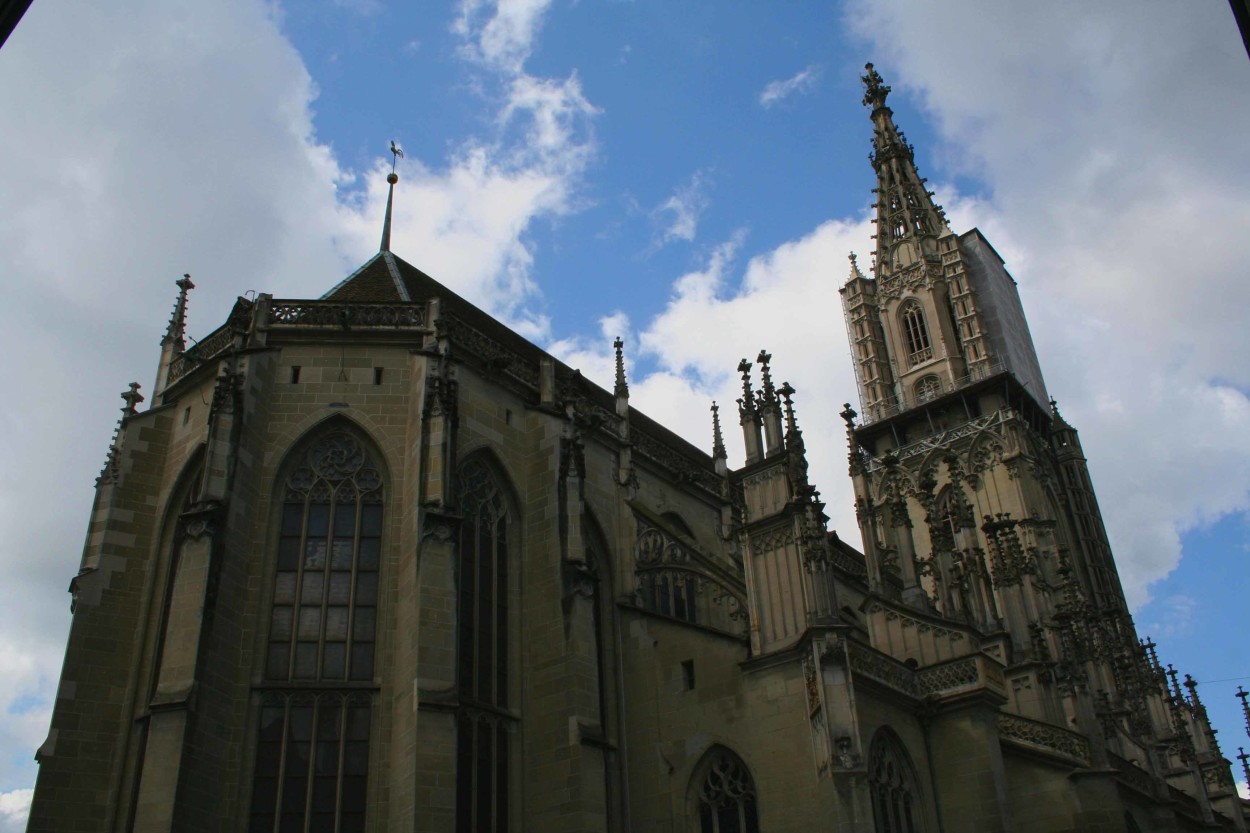
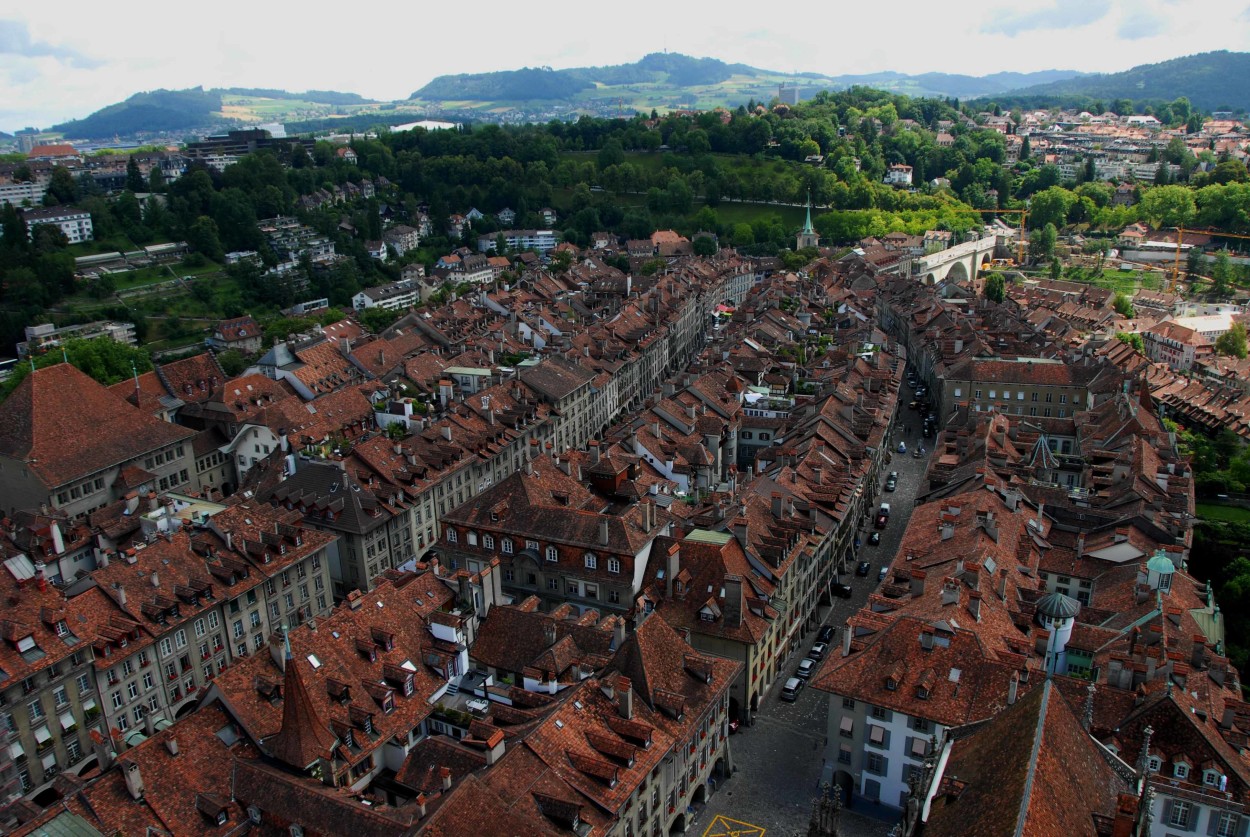
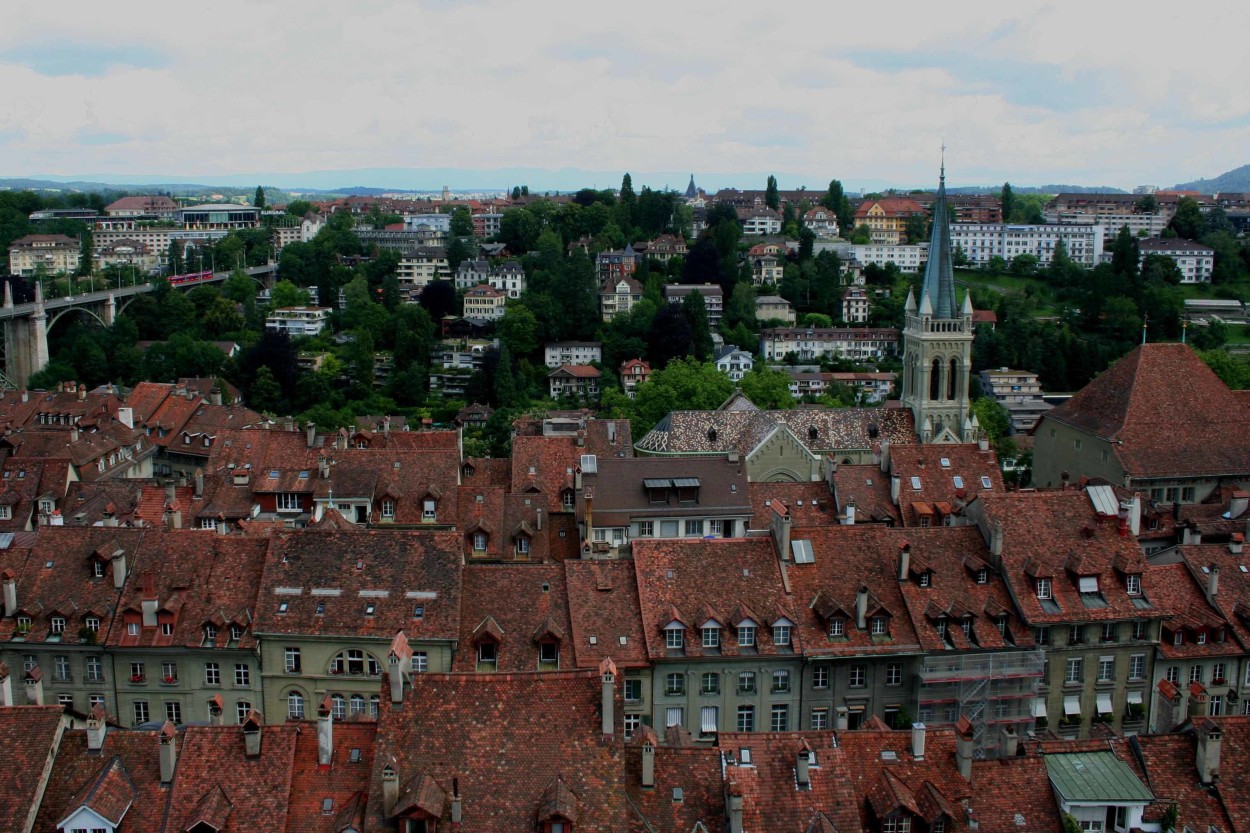
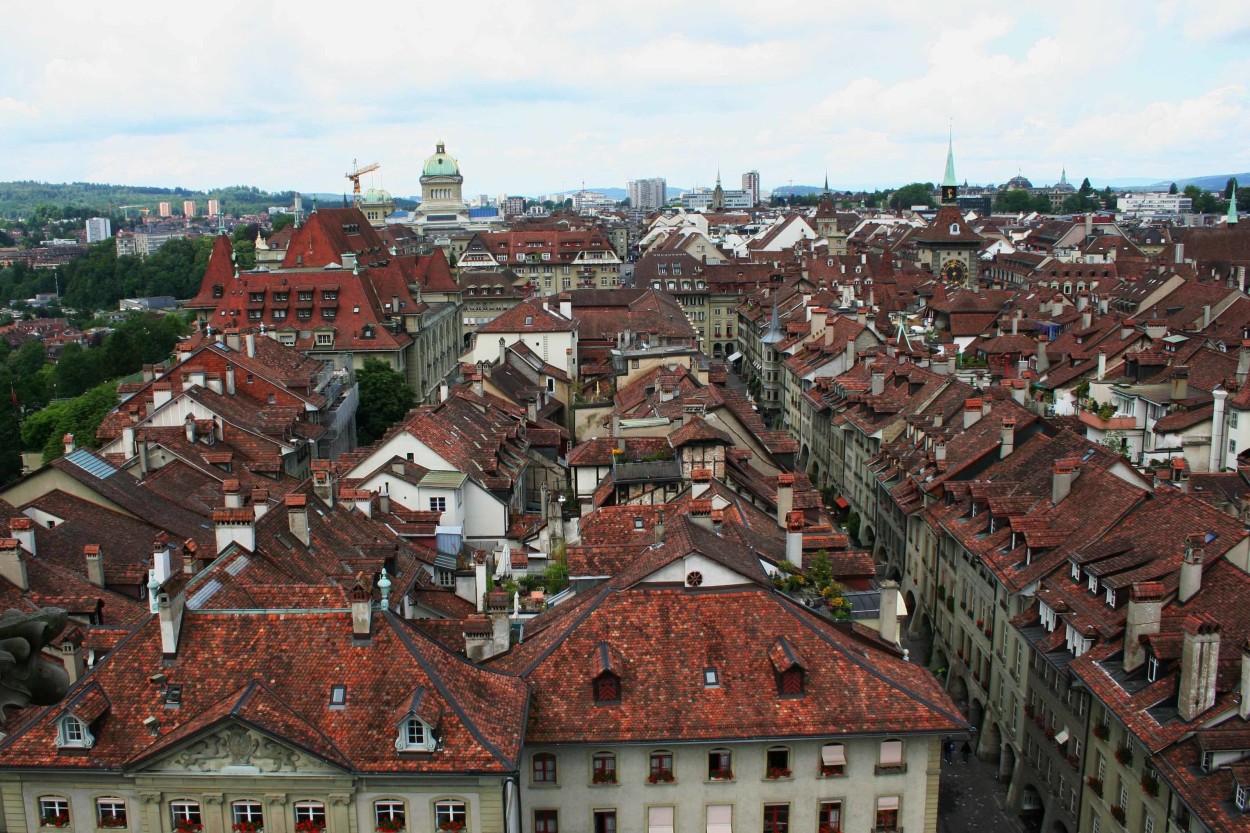
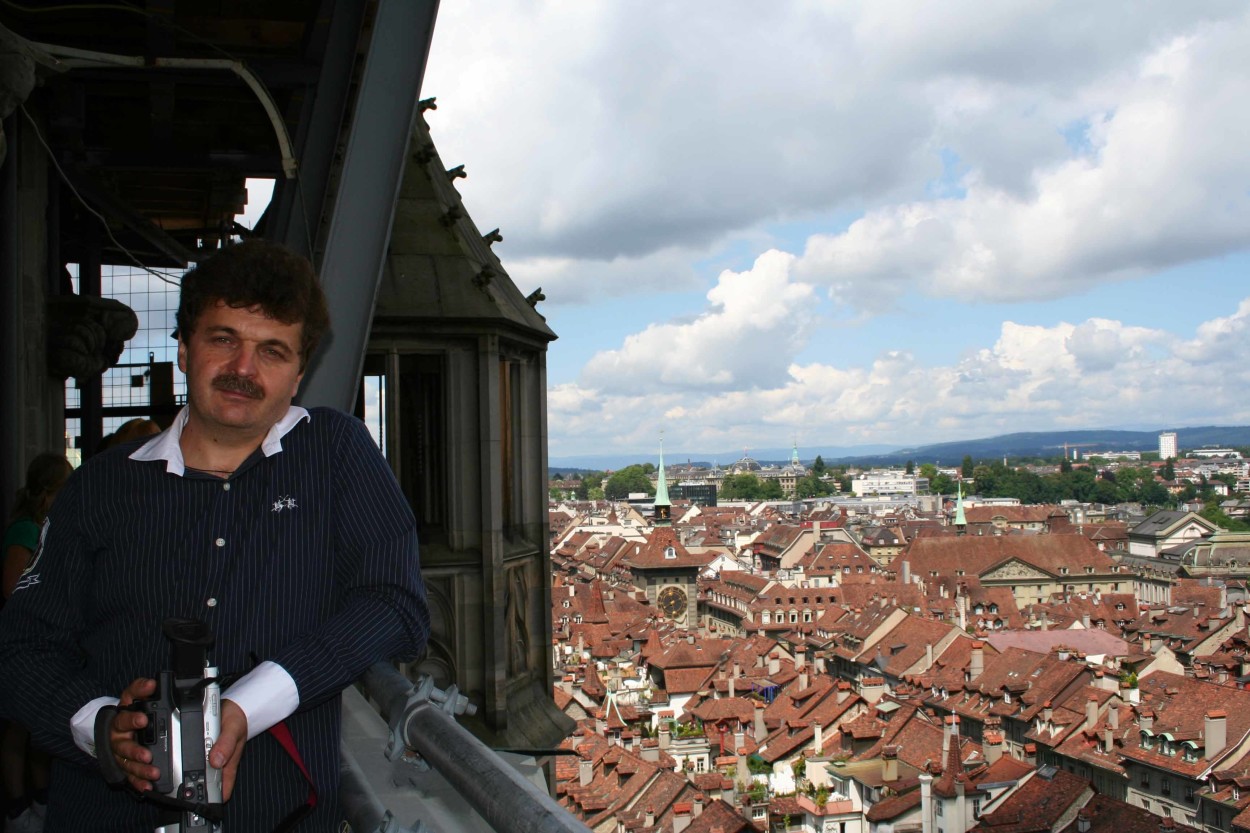
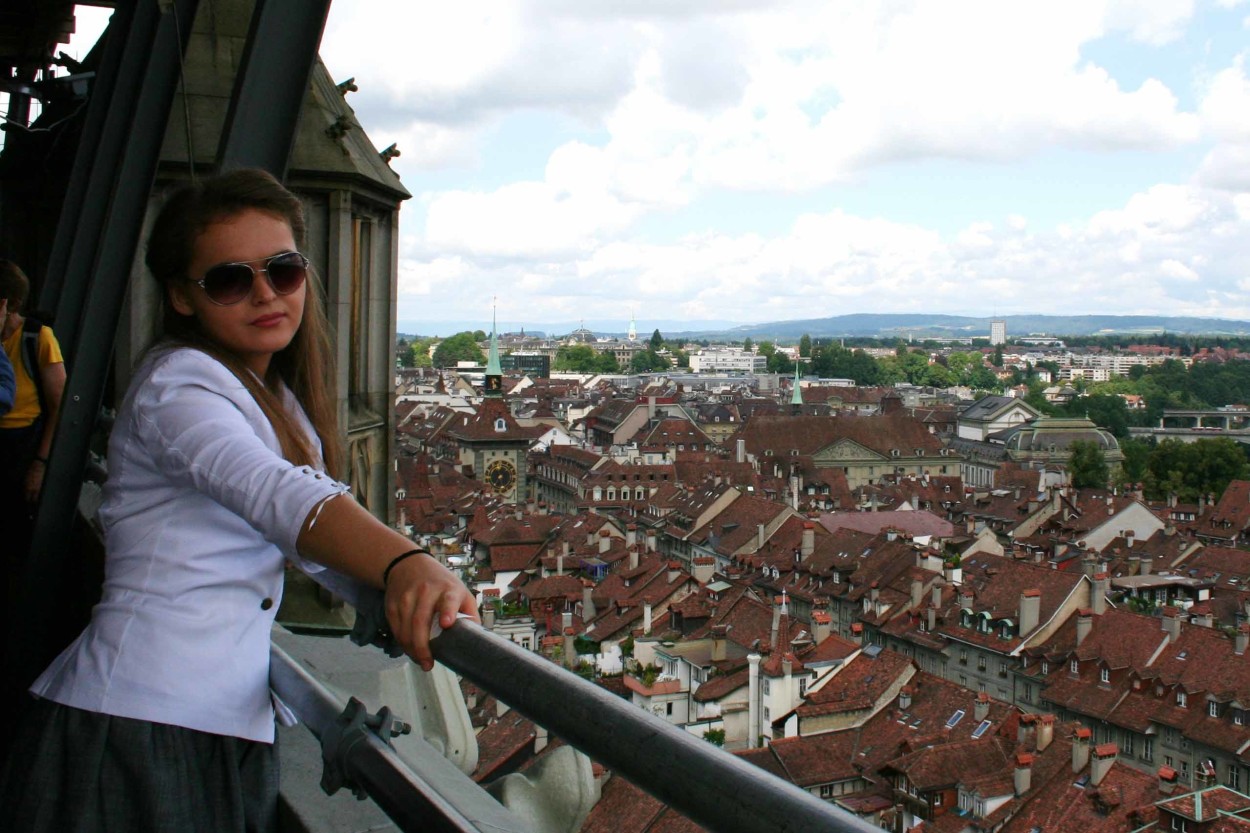
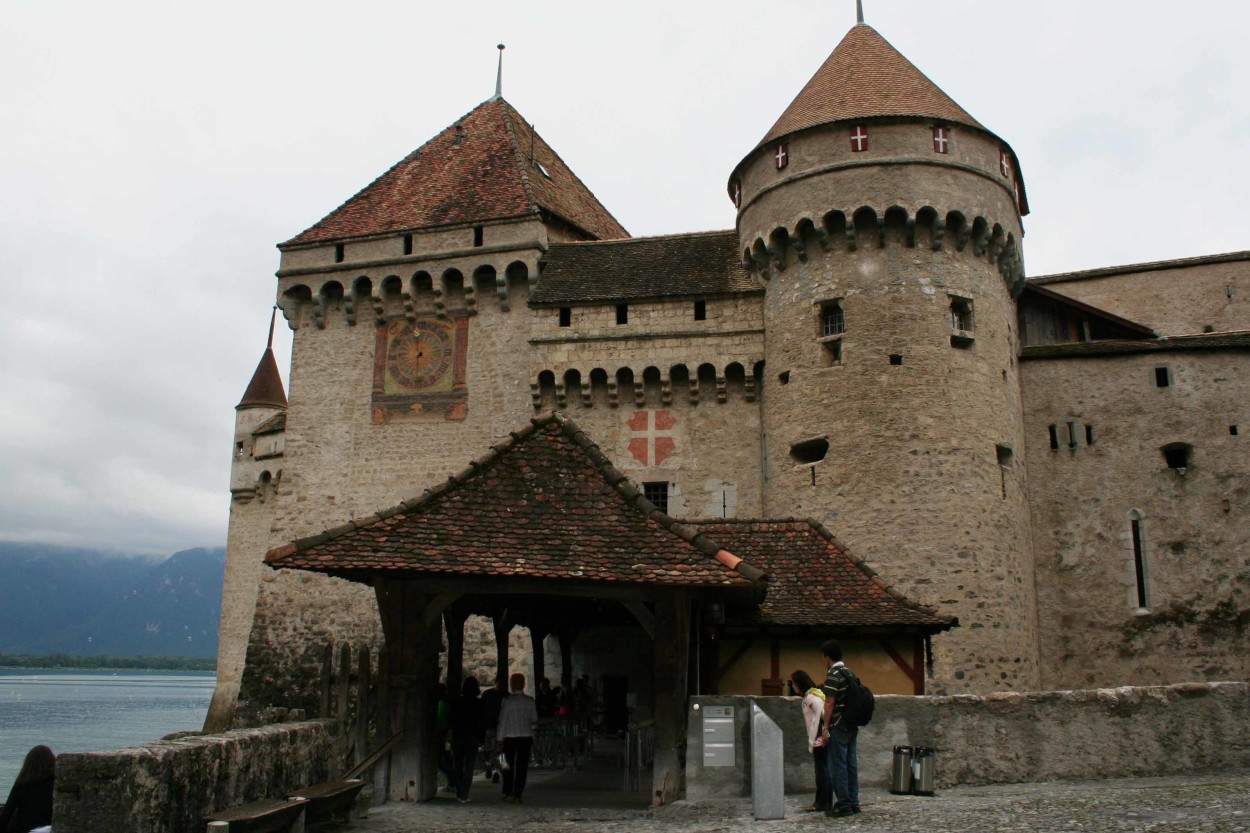
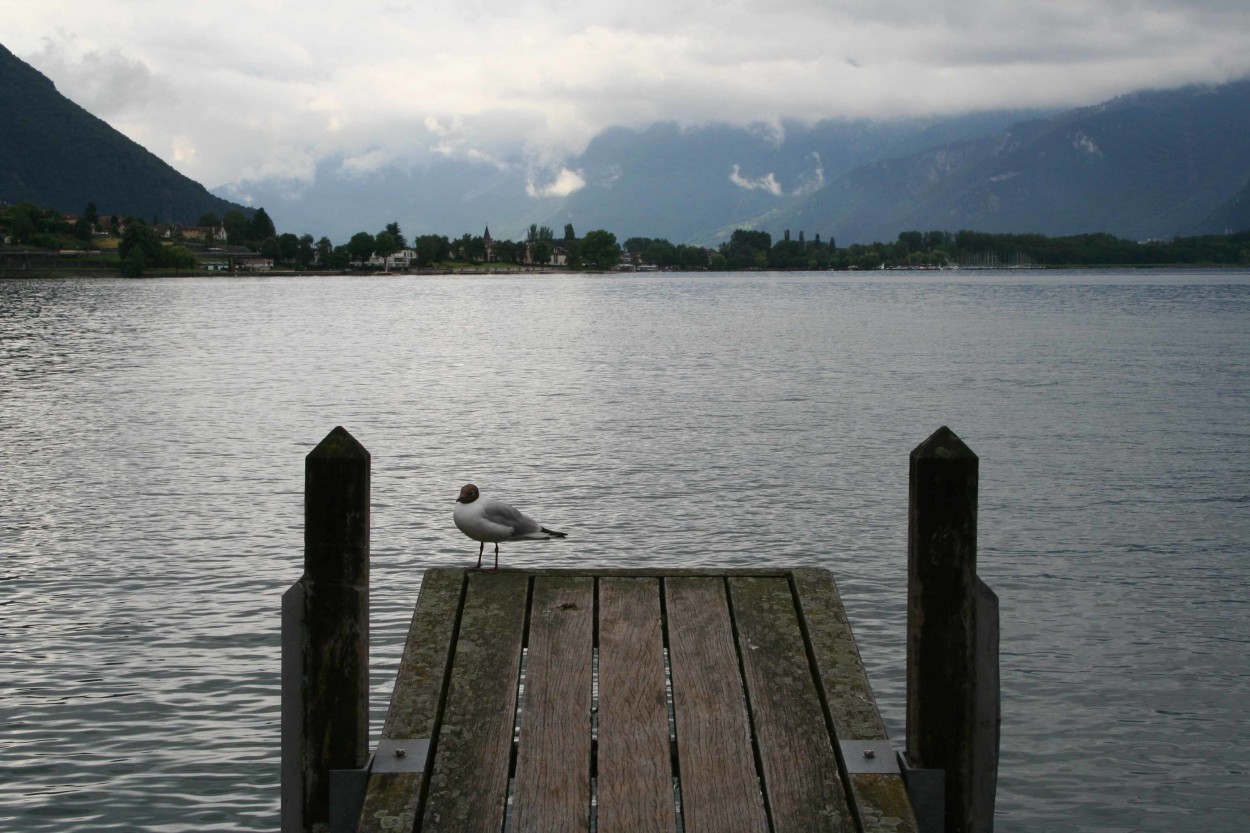
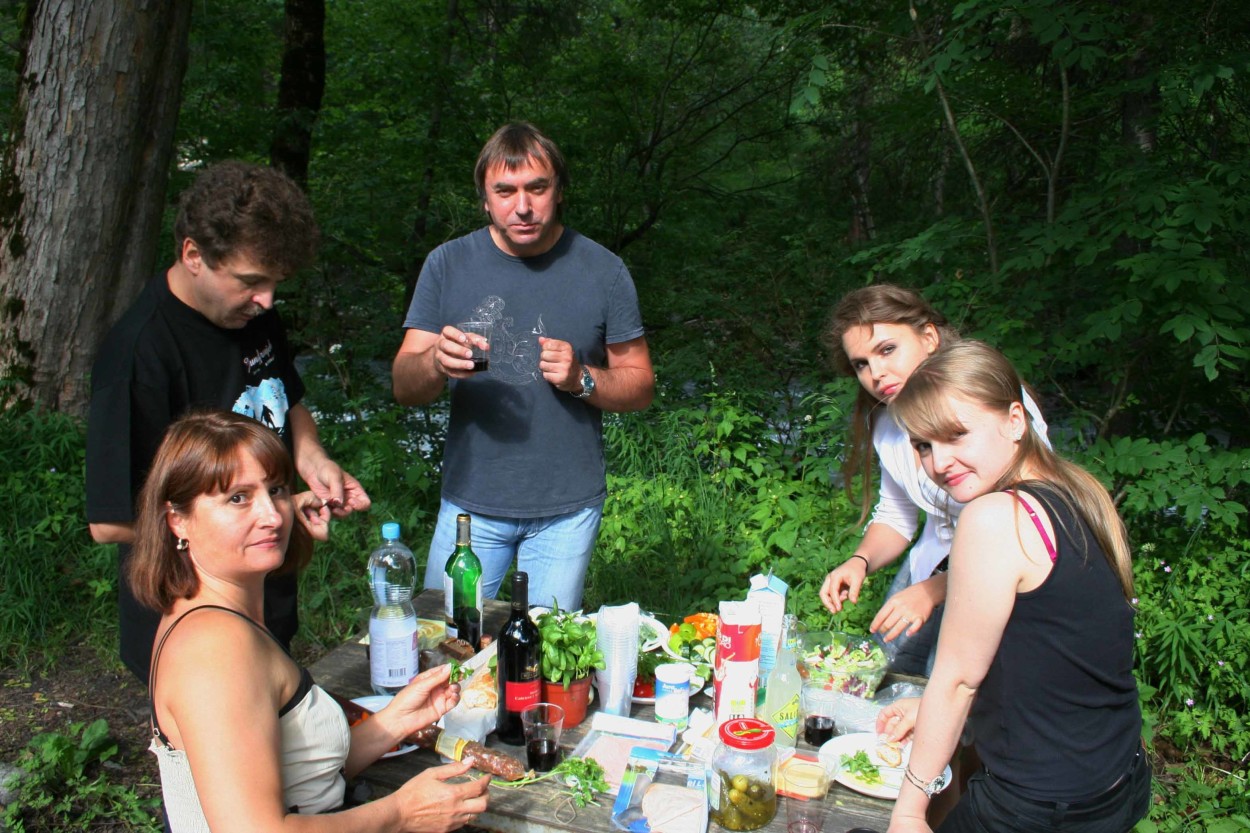
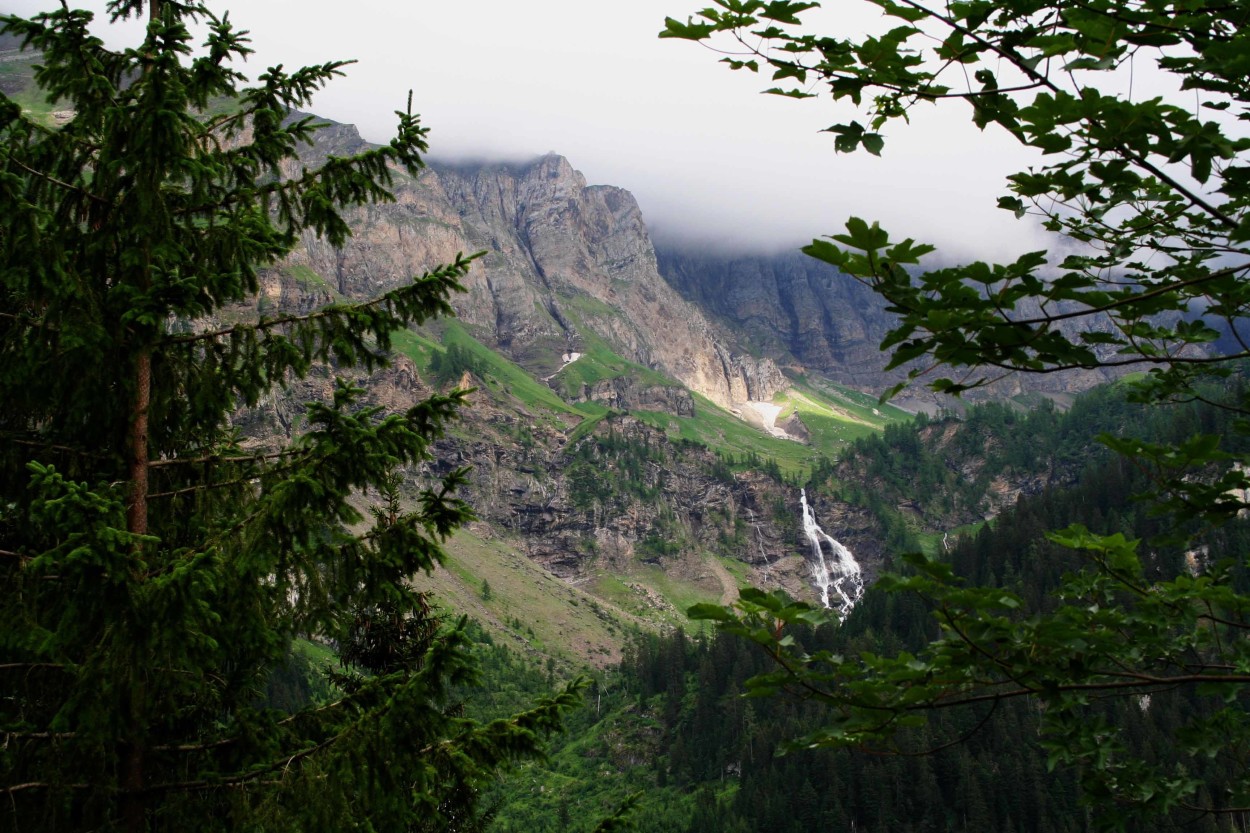
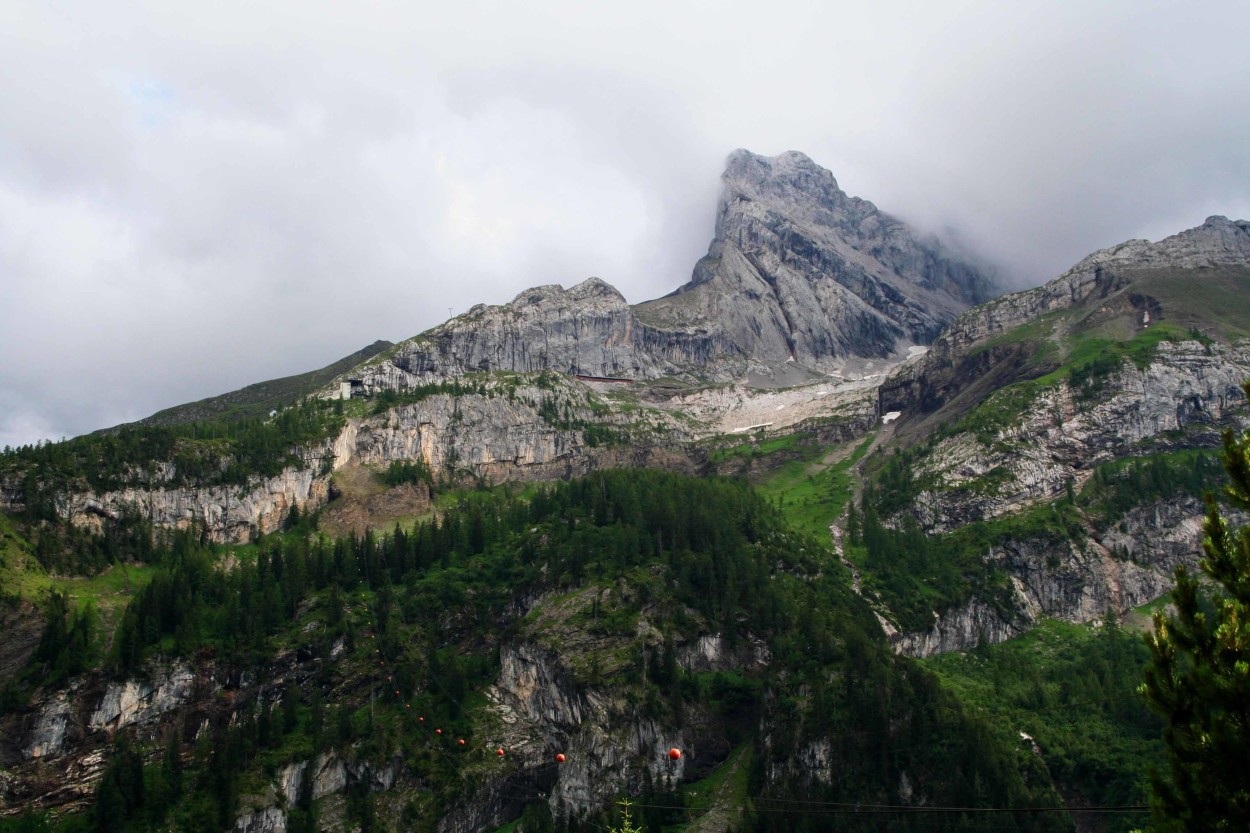
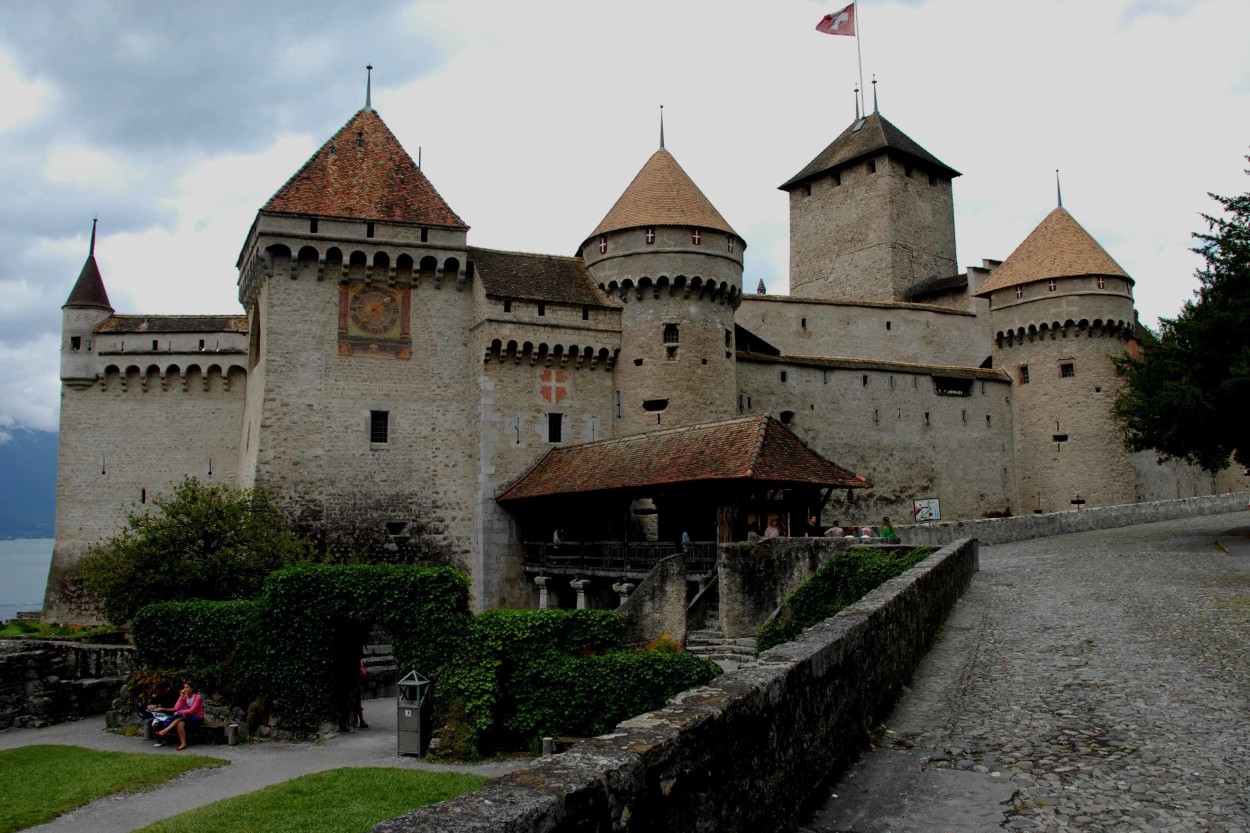
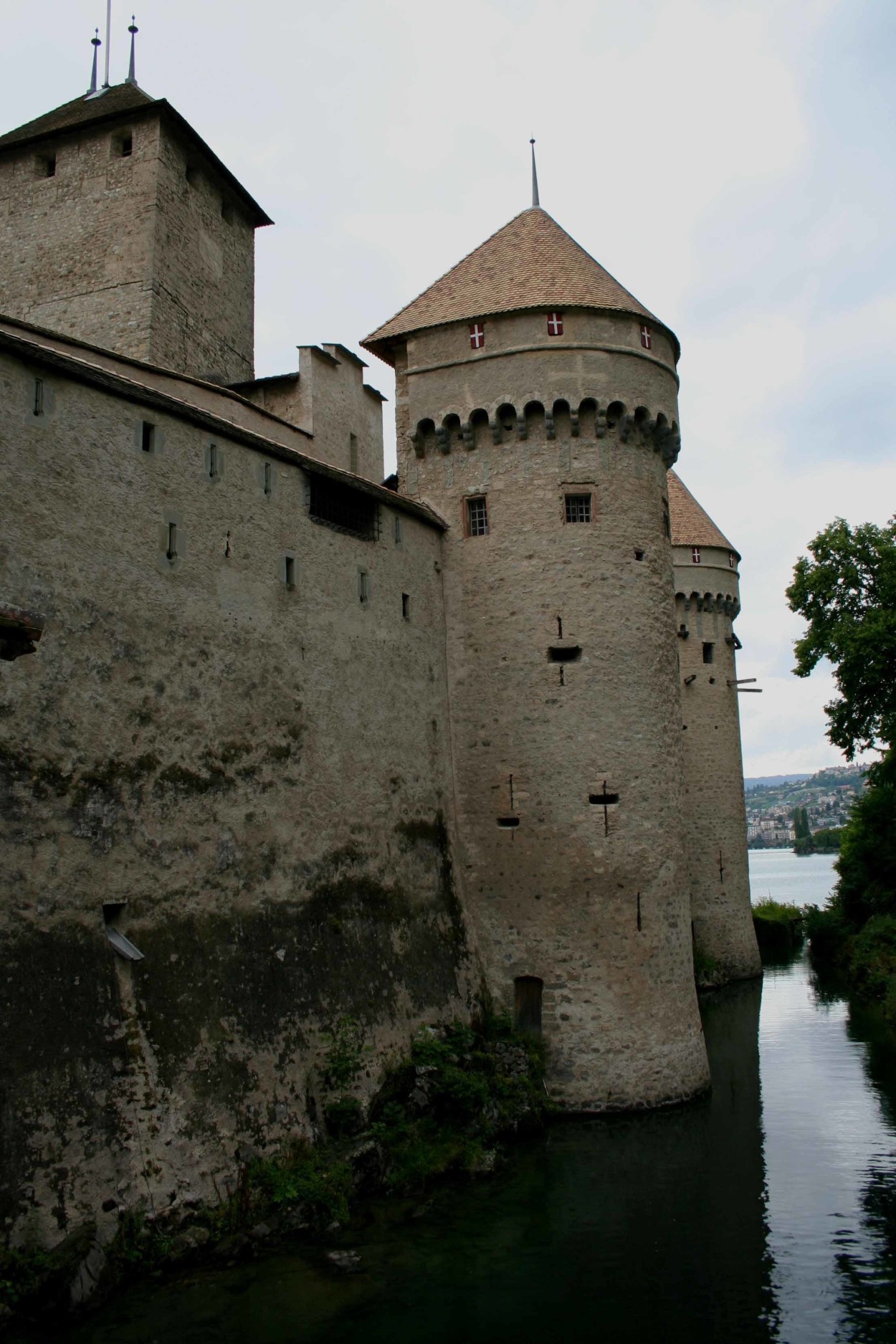
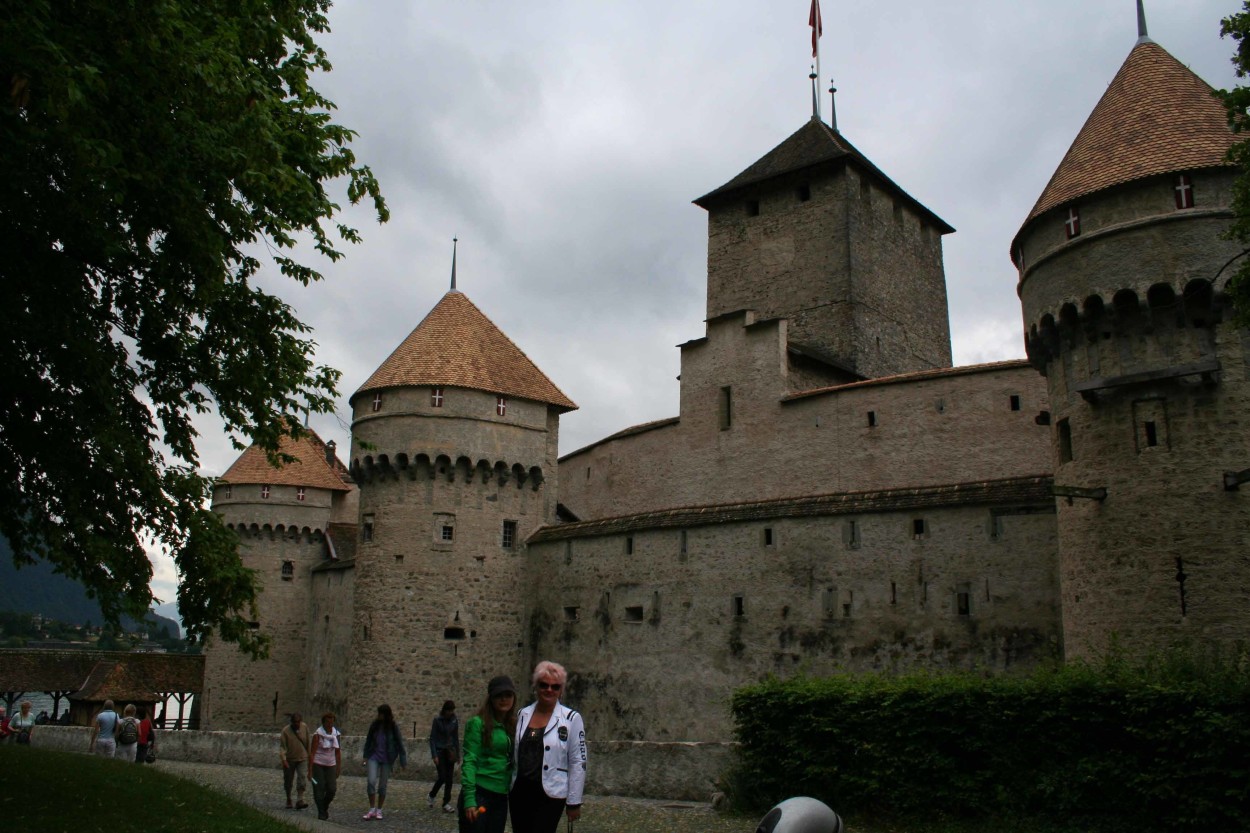
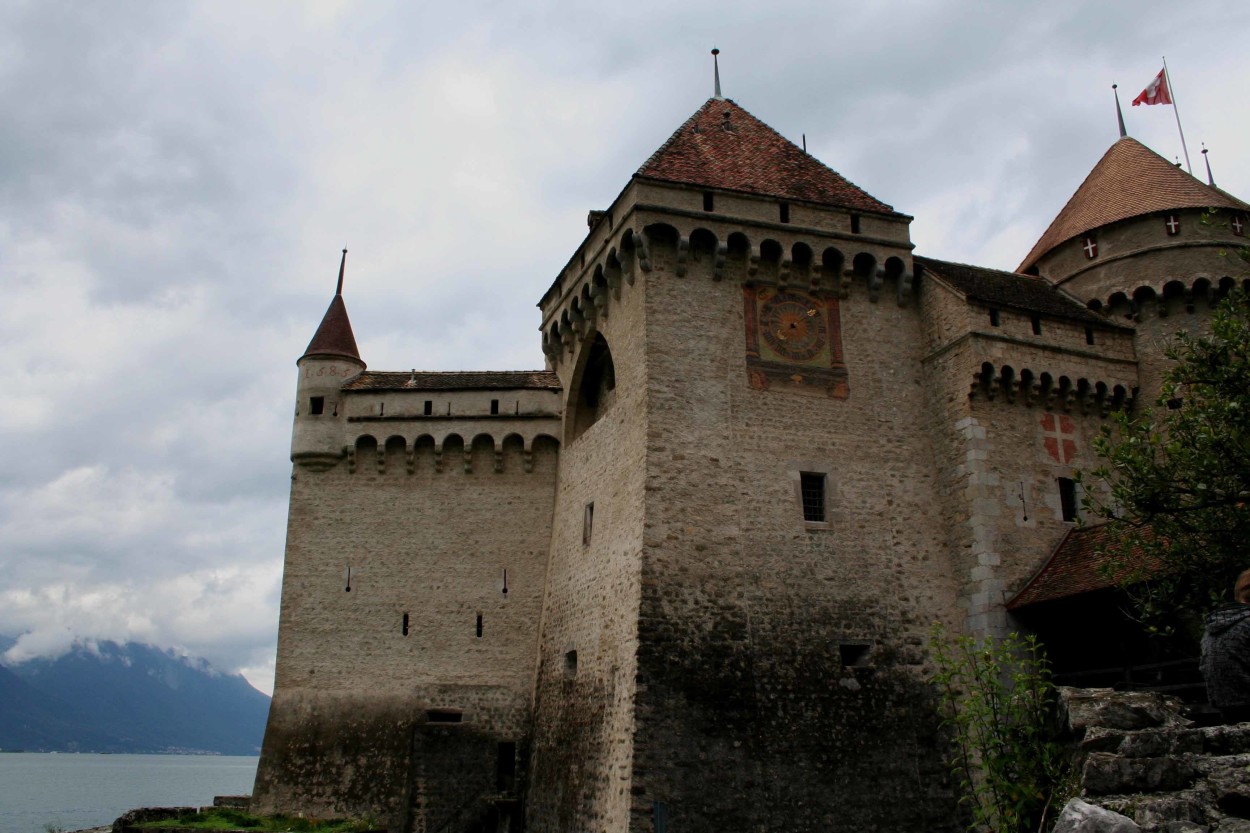
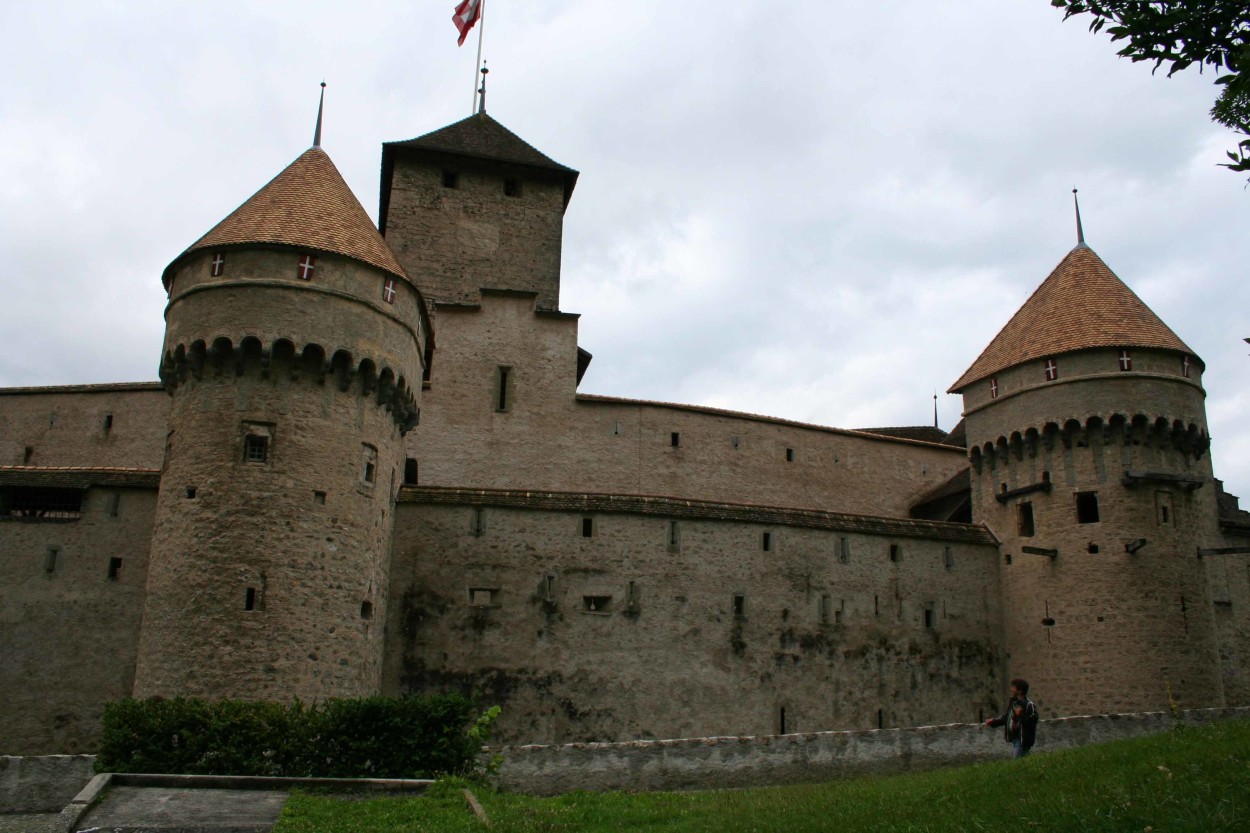
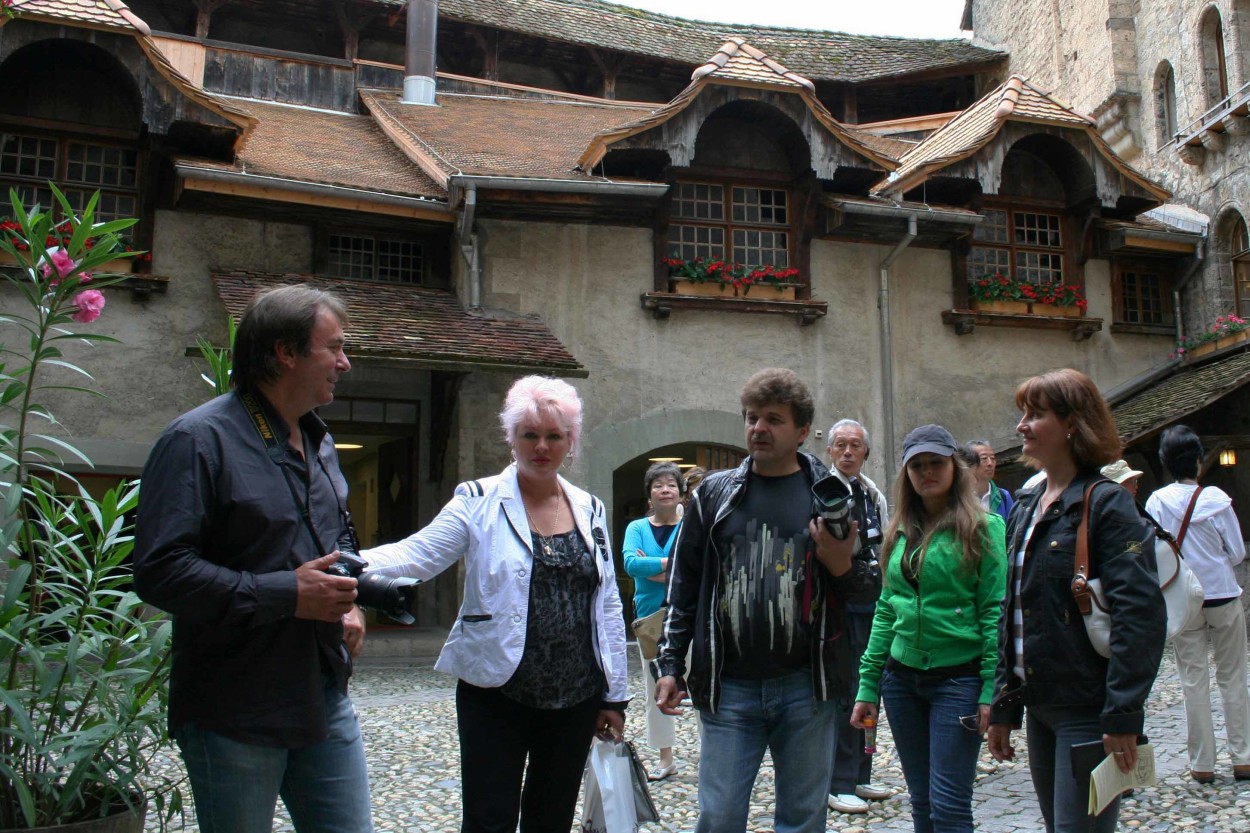
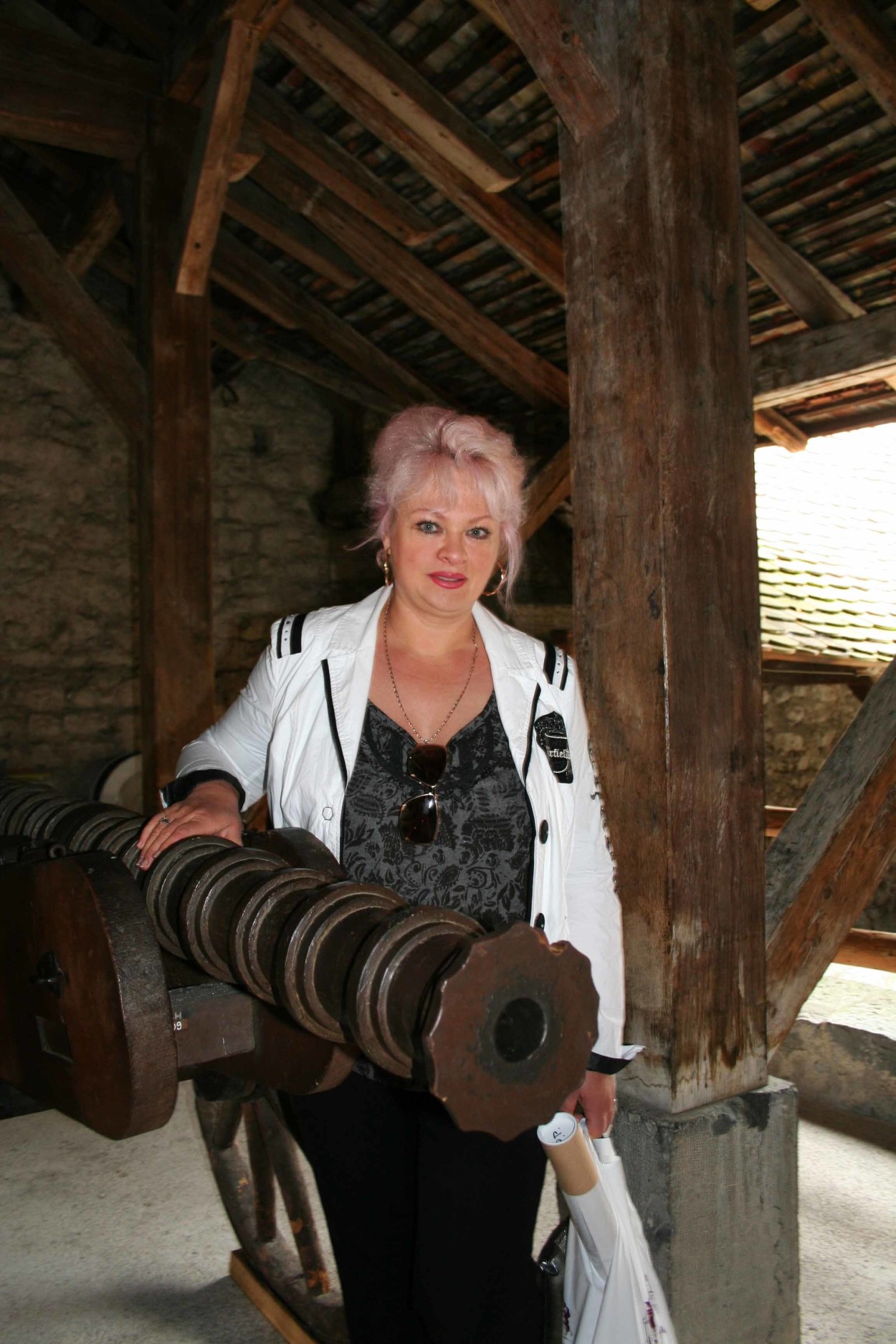
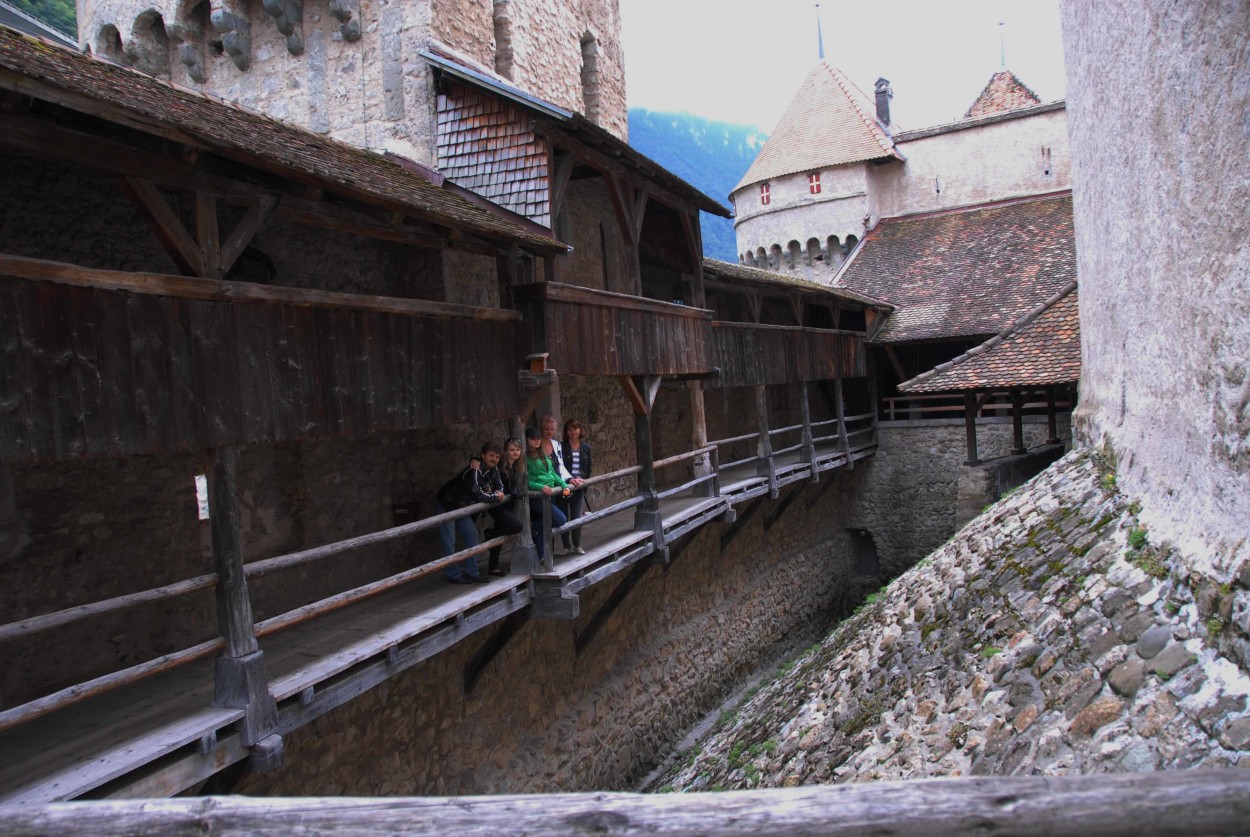
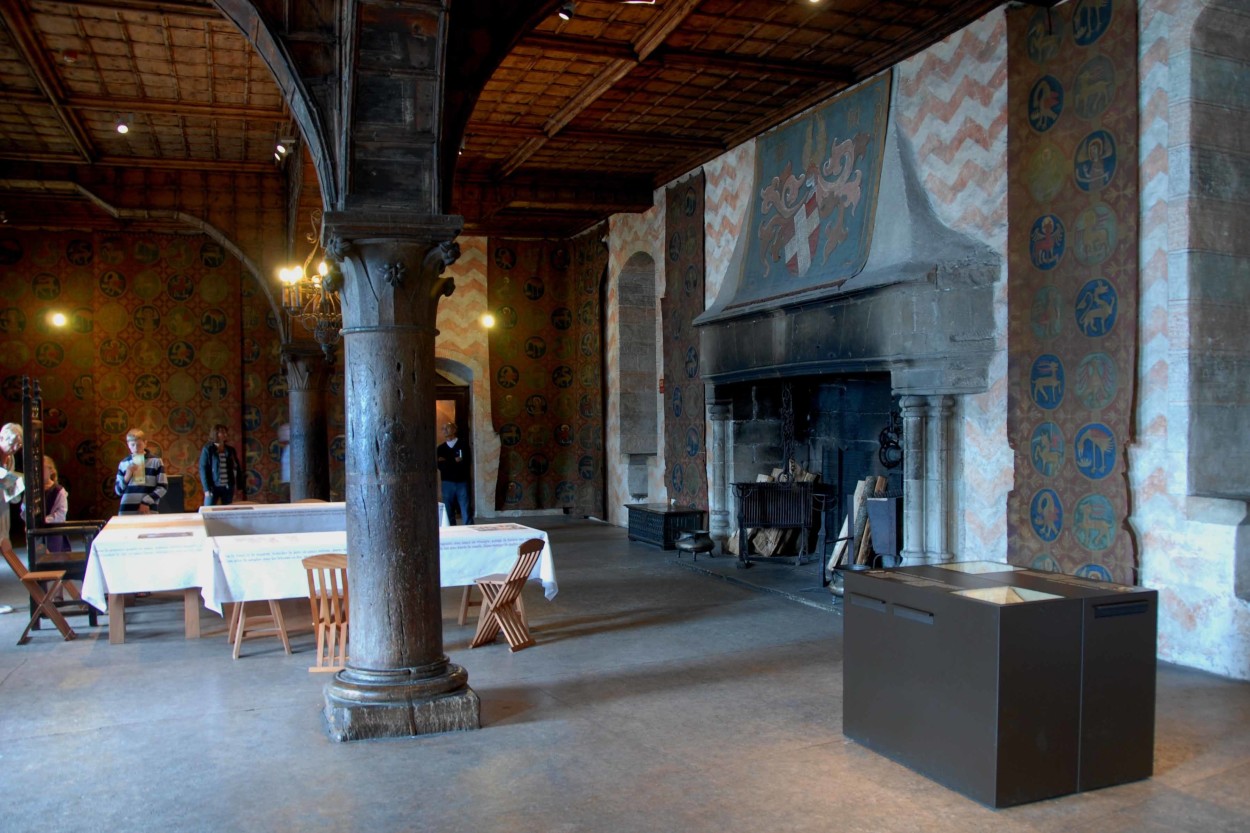
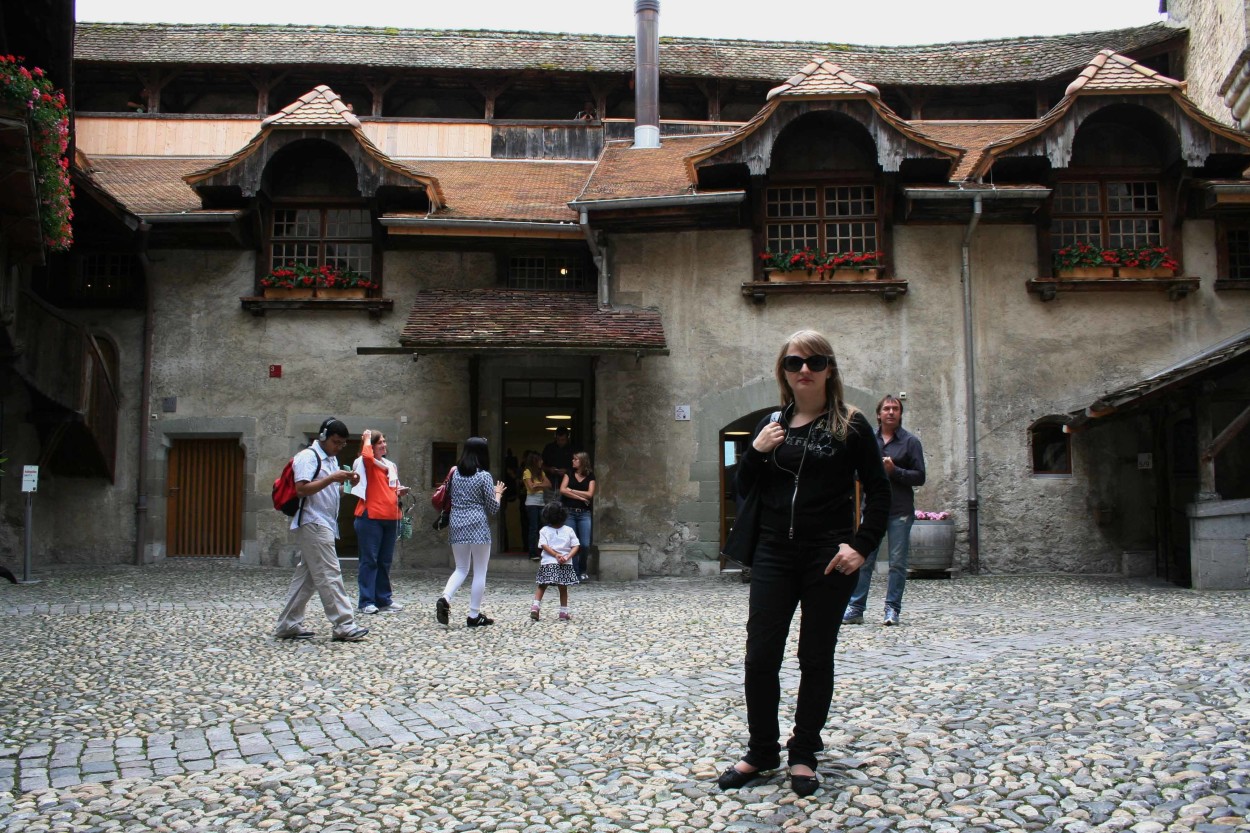
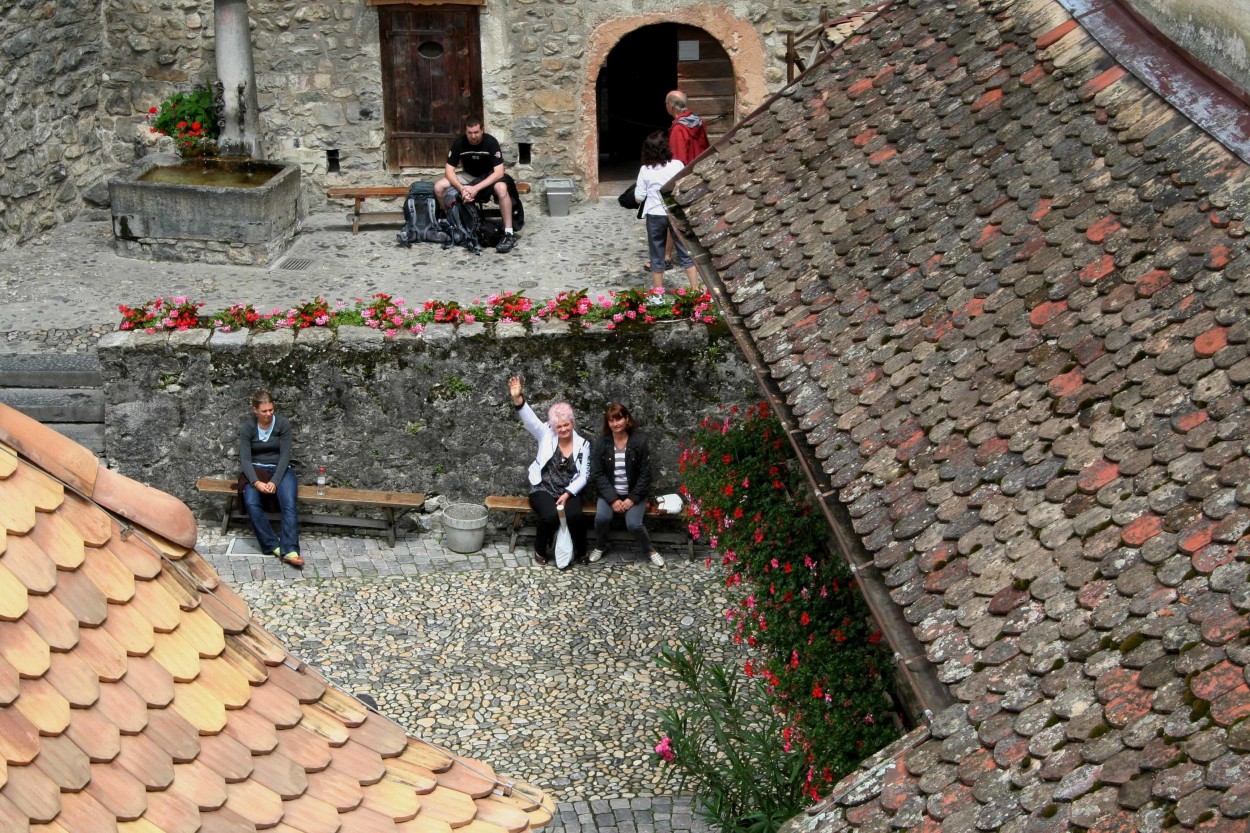
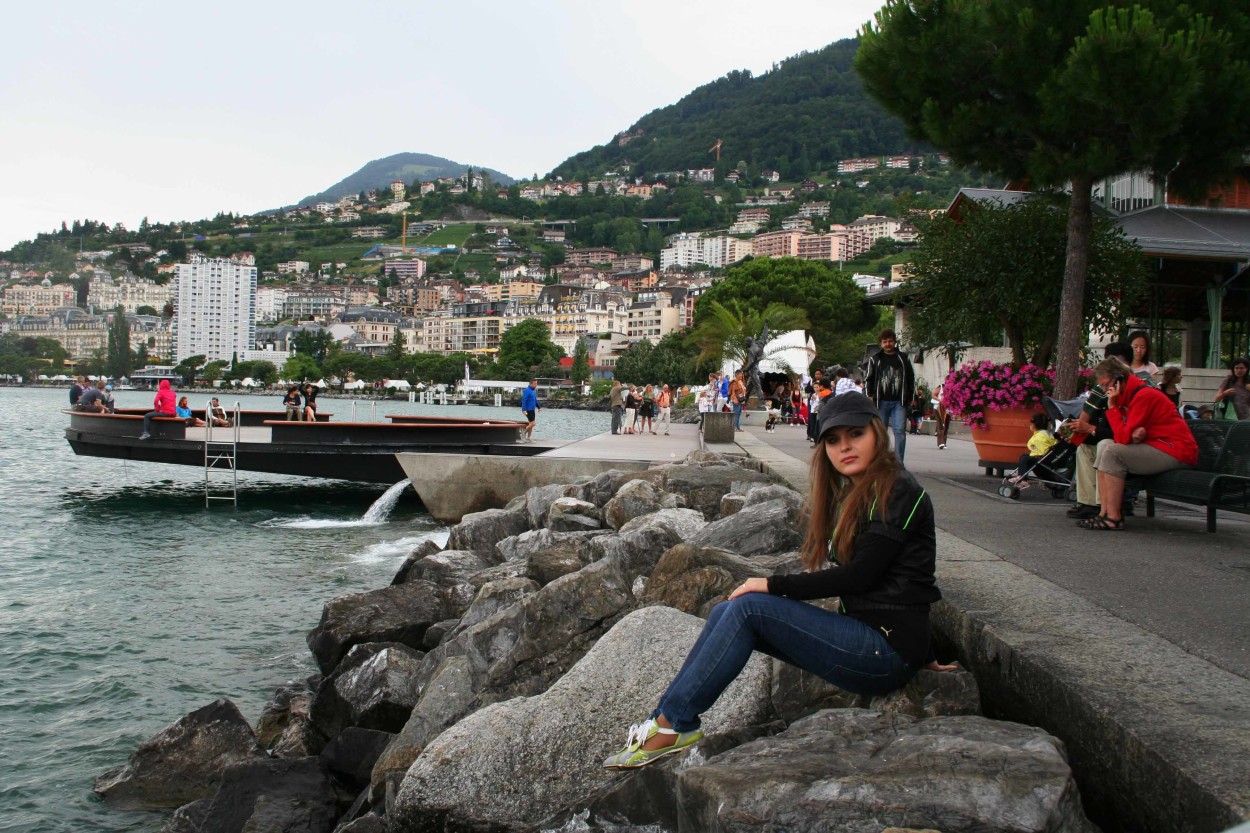
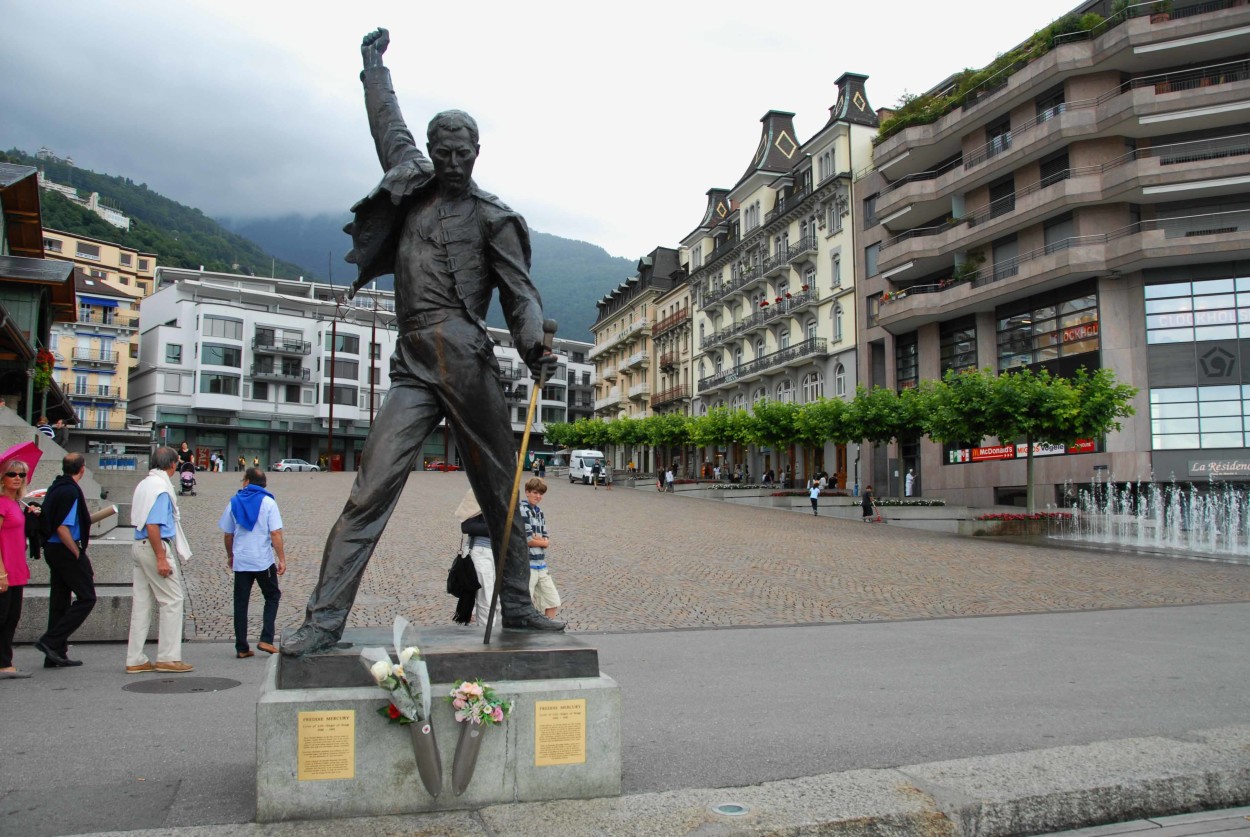
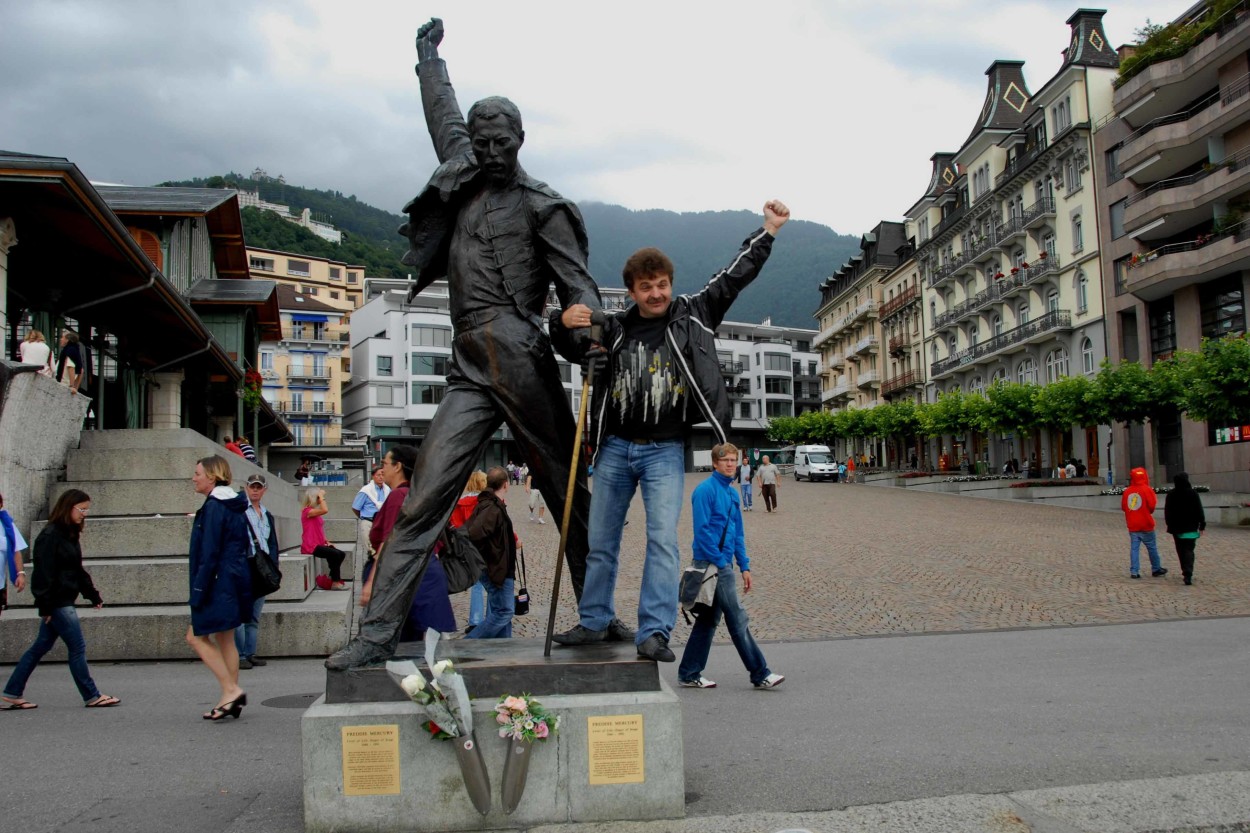
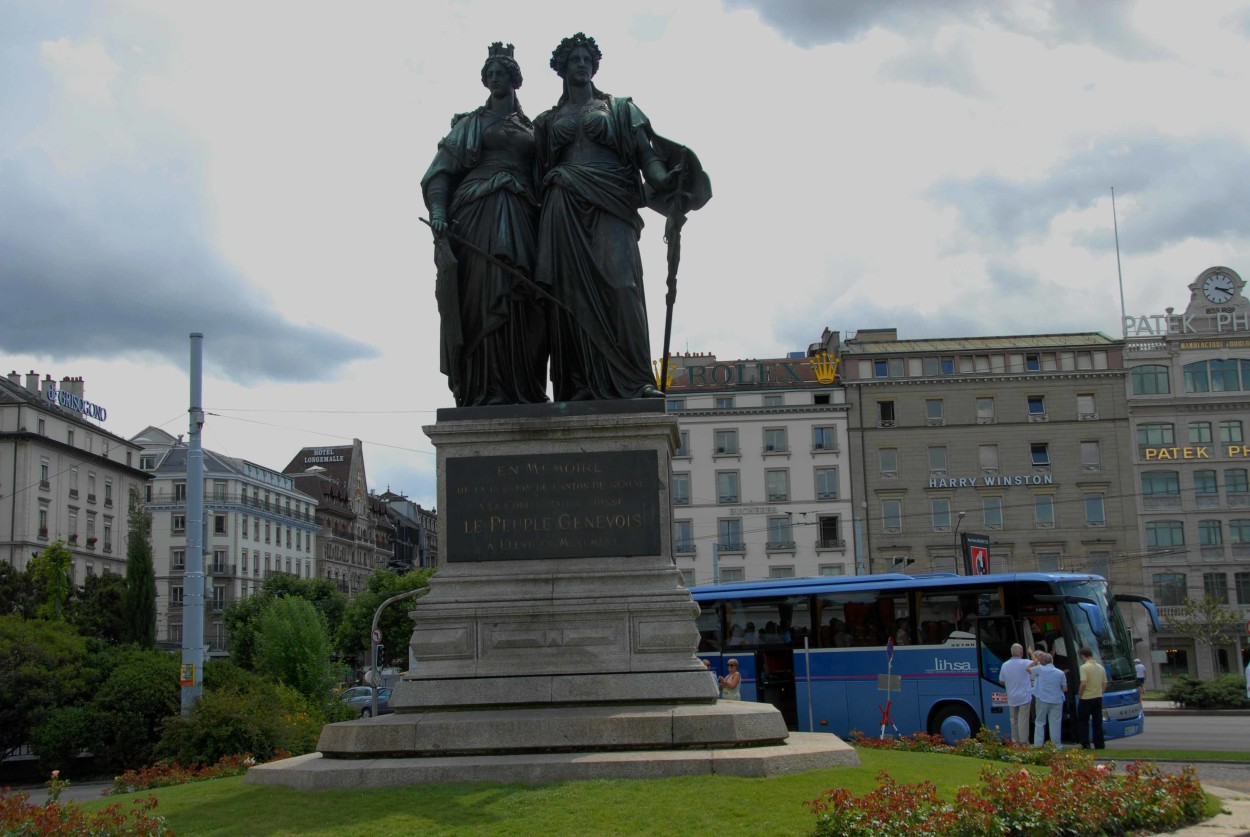
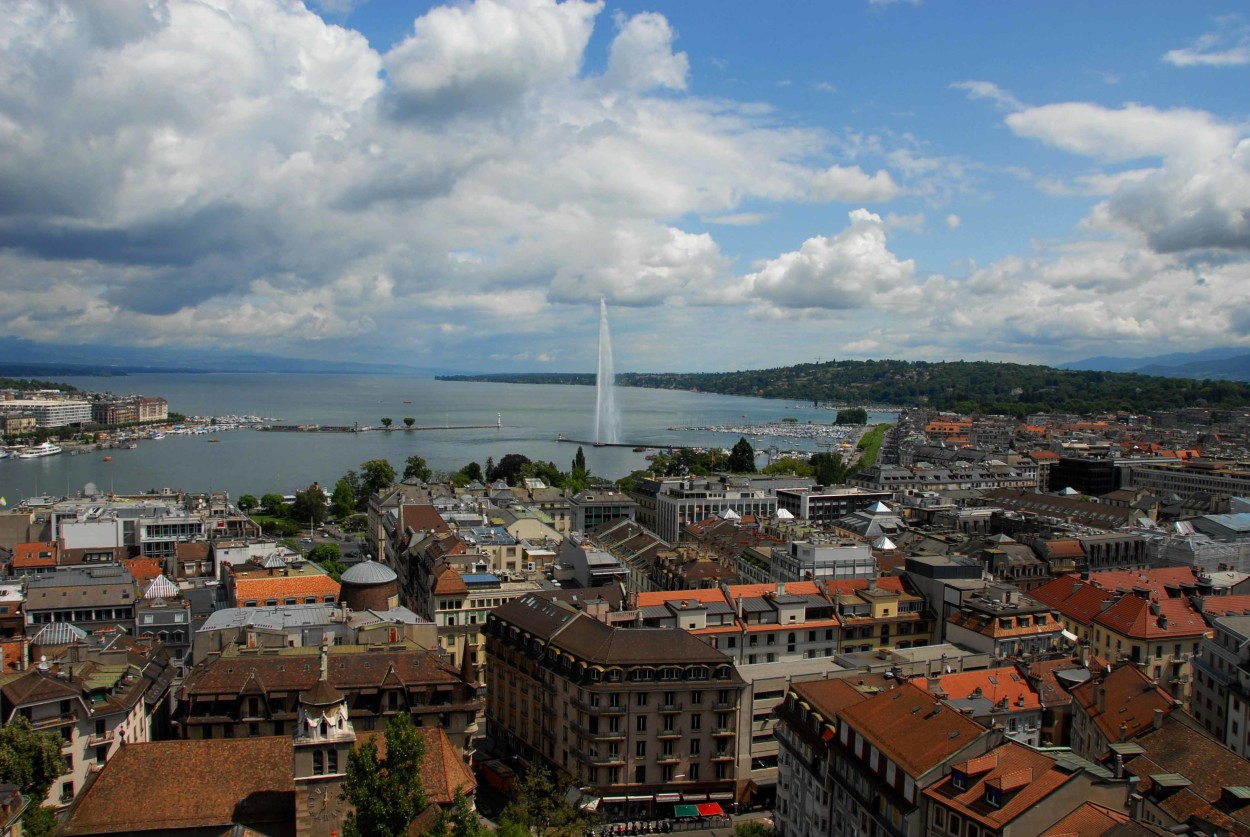
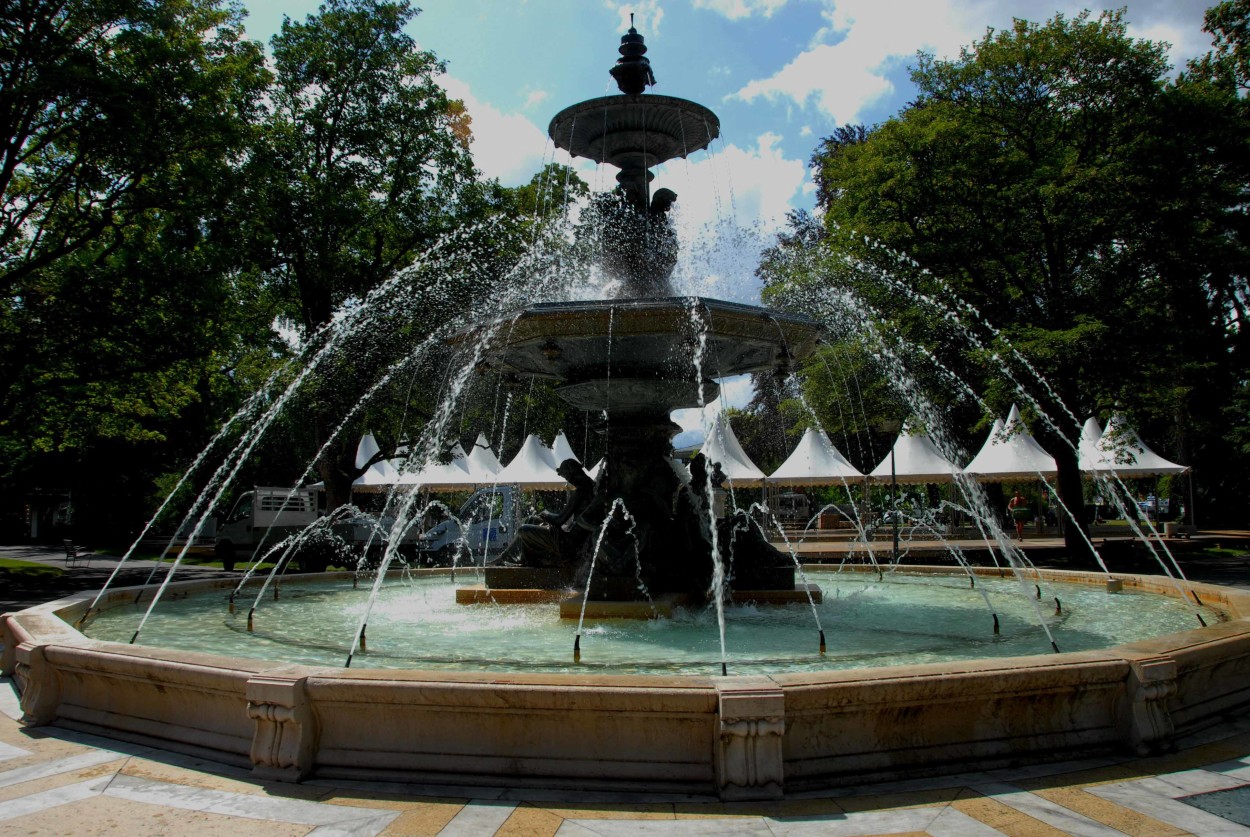
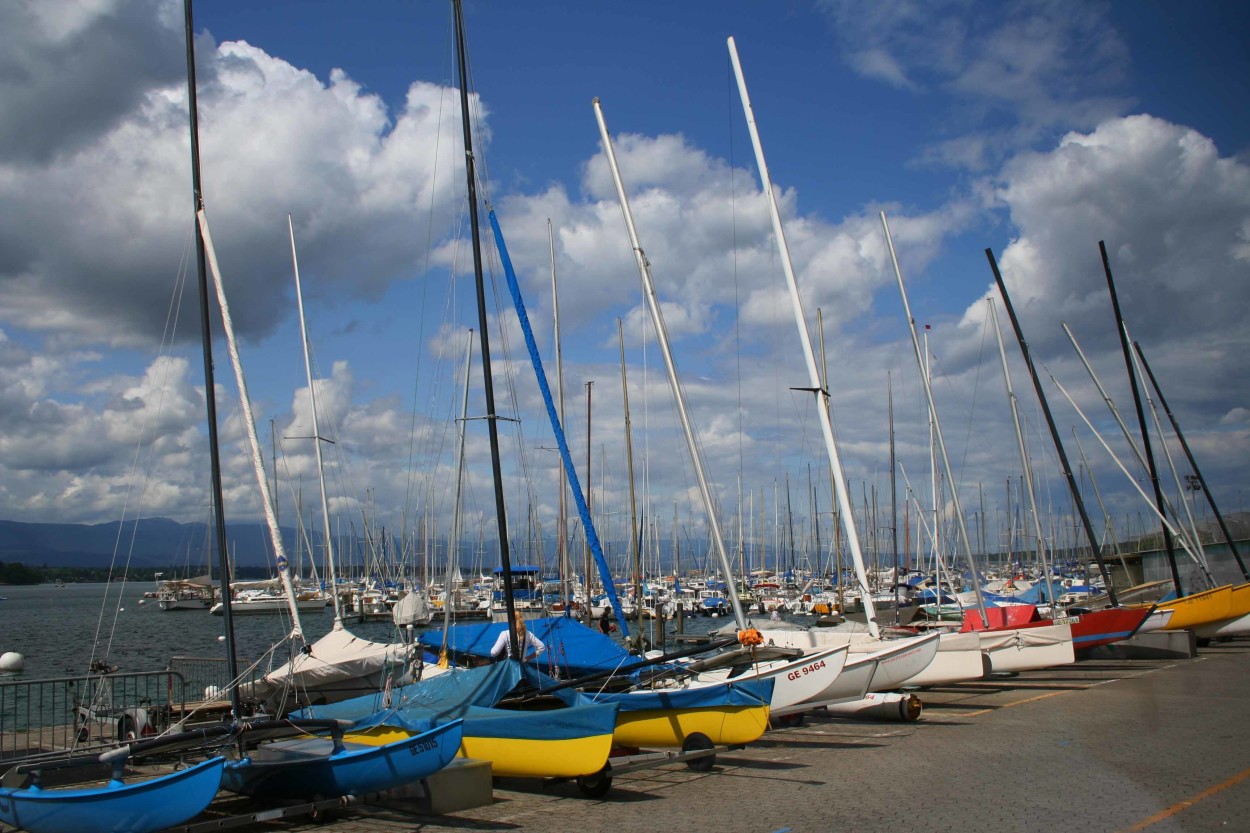
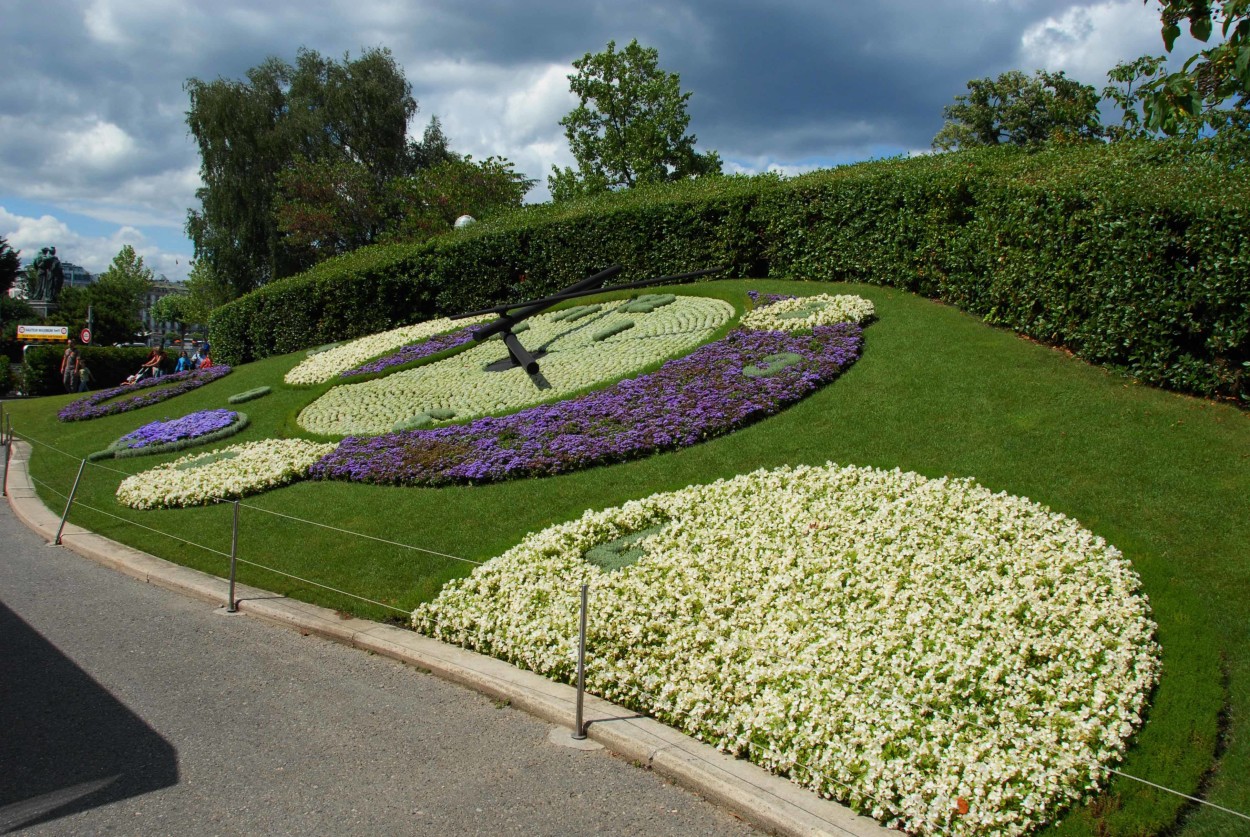
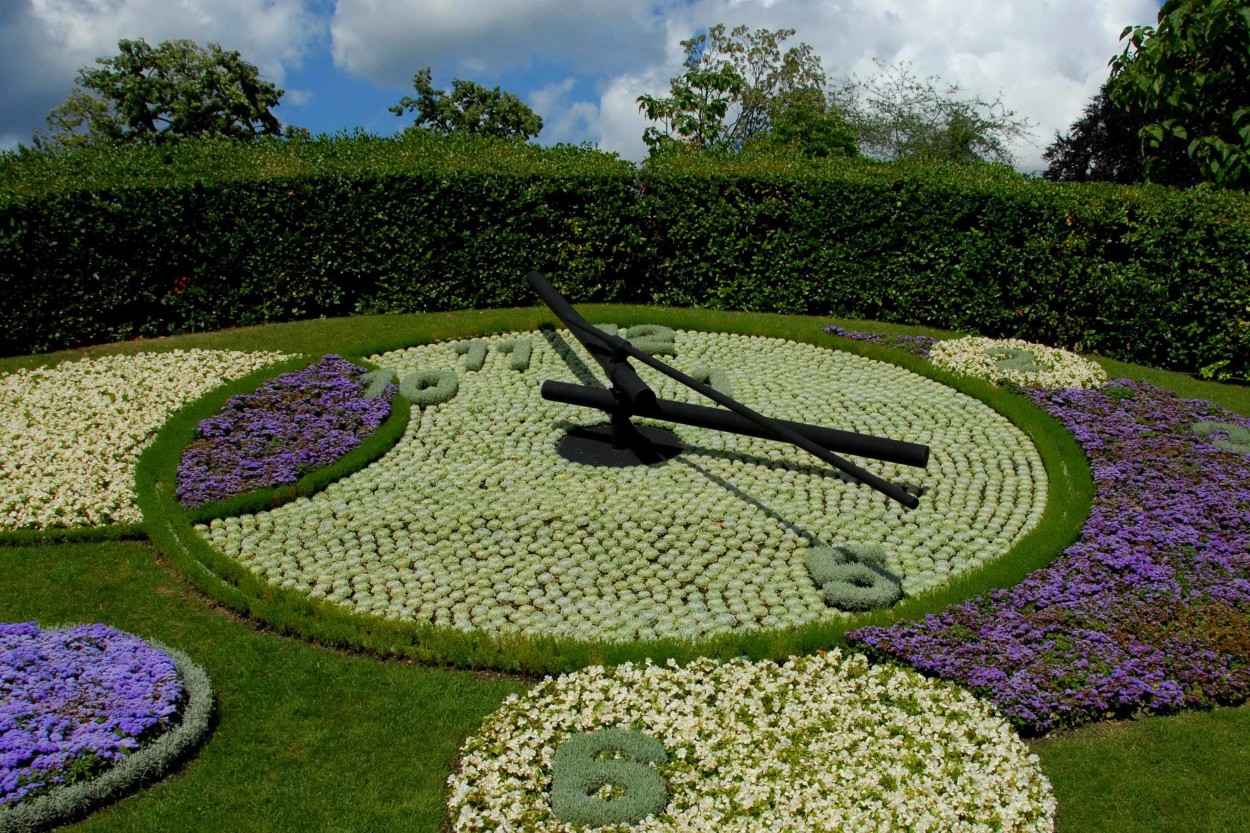
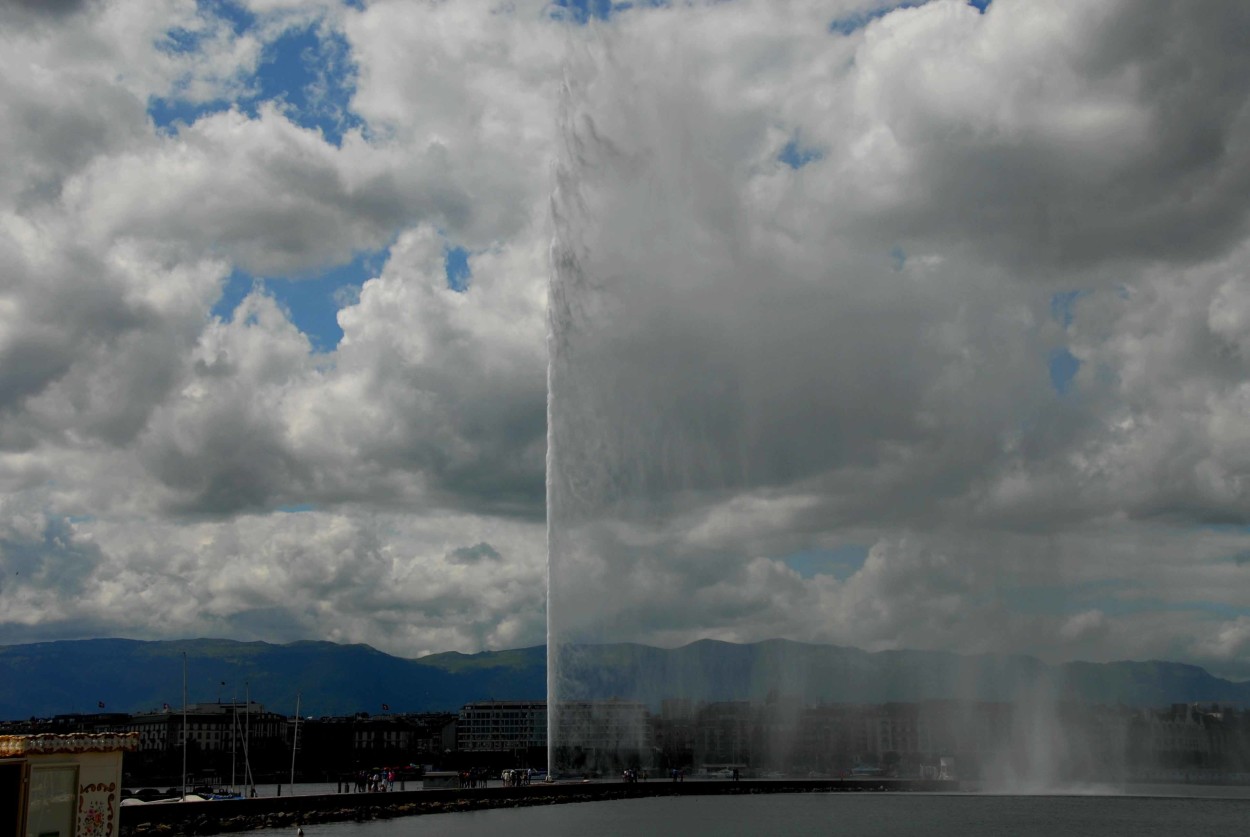
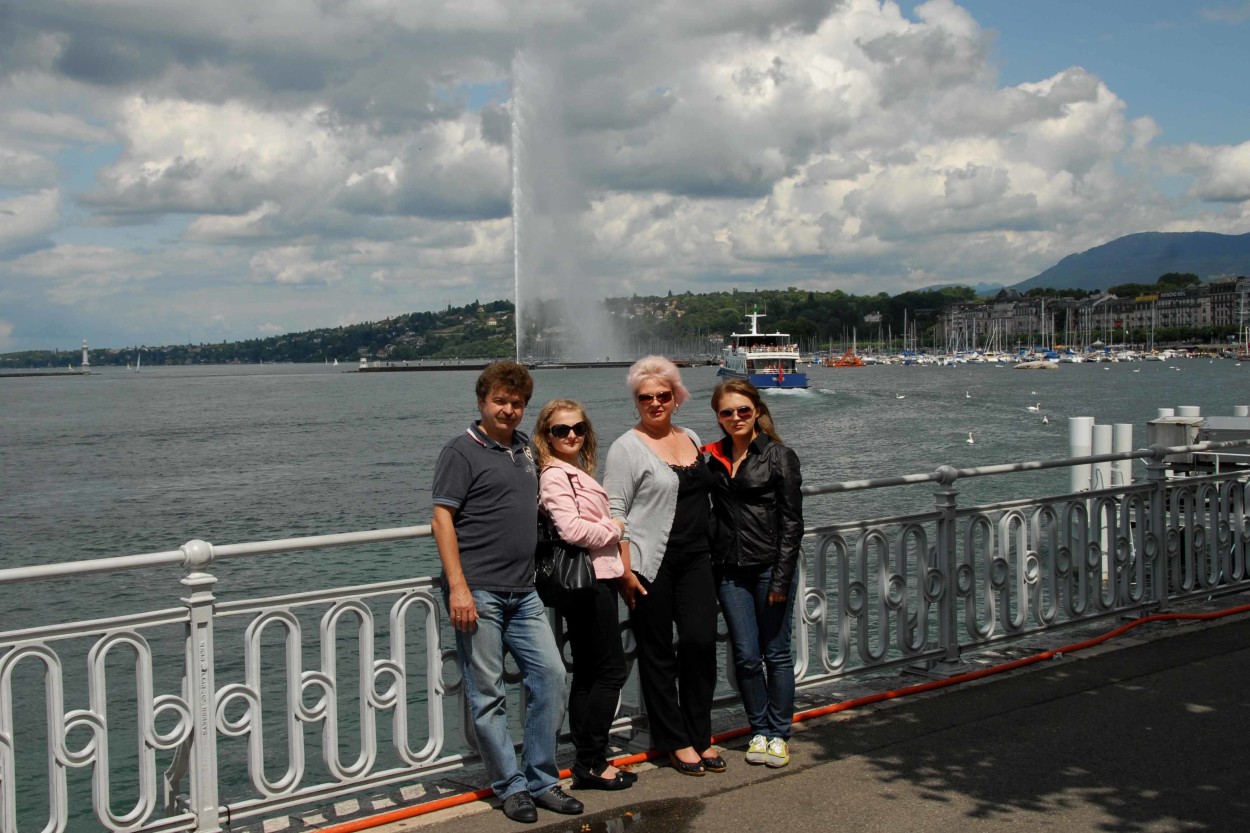
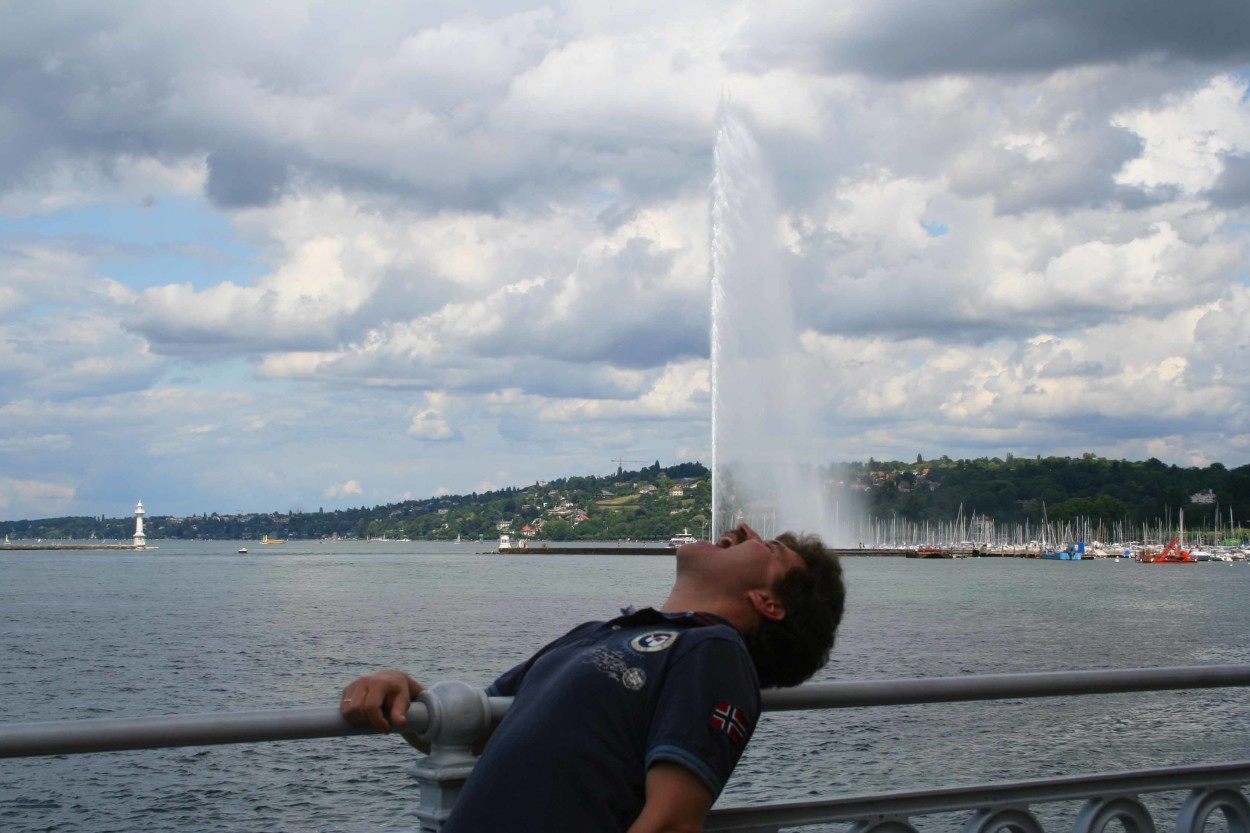
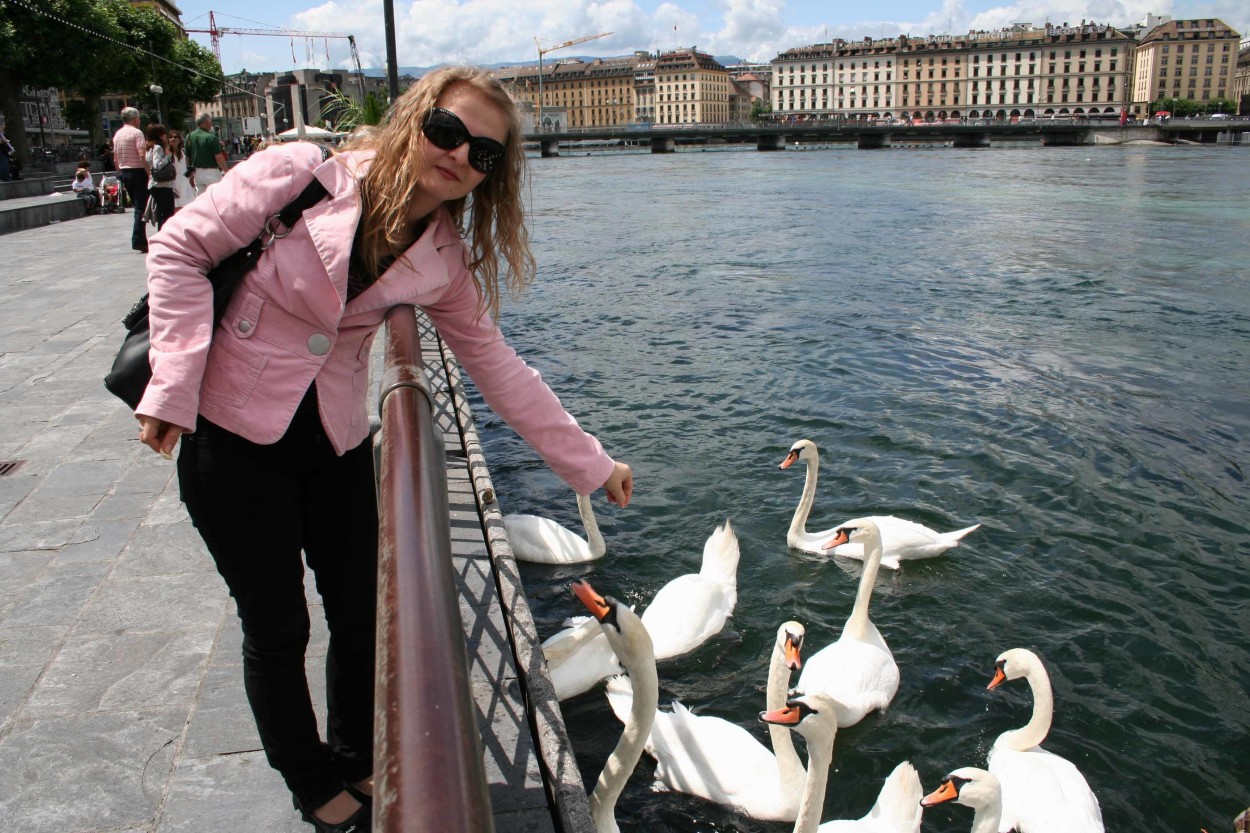
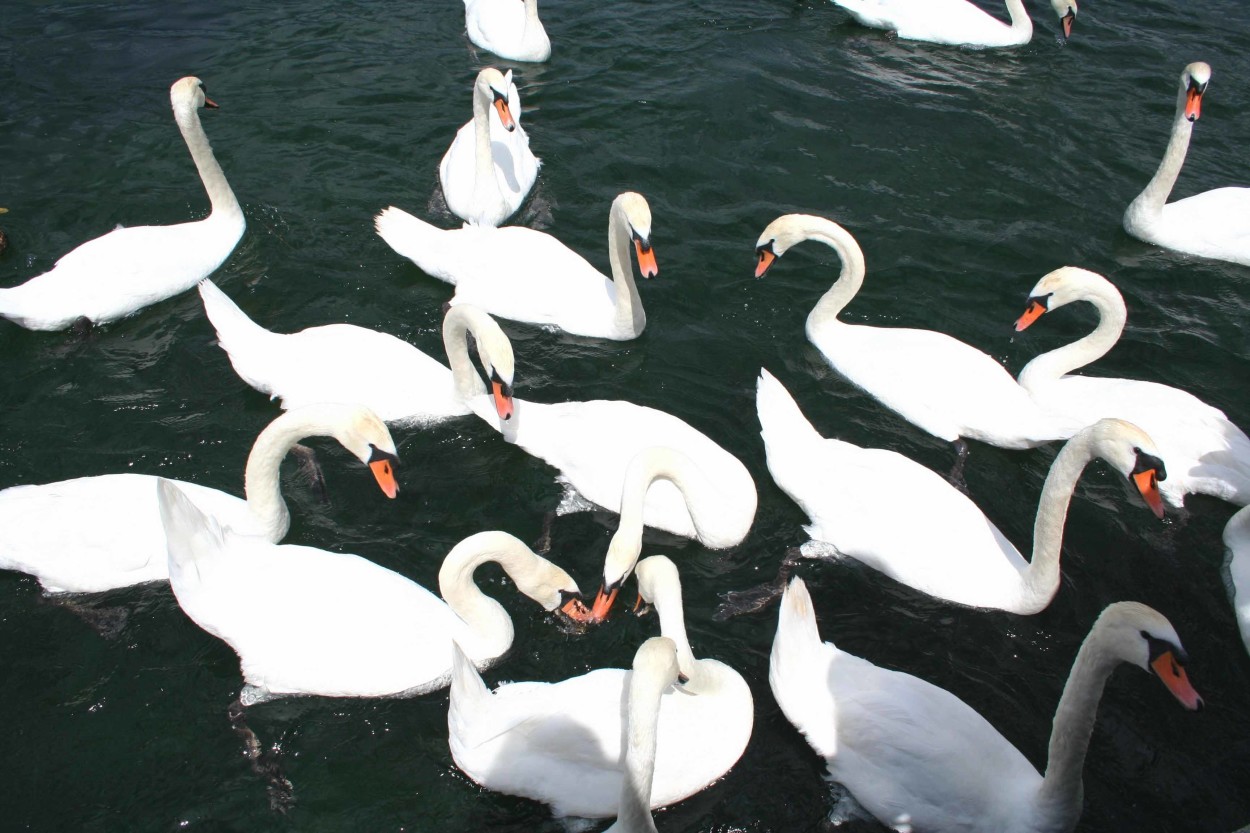
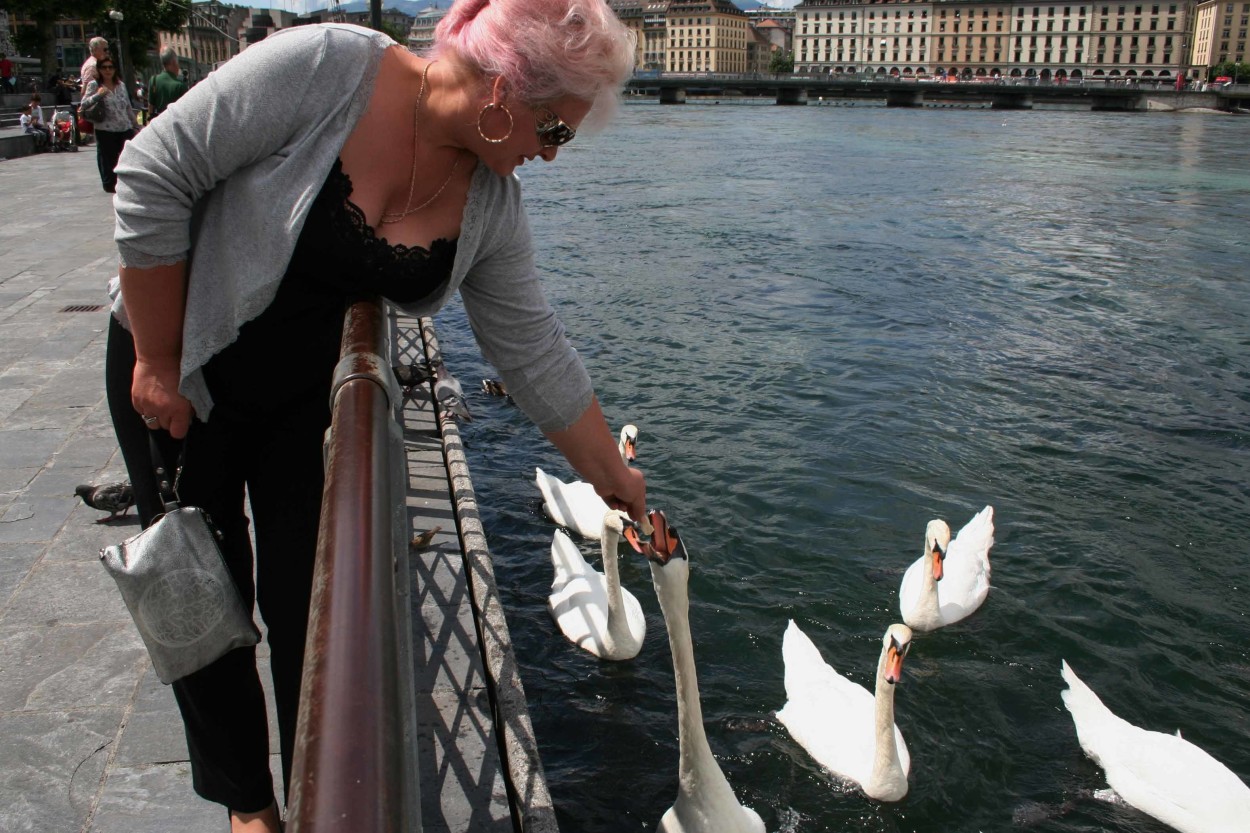
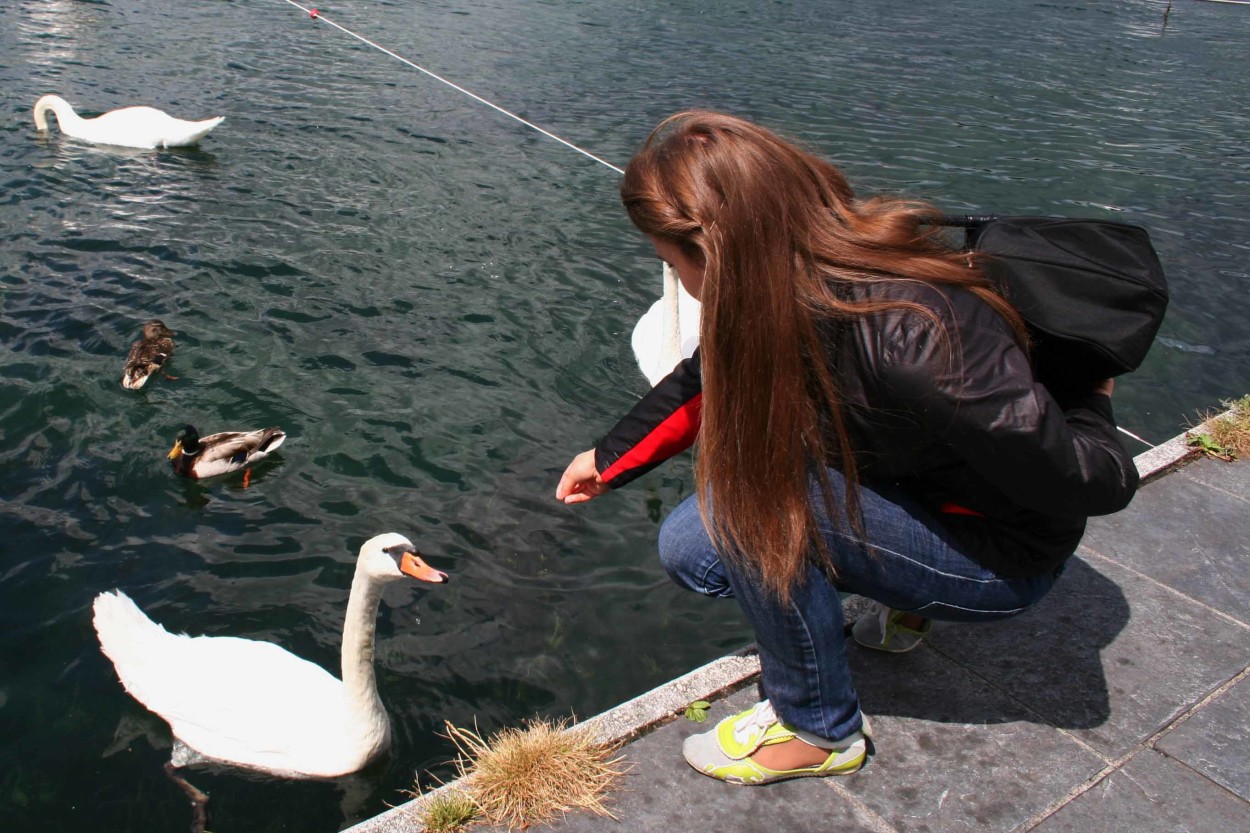
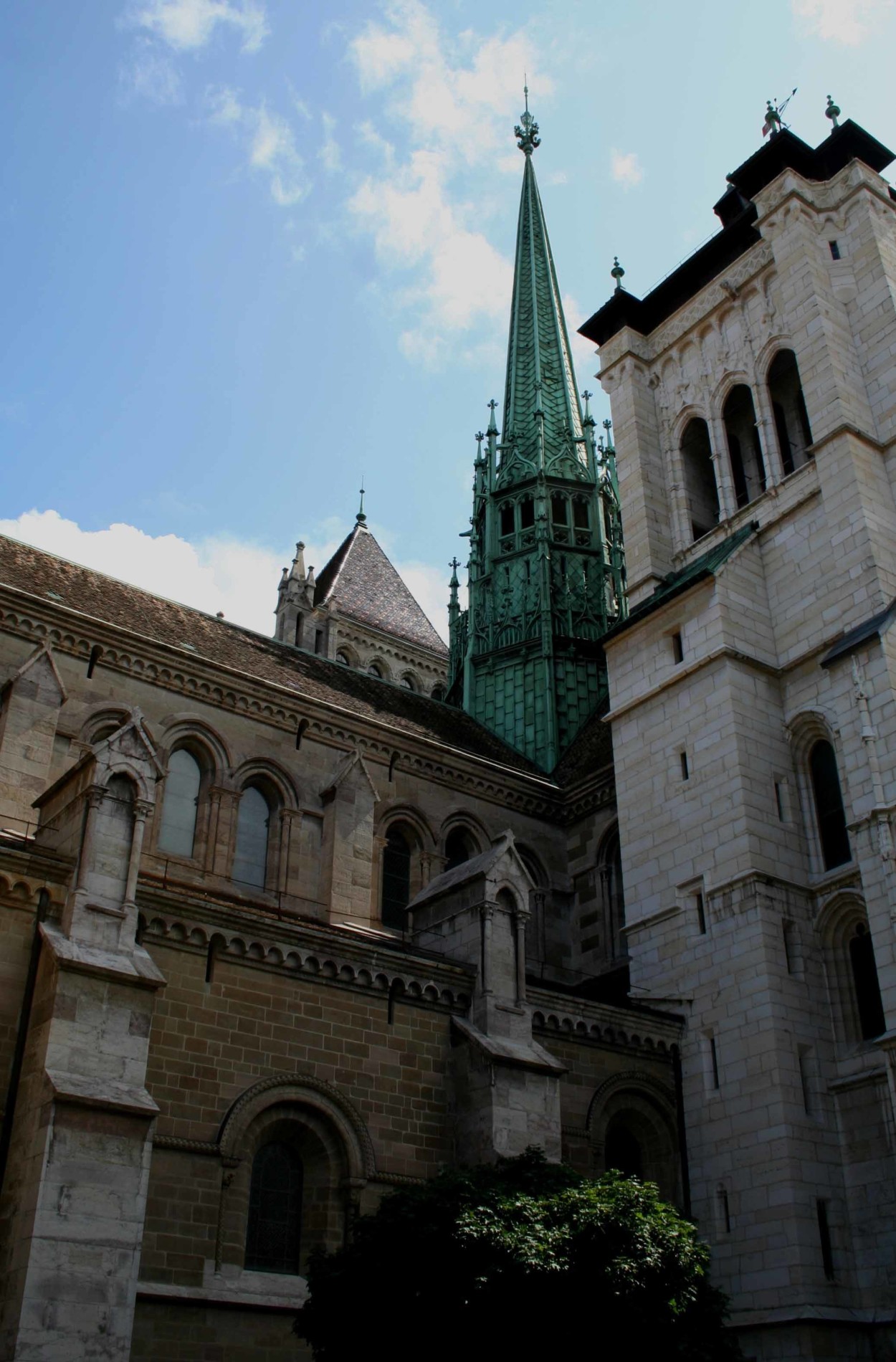
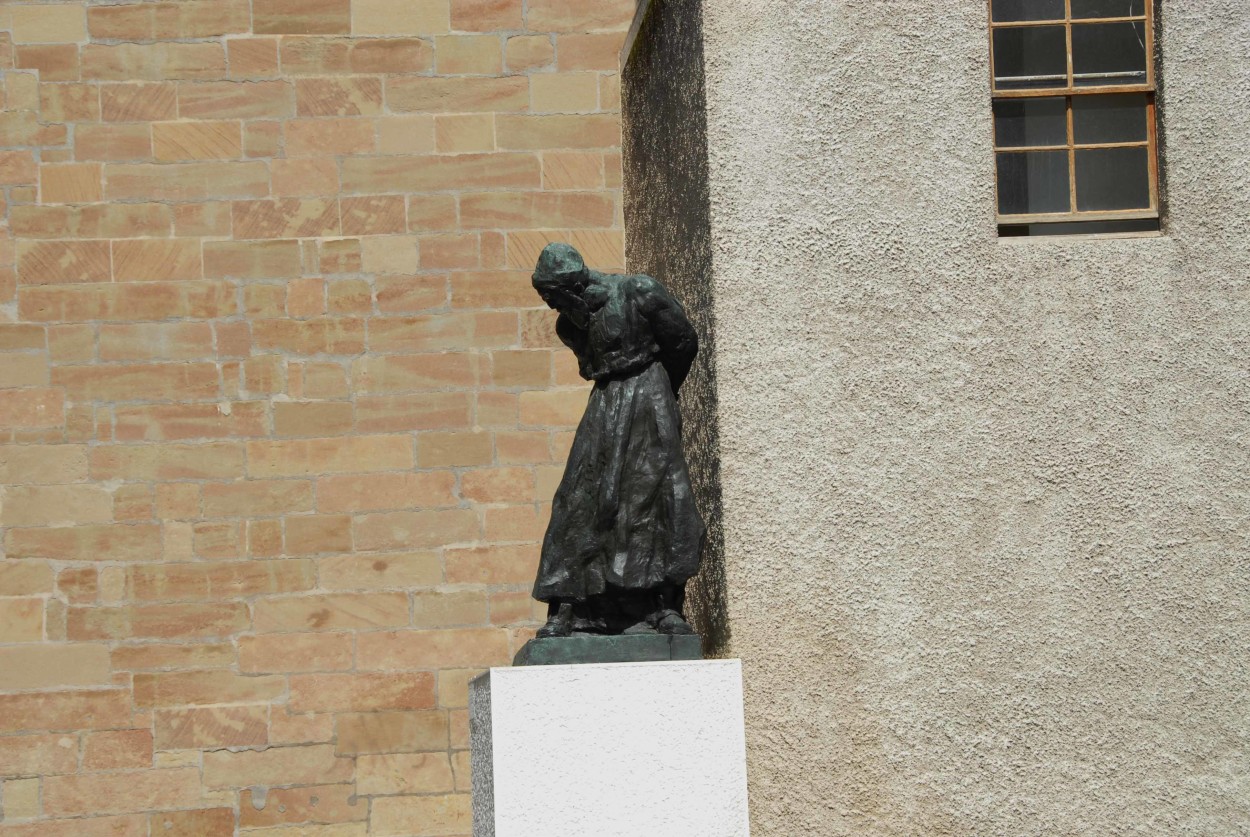
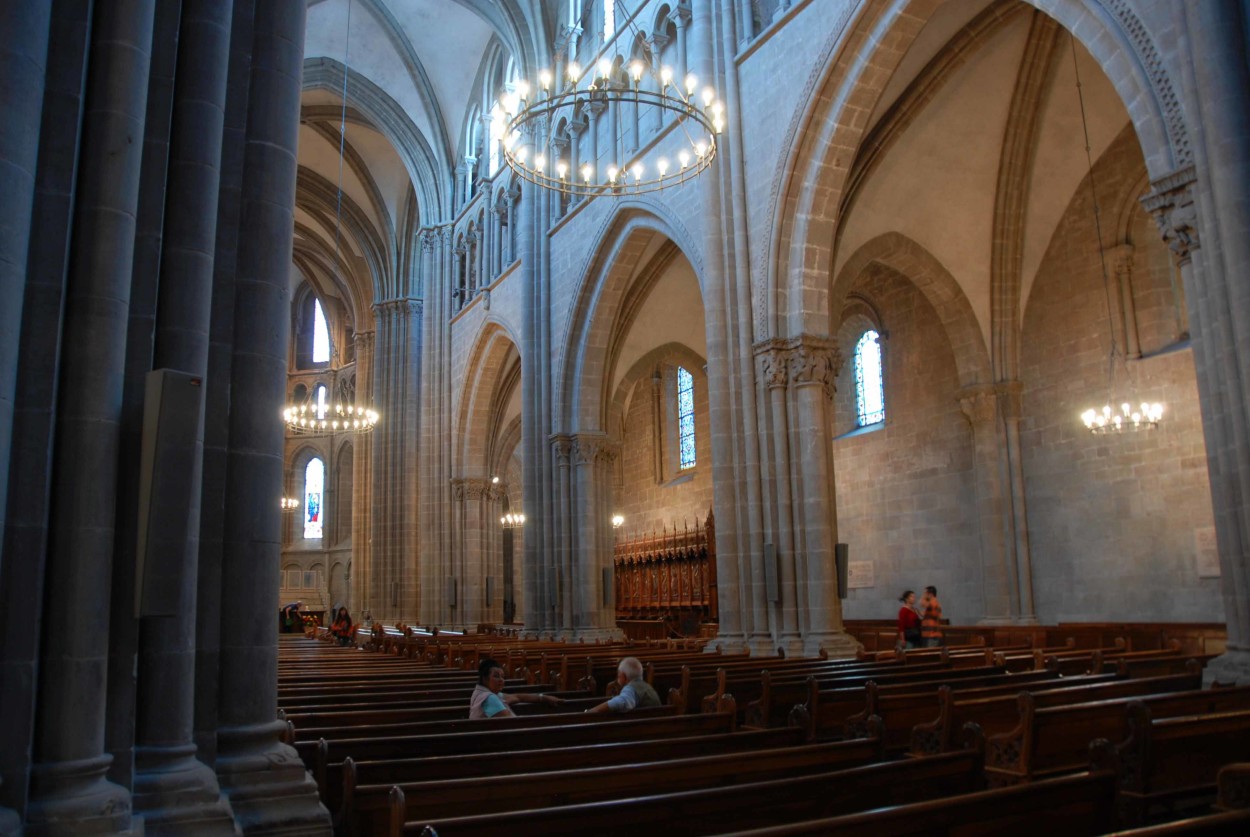
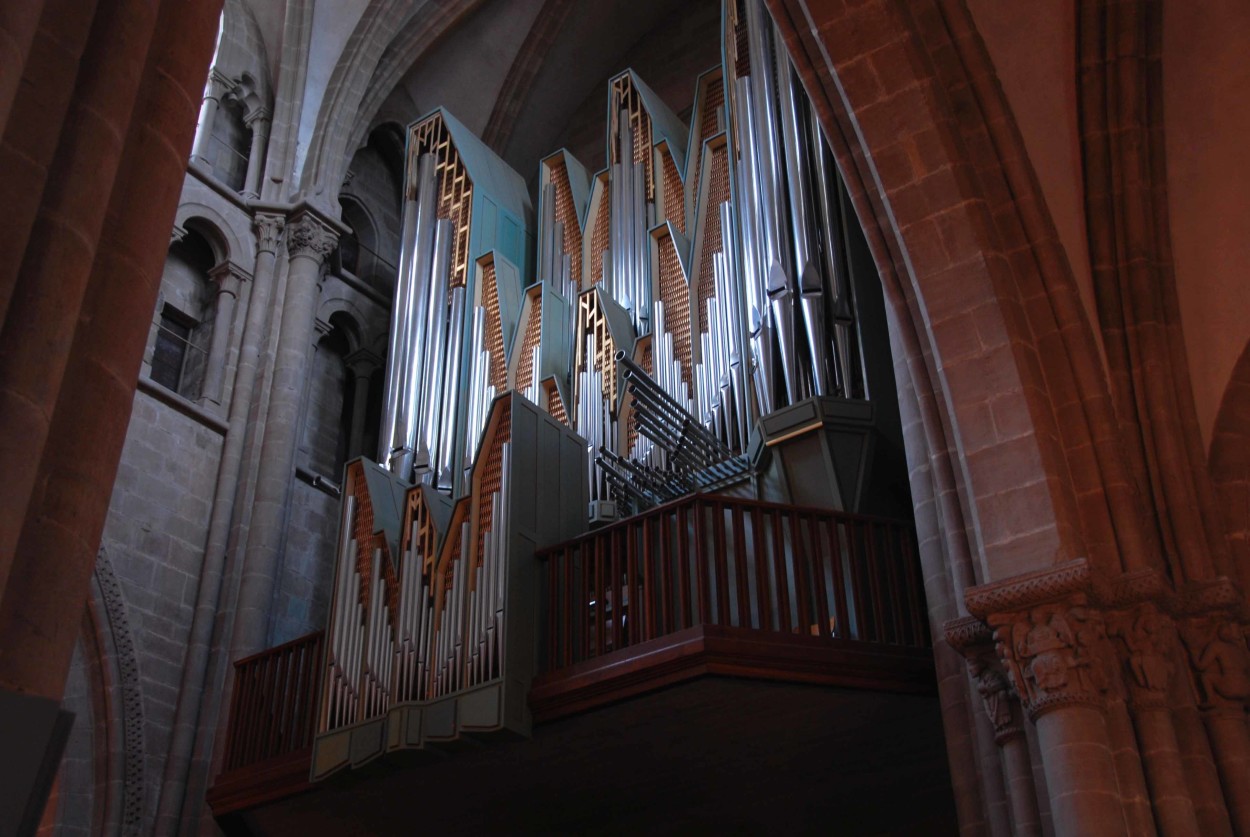
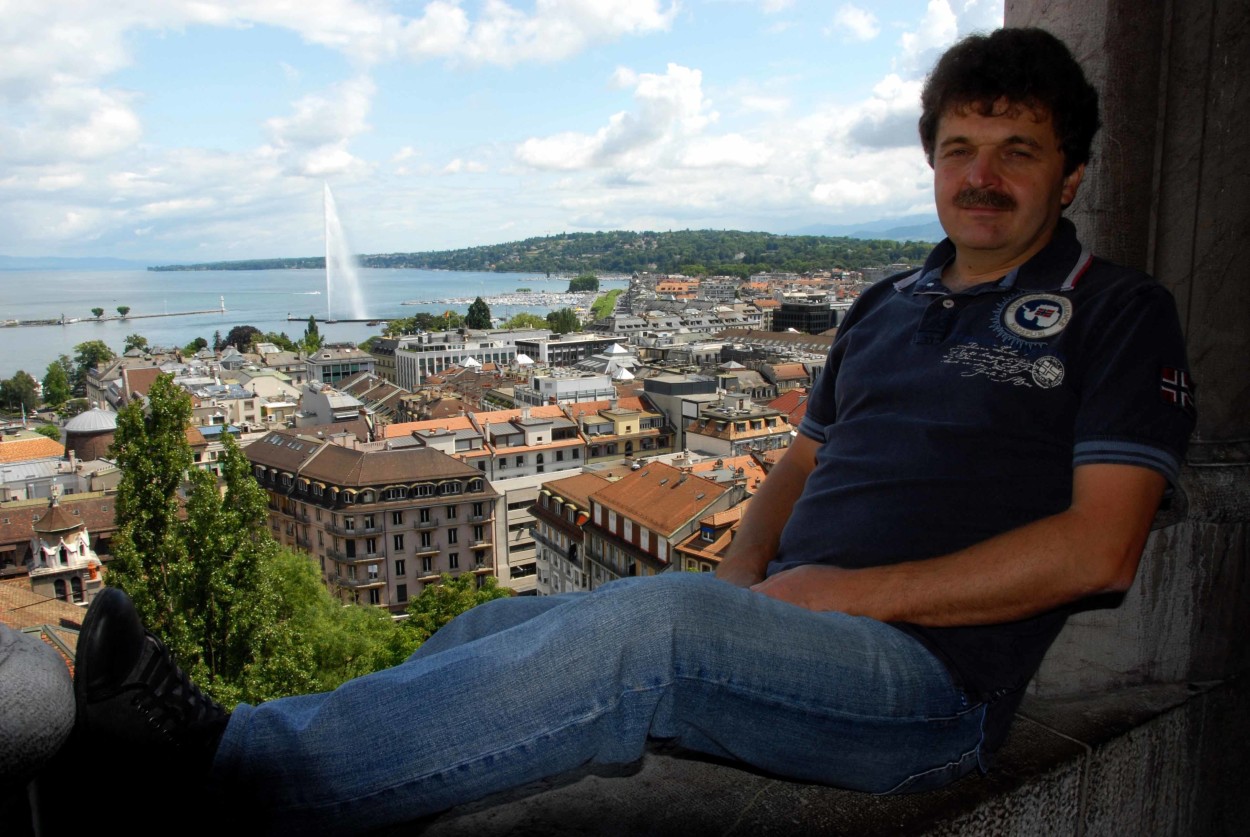
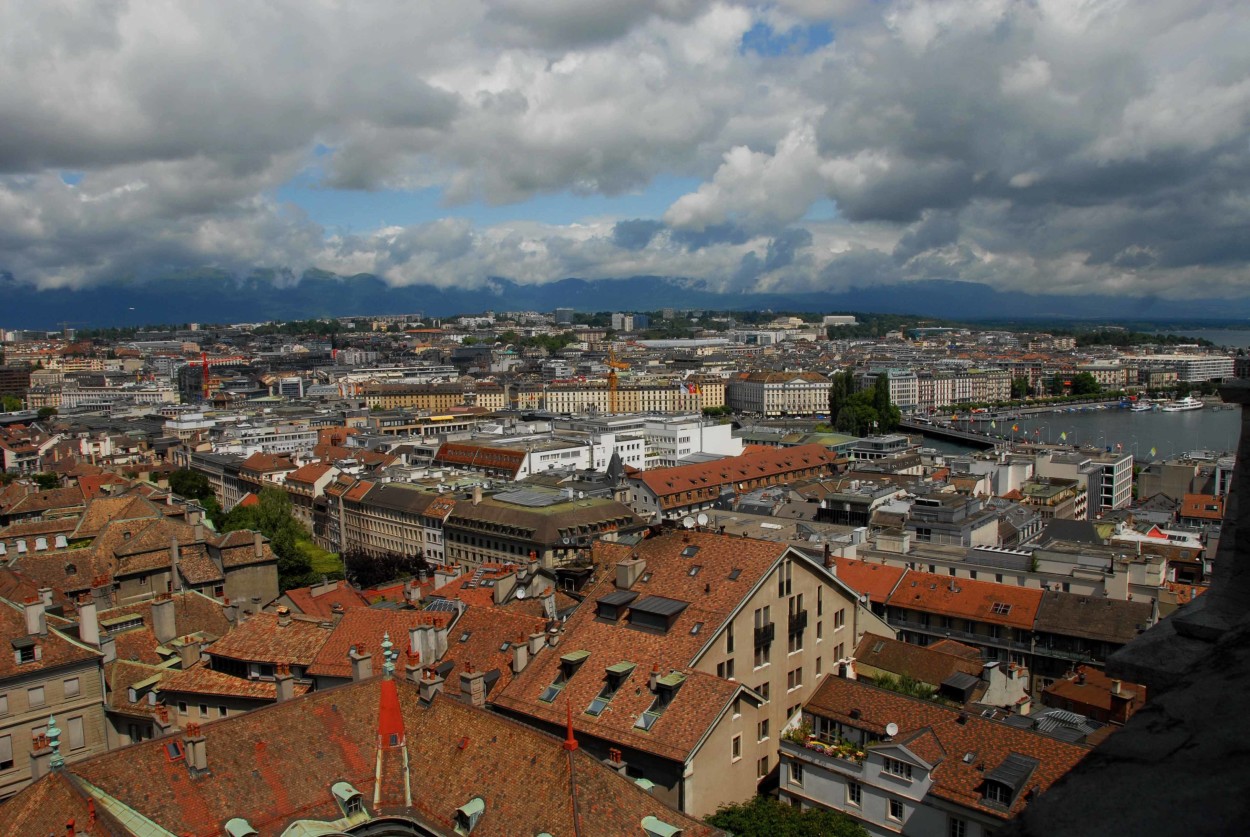
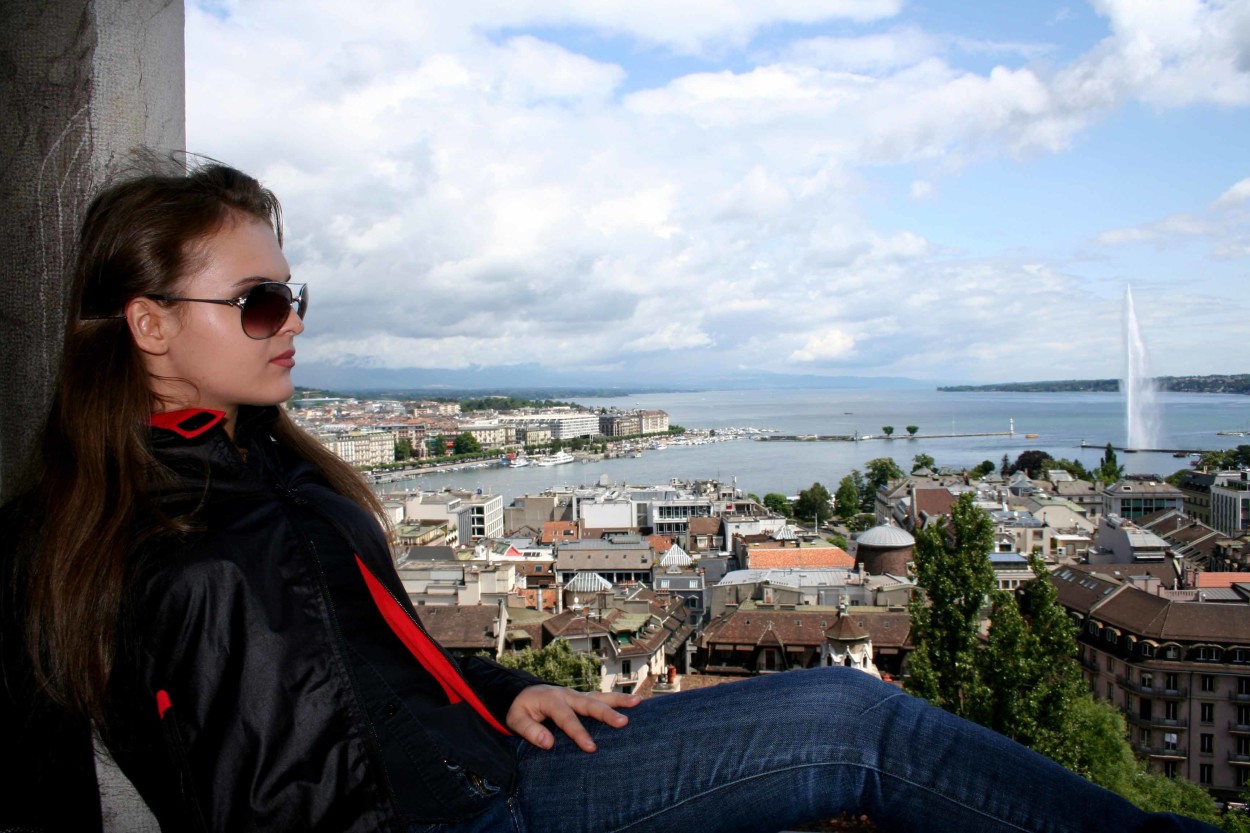
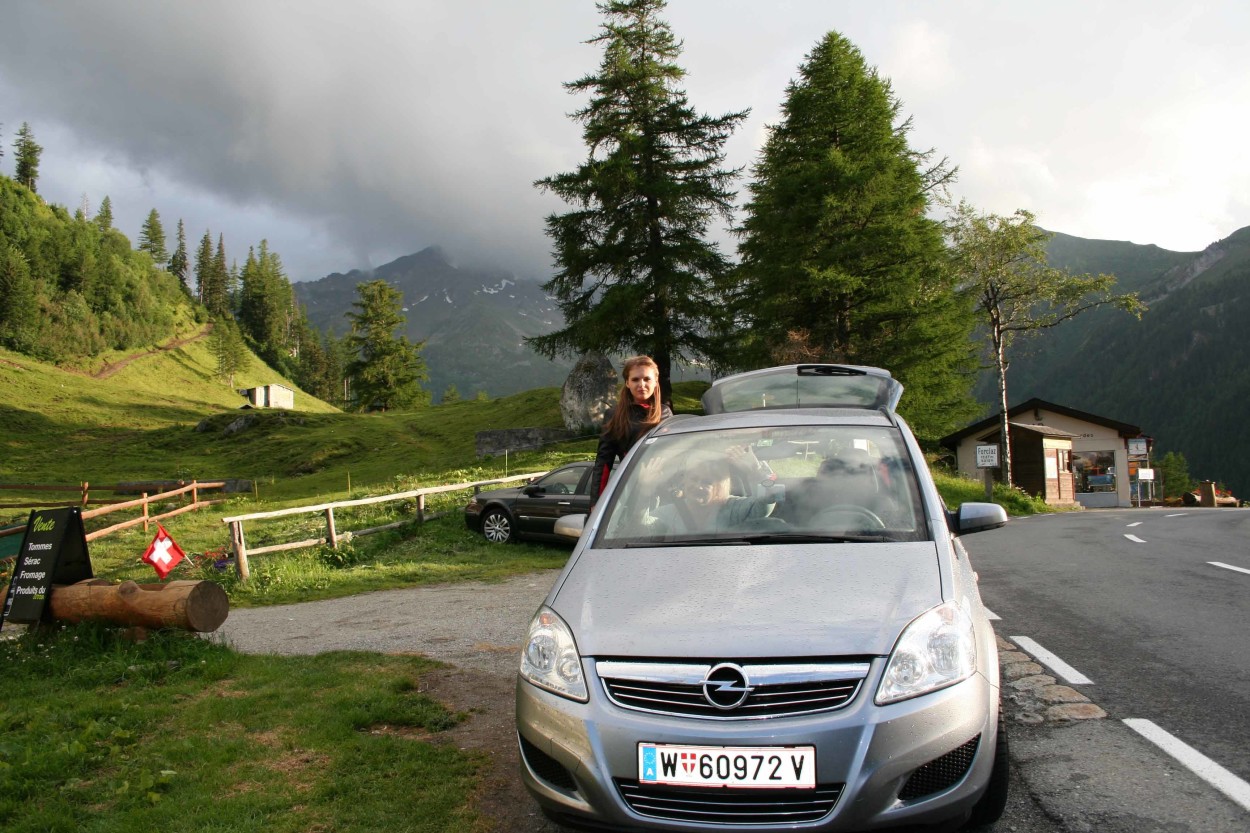
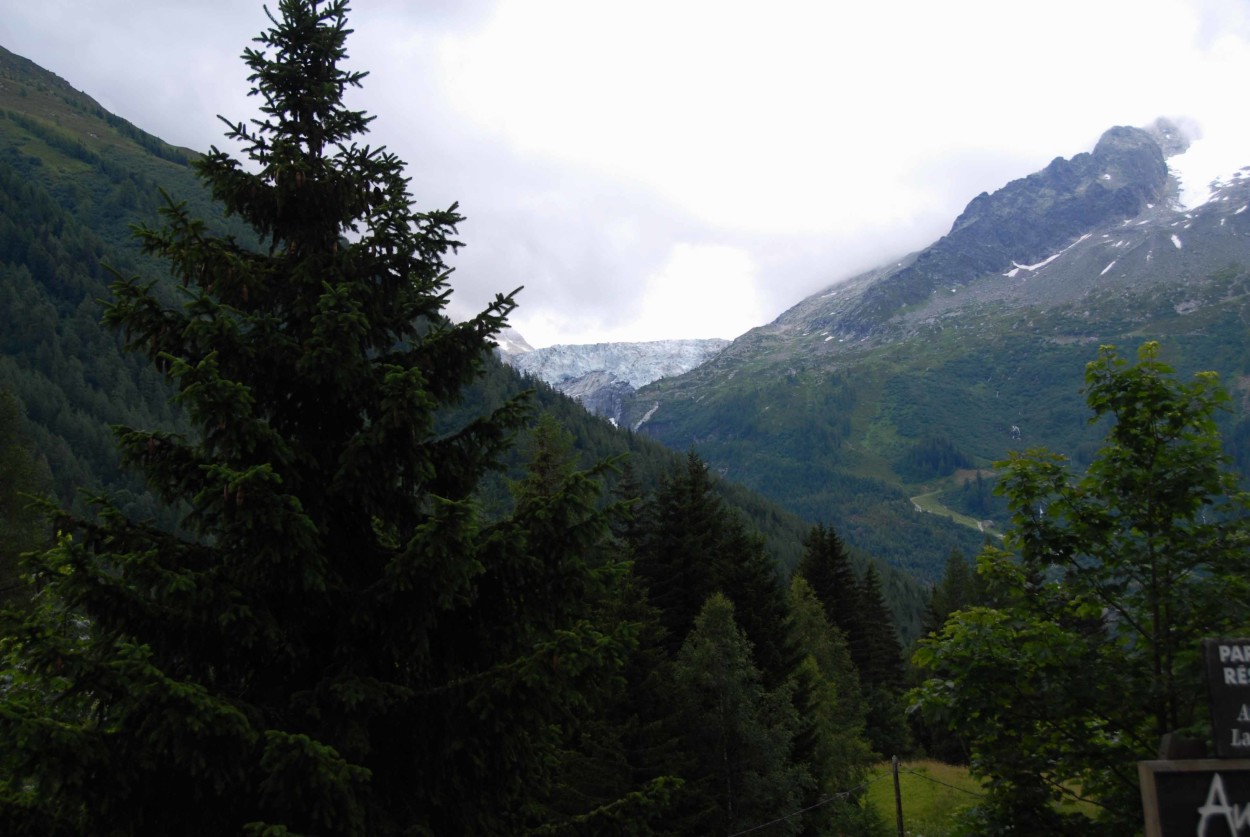
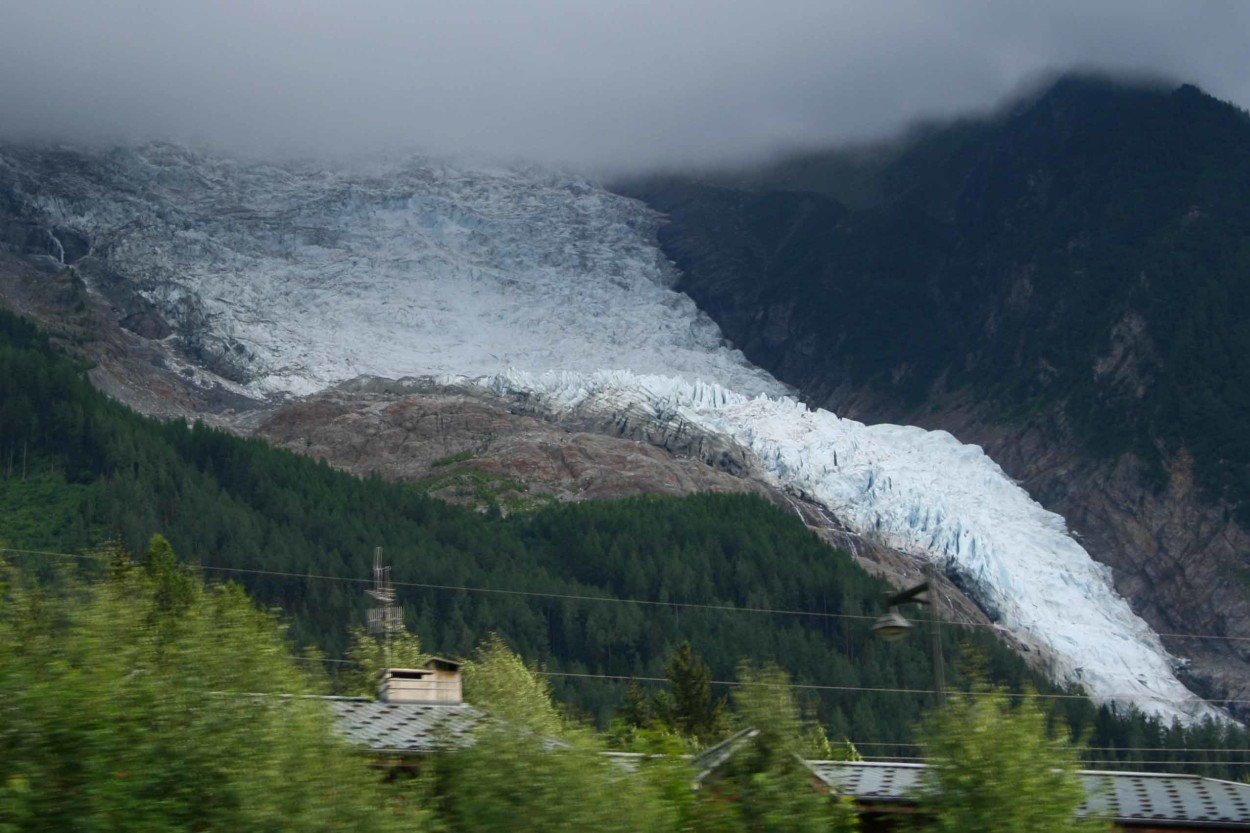
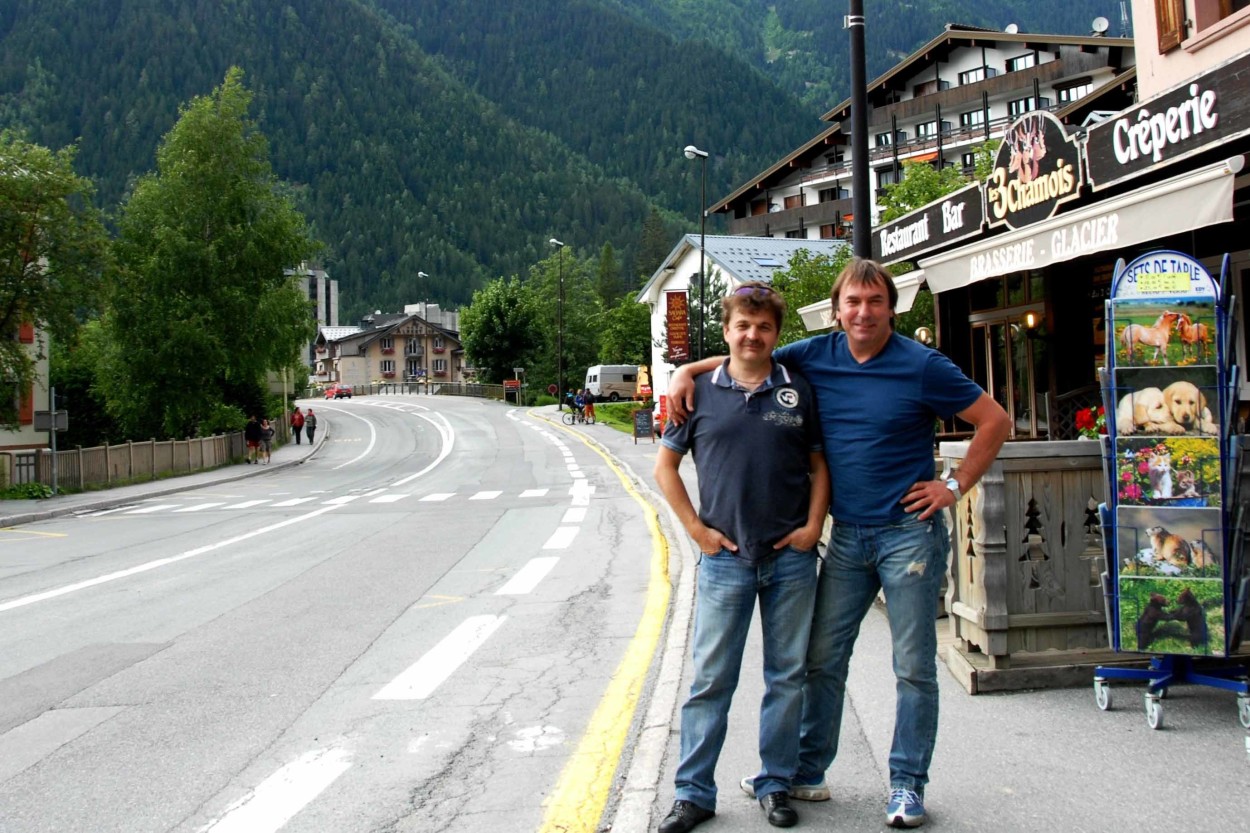
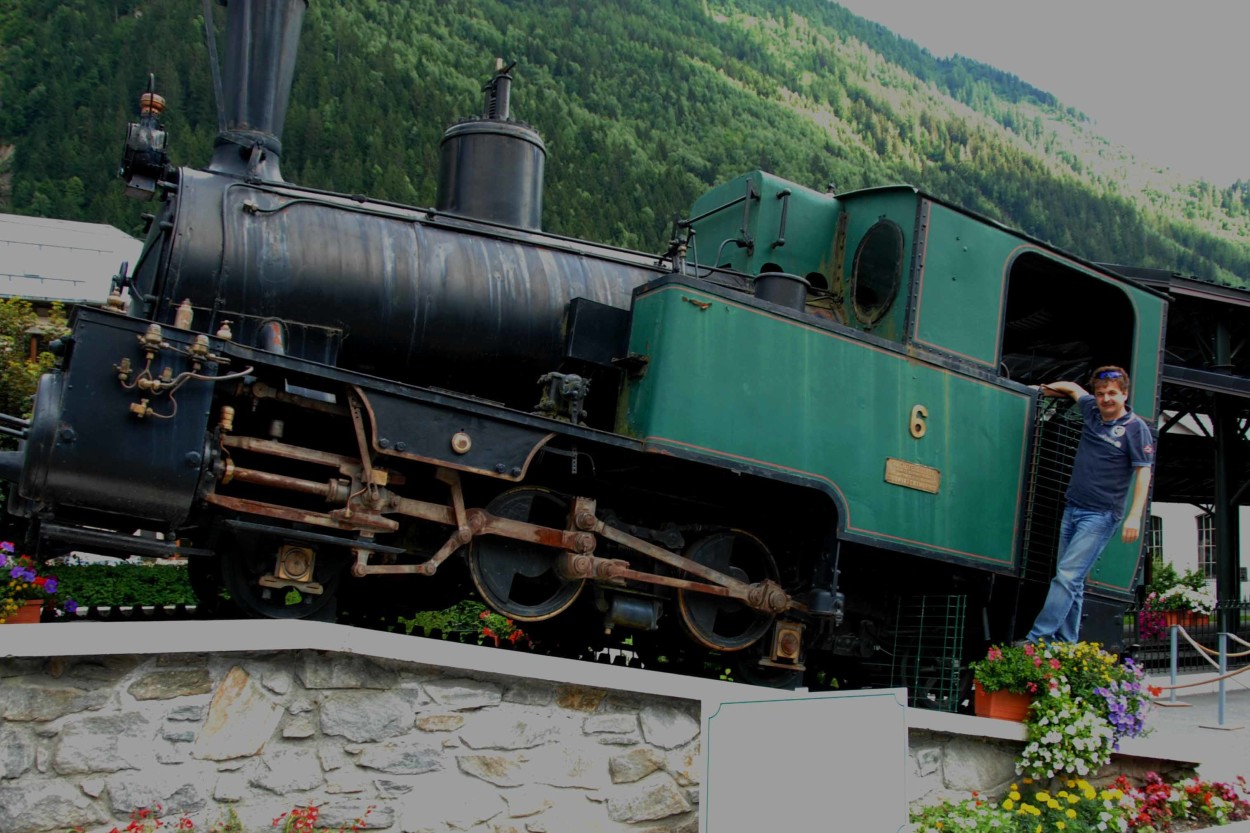
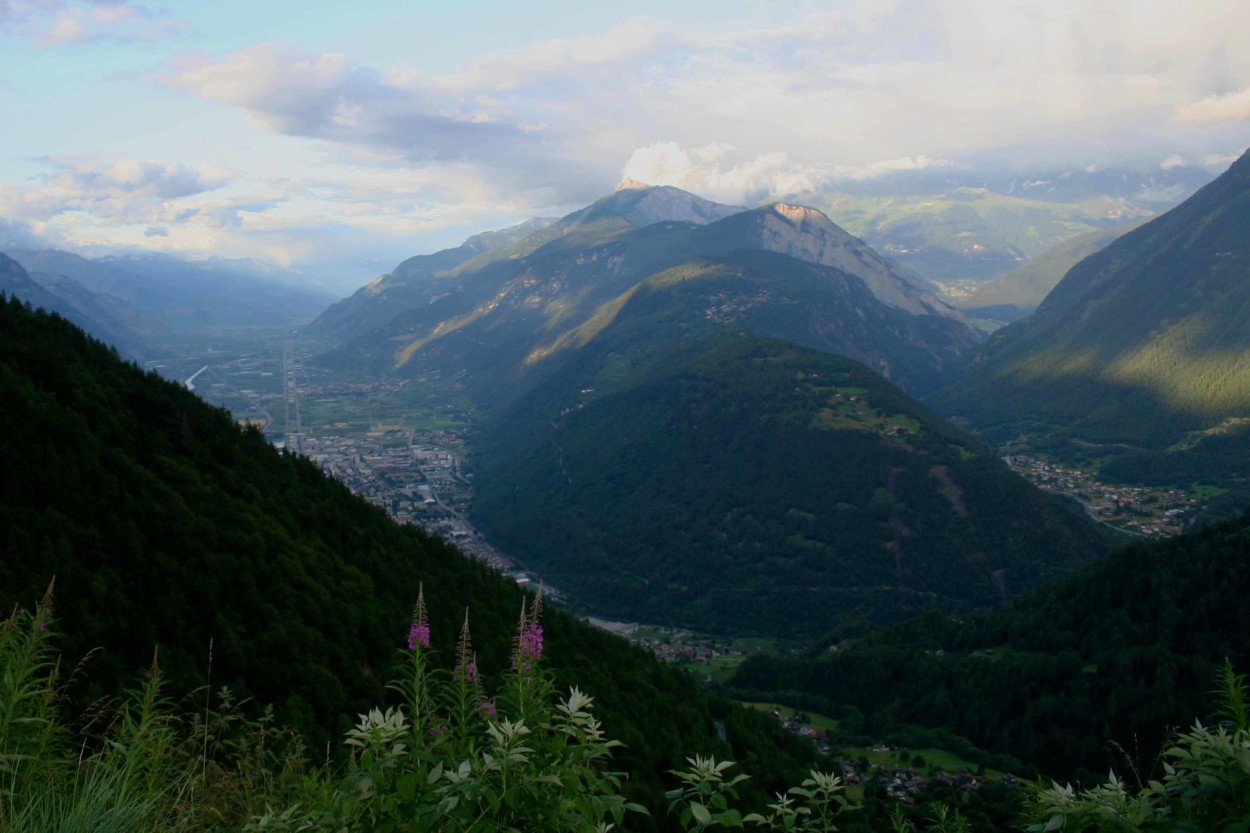
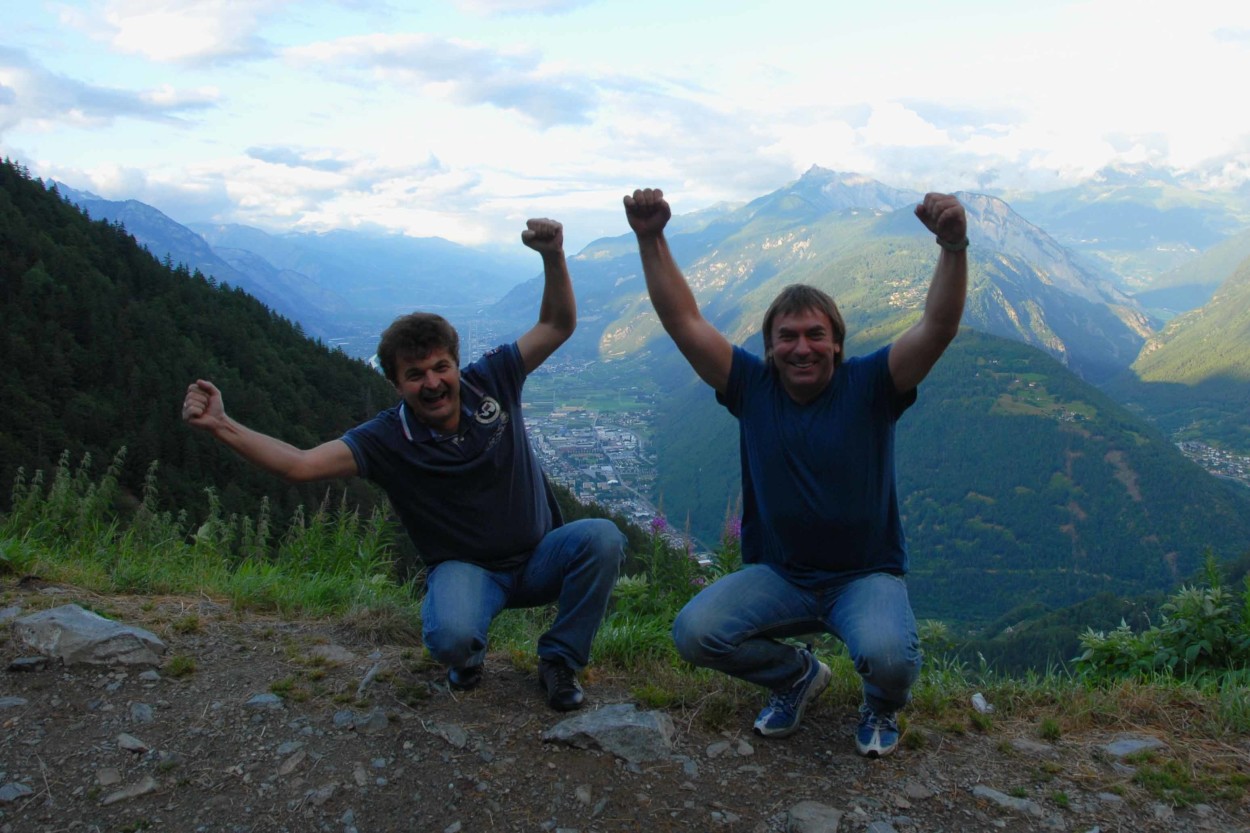
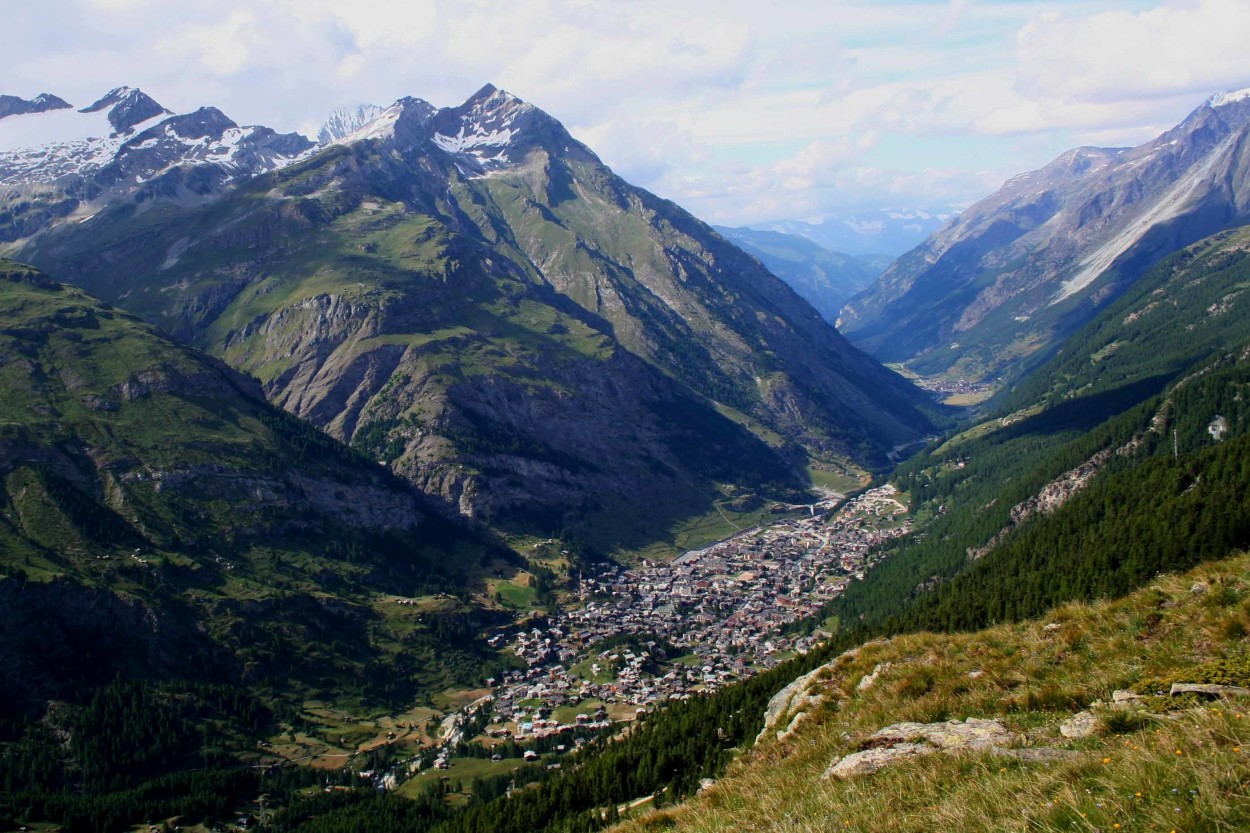
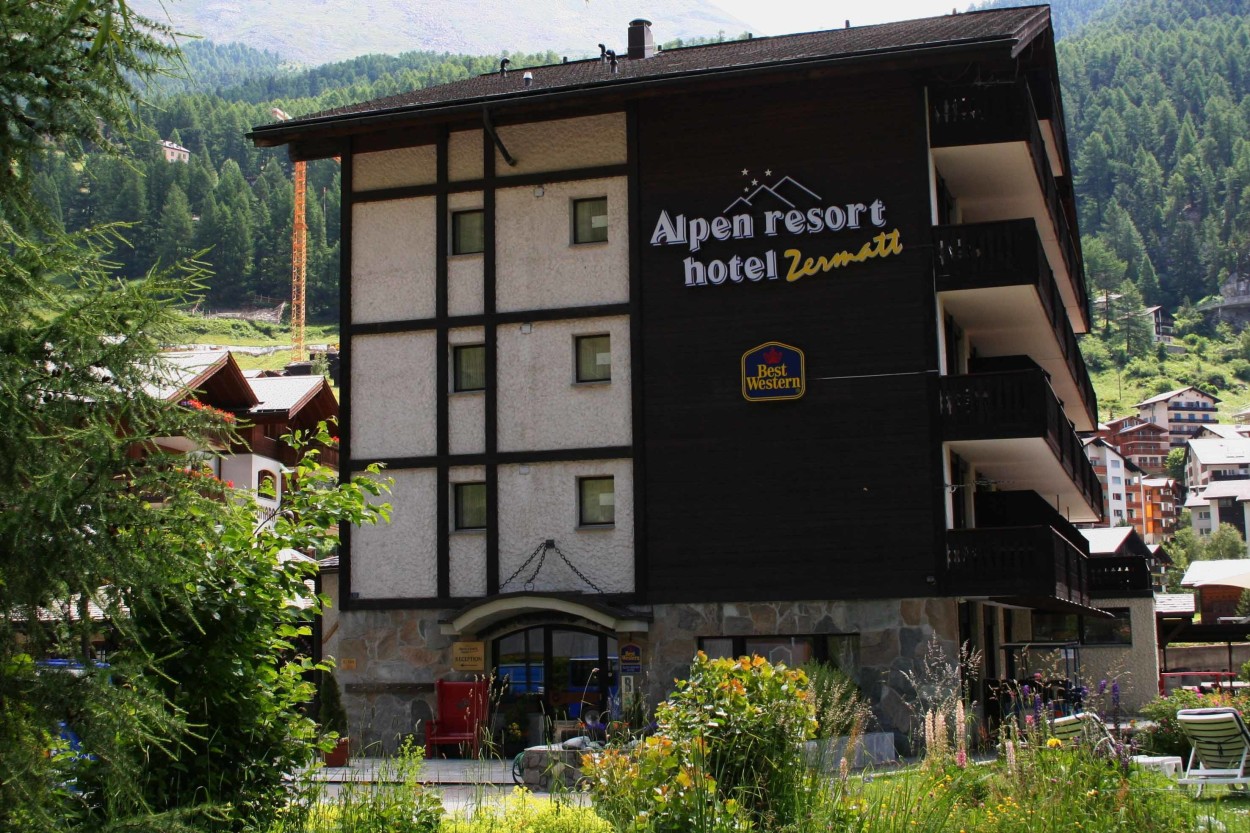
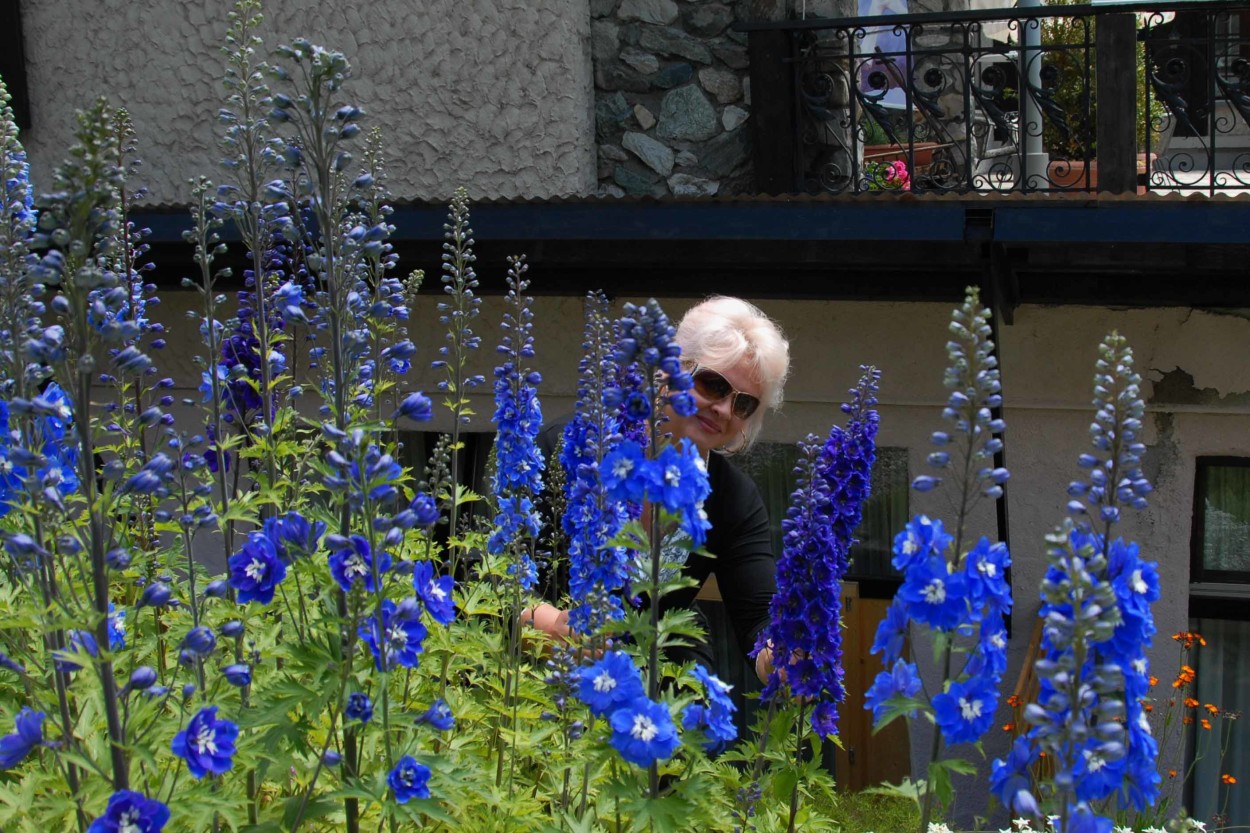
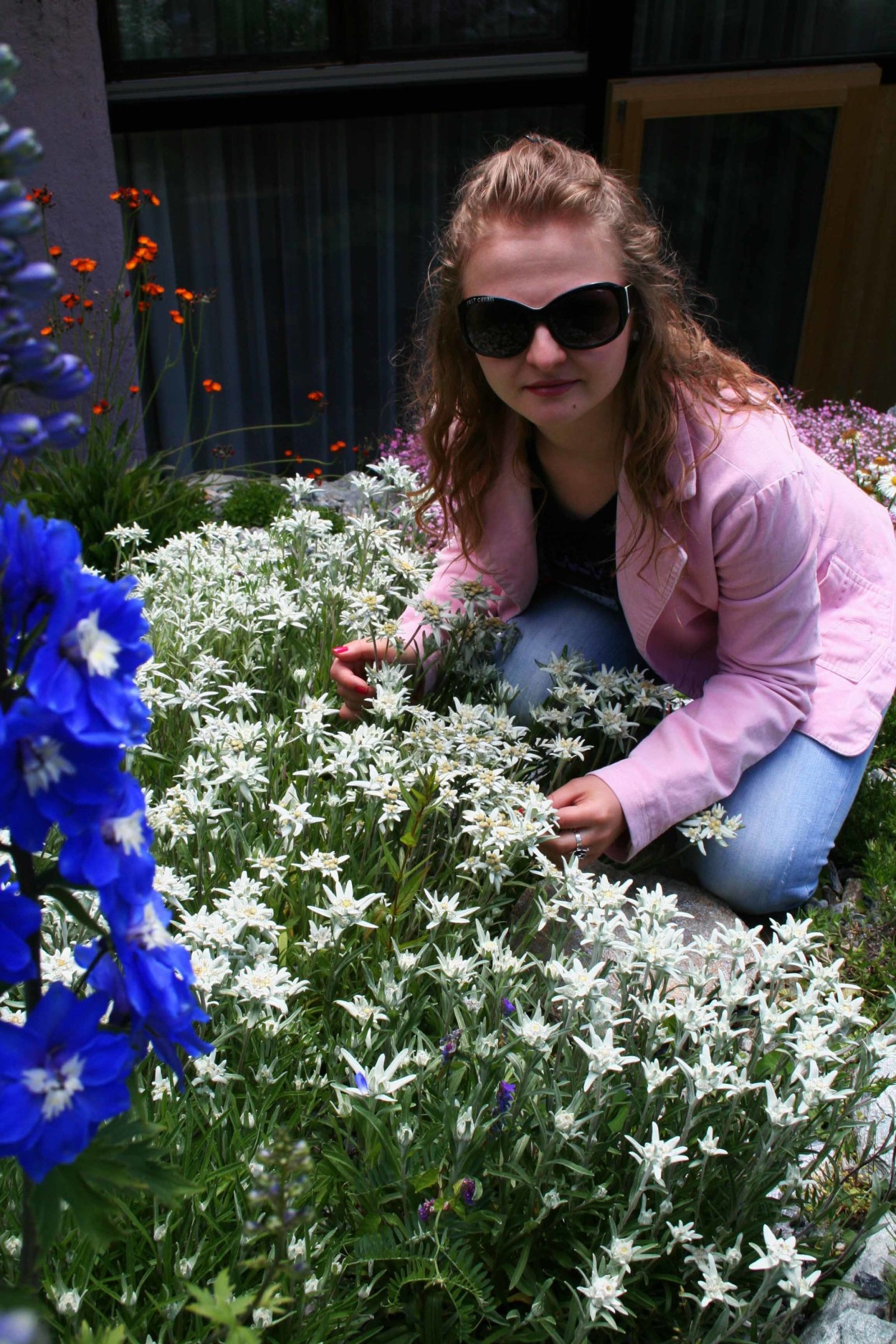
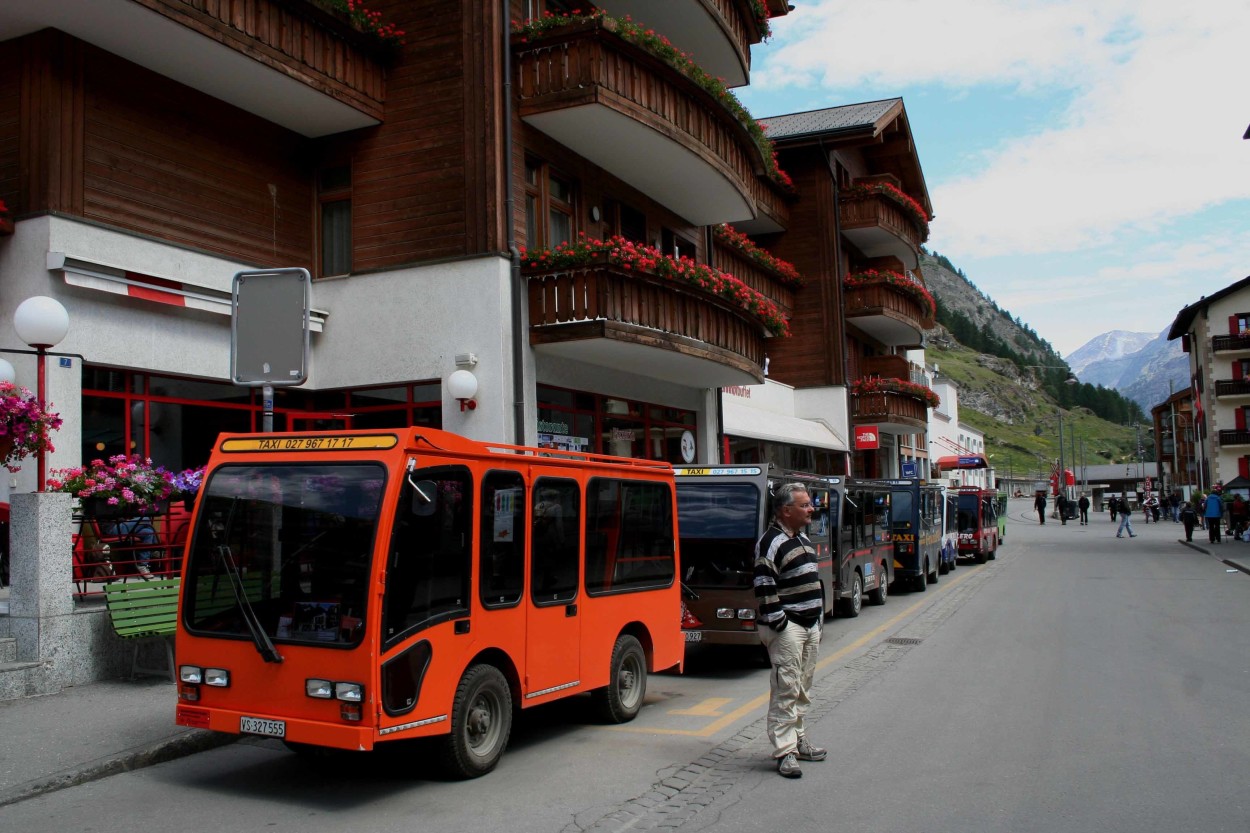
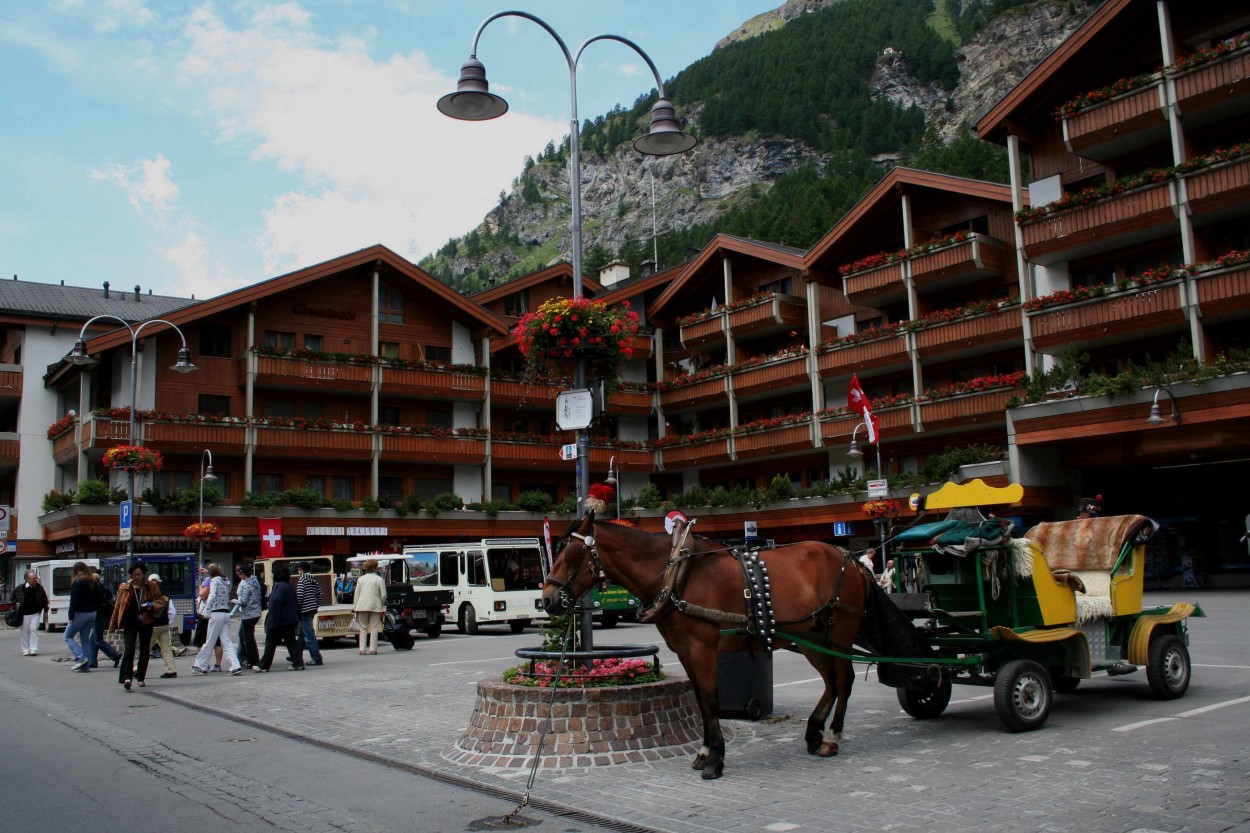
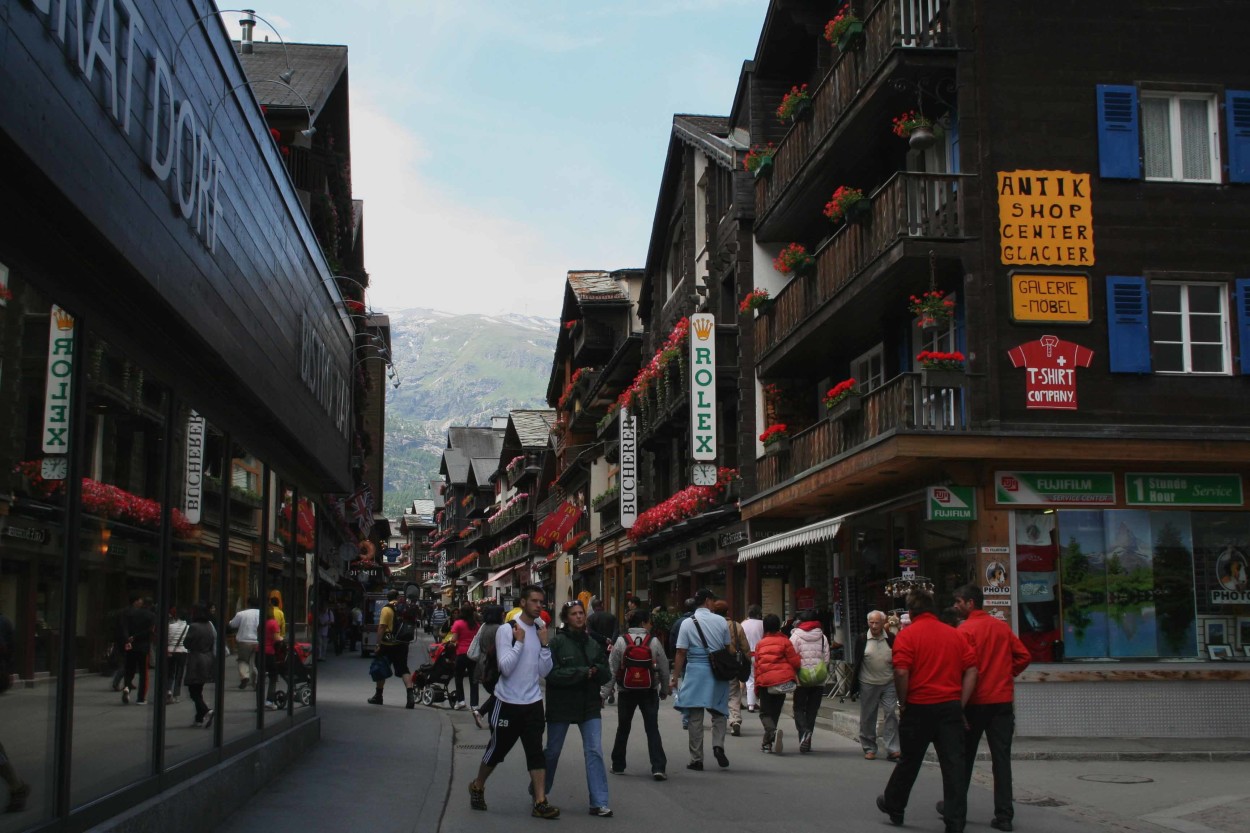
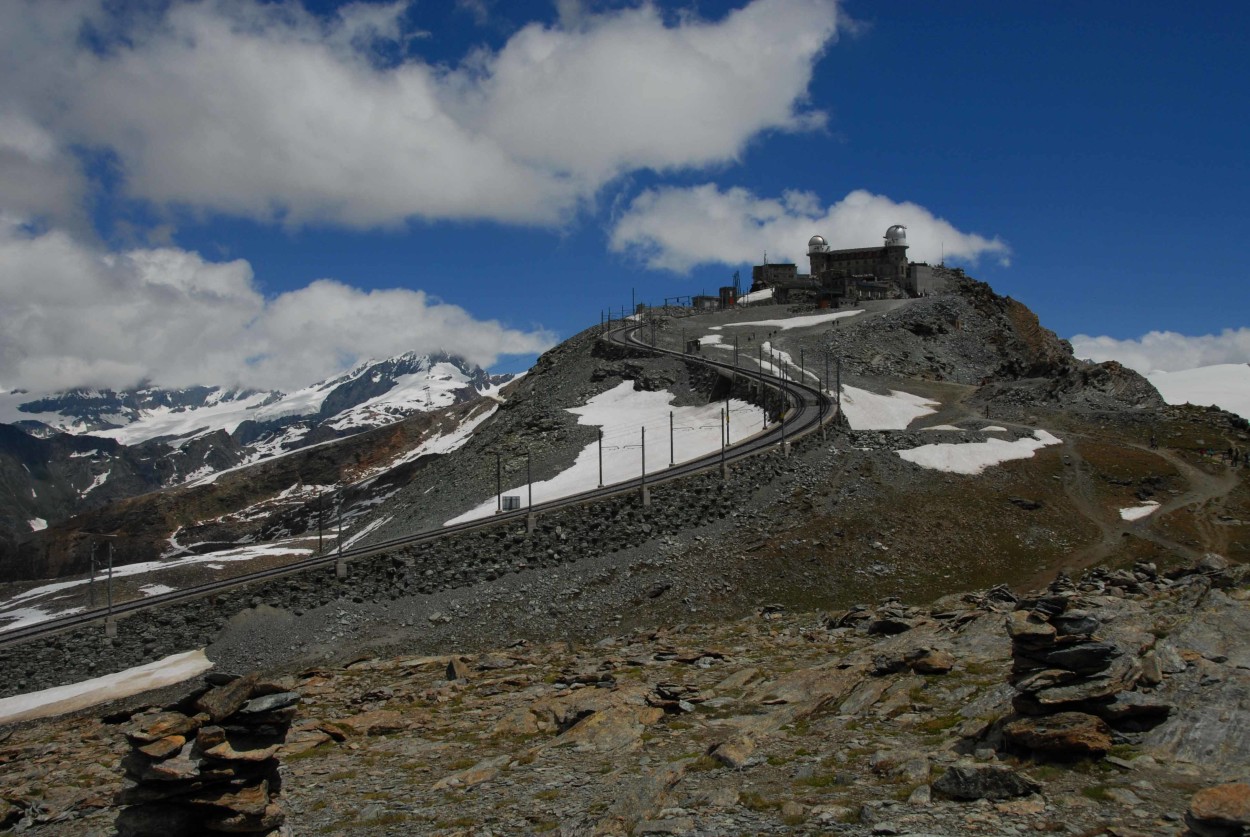
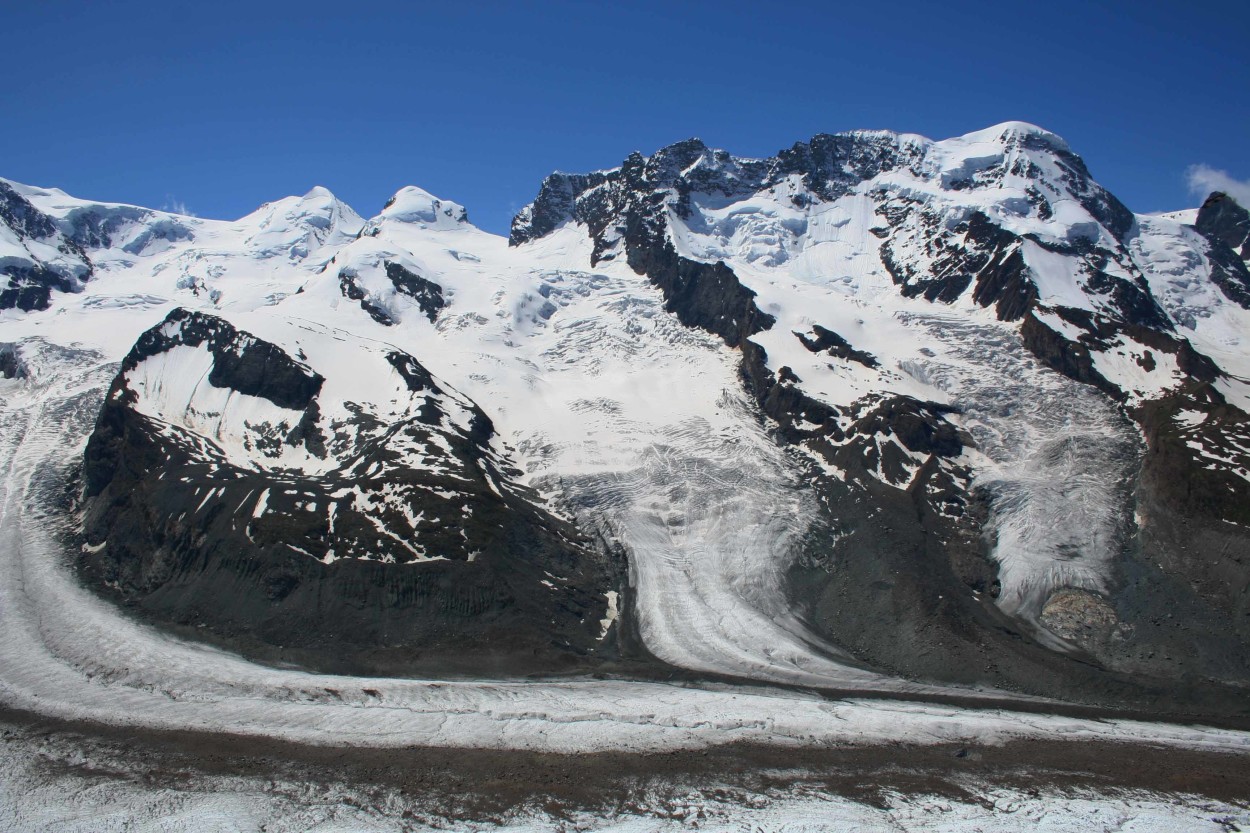
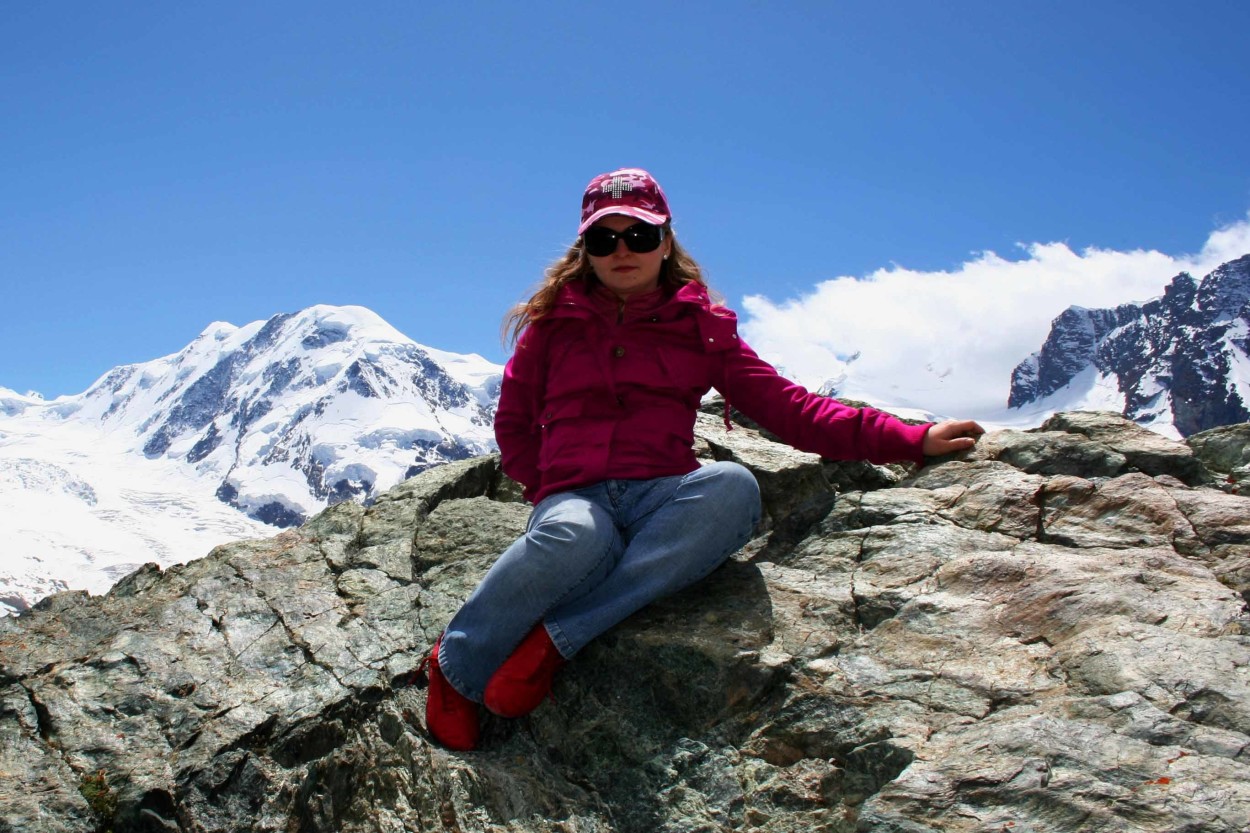
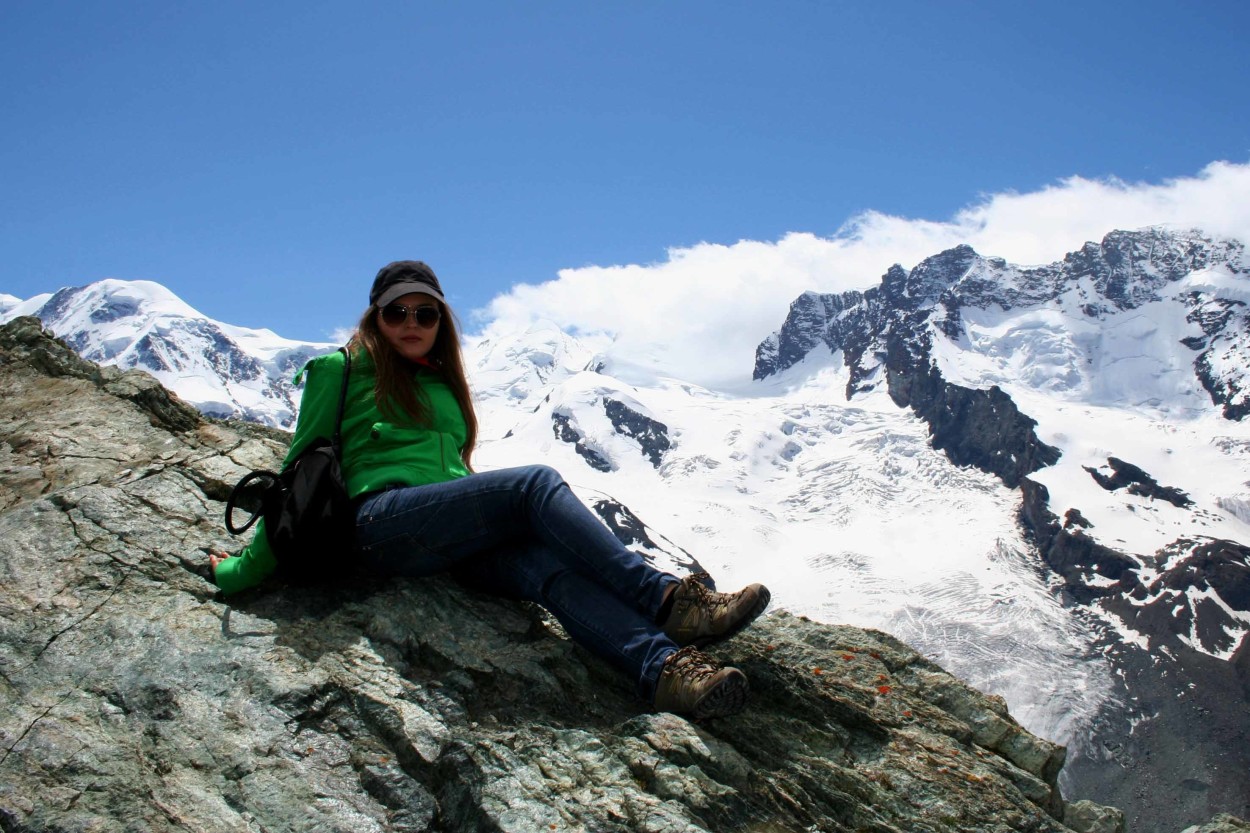
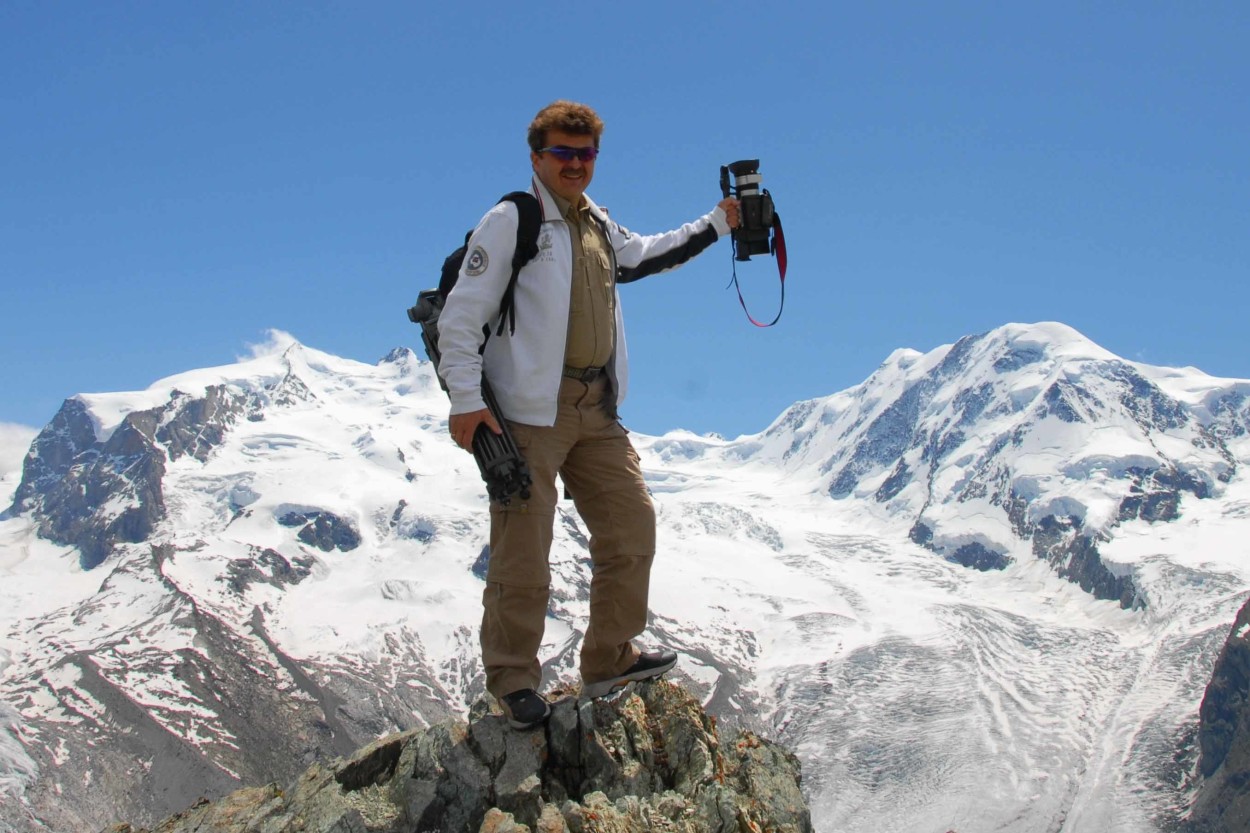
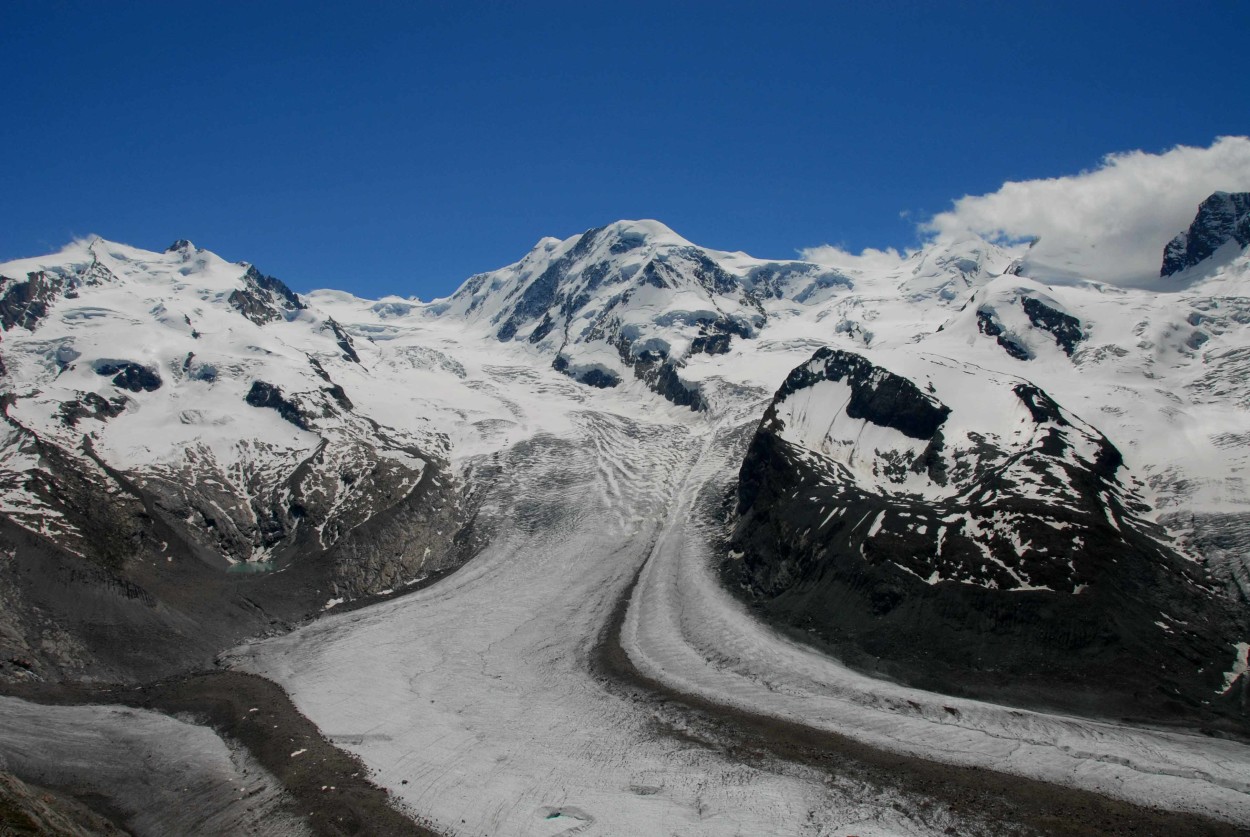
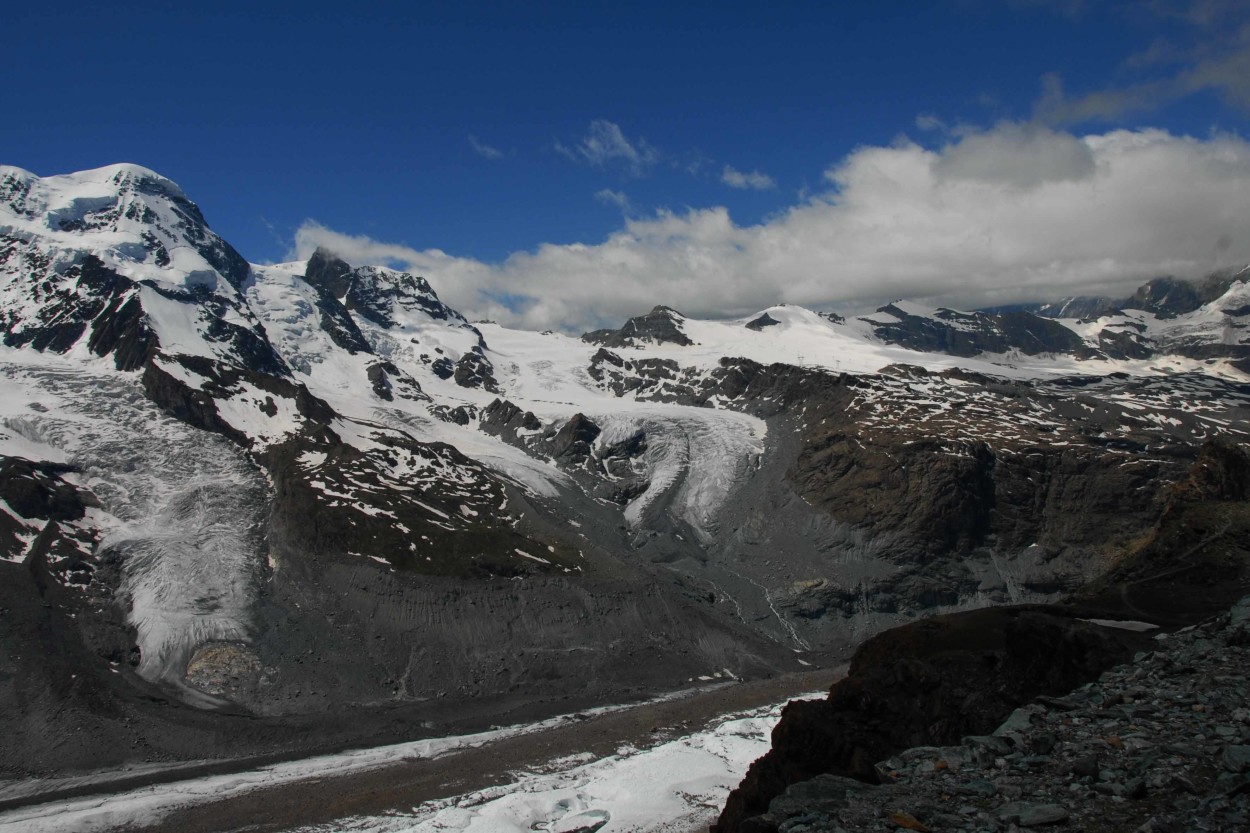
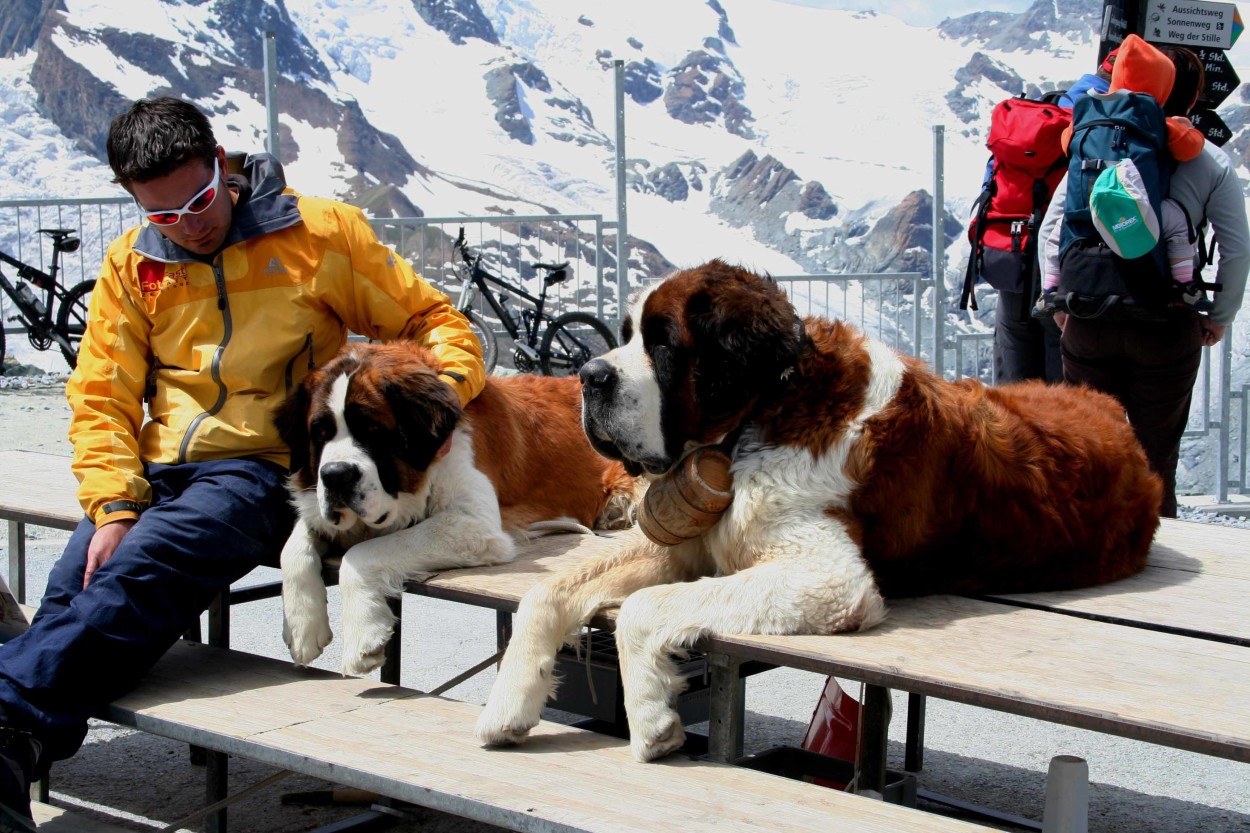
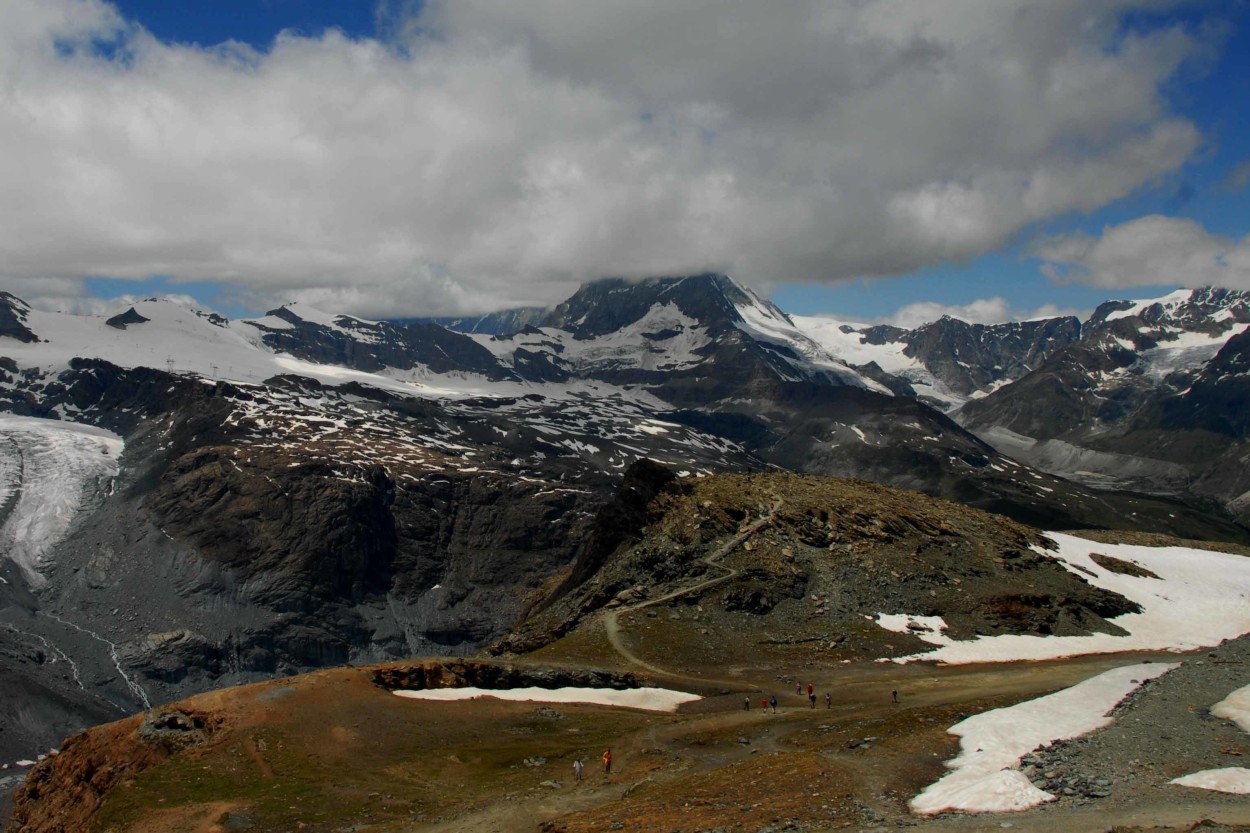
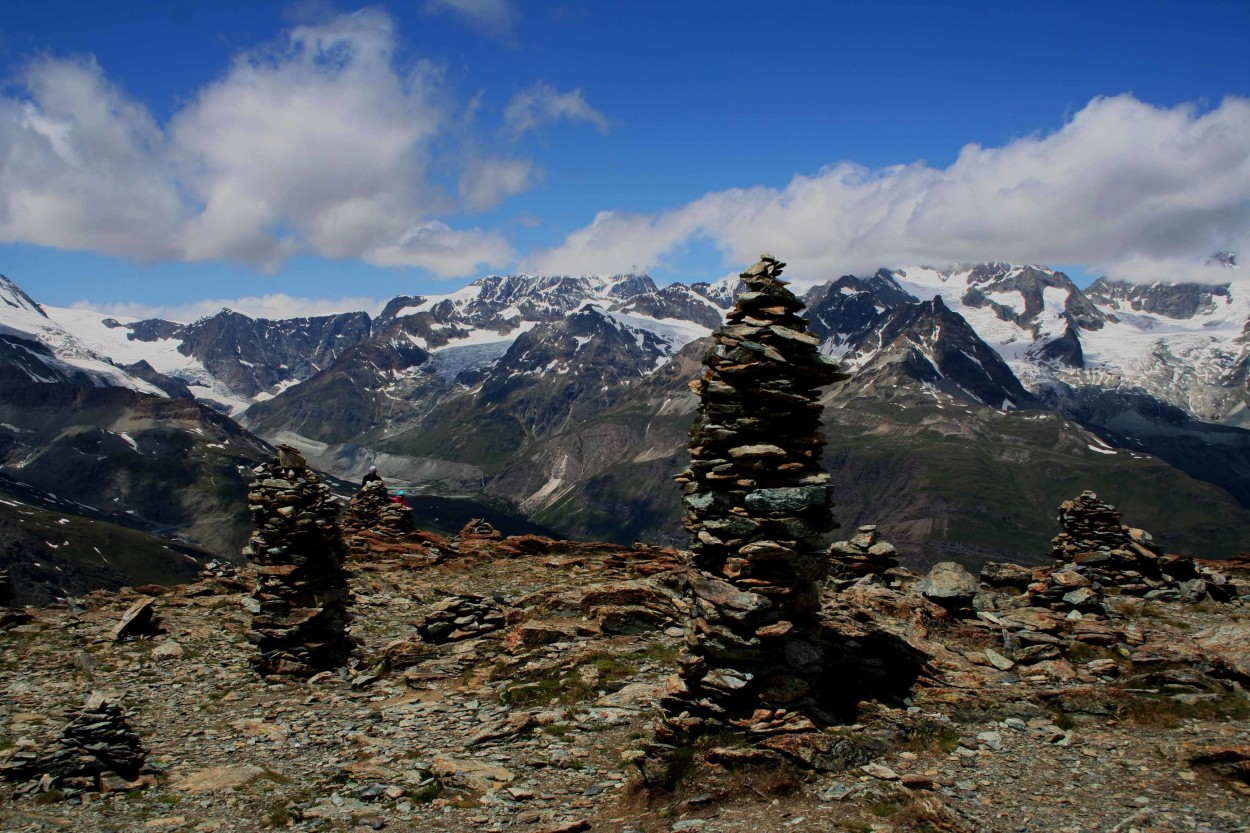
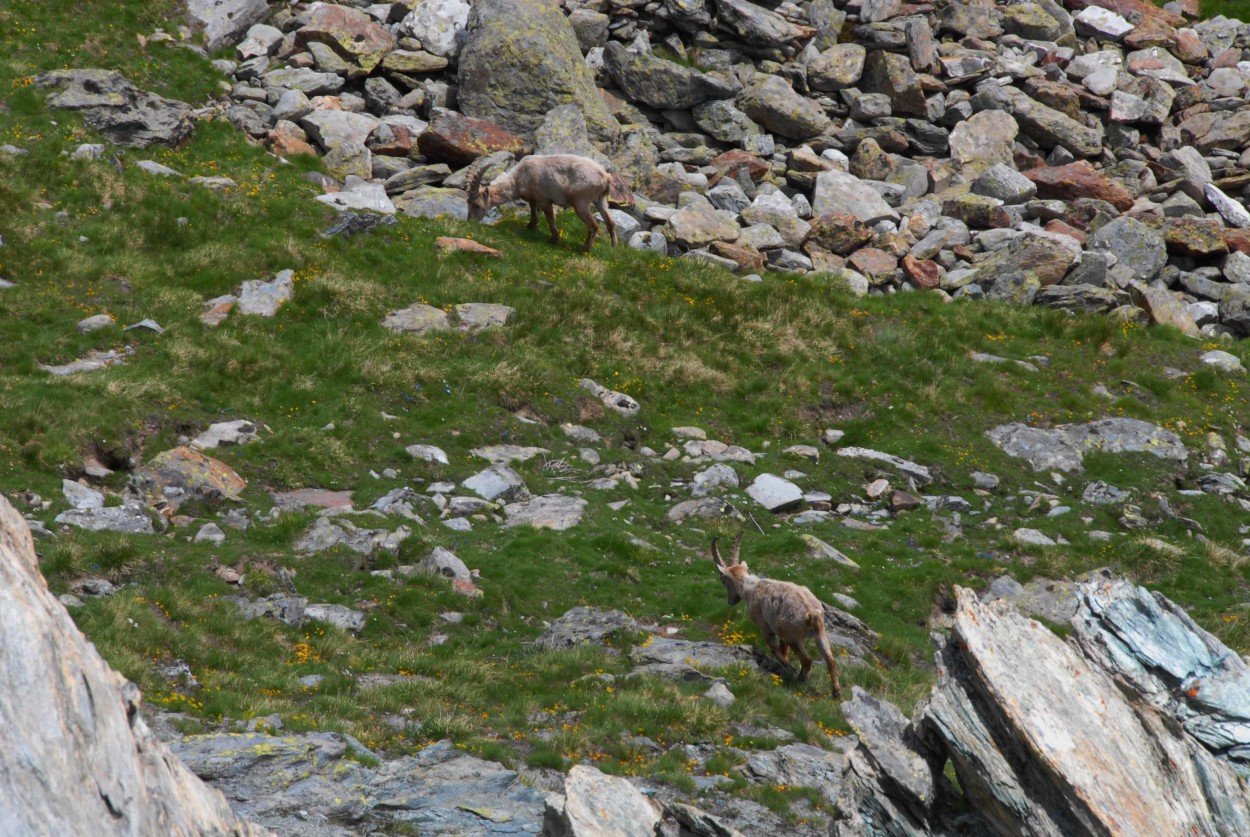
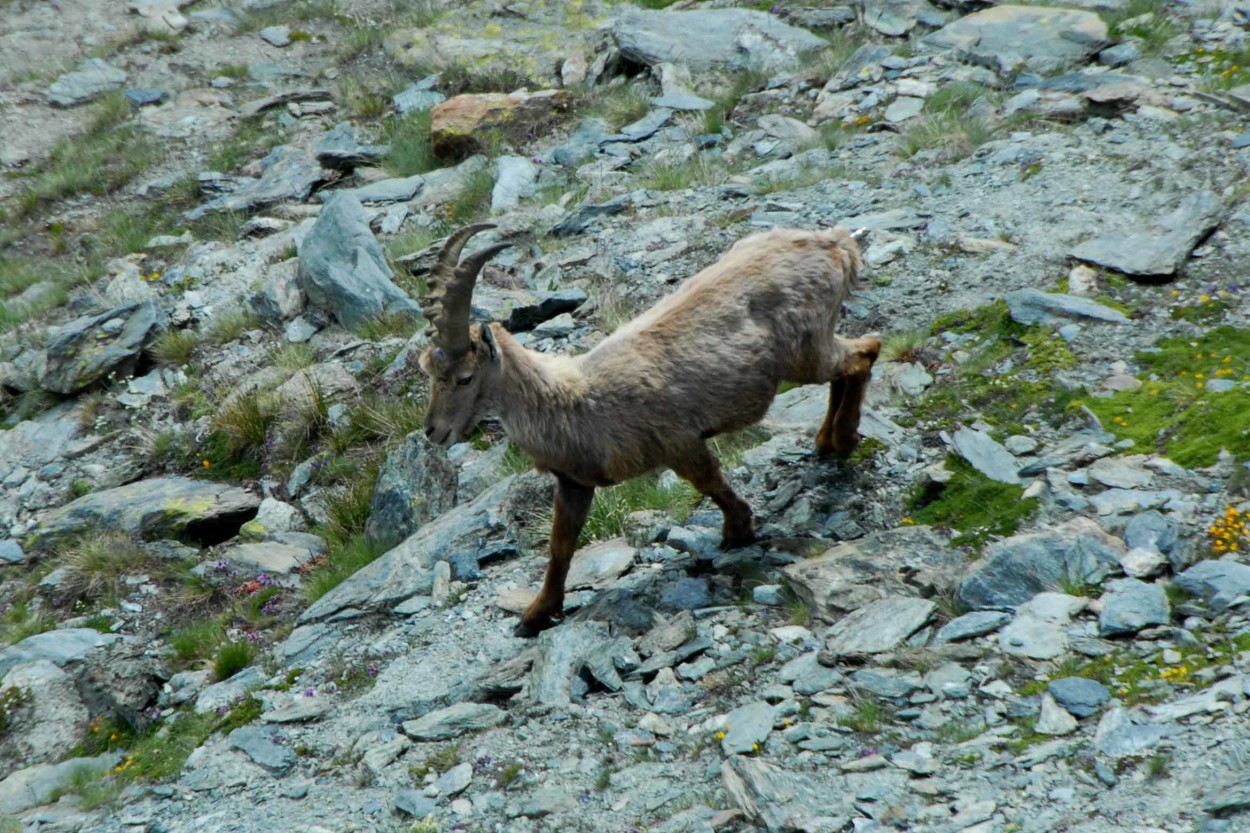
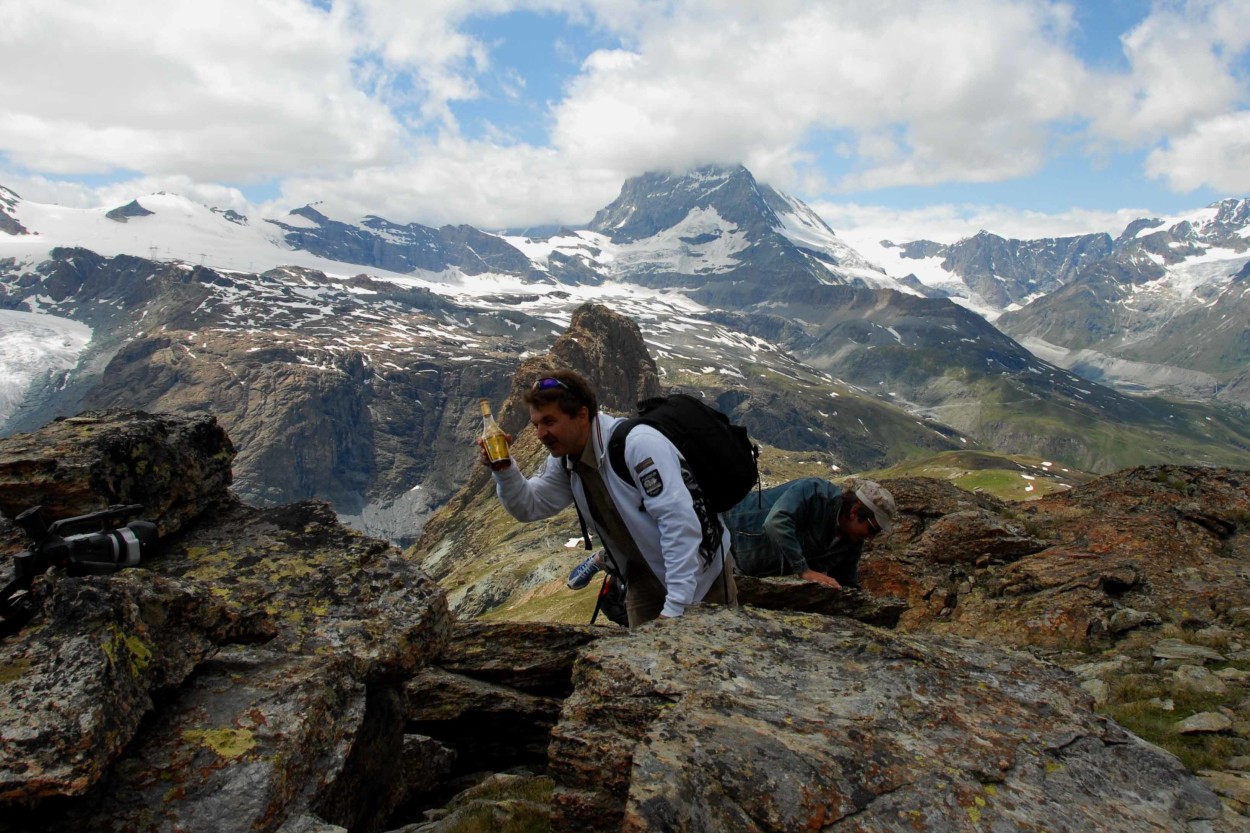
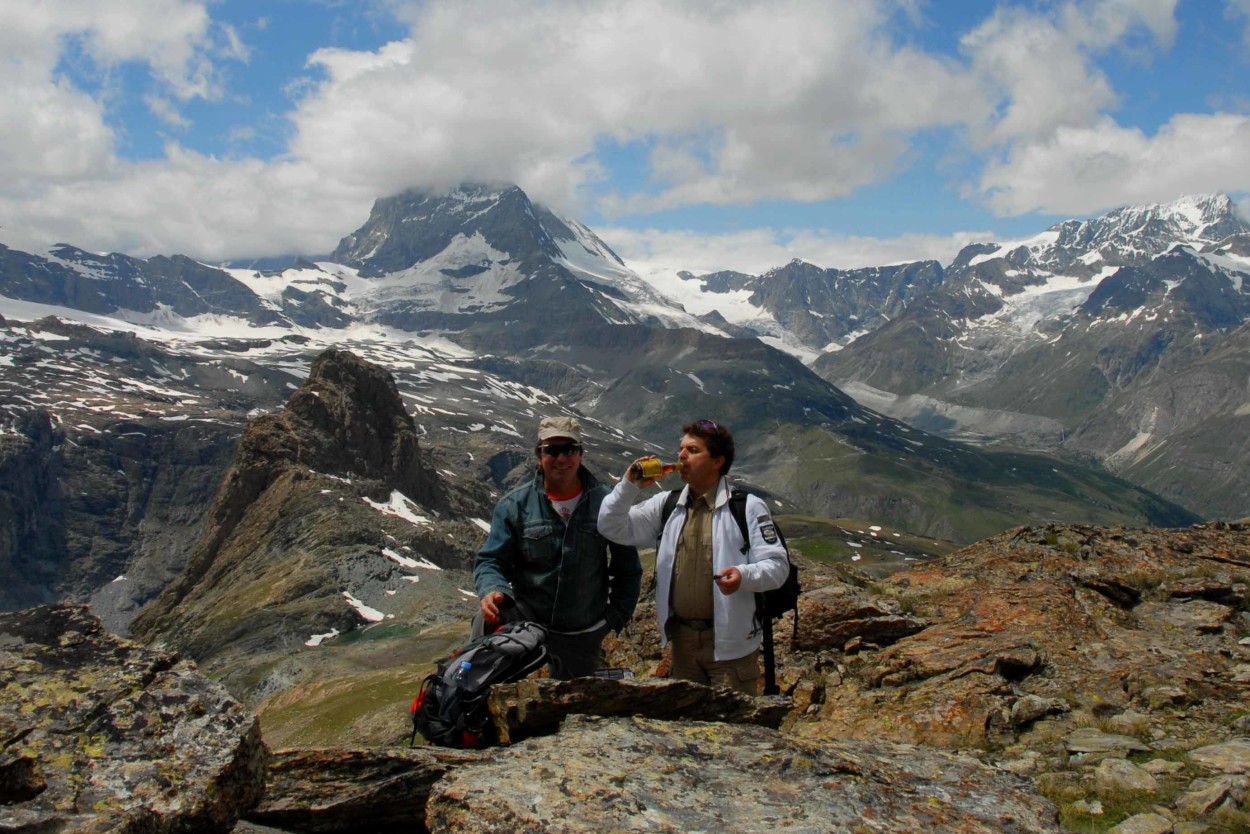
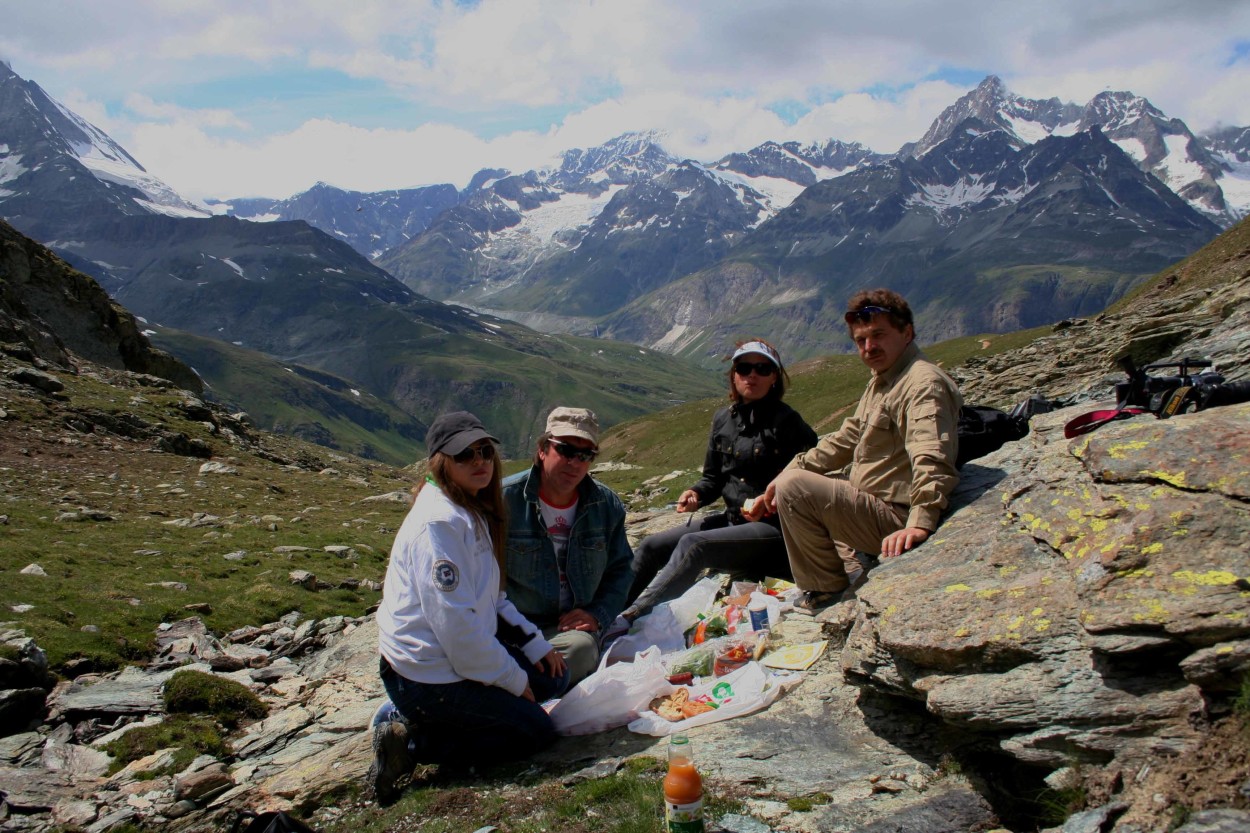
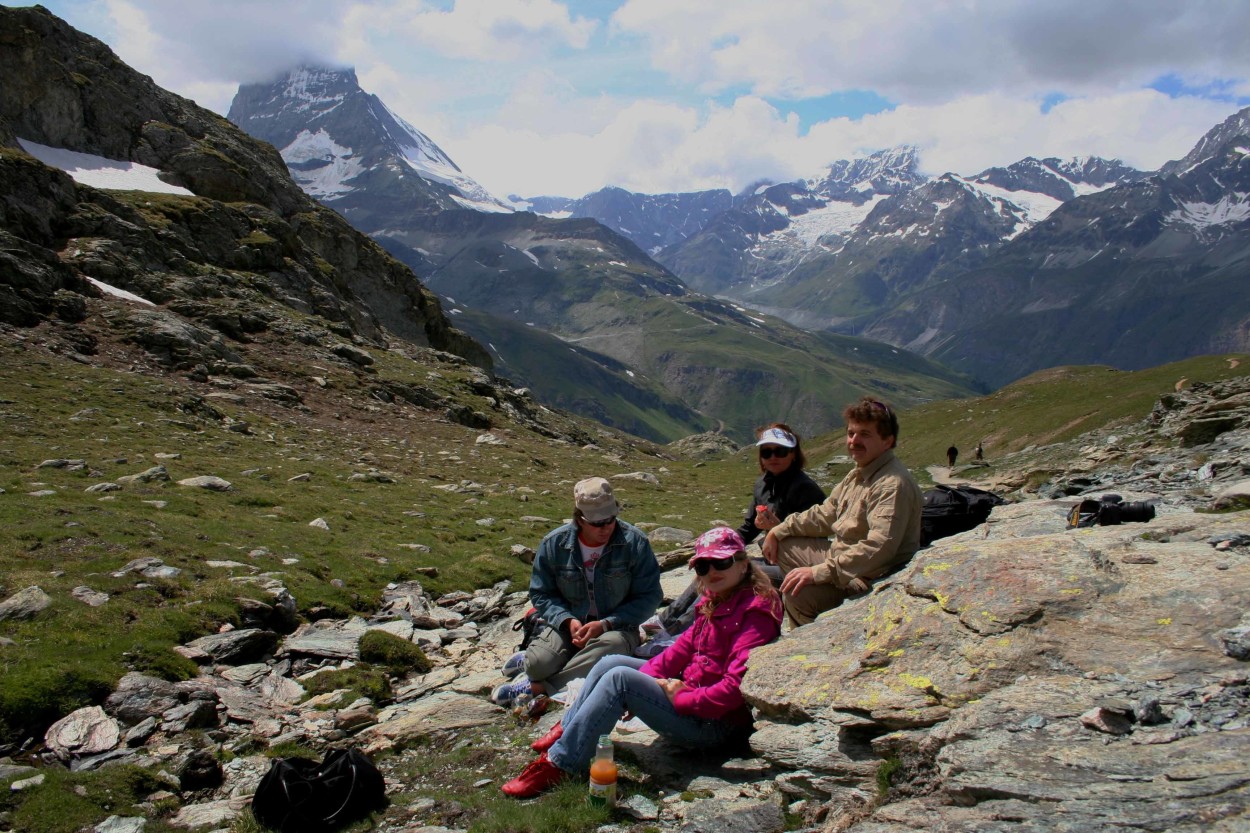
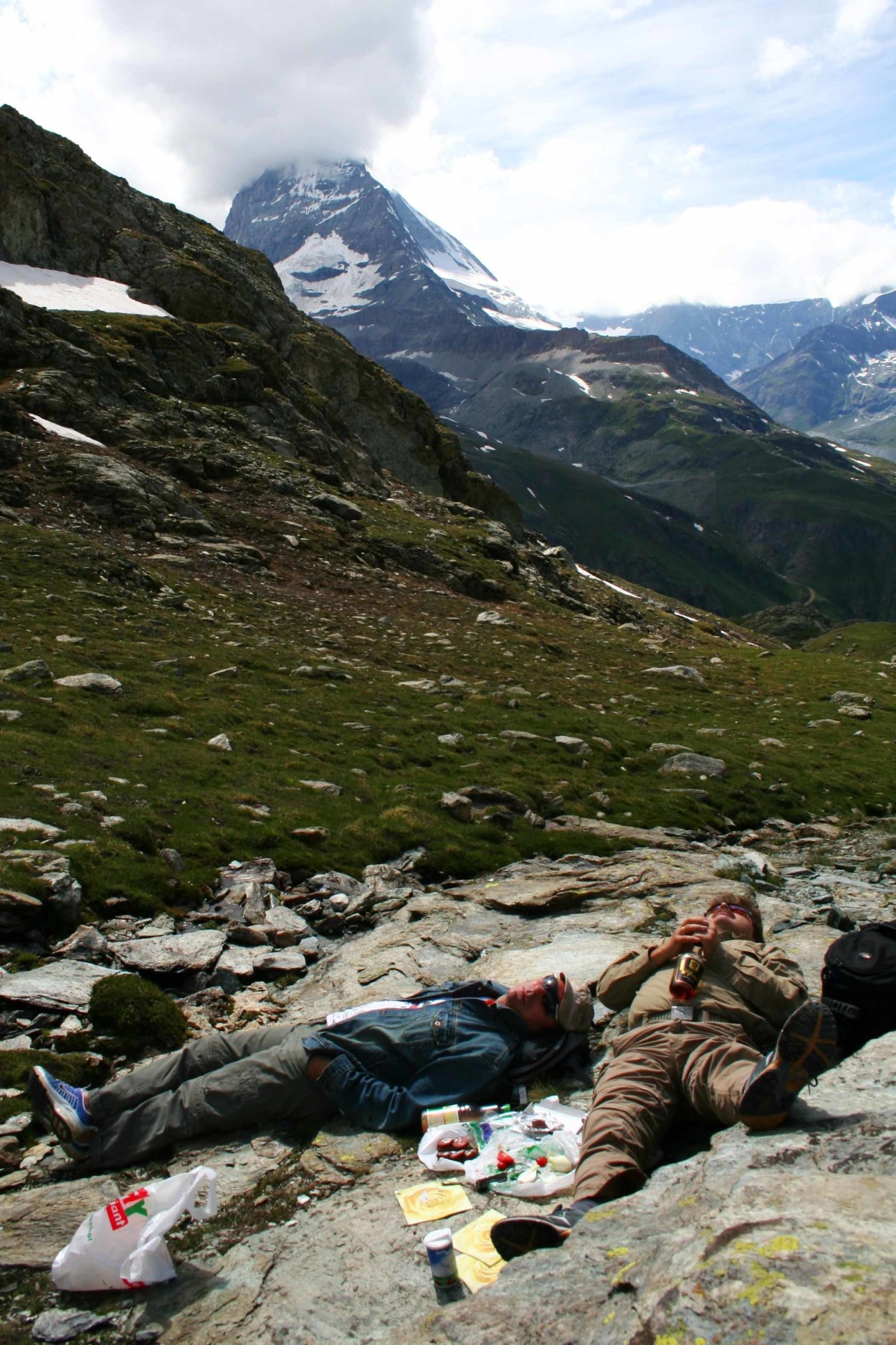
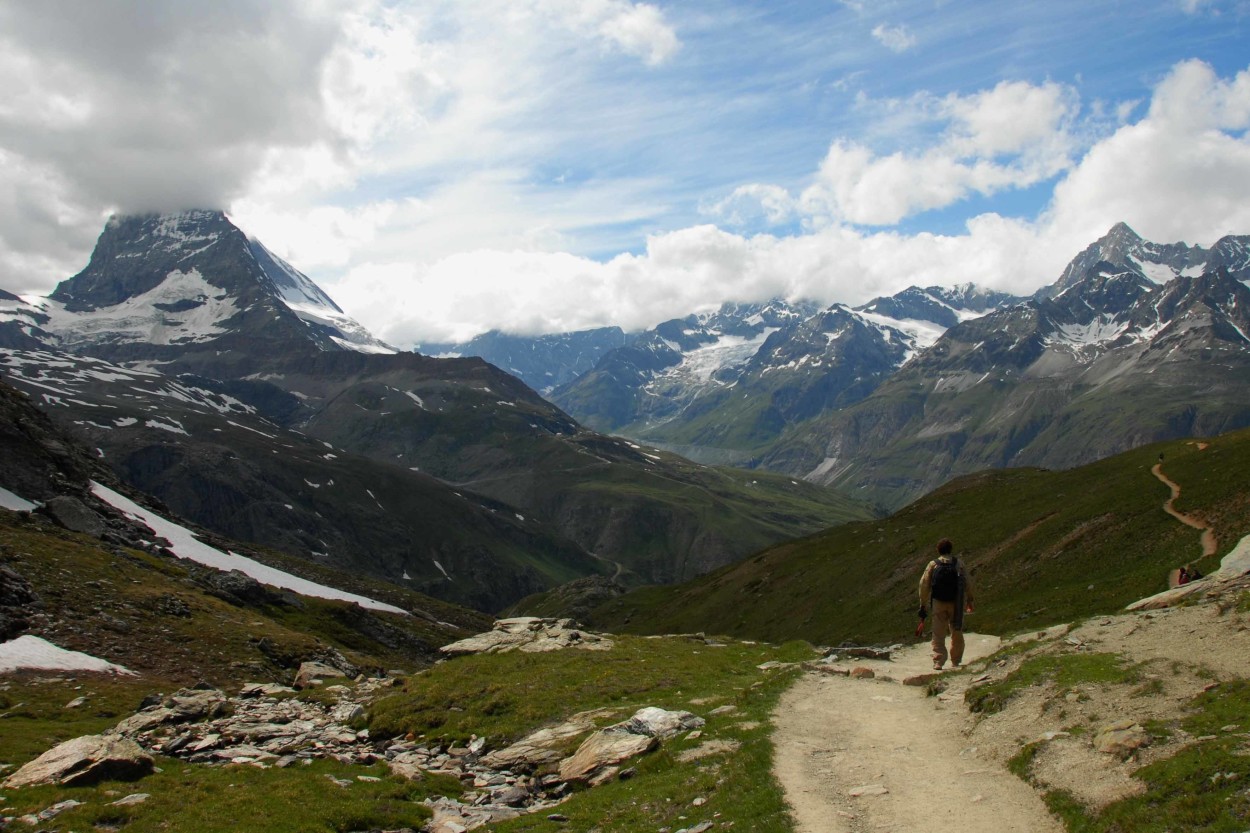
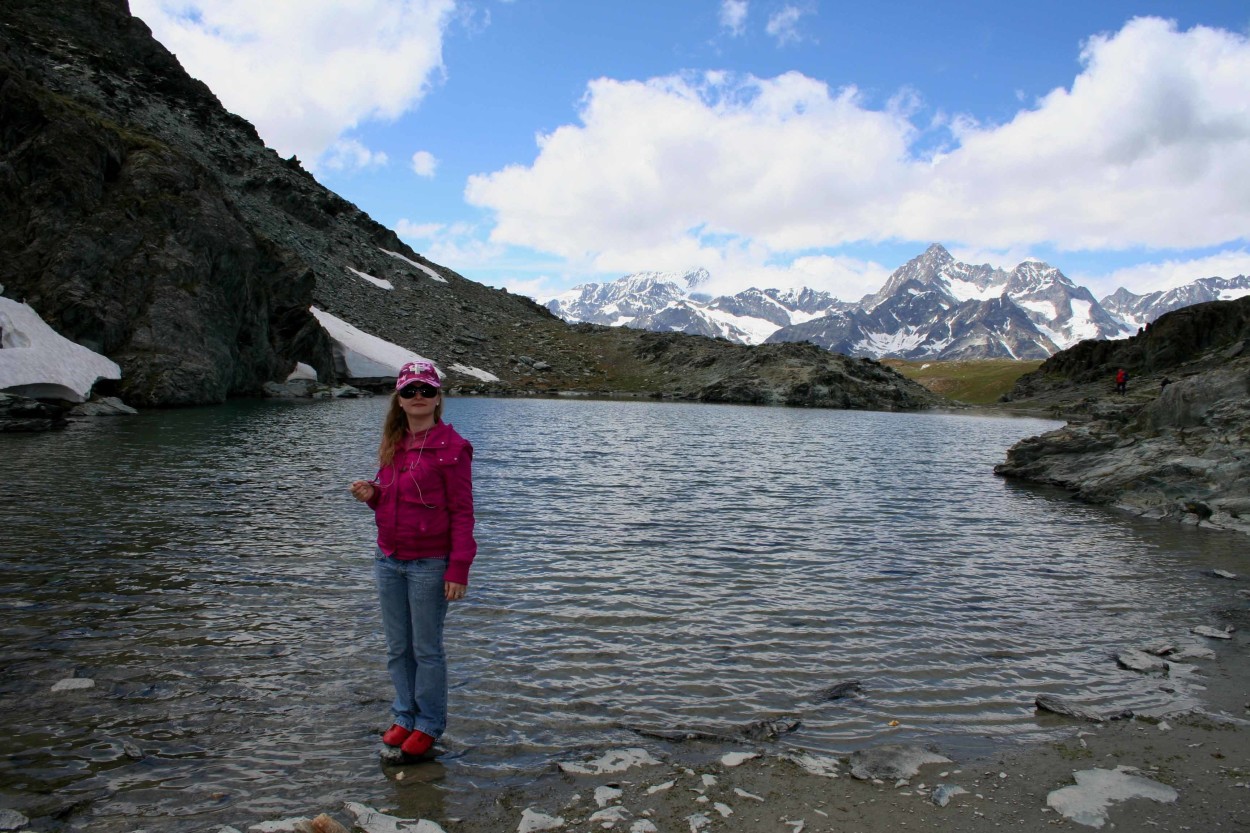
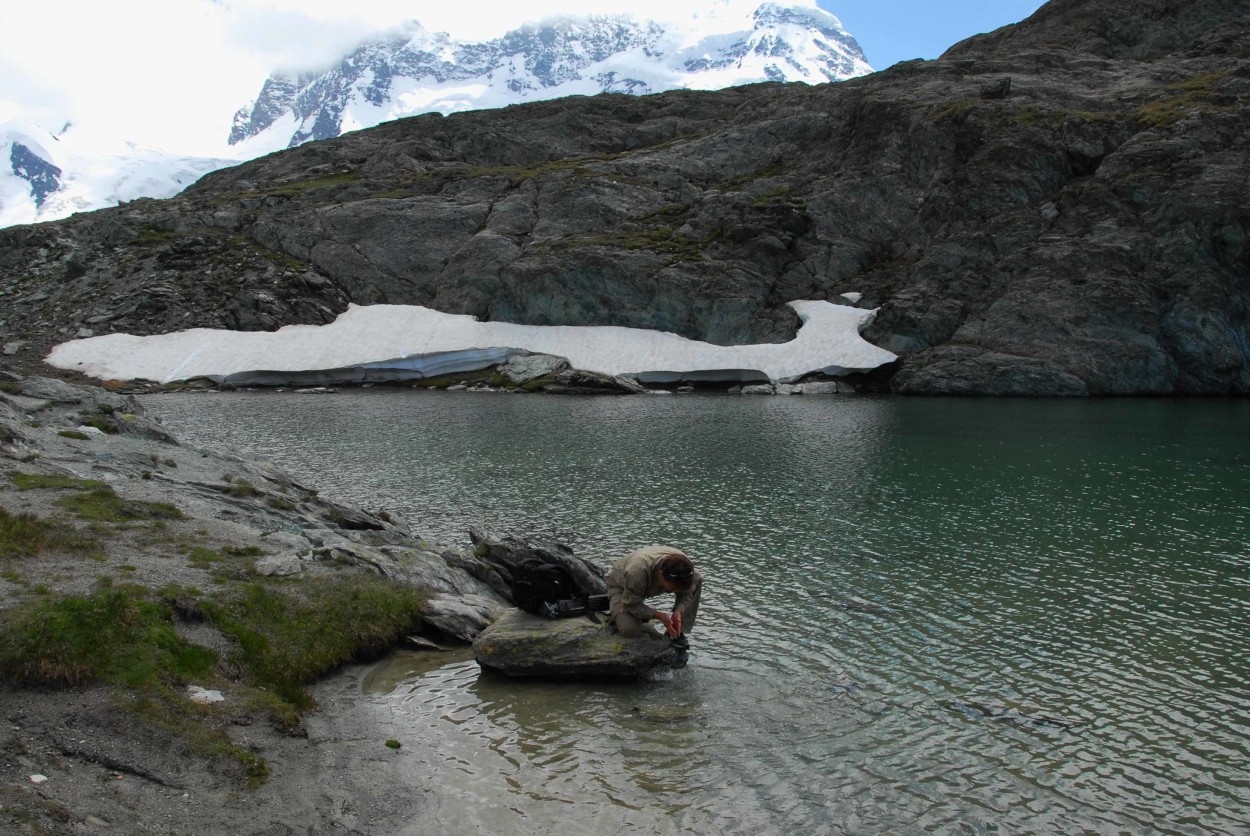
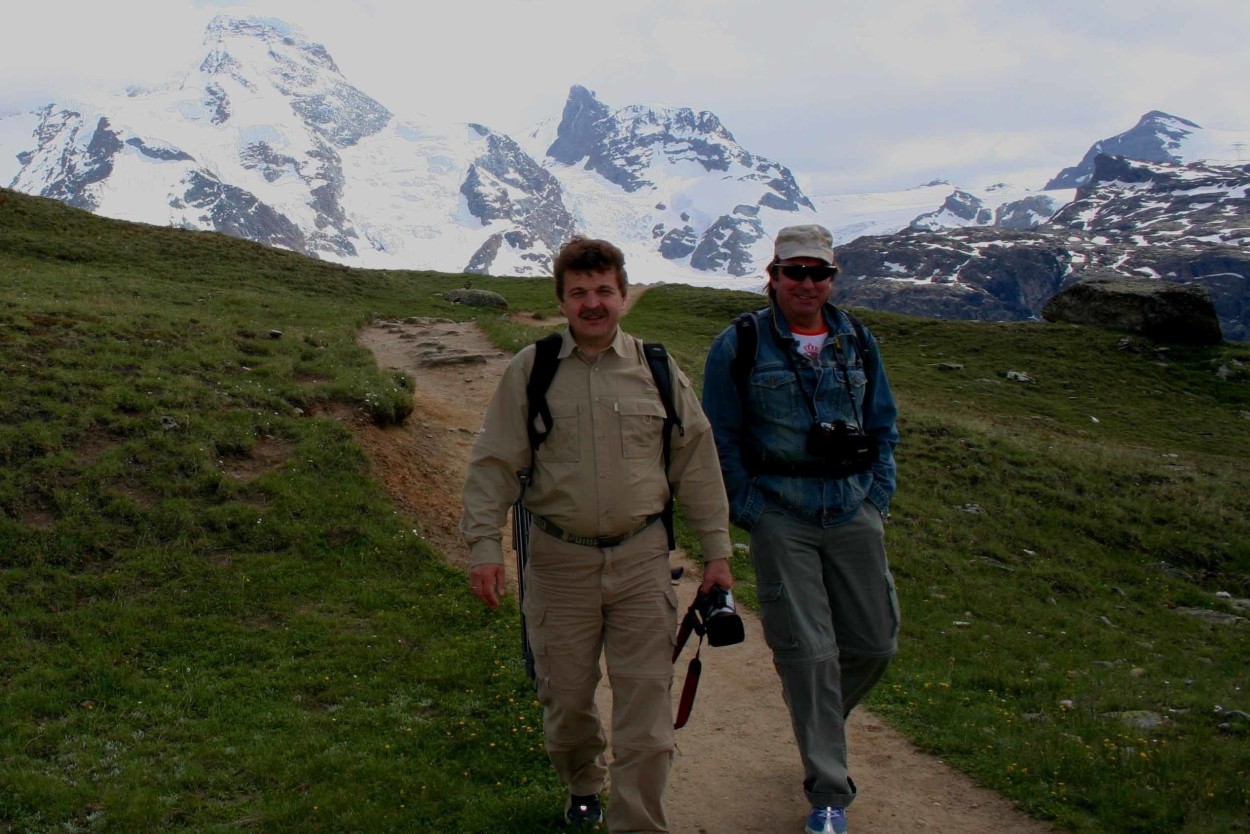
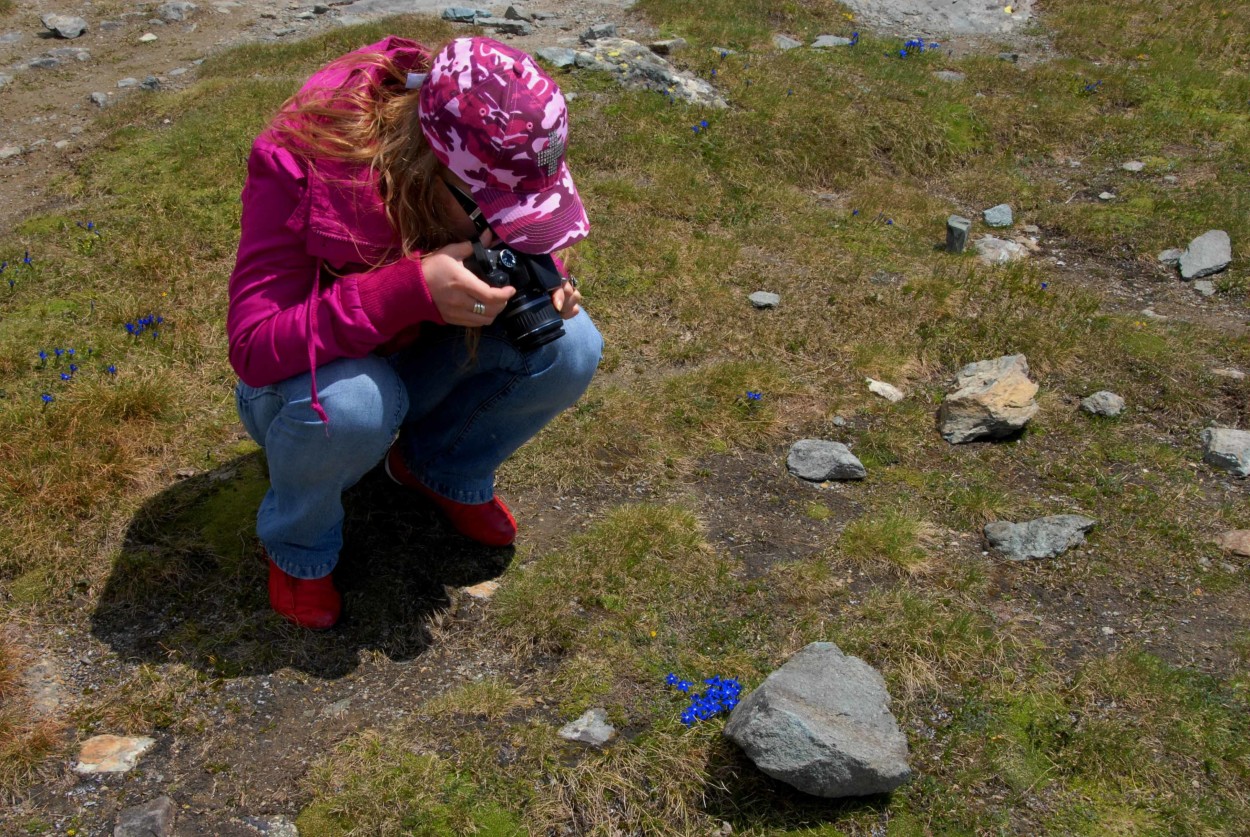
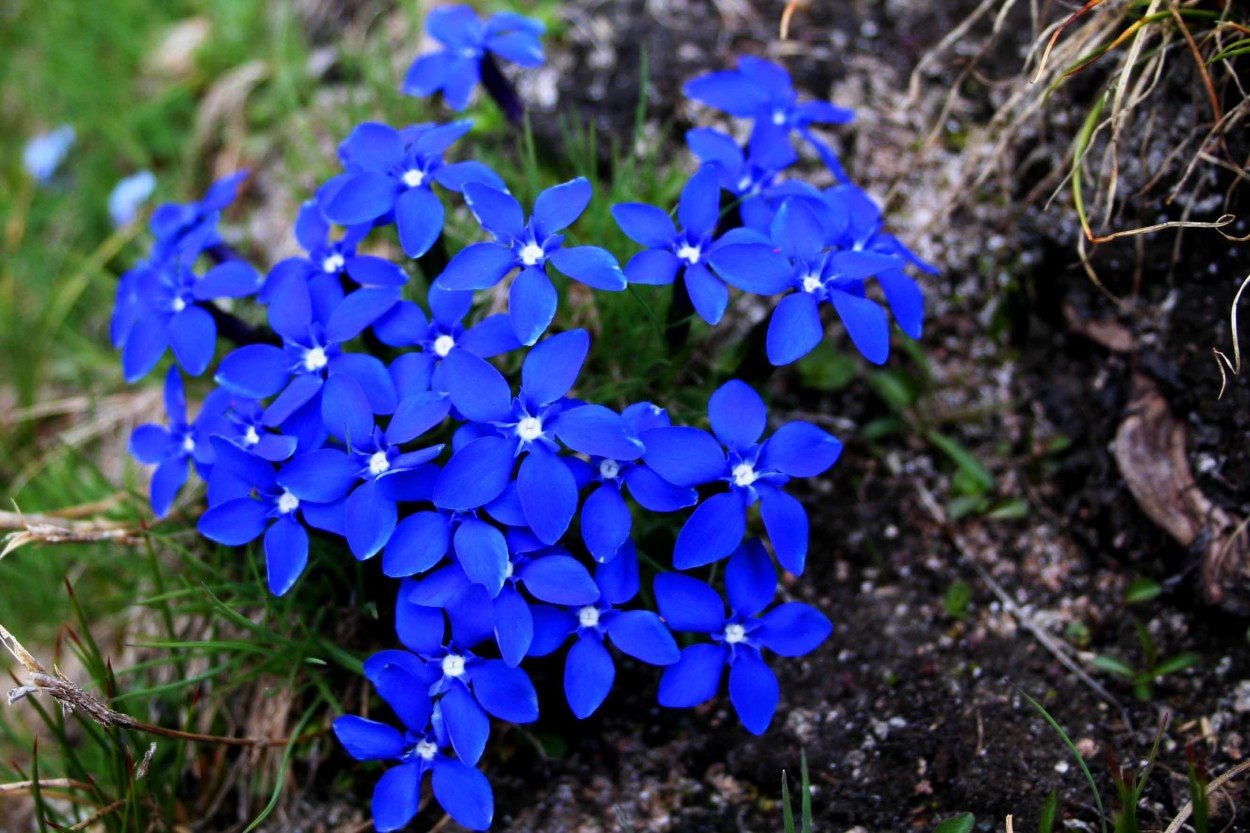
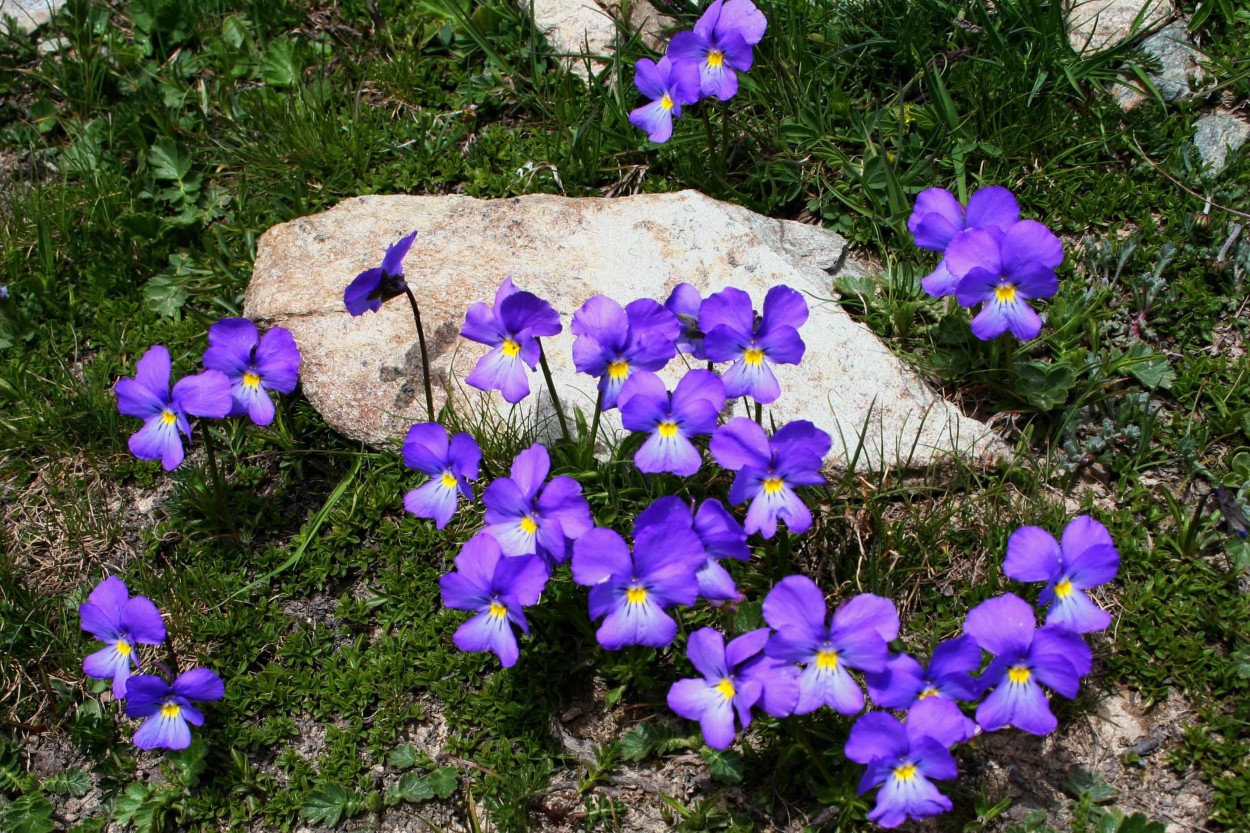
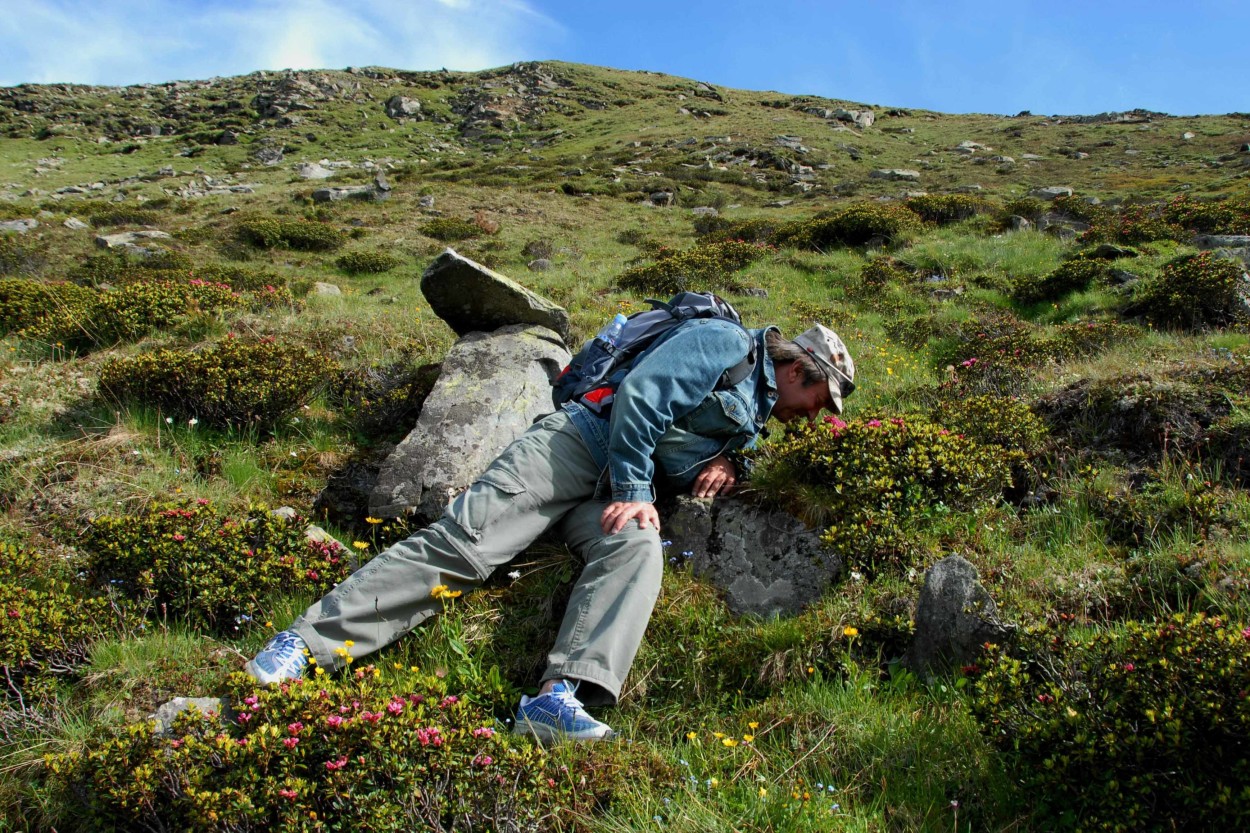
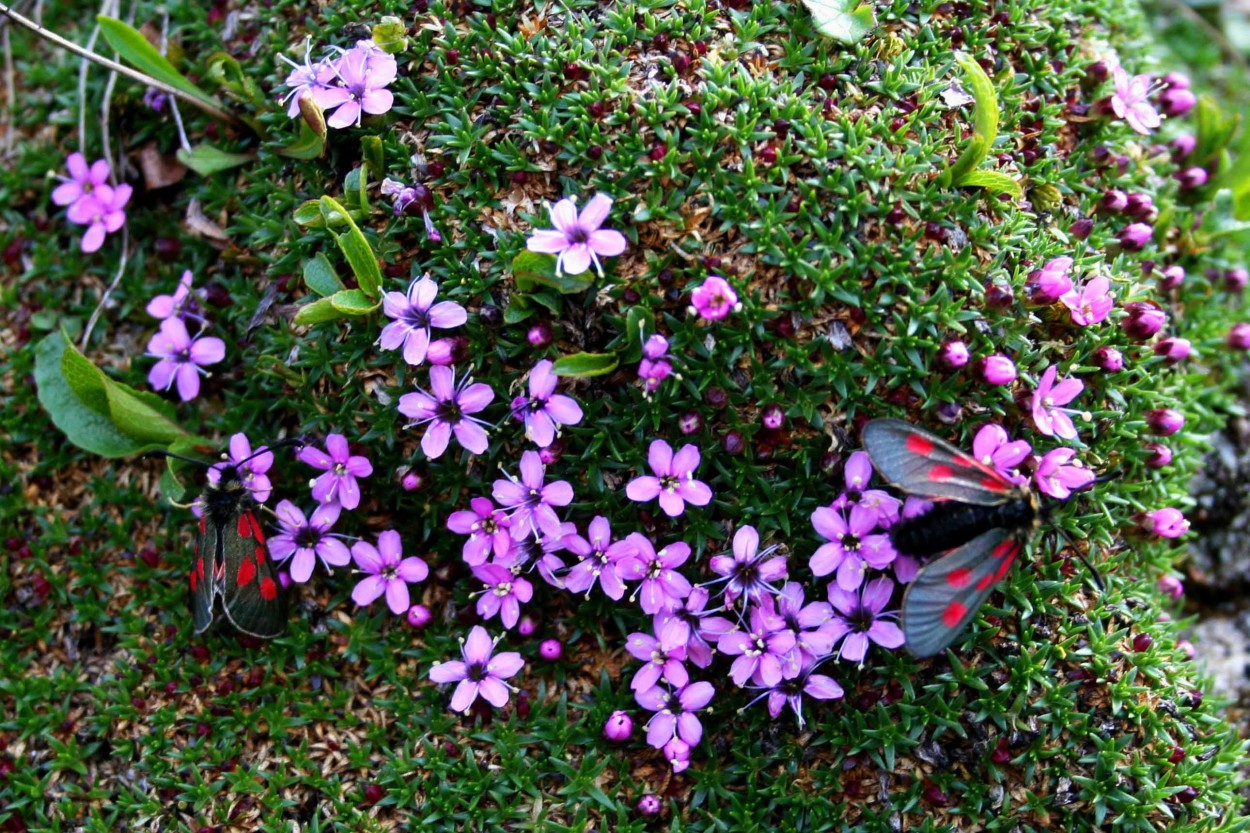
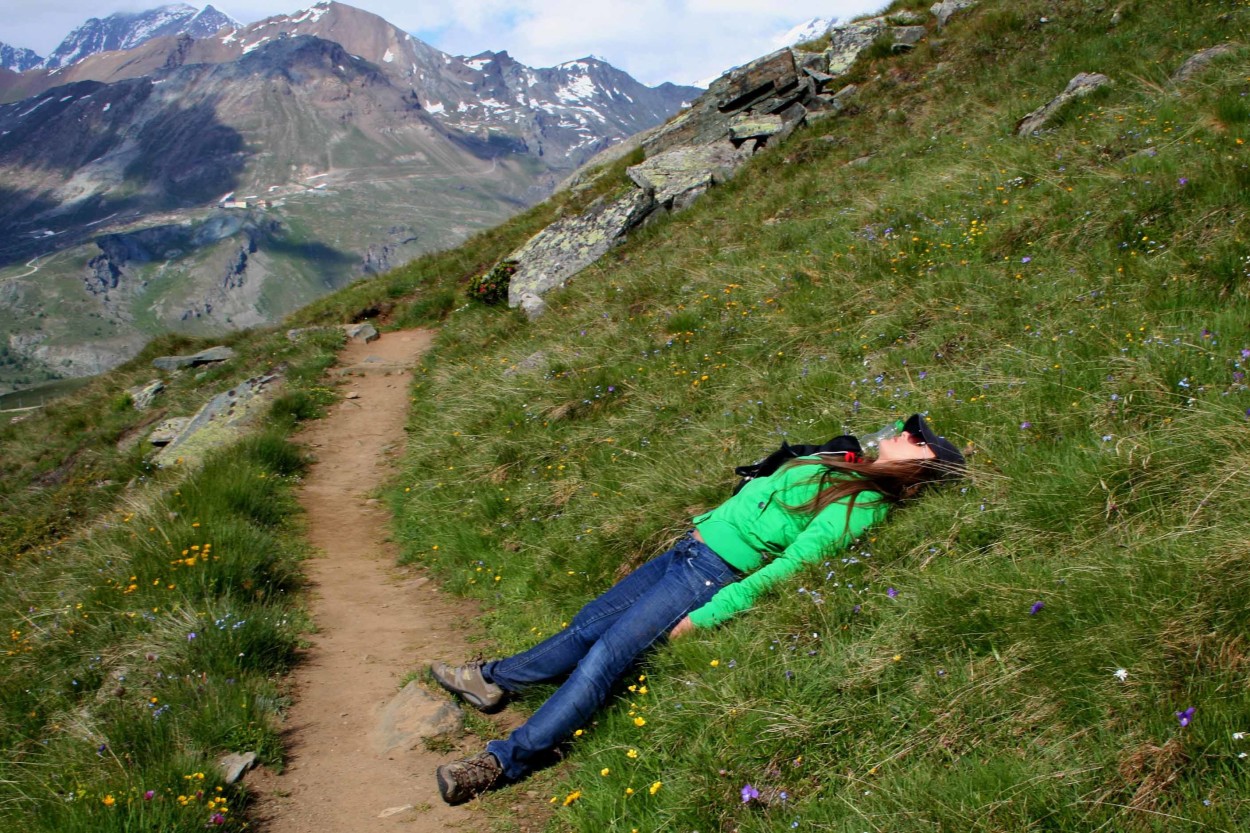
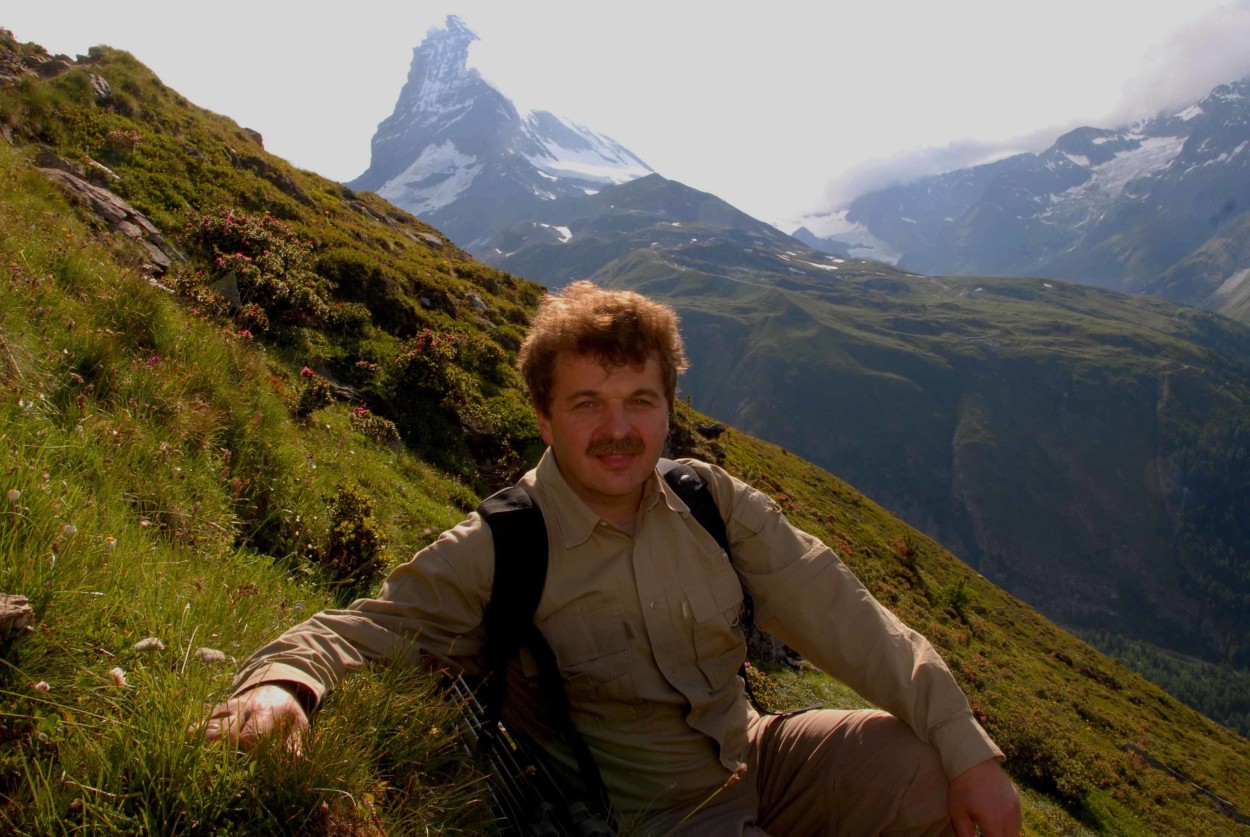
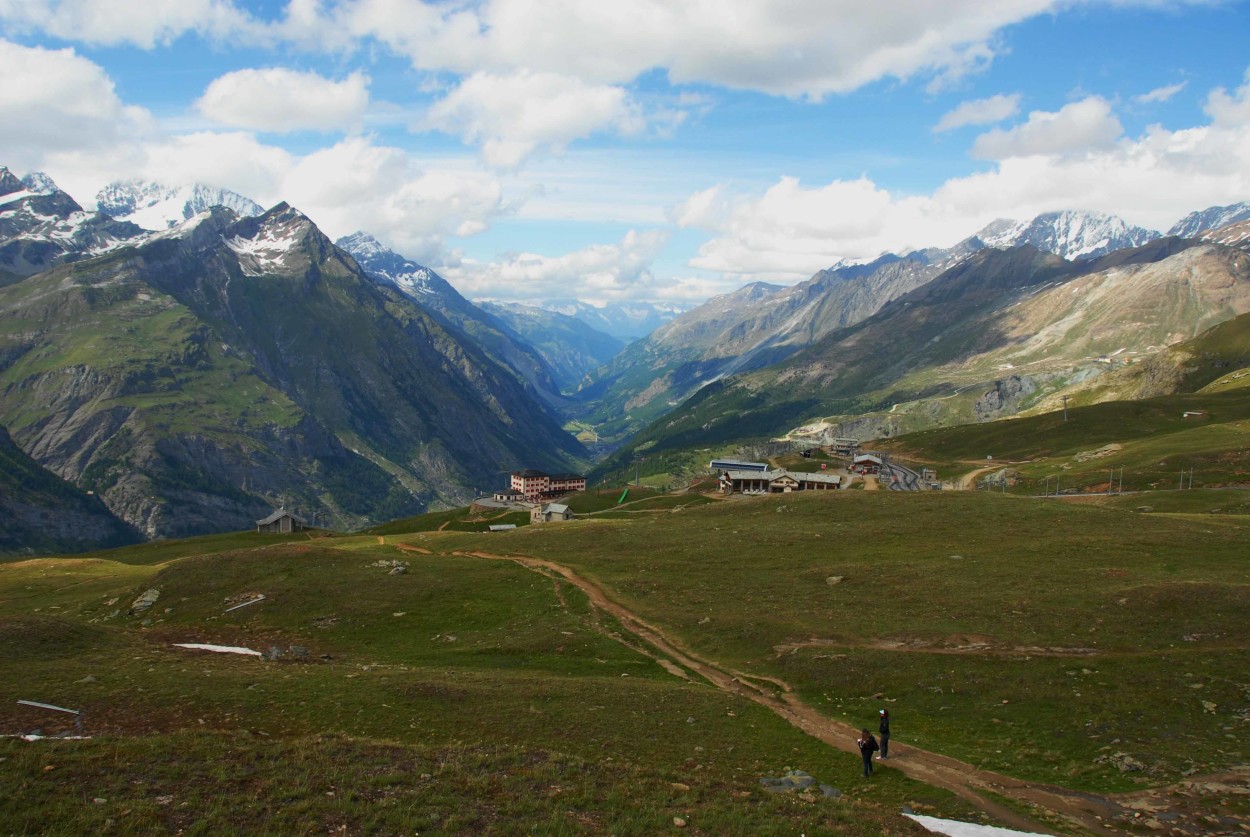
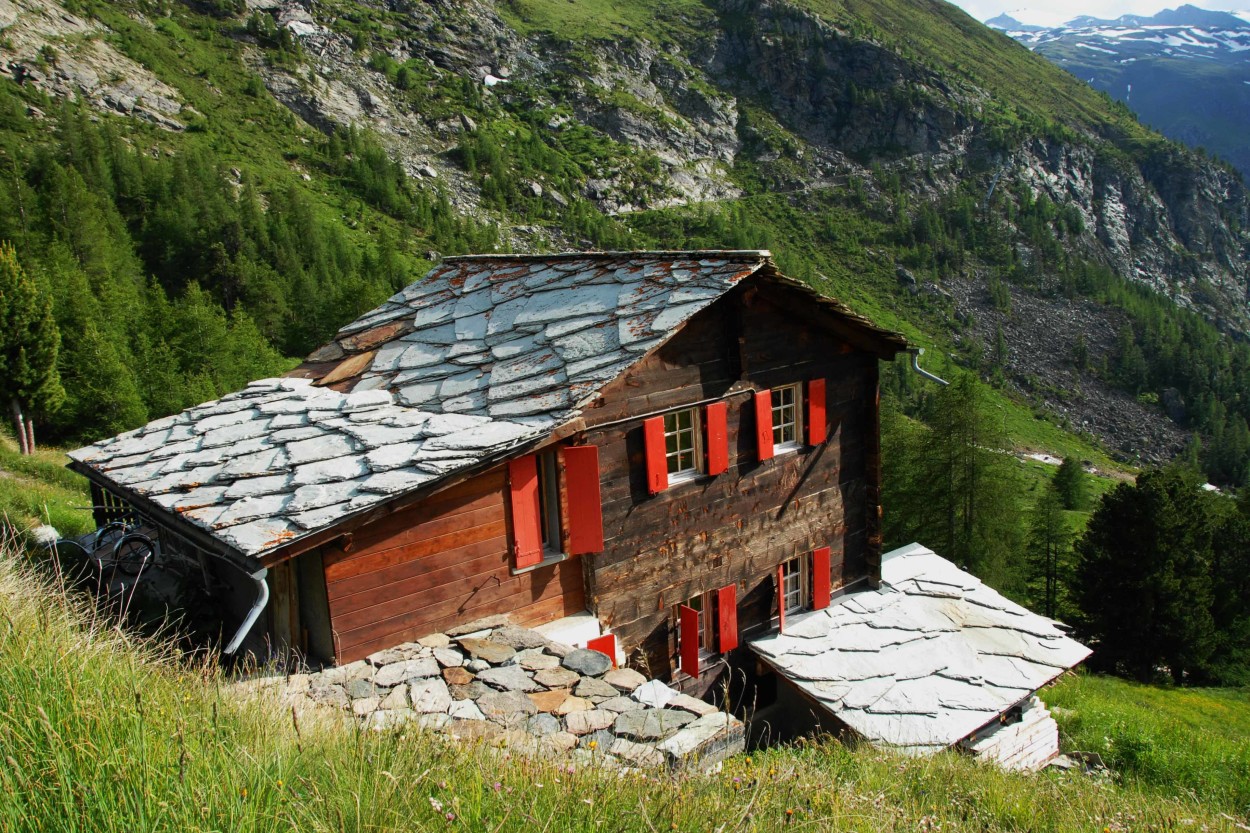
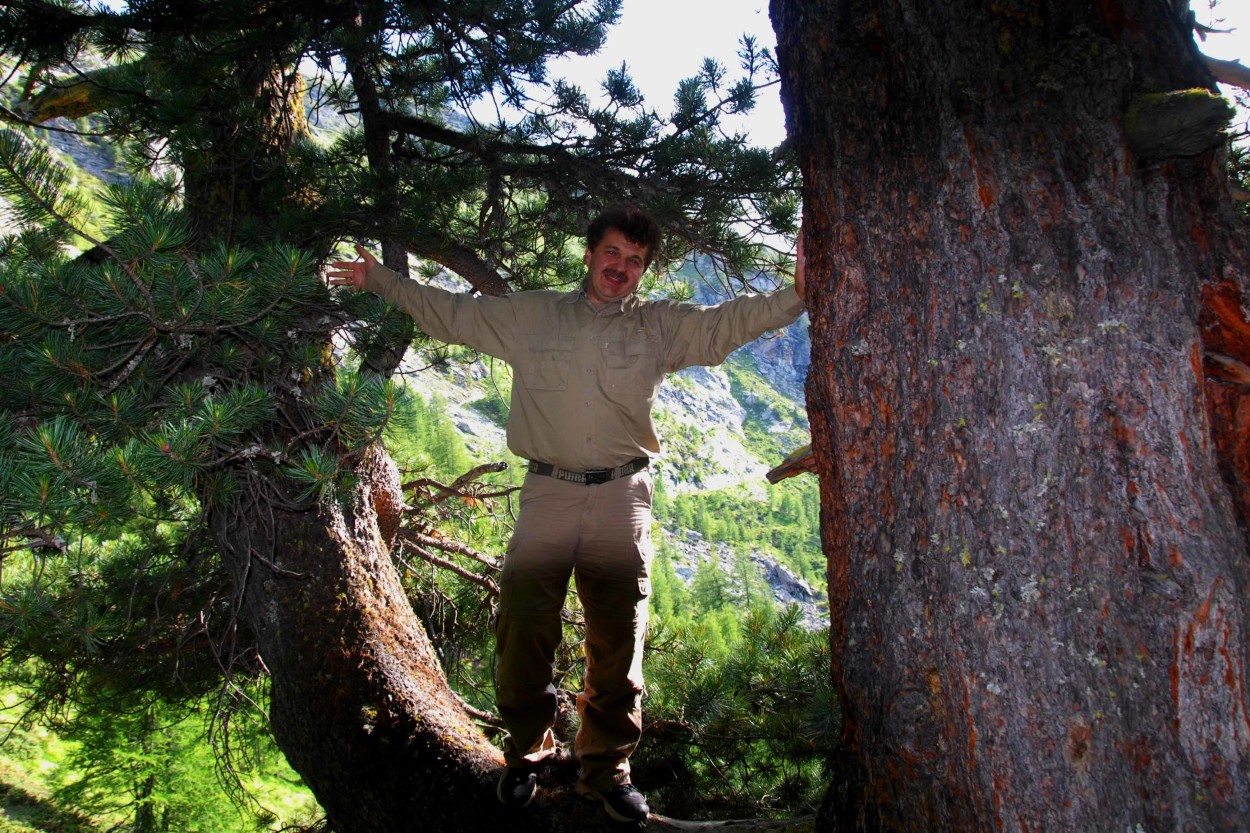
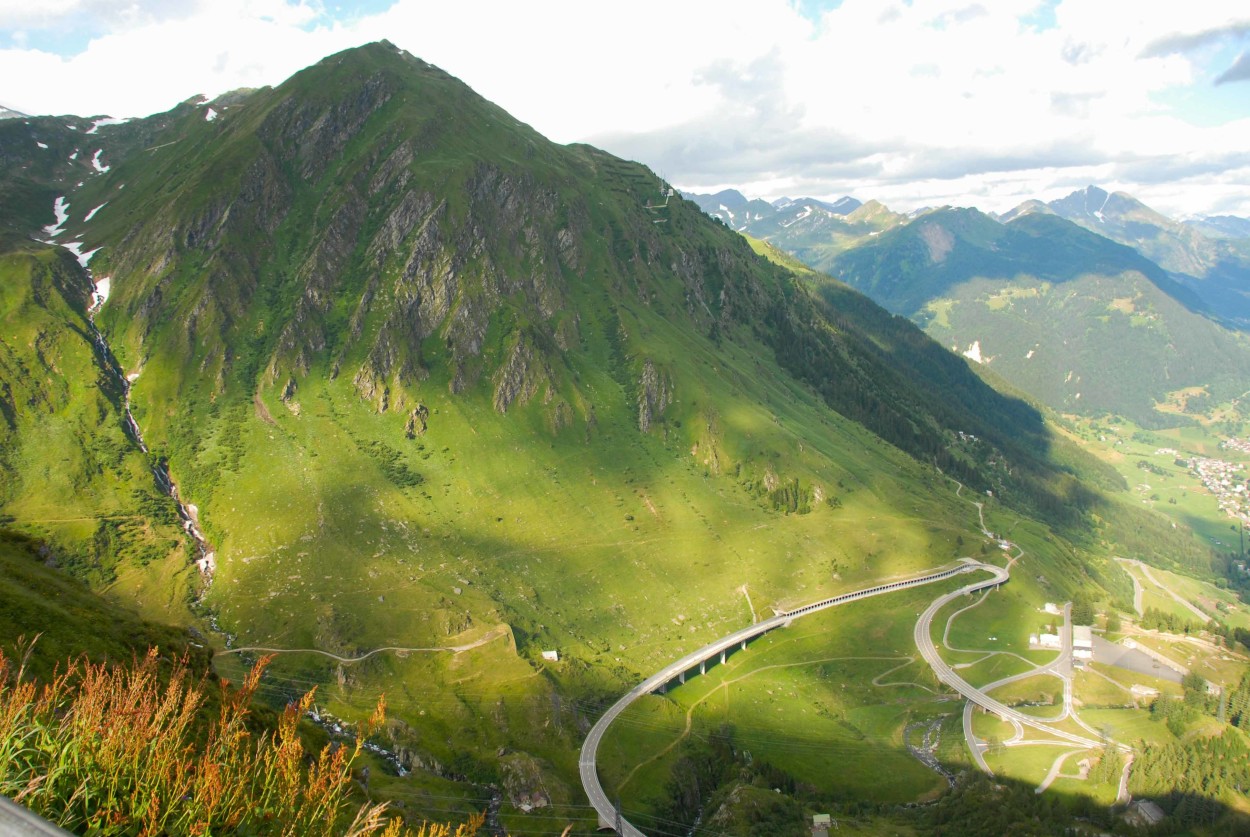
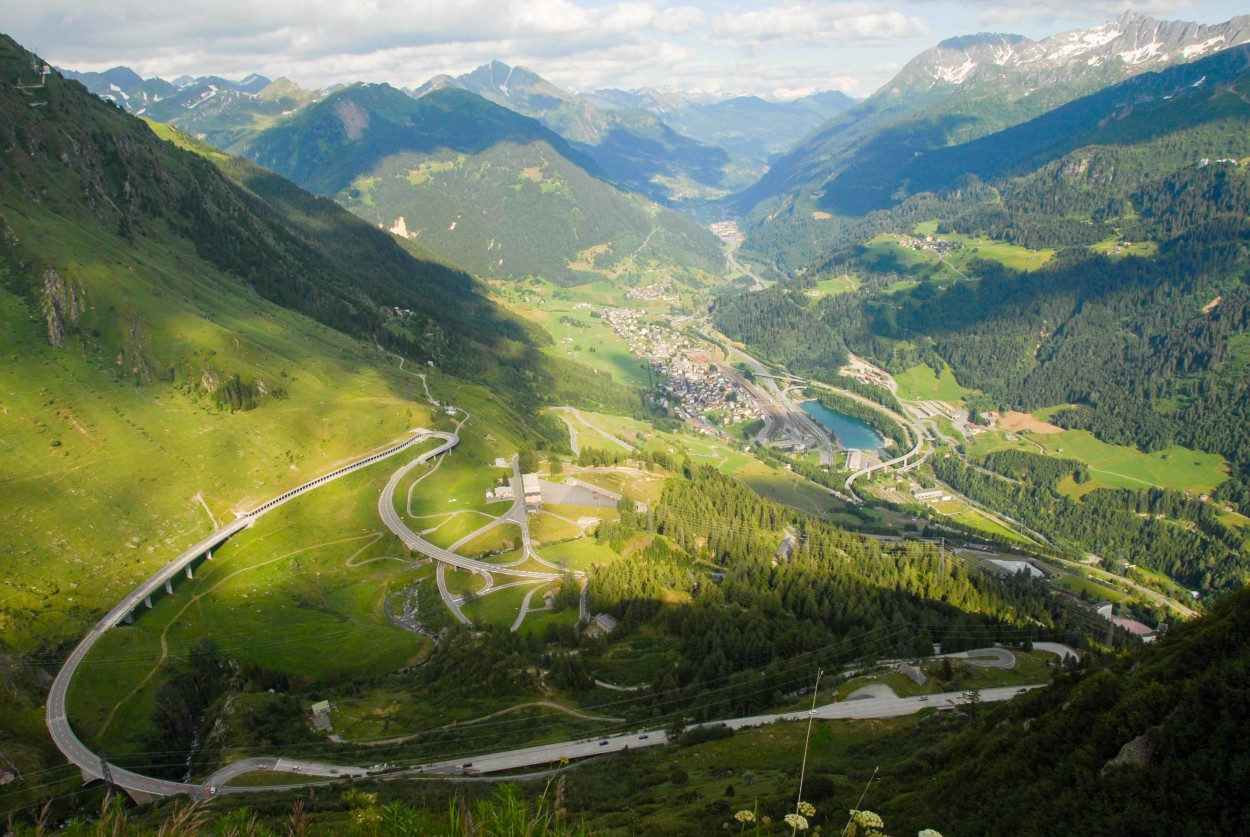
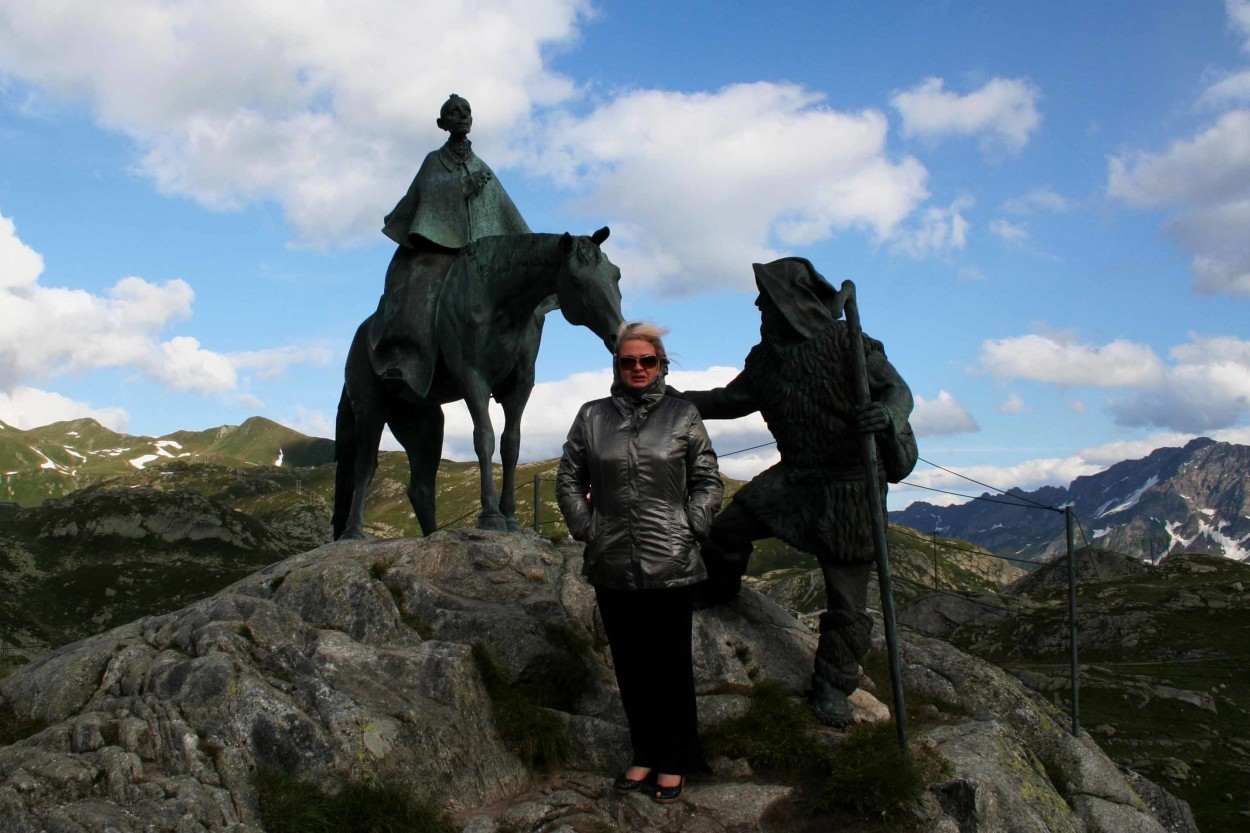
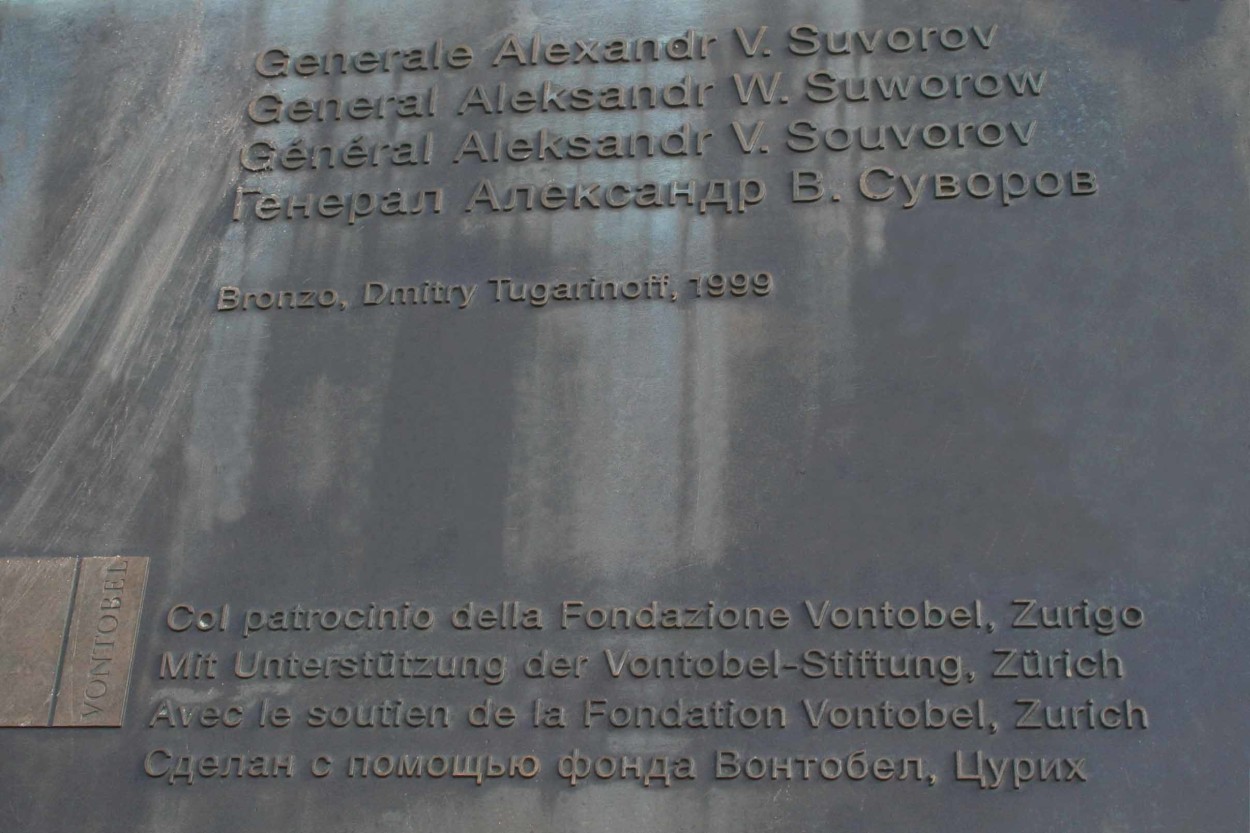
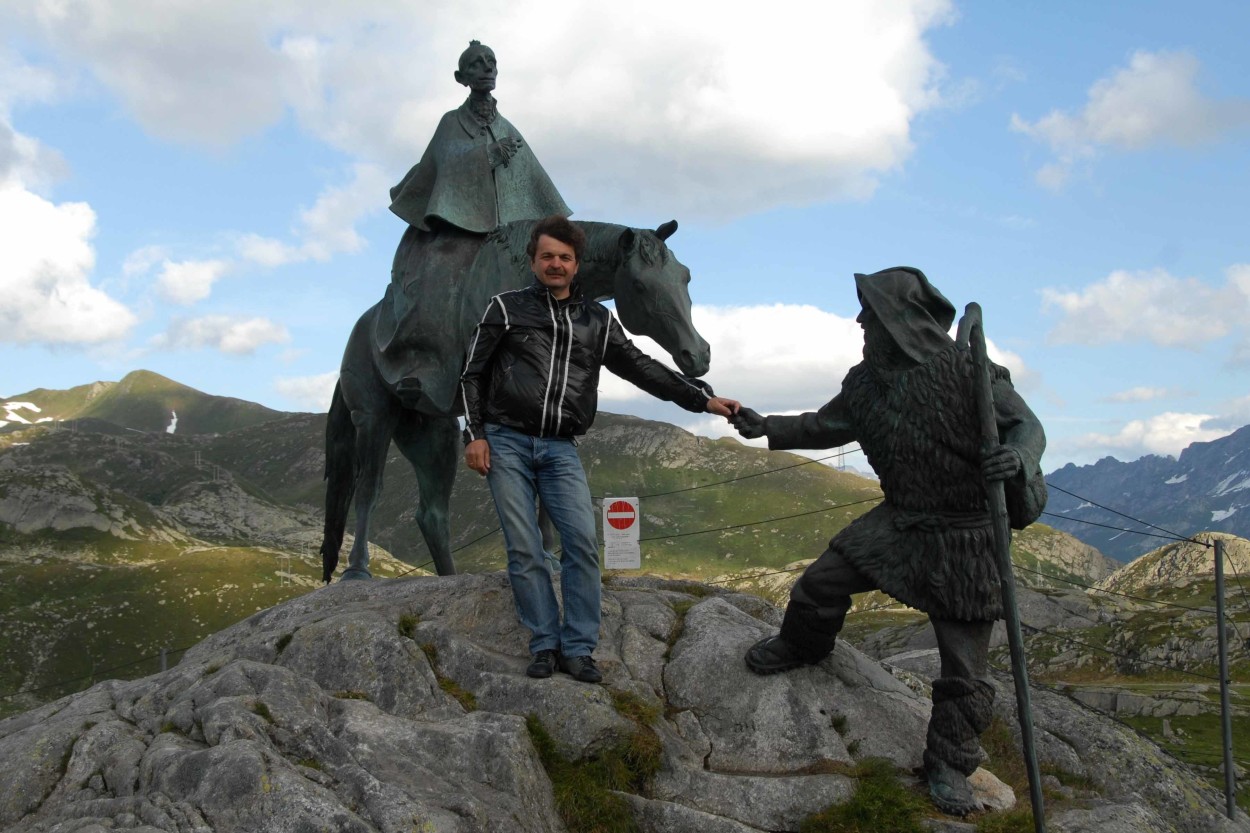
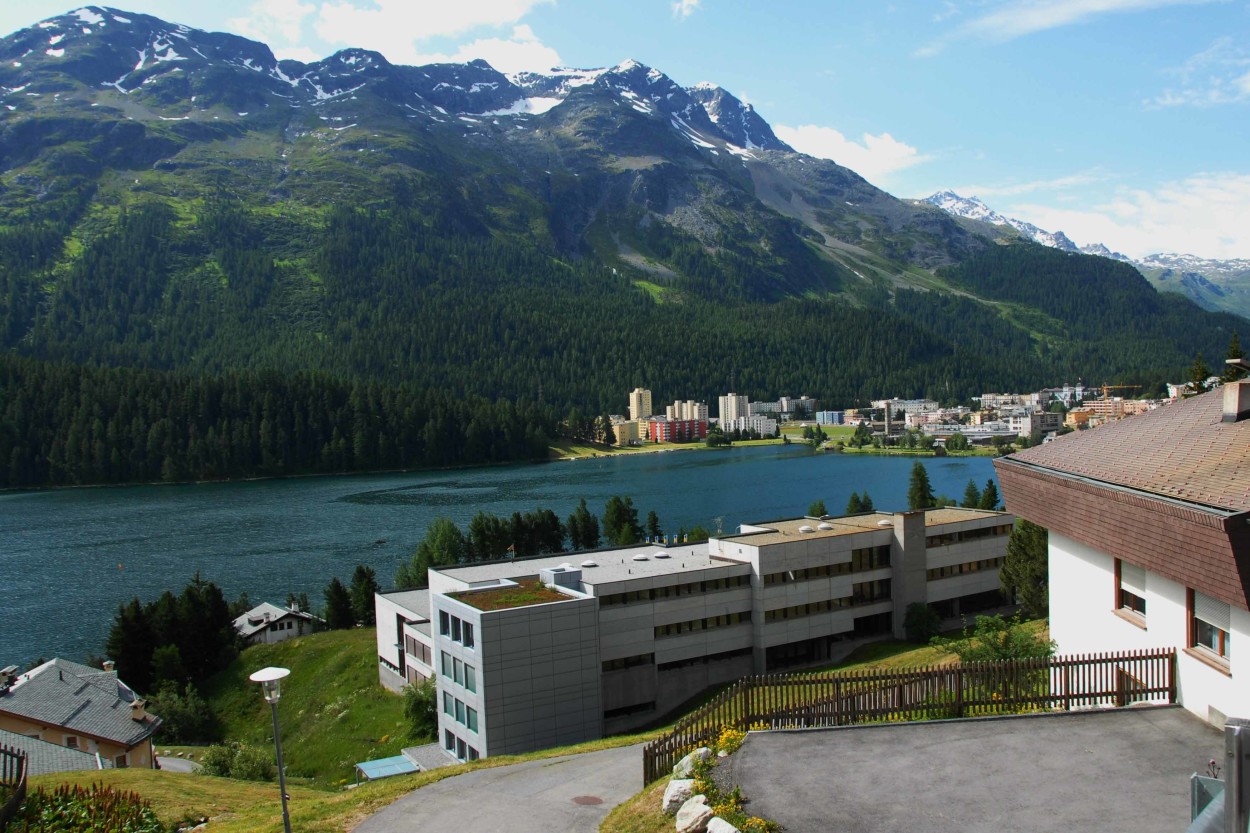
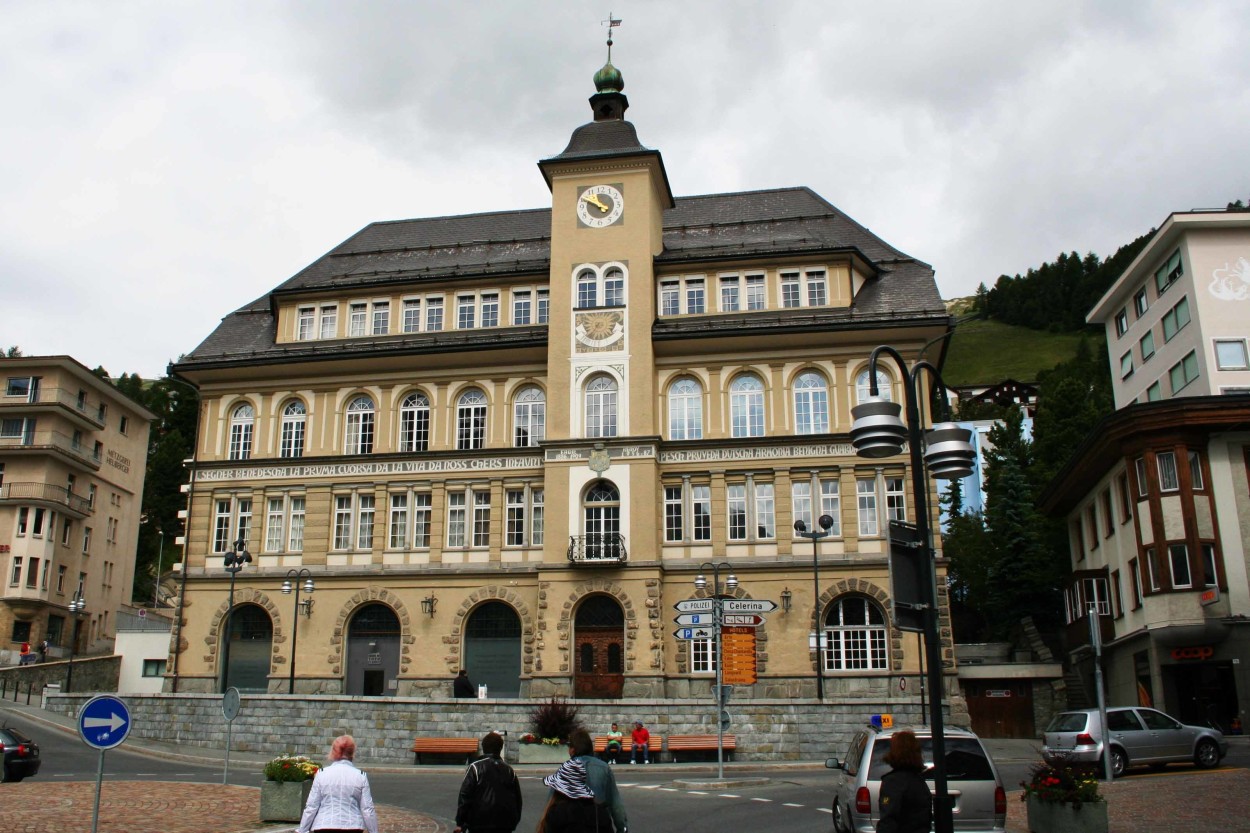
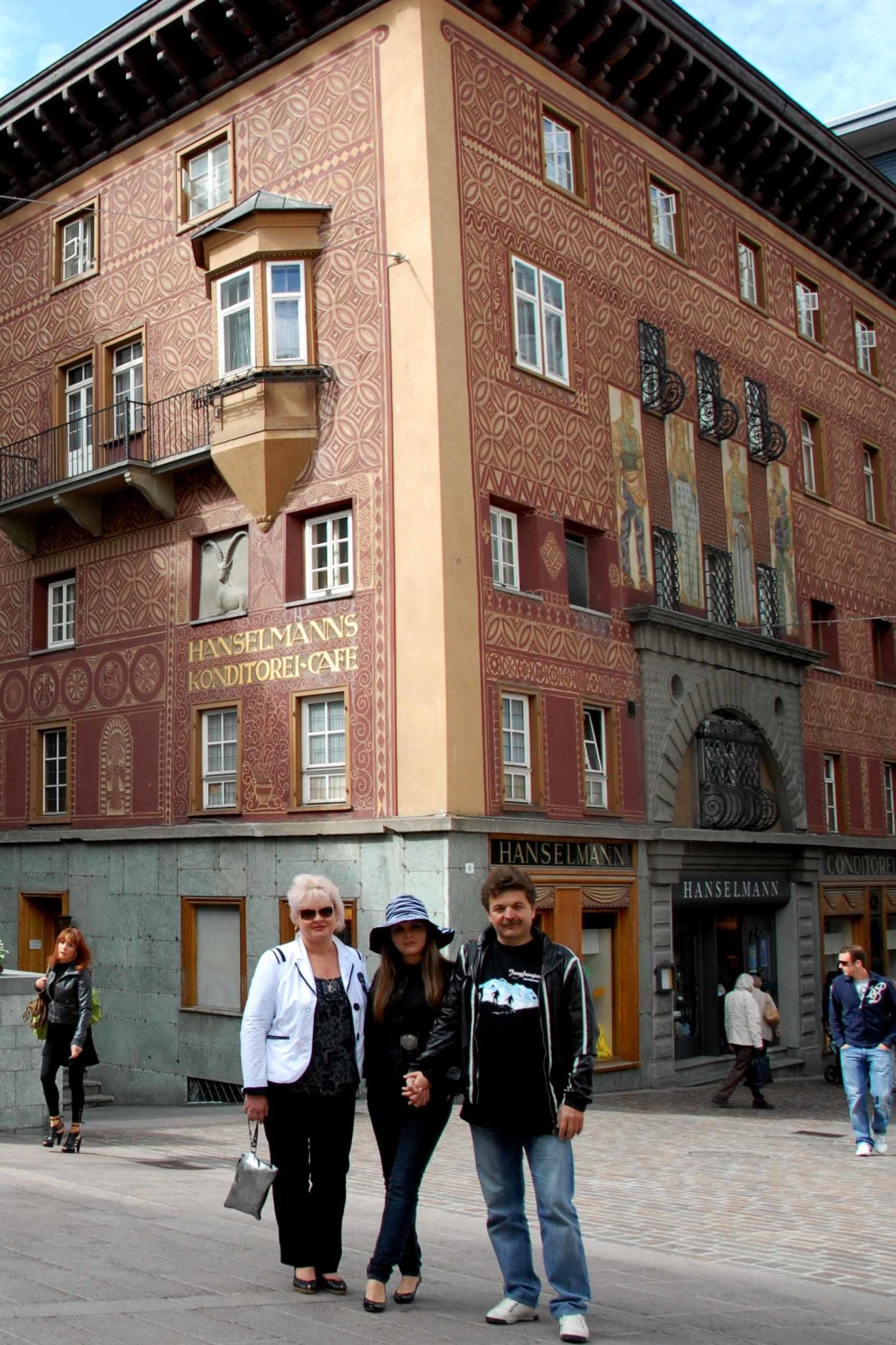
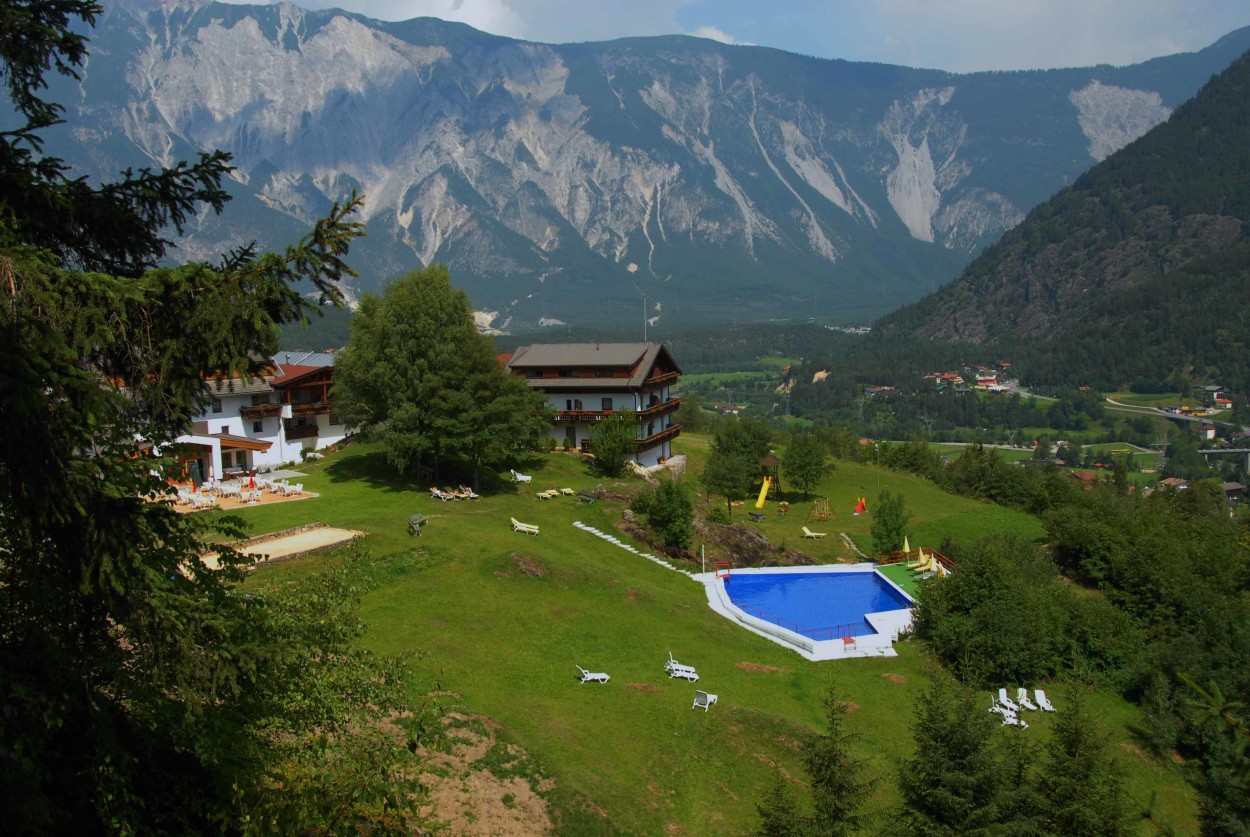
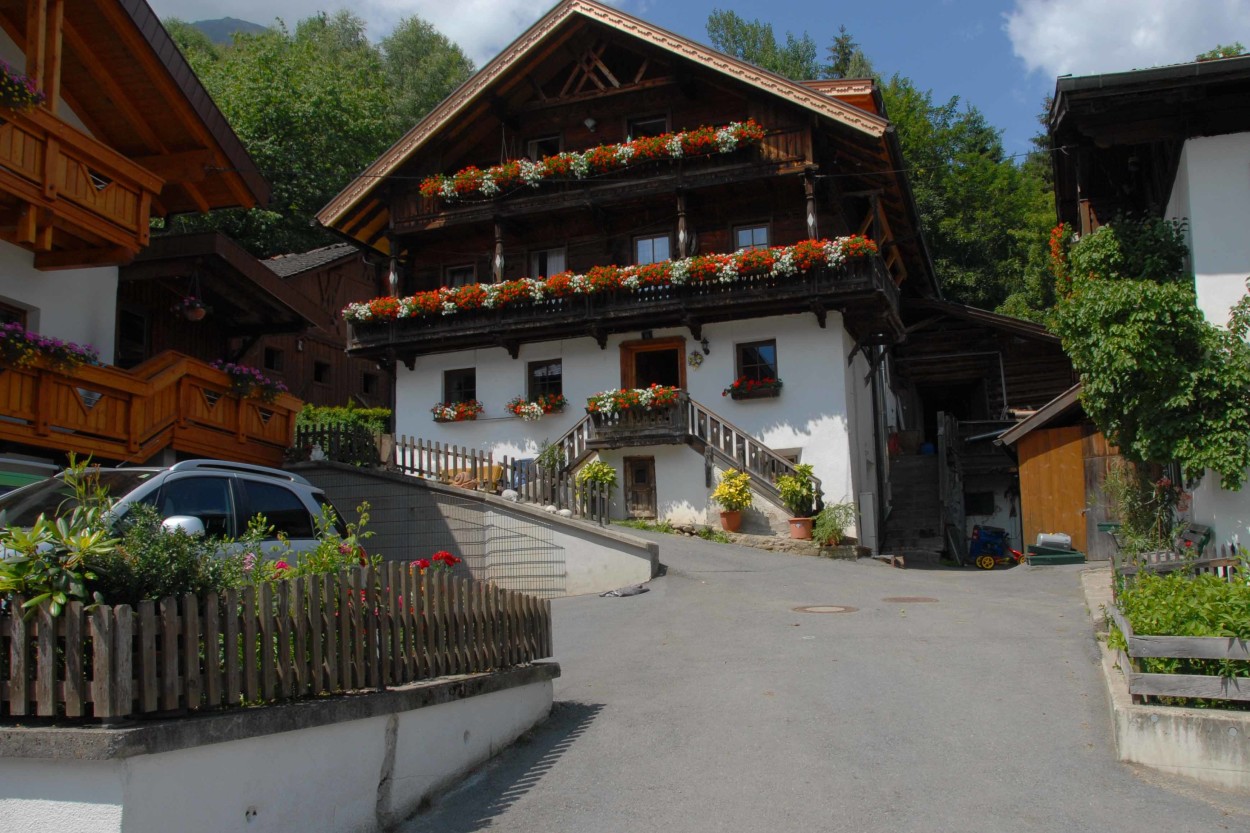
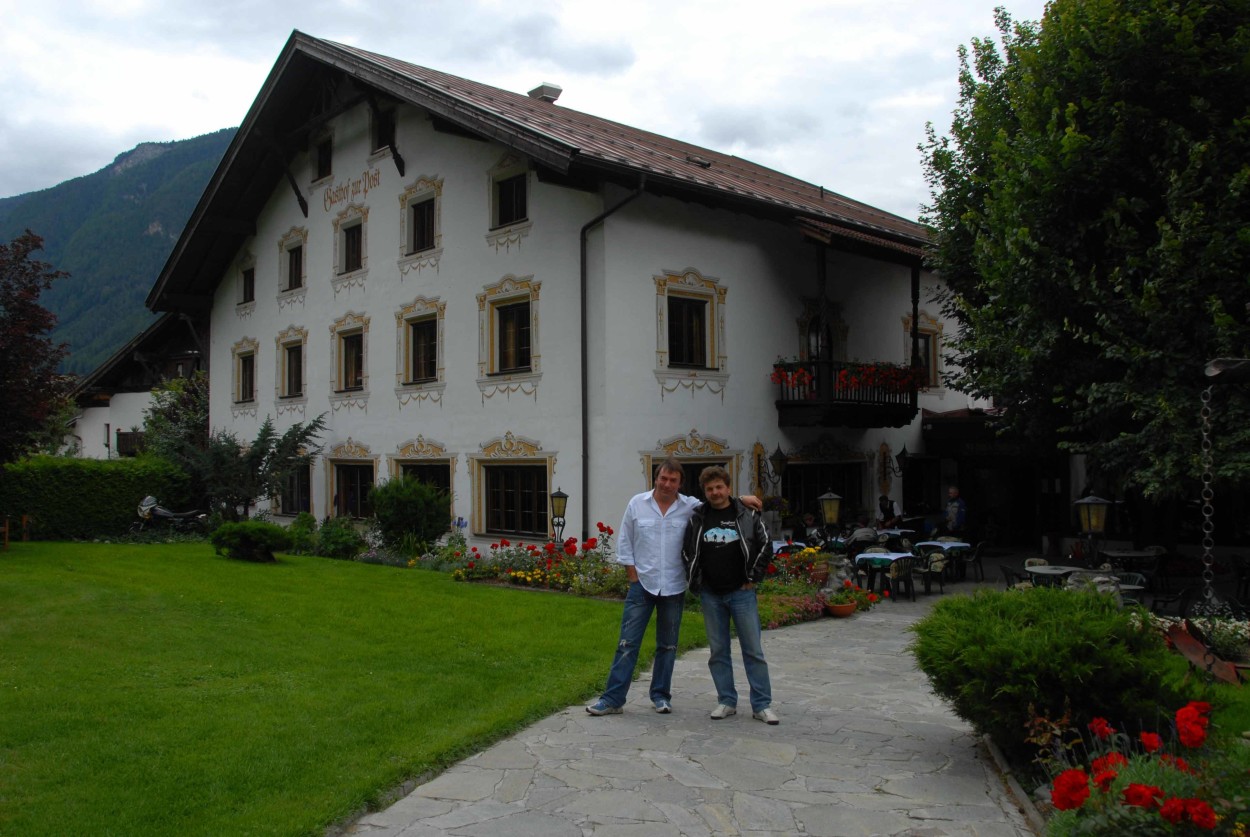
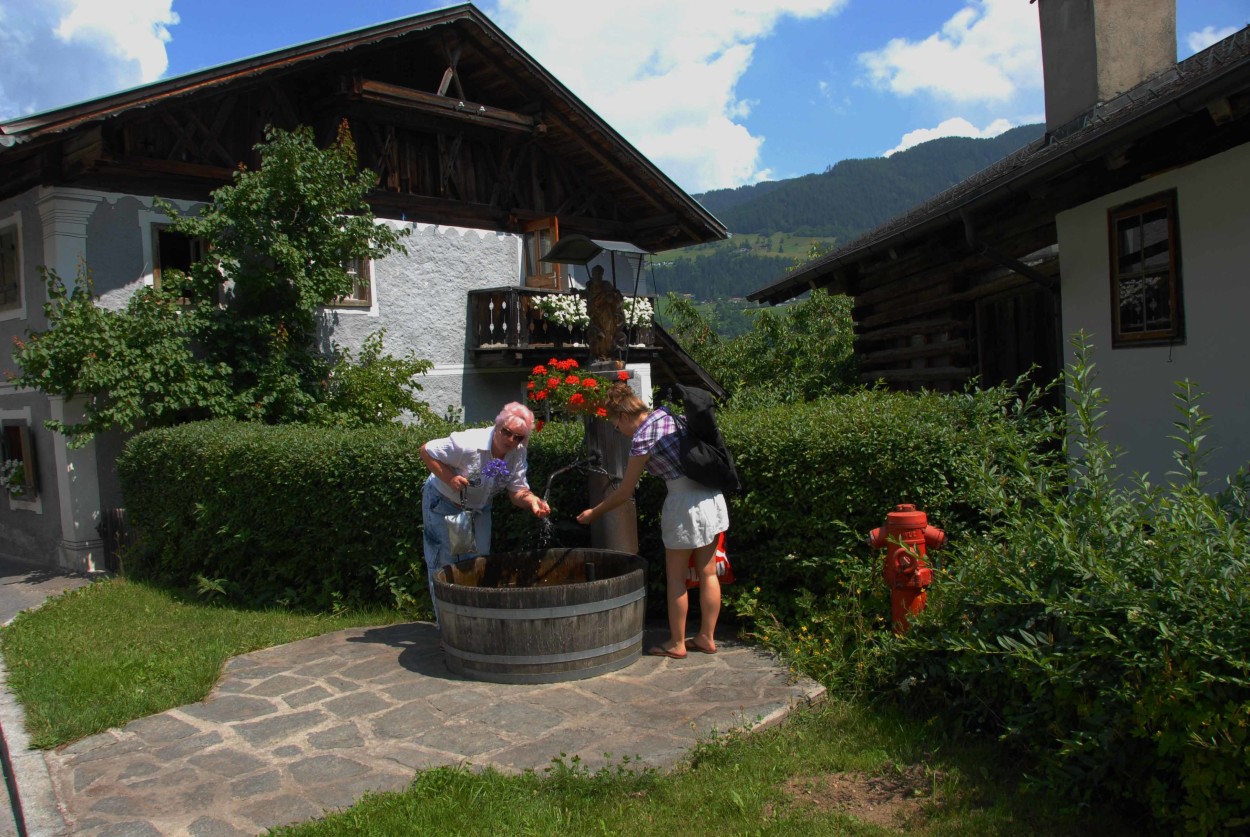
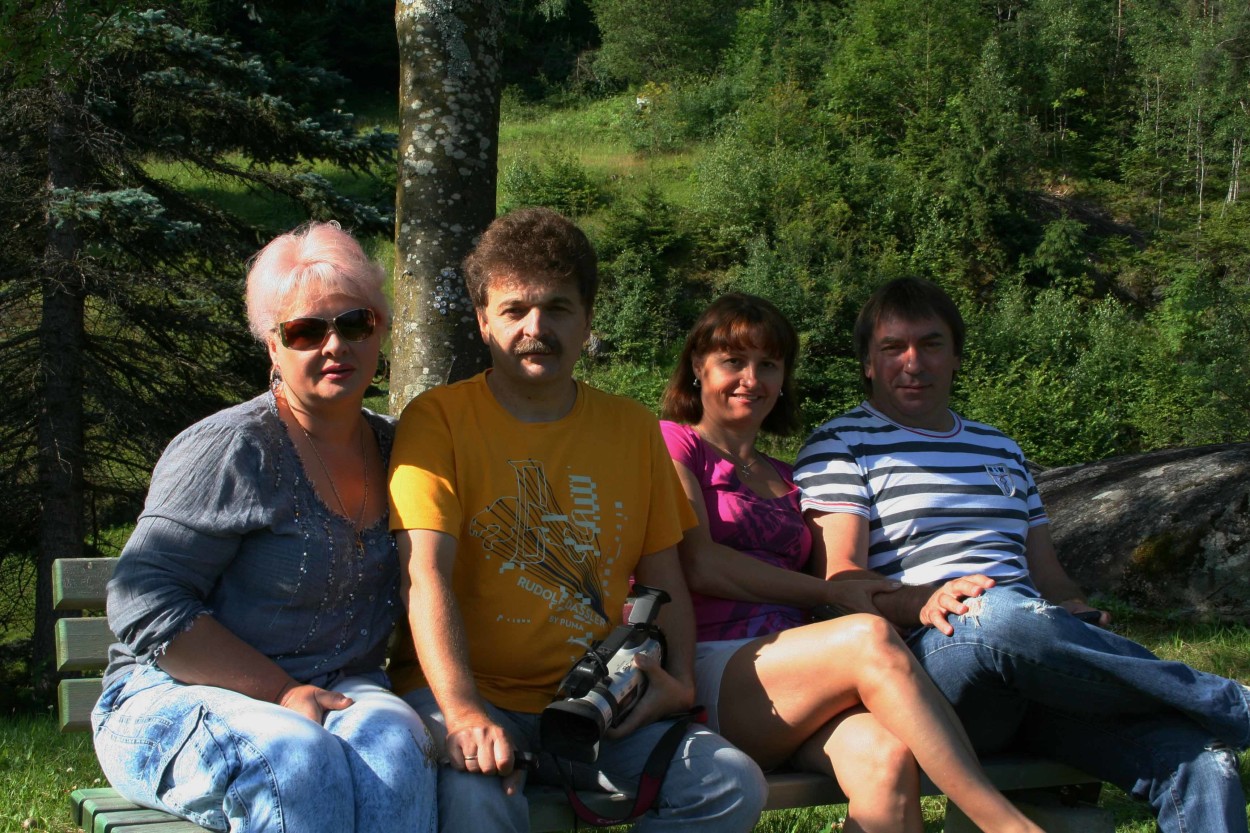
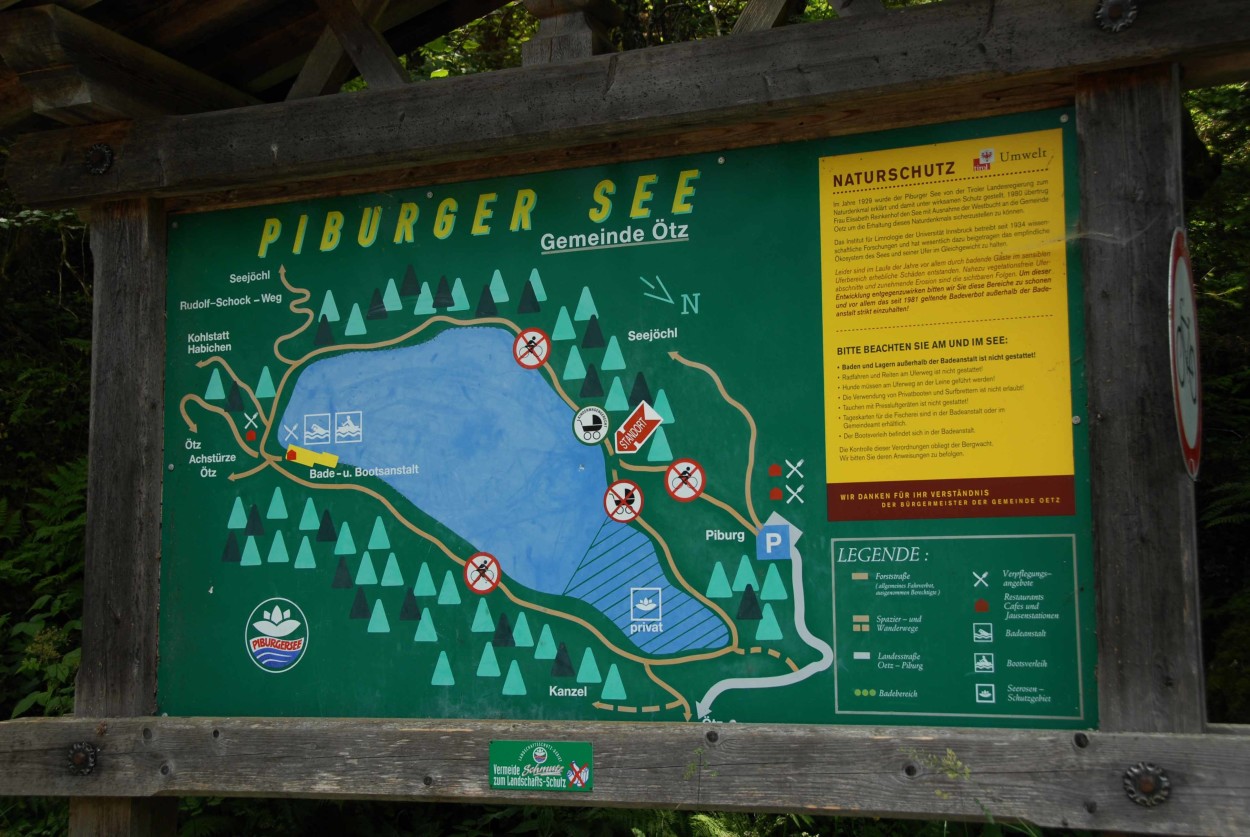
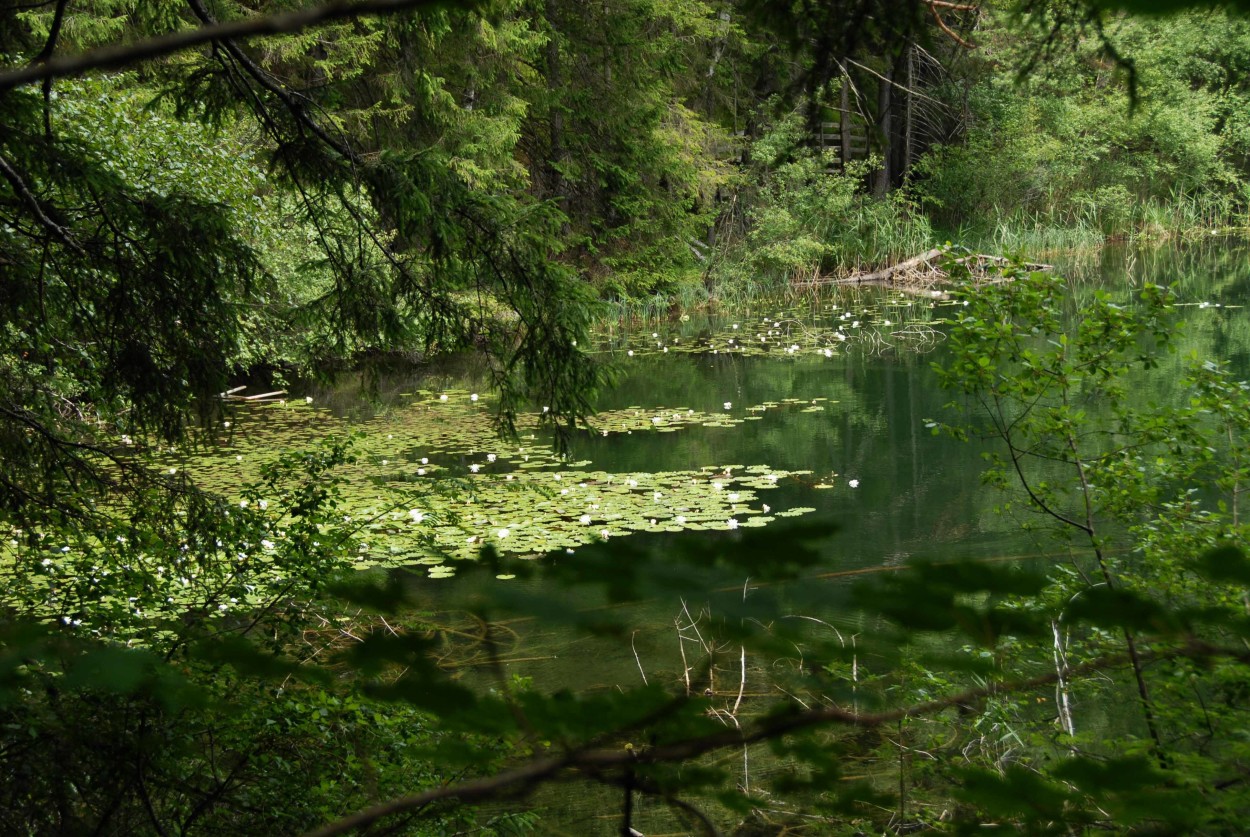
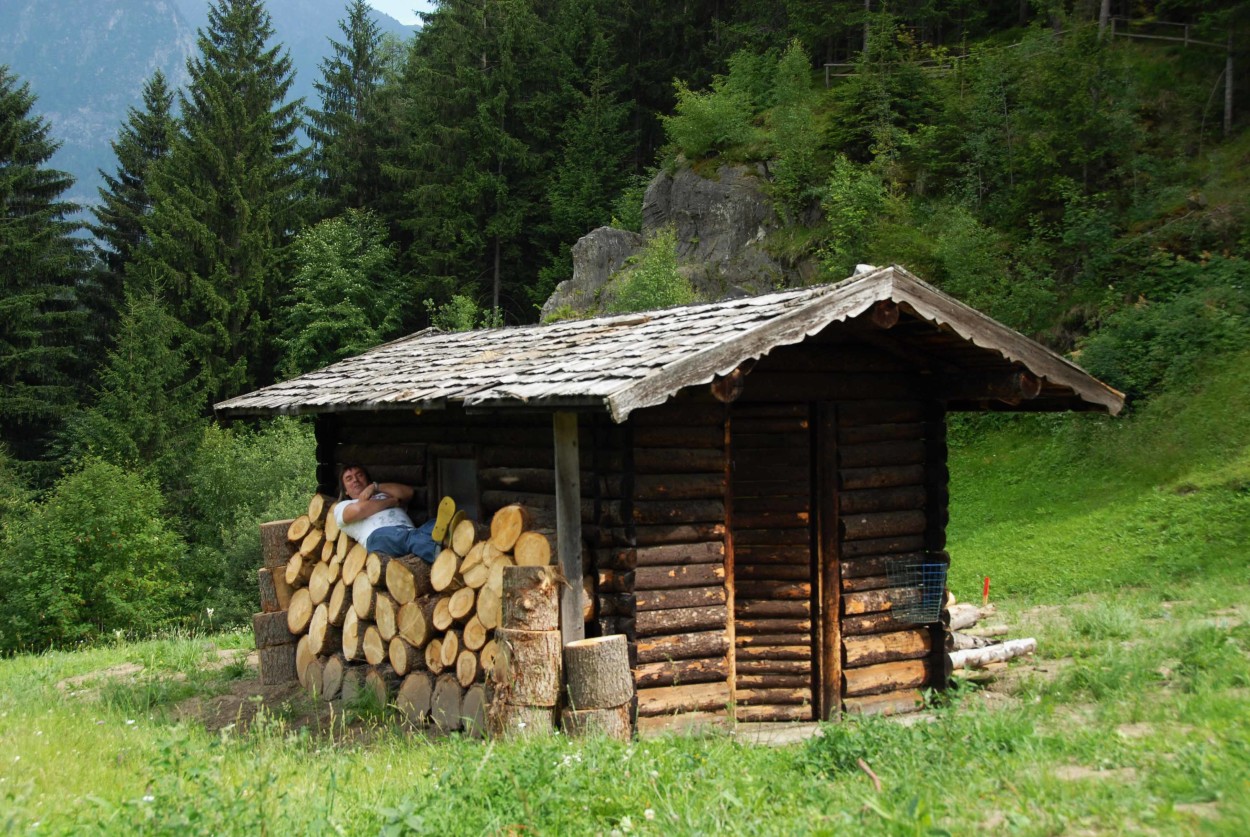
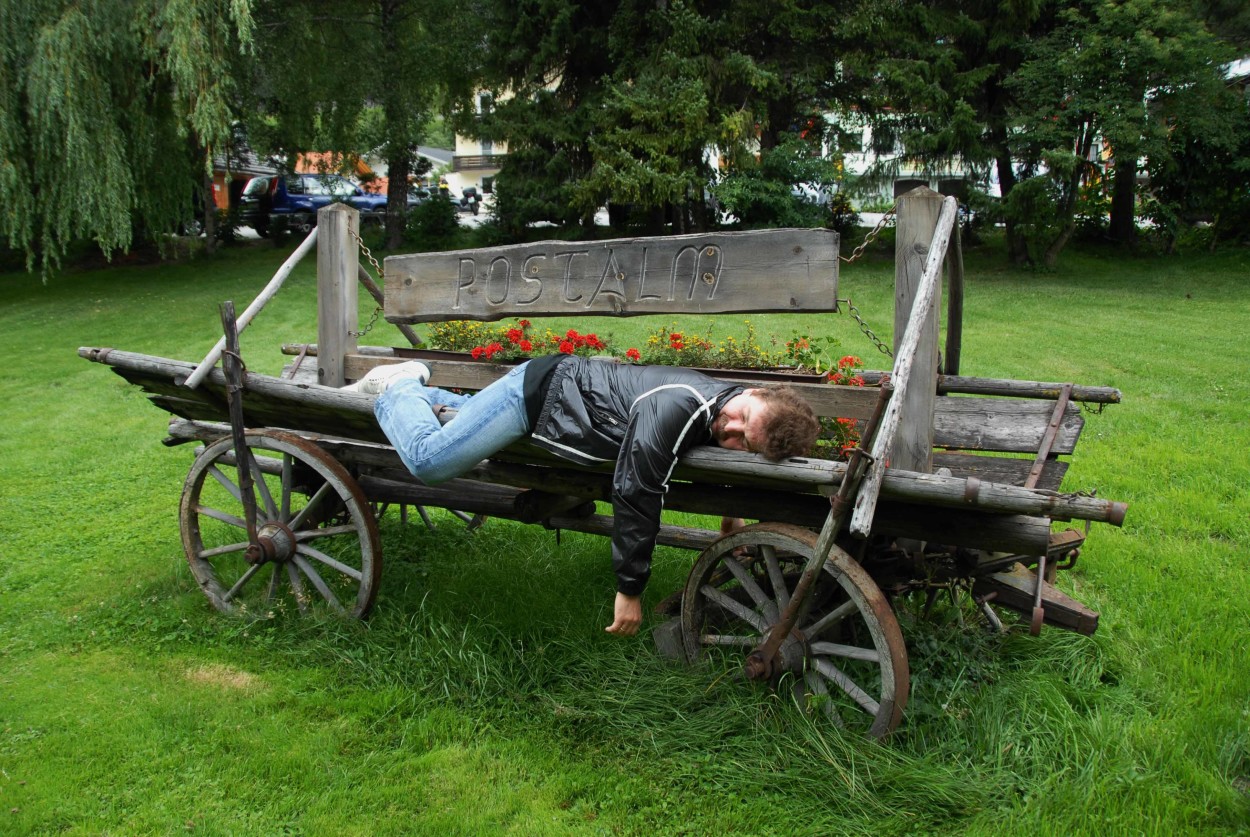
Comments
federico.wheatley
2021-01-24
Ahaa, its fastidious discussion concerning this piece of writing at this place at this blog, I have read all that, so at this time me also commenting at this place.
Leave Comment